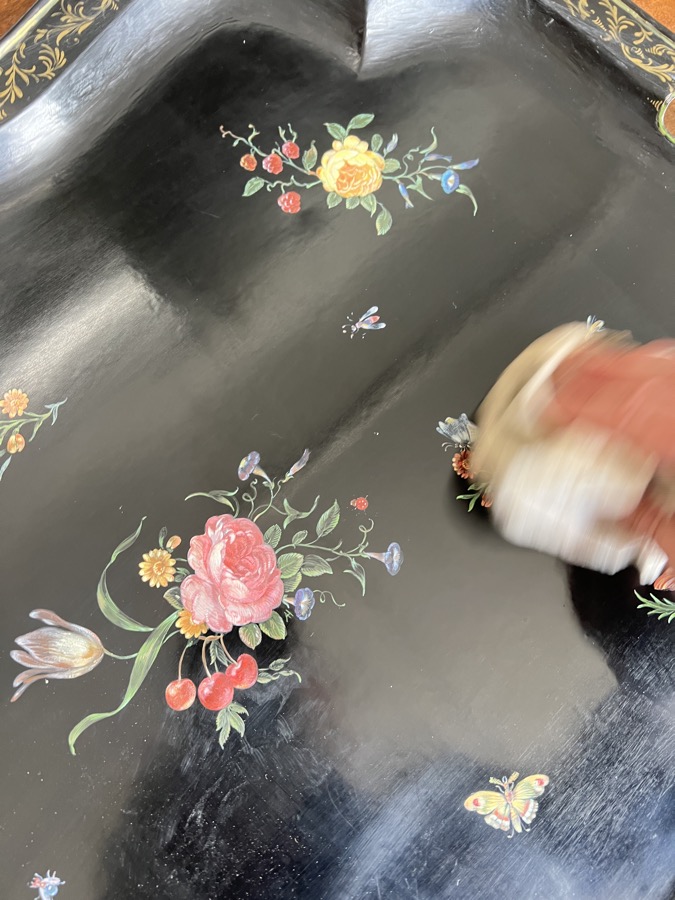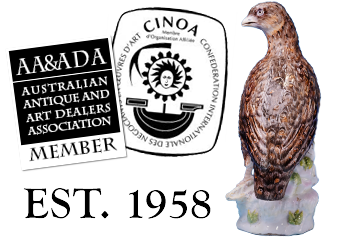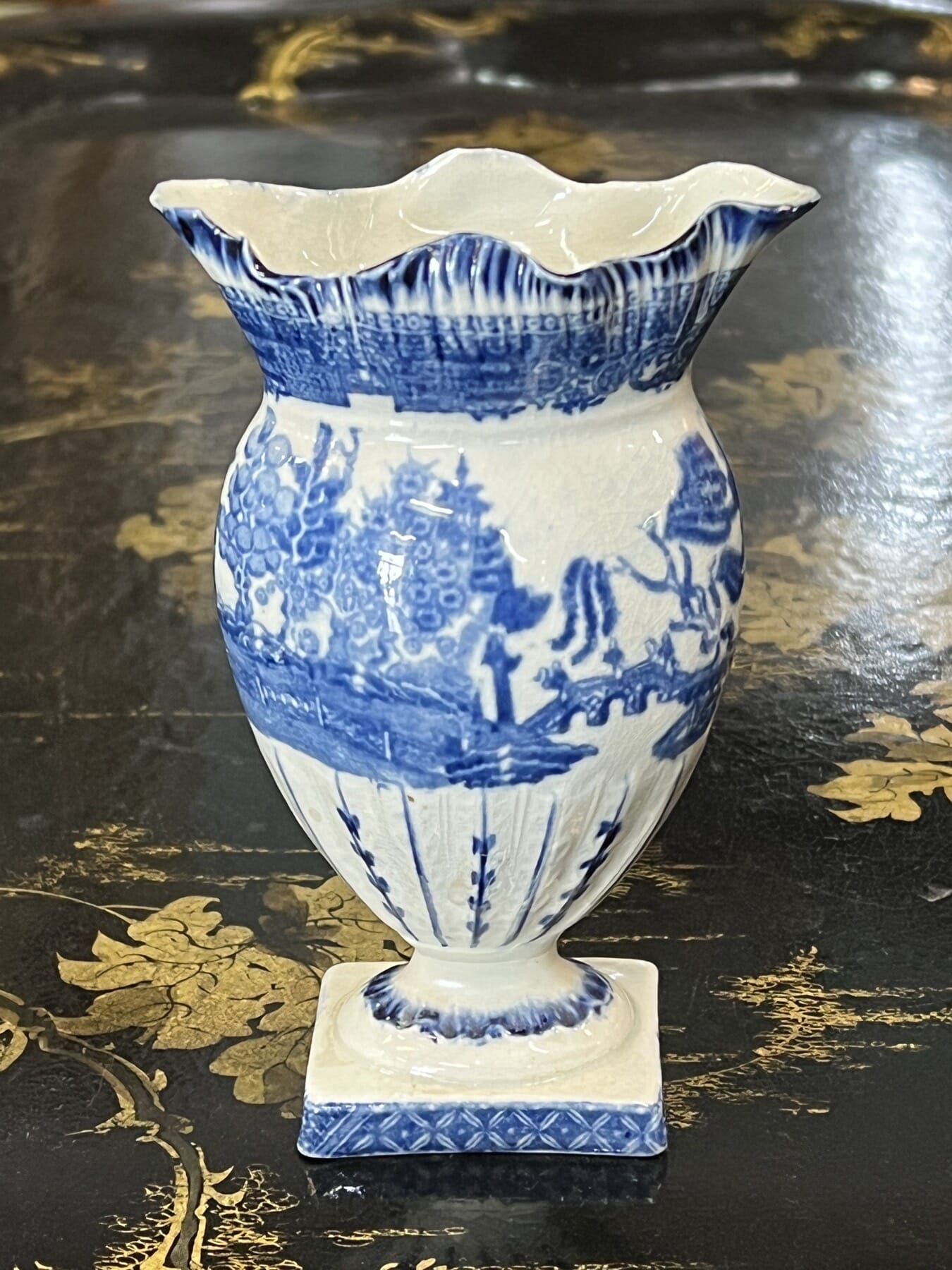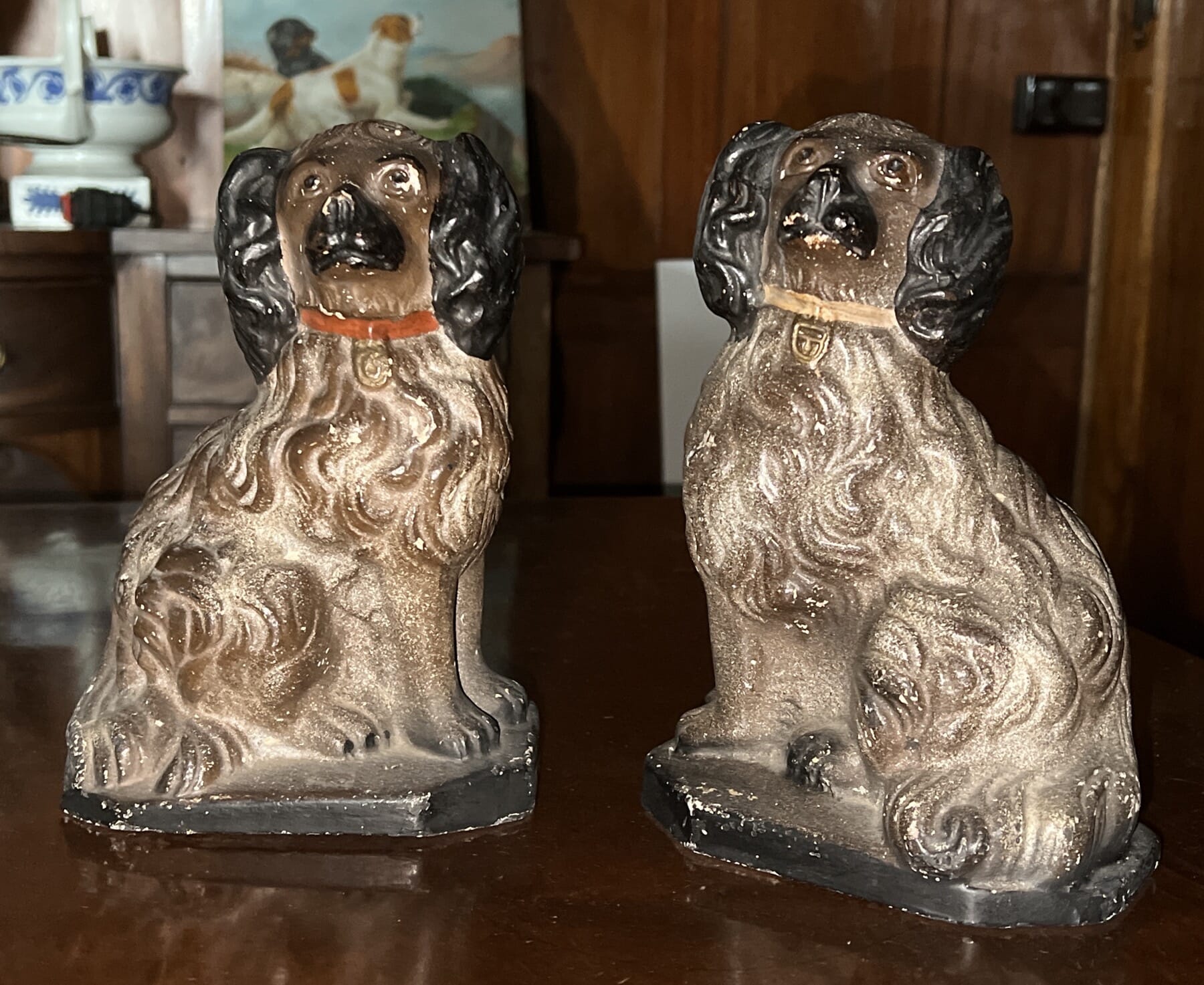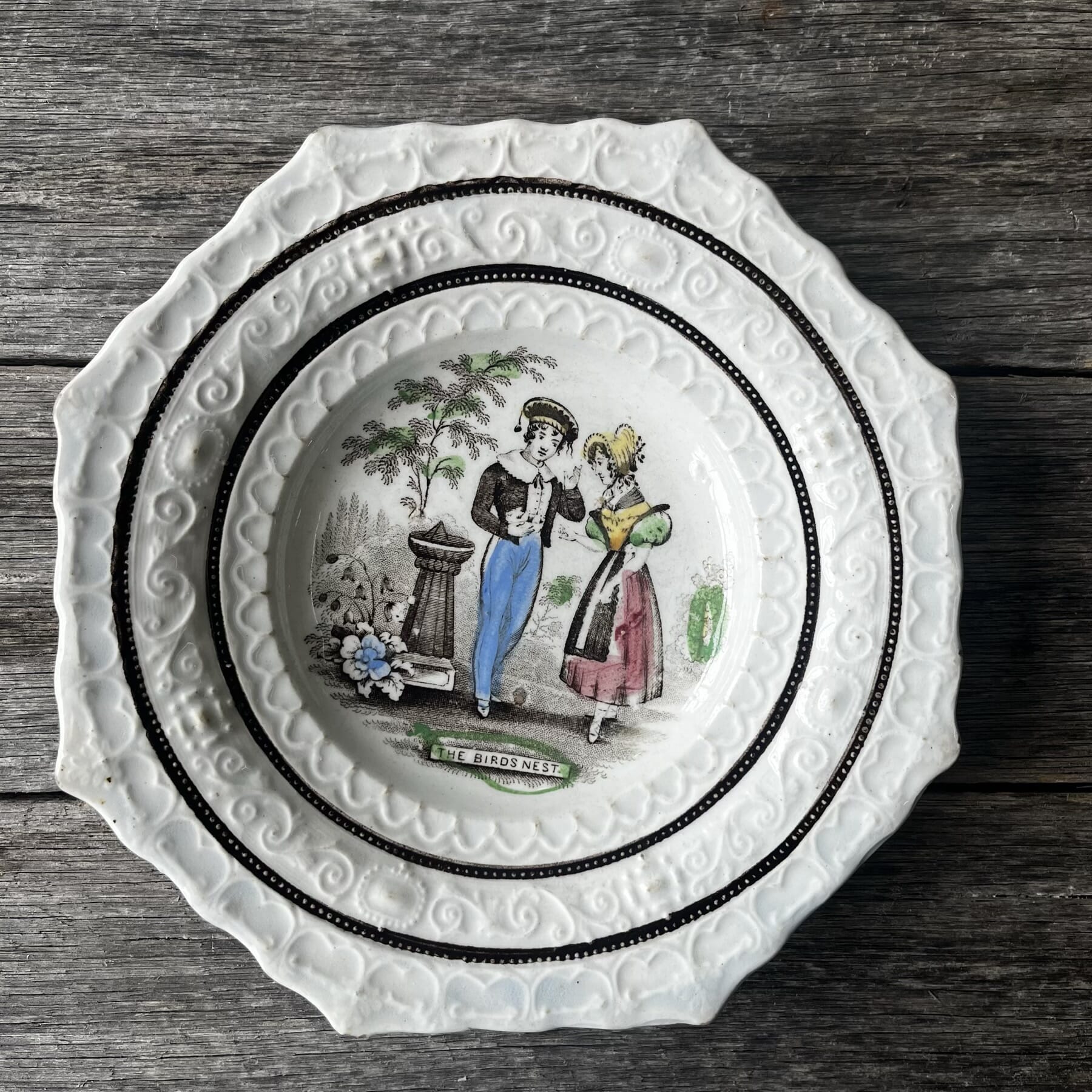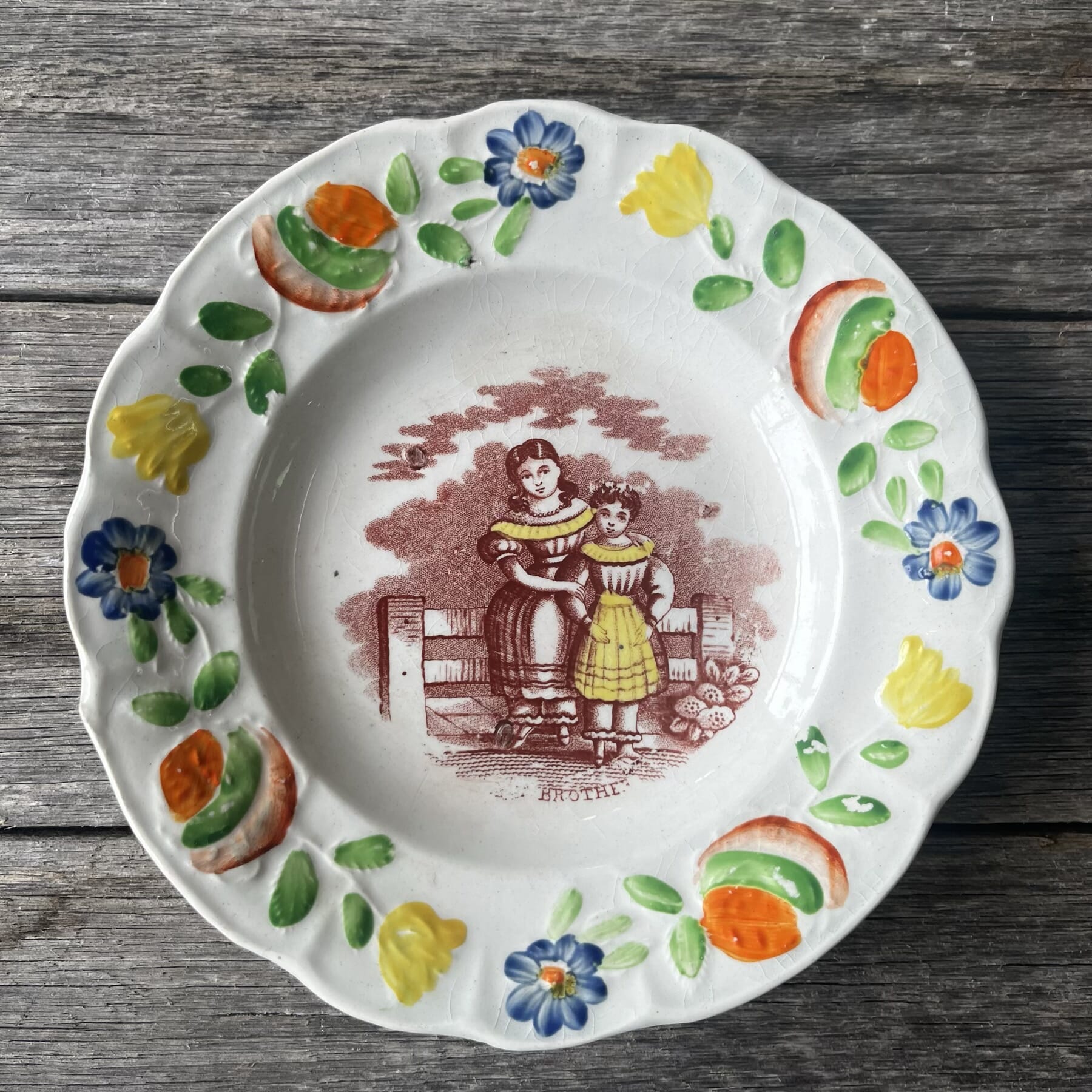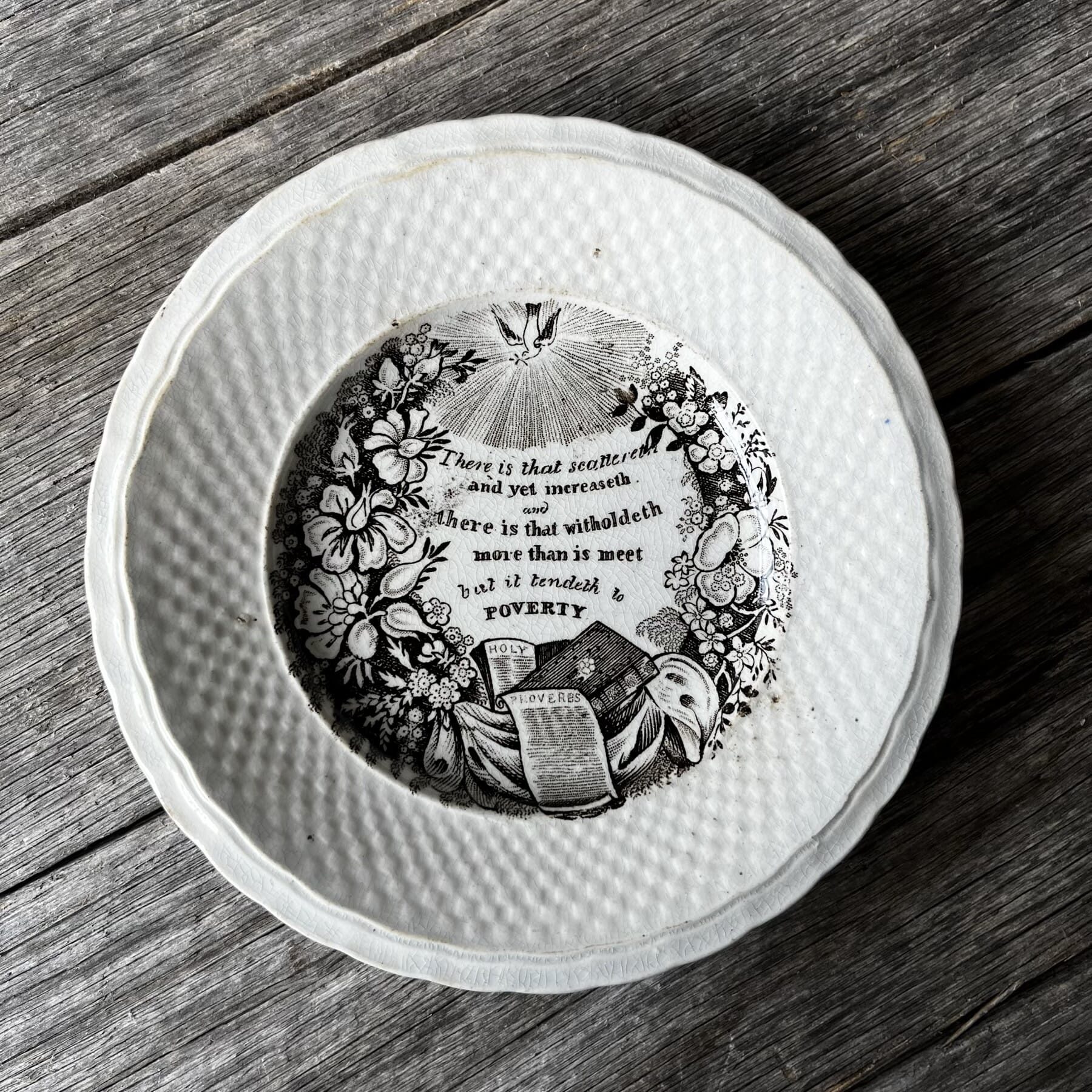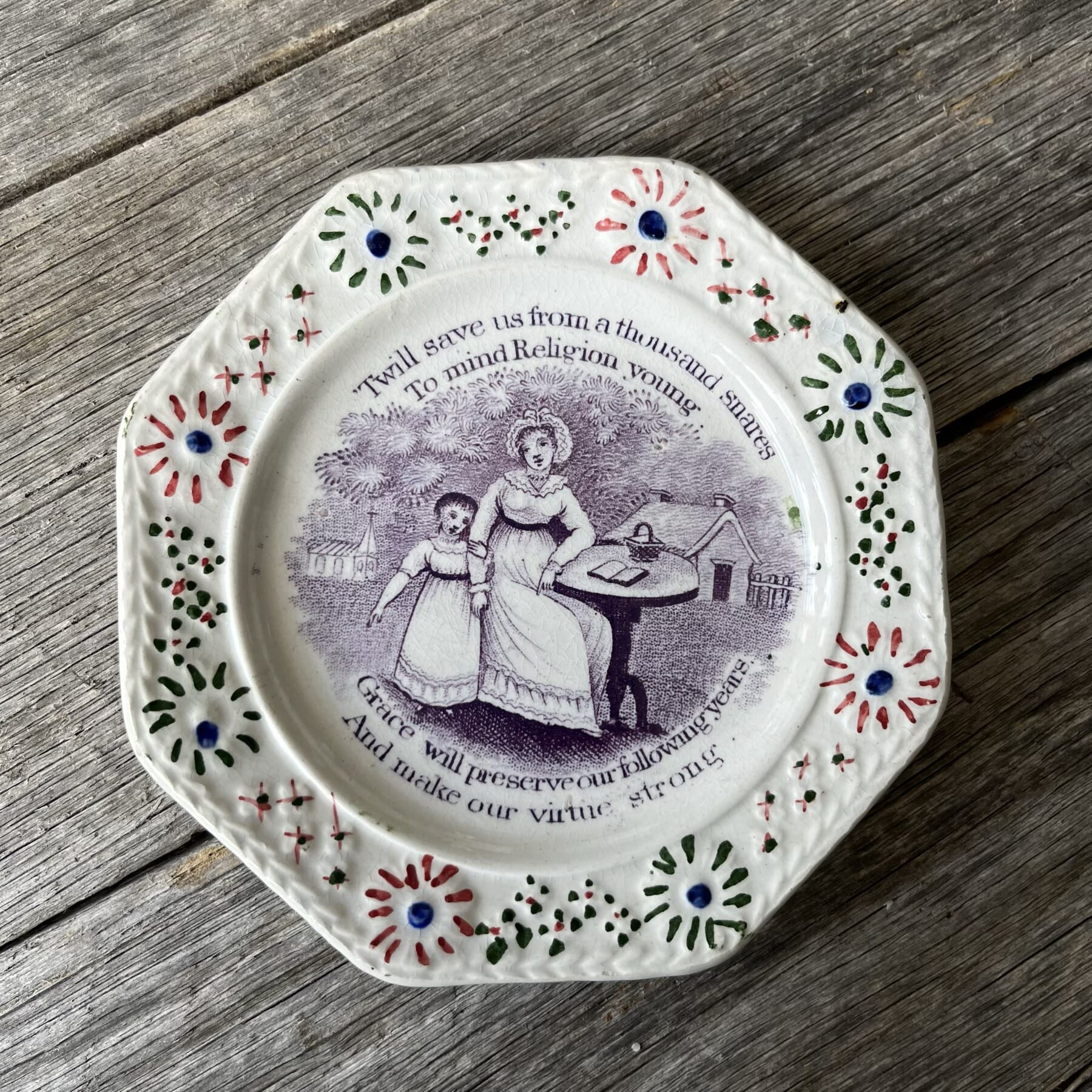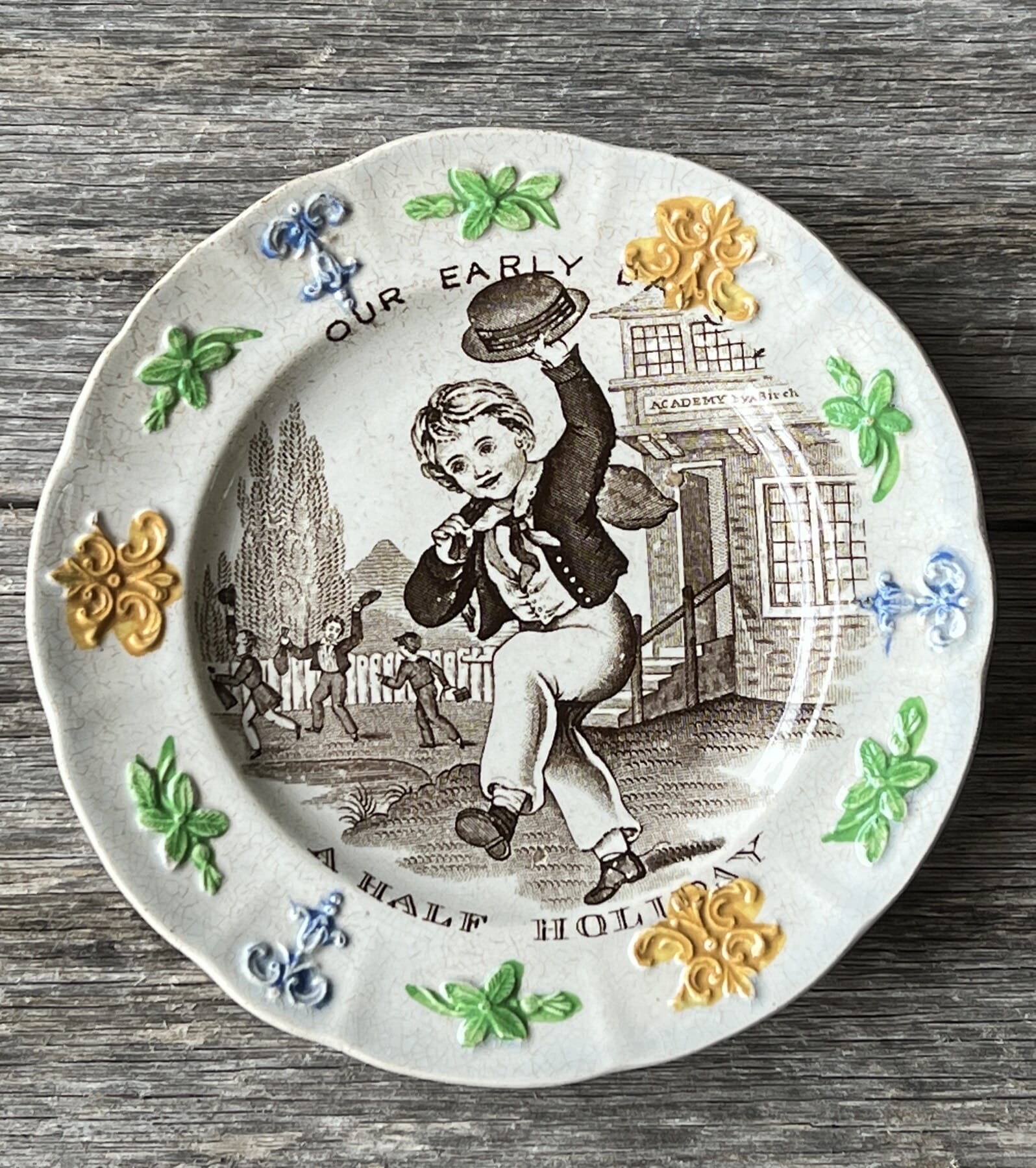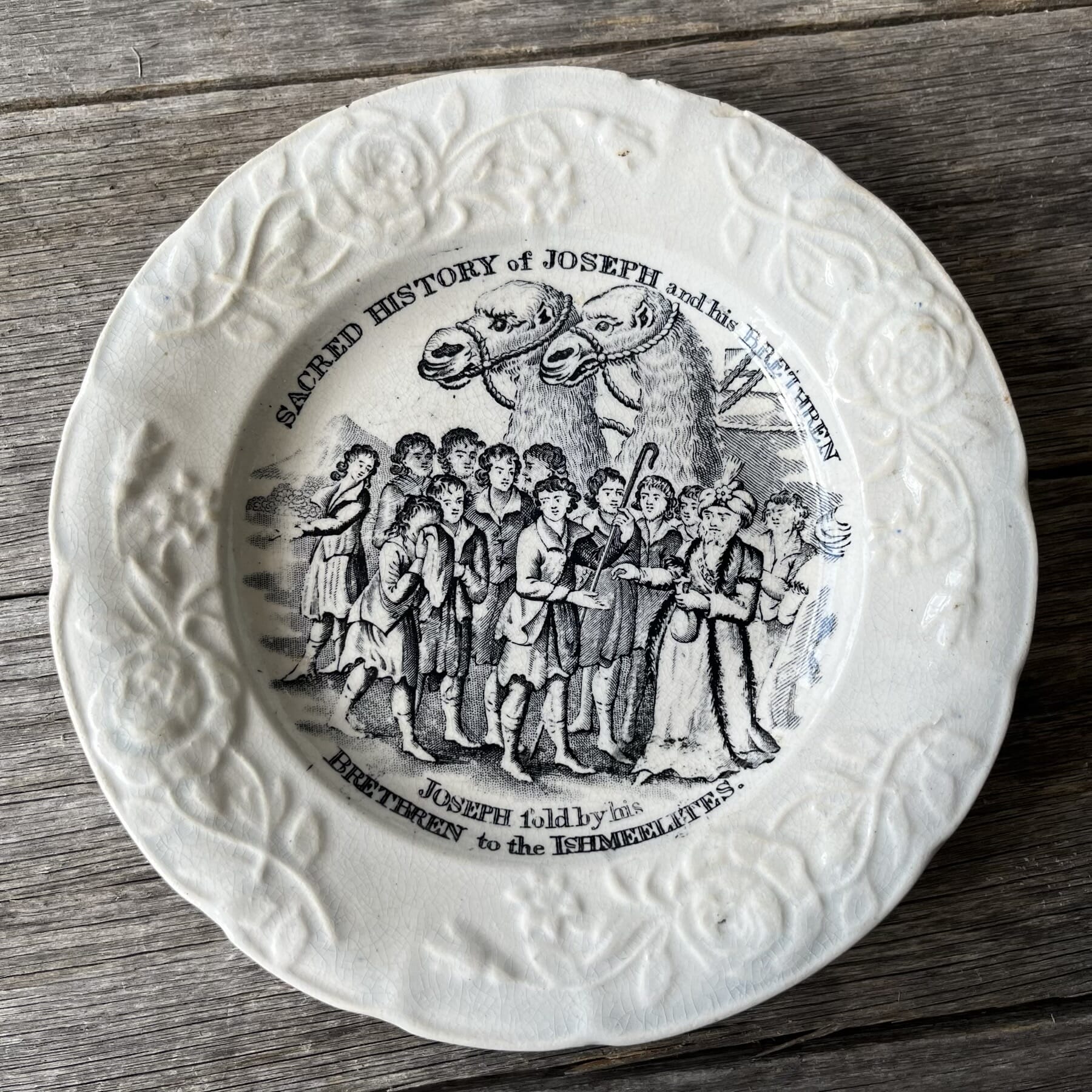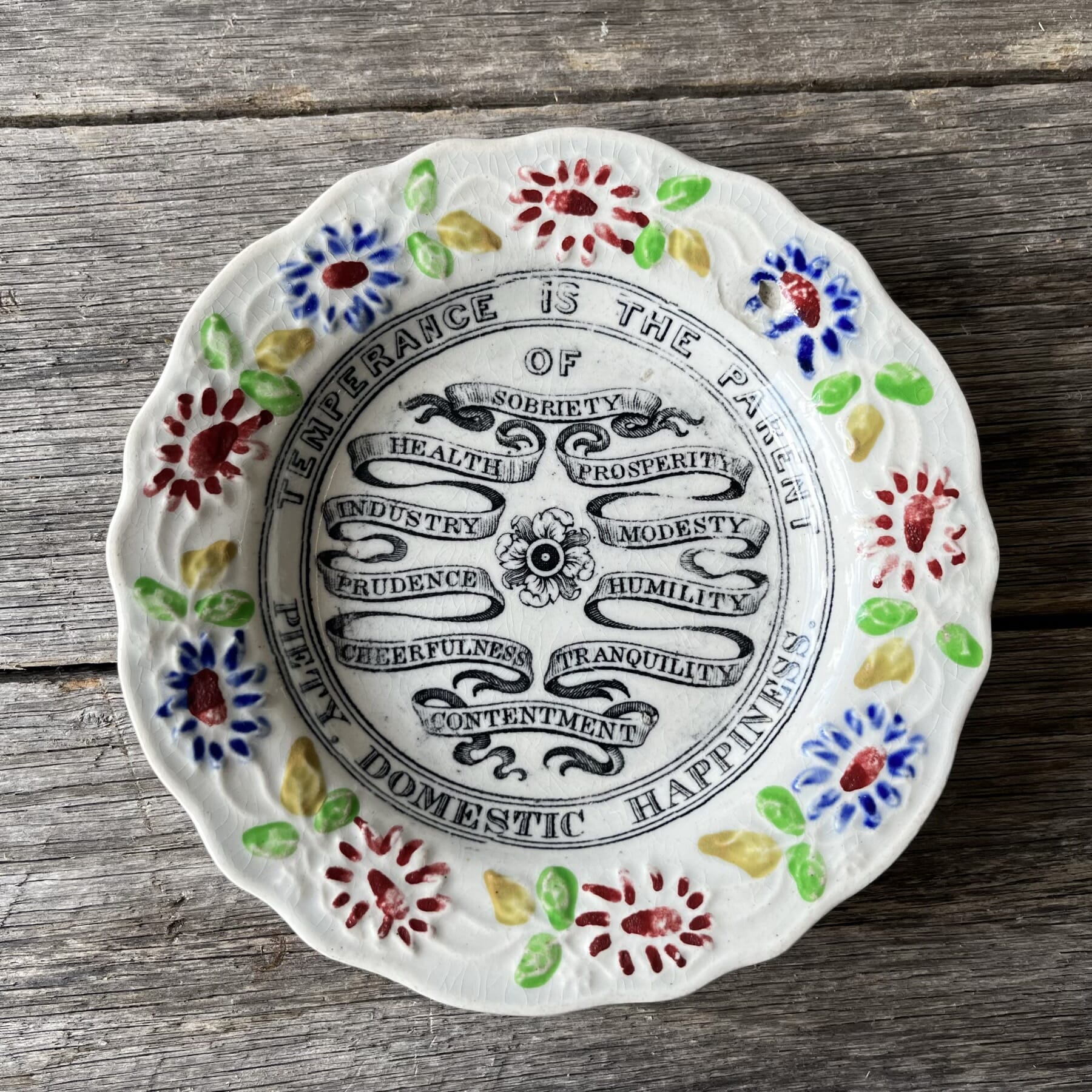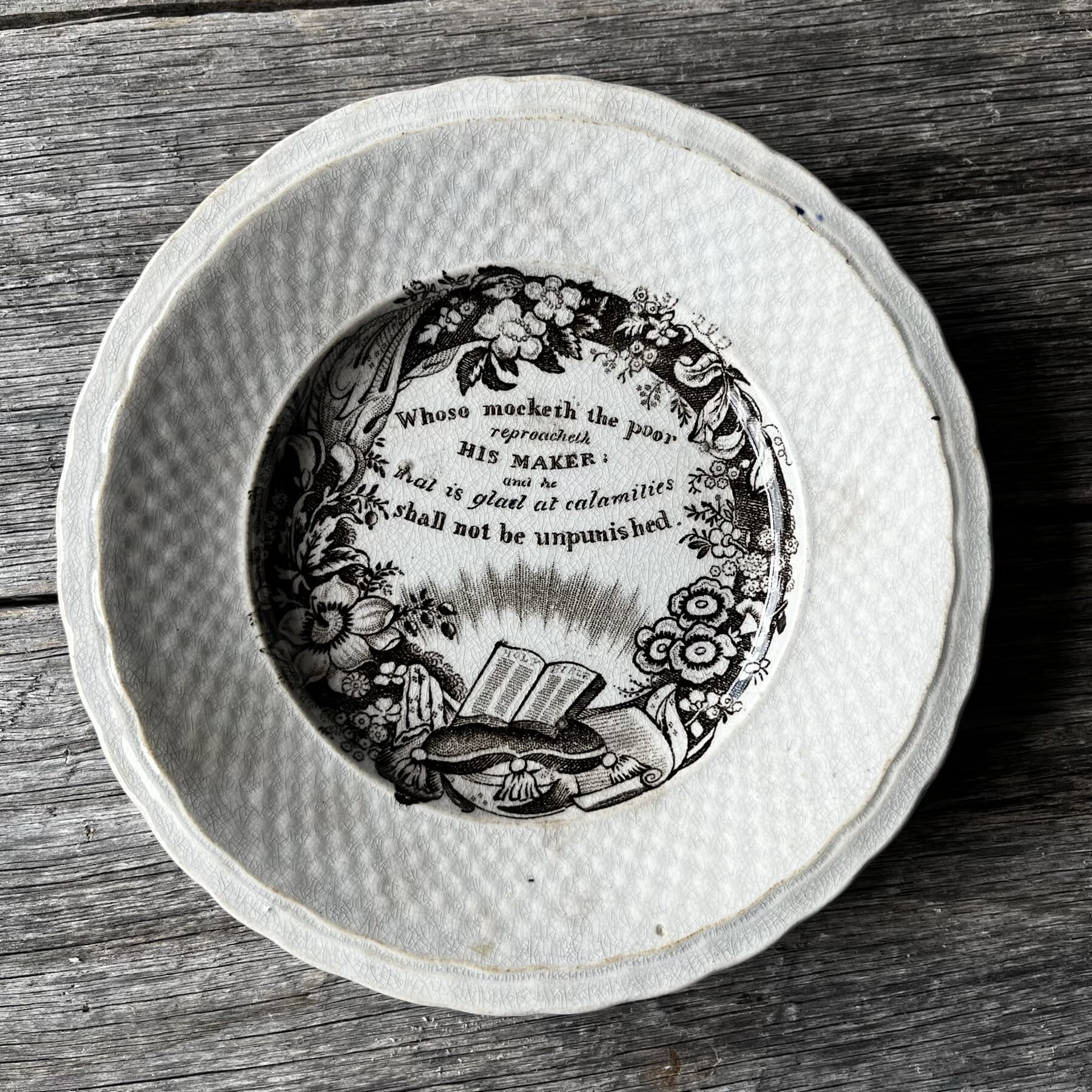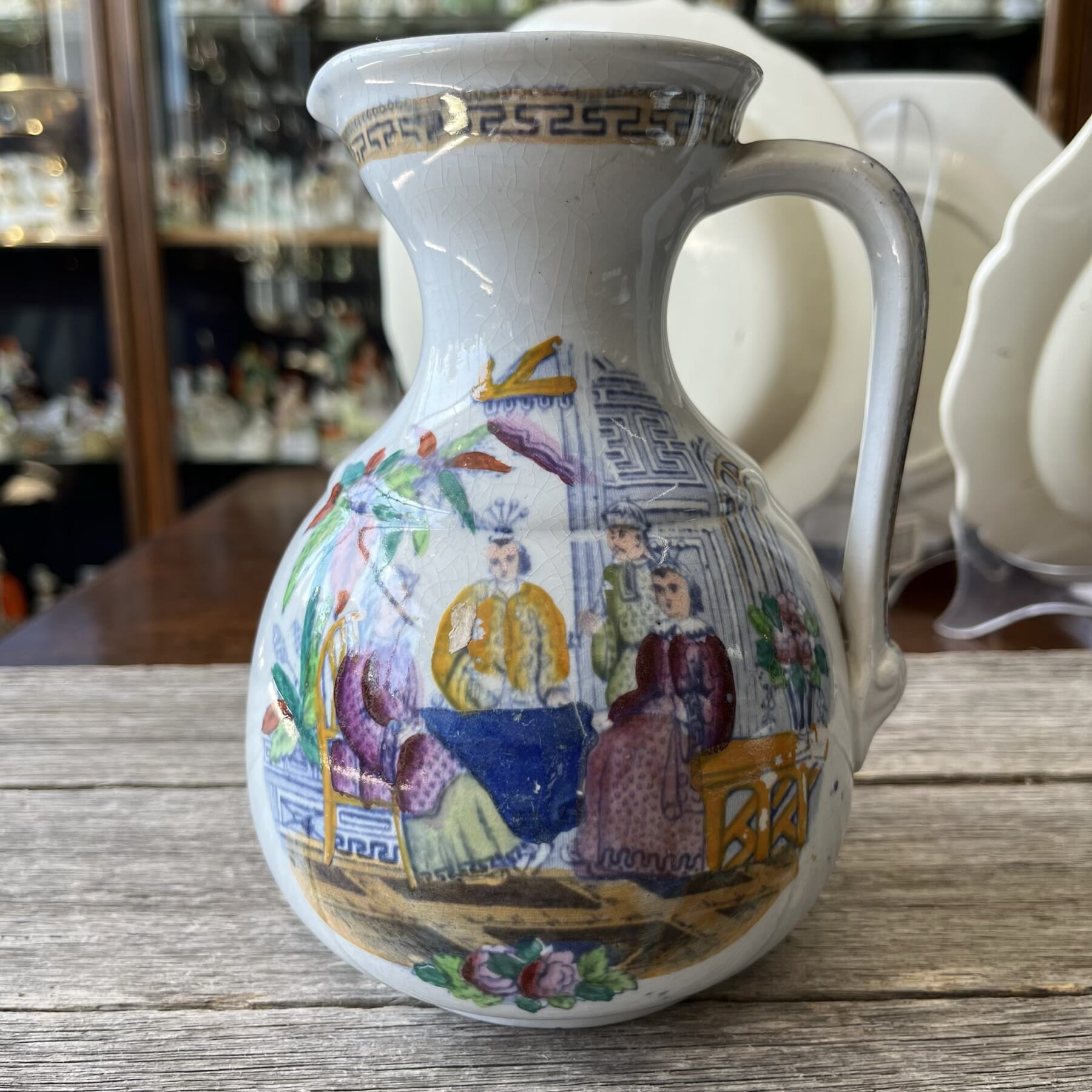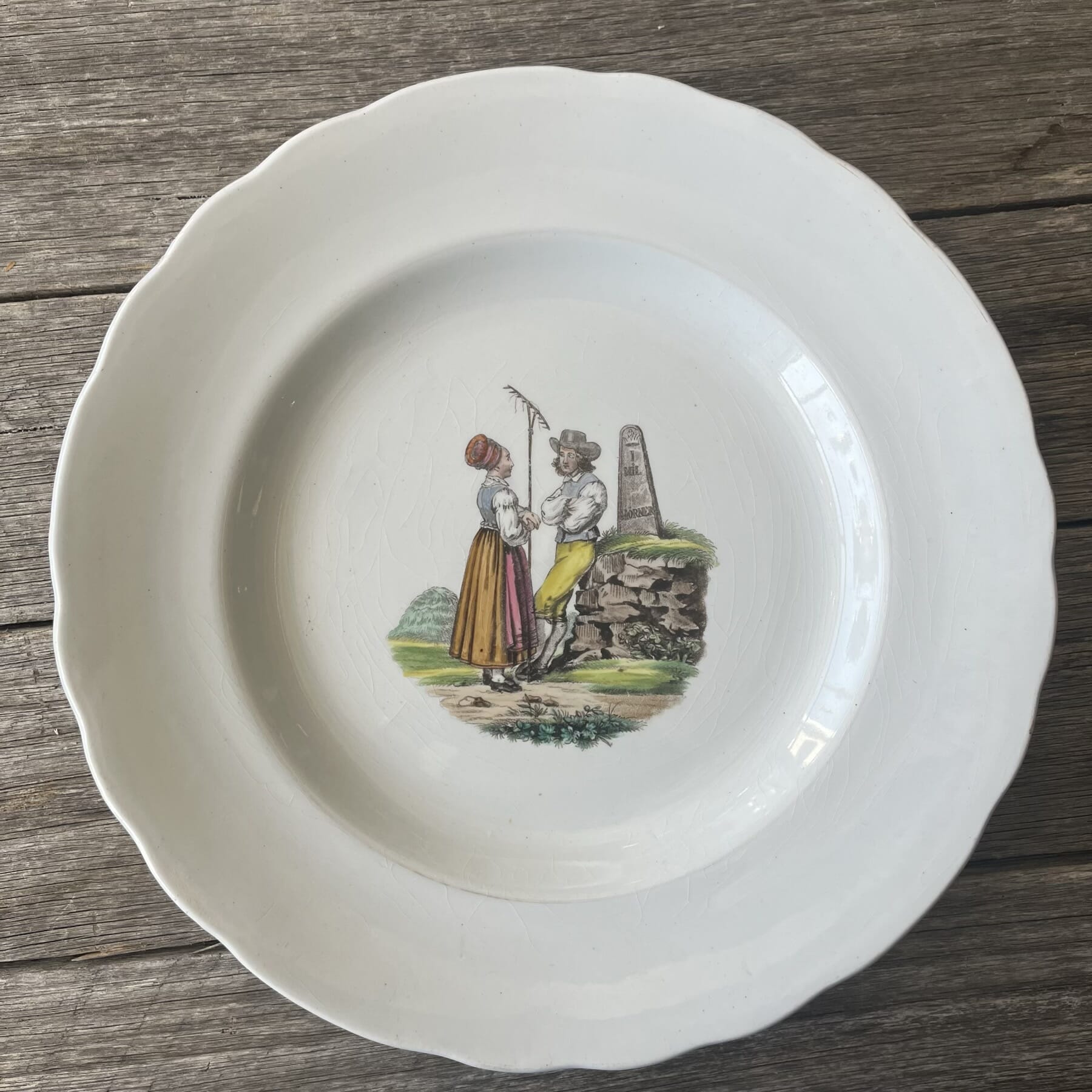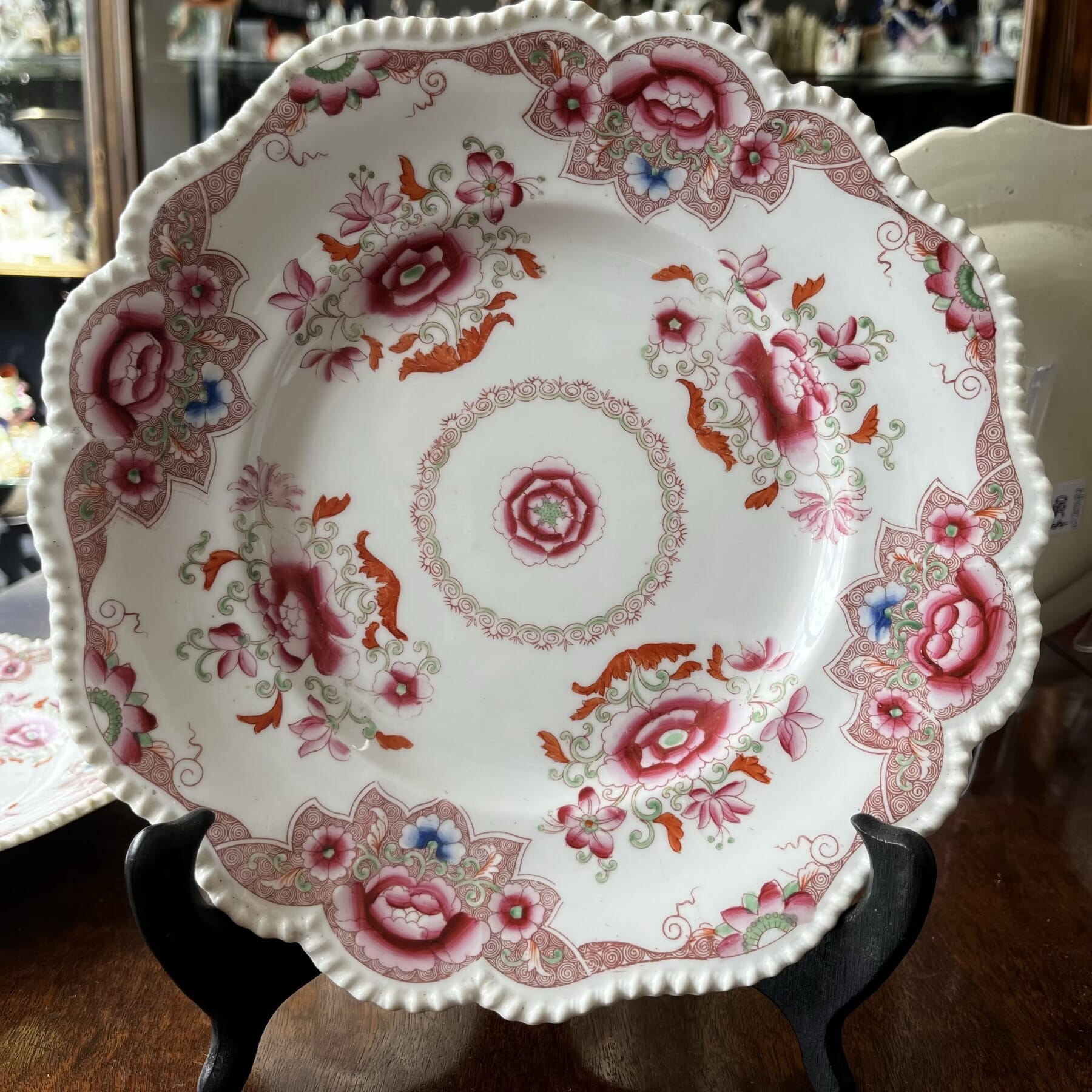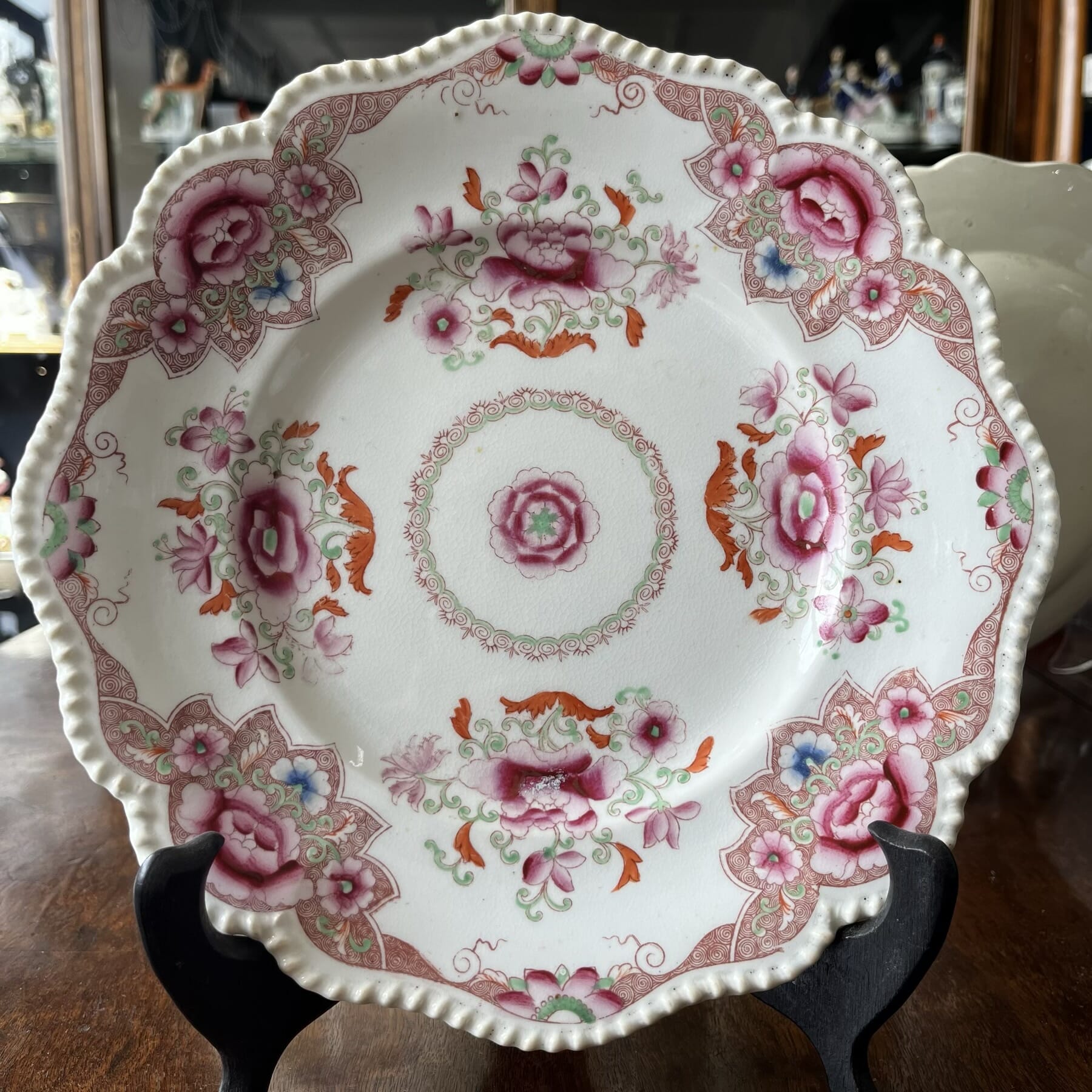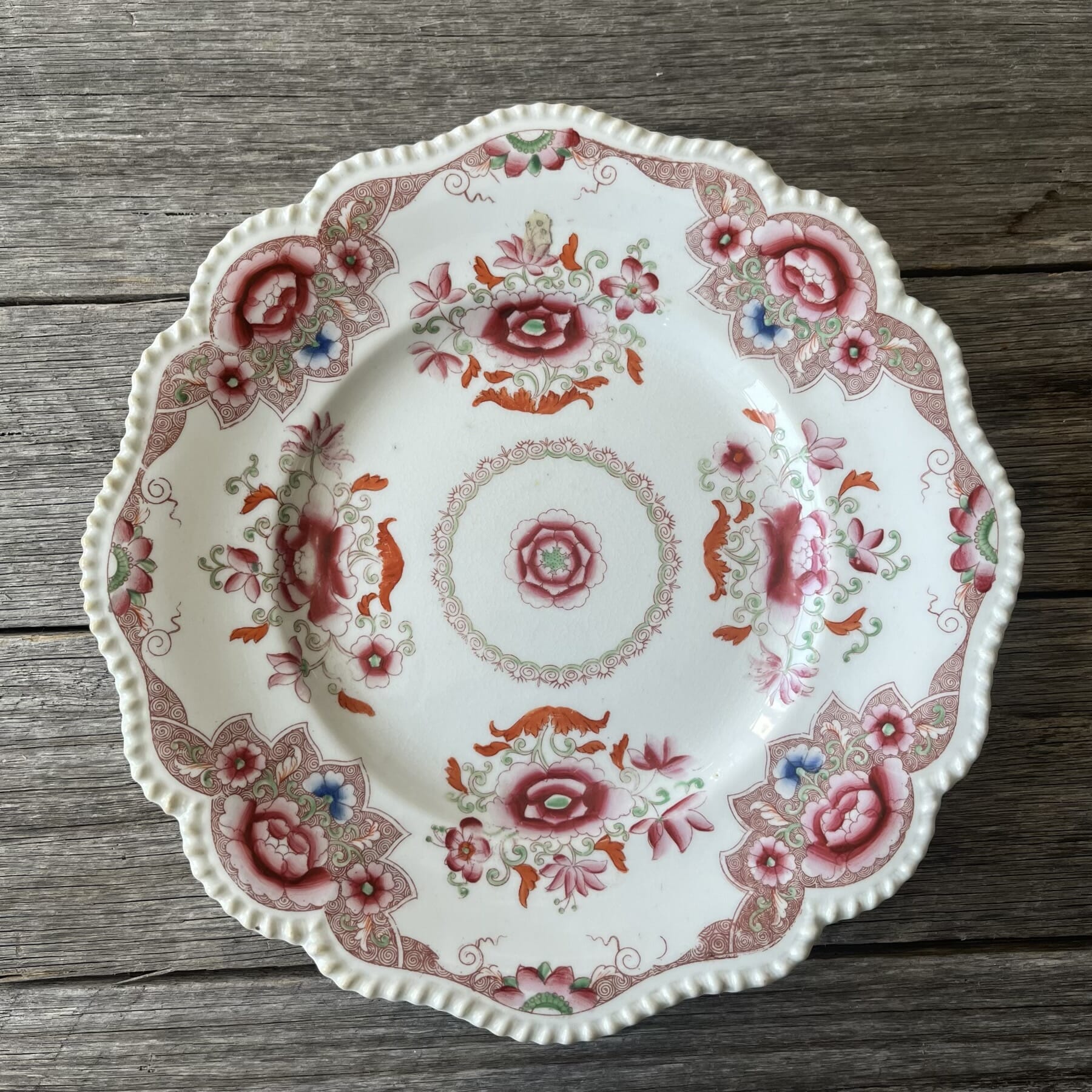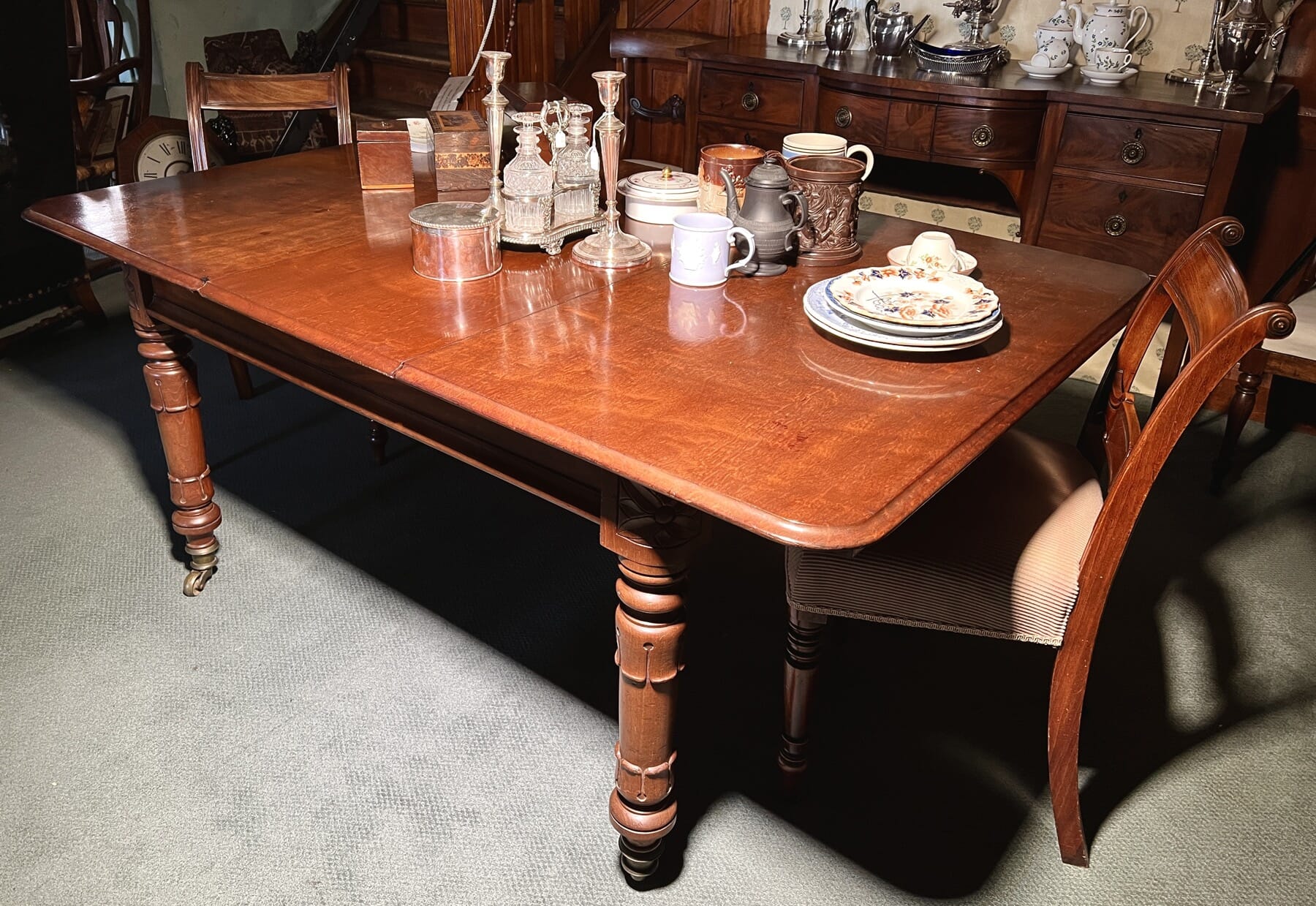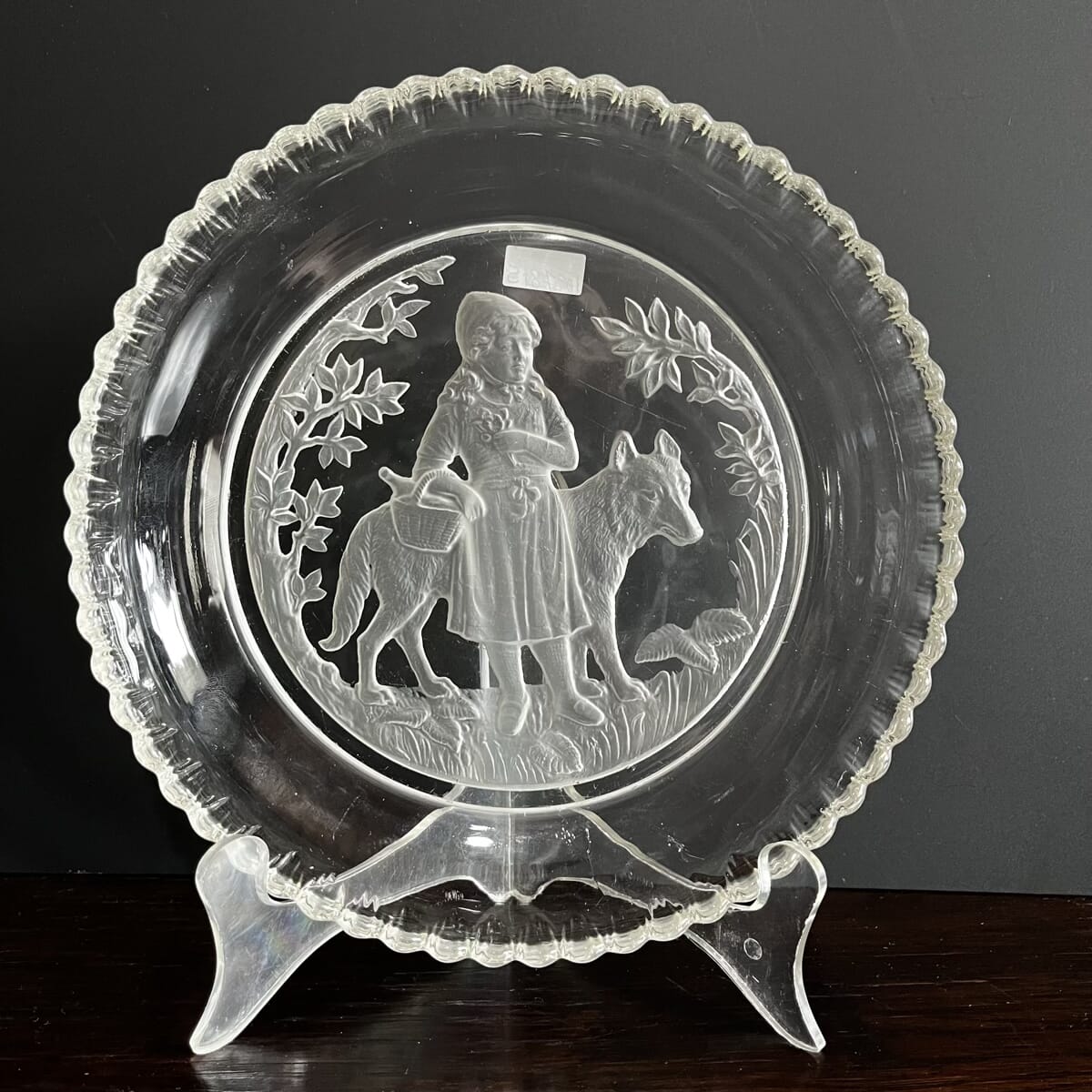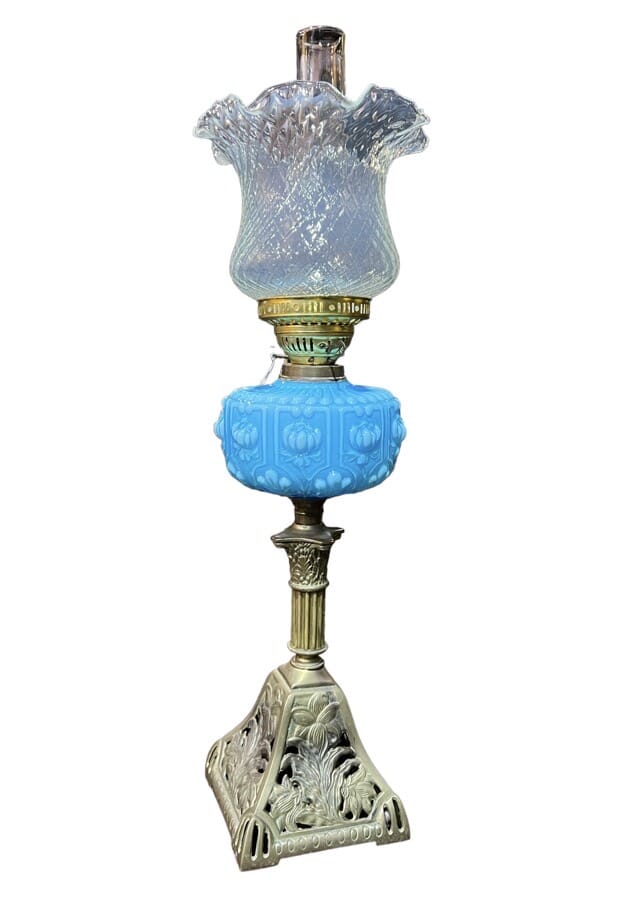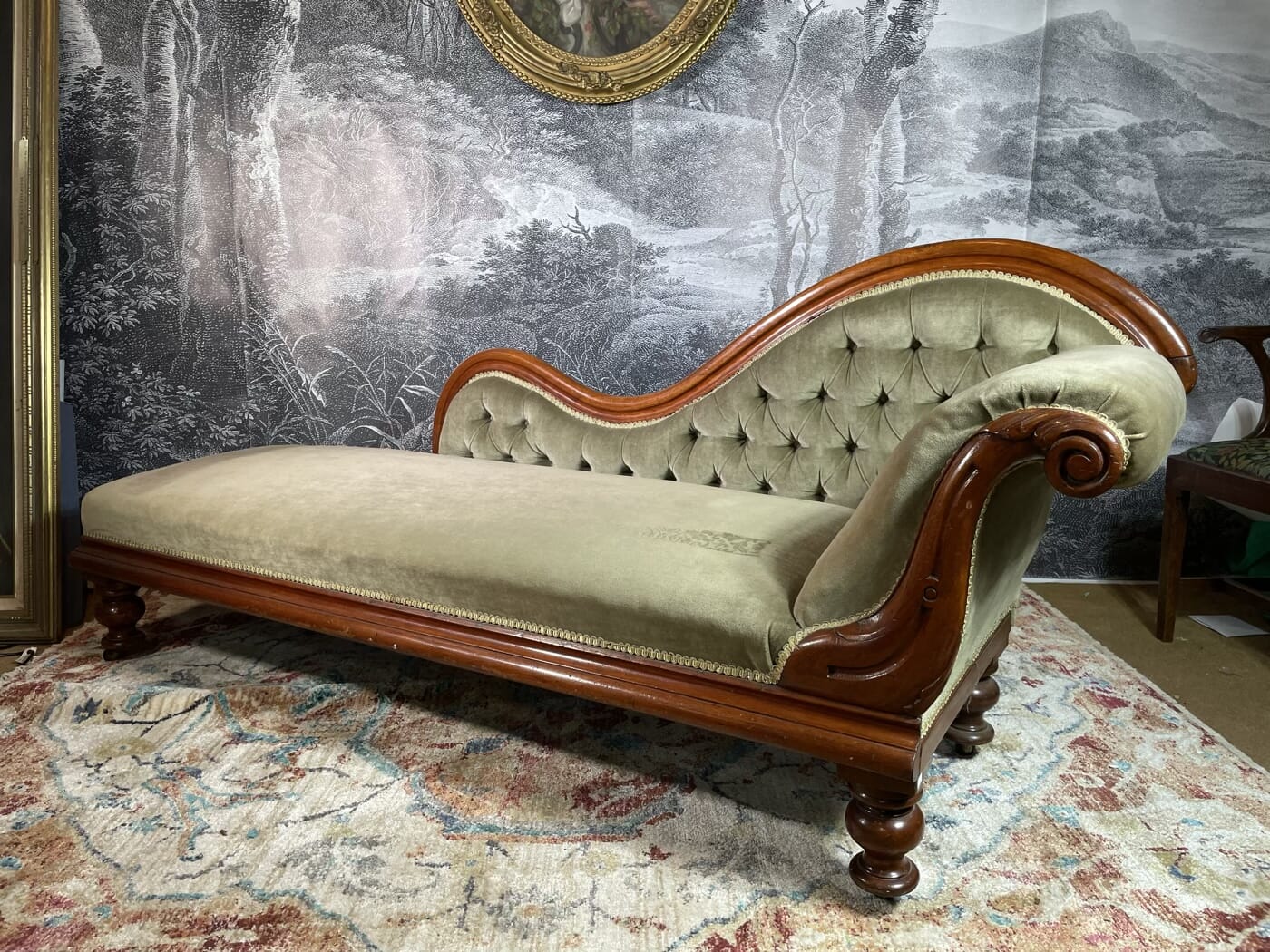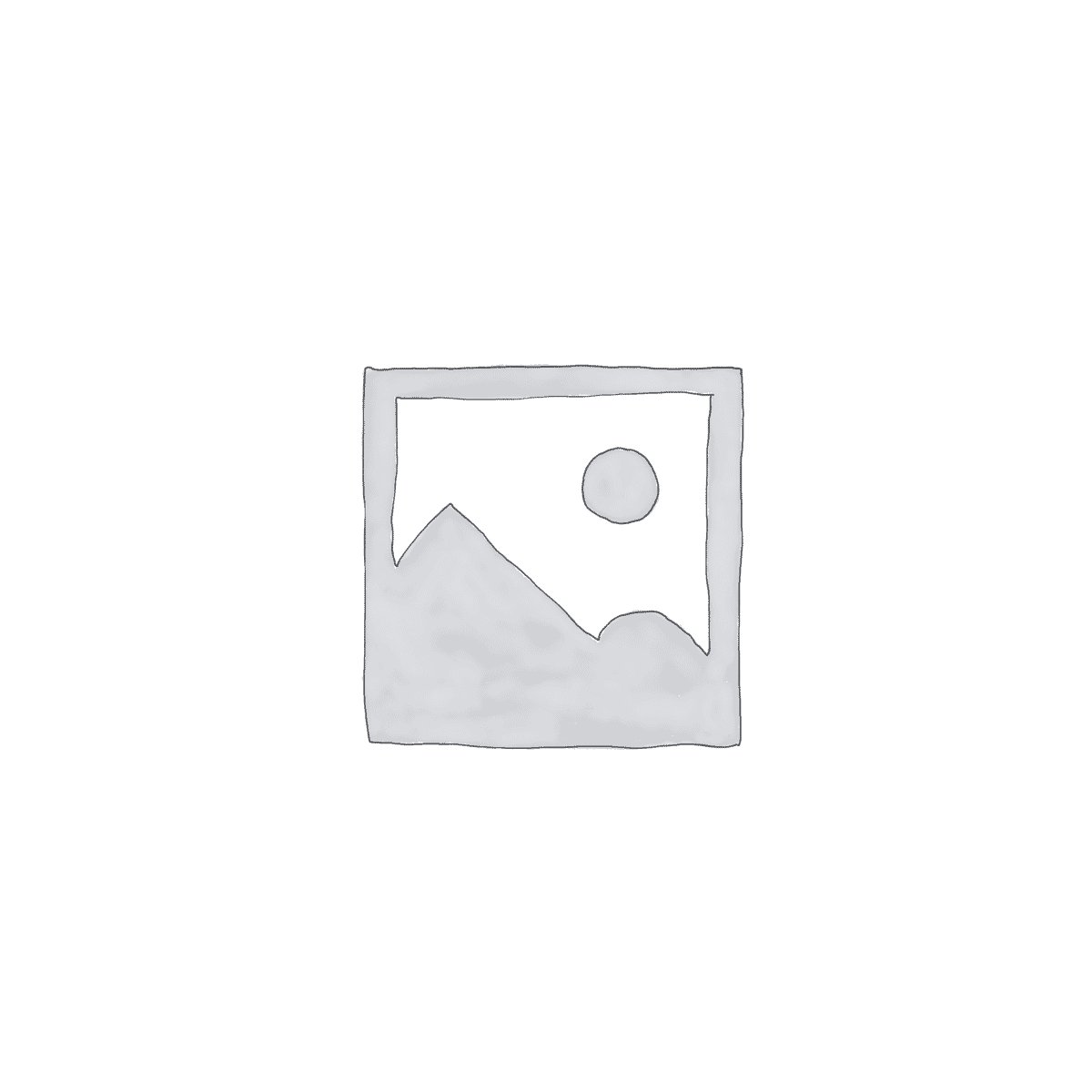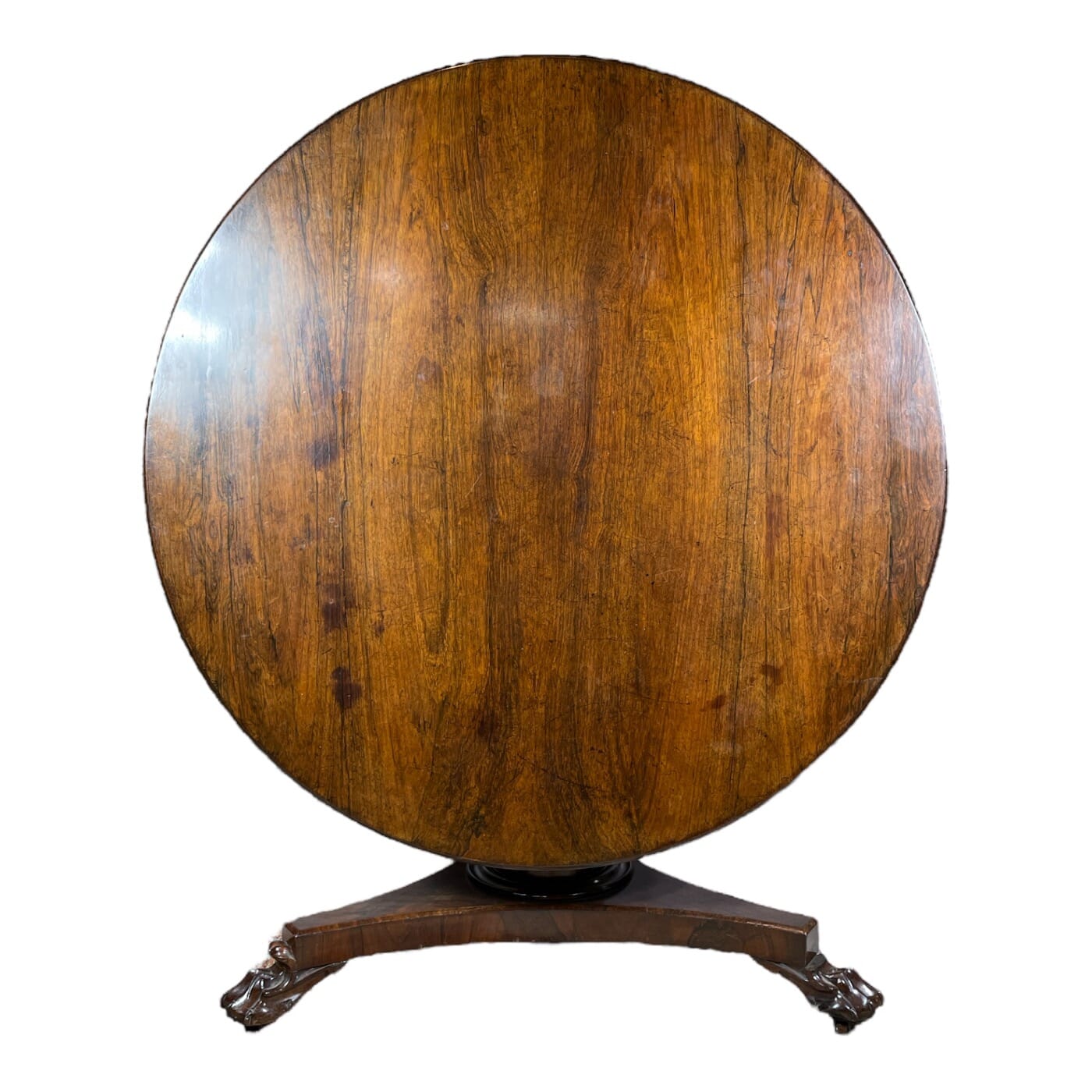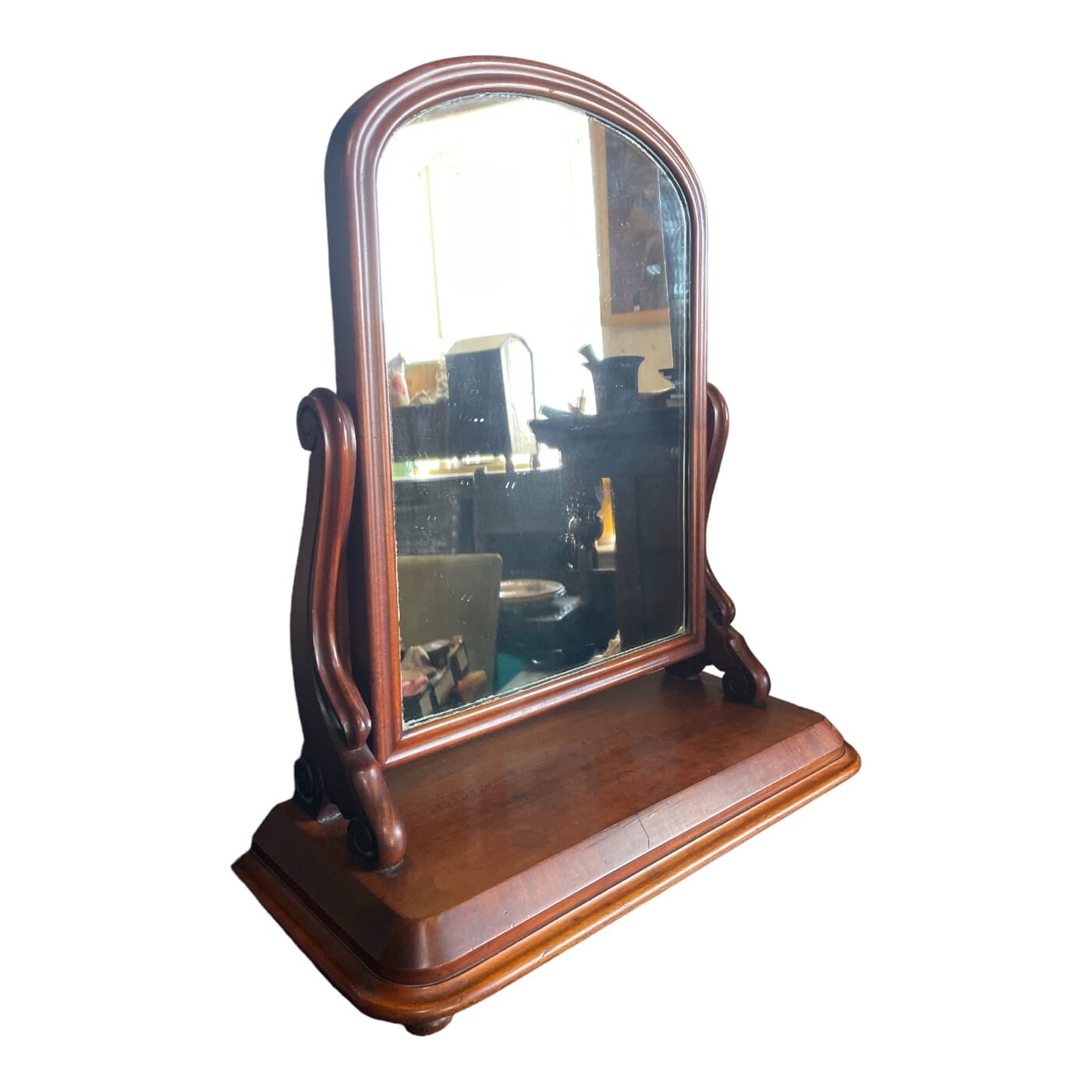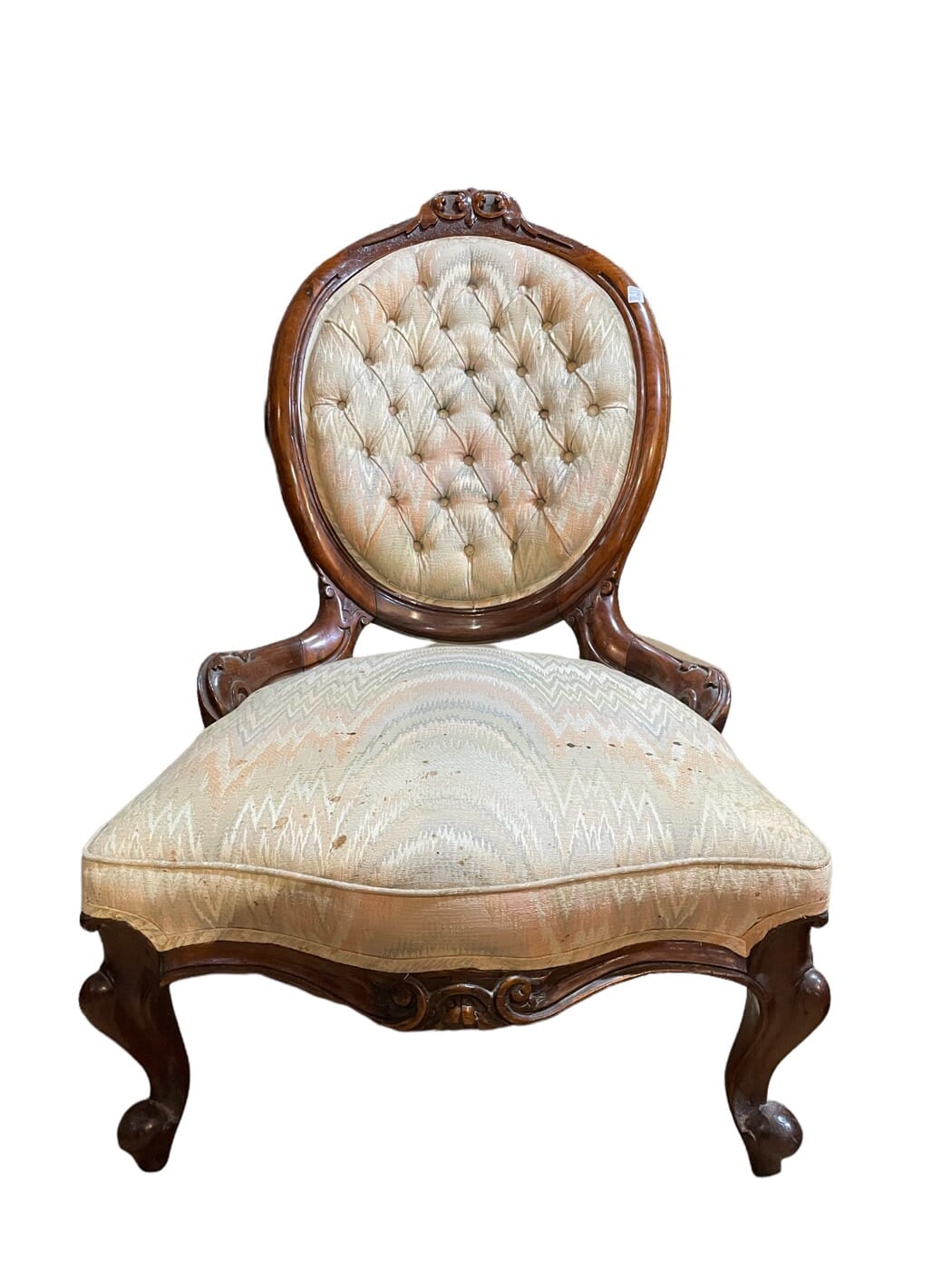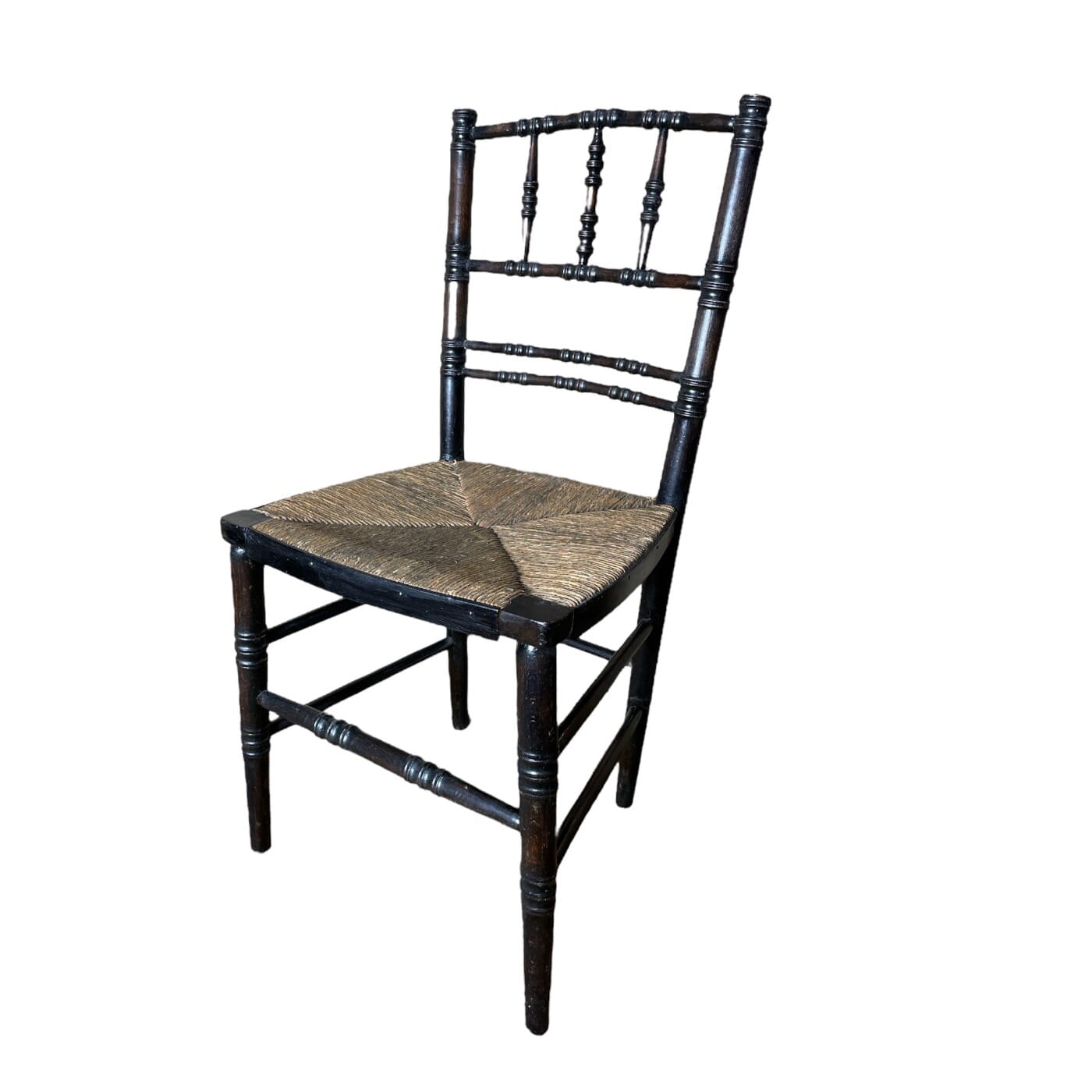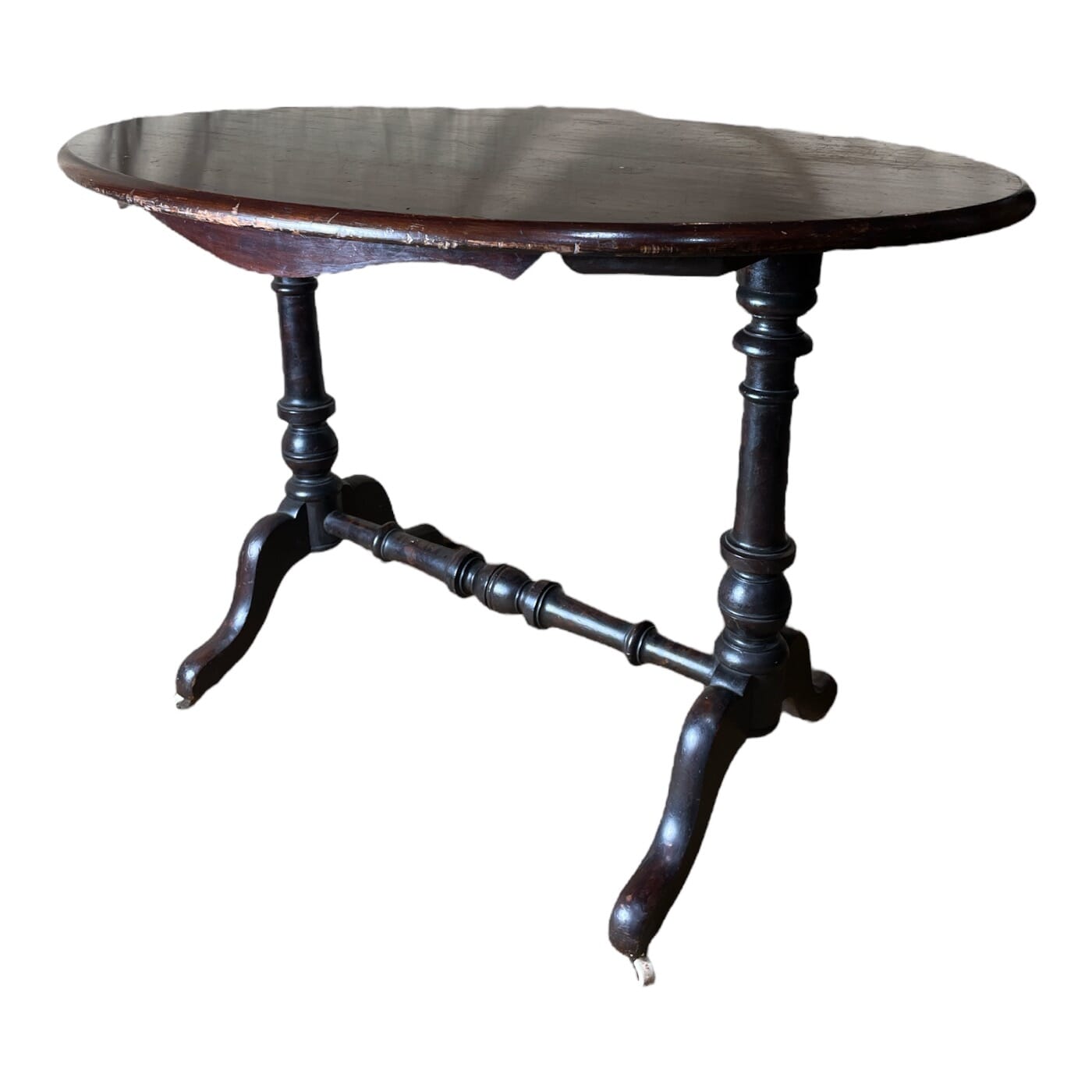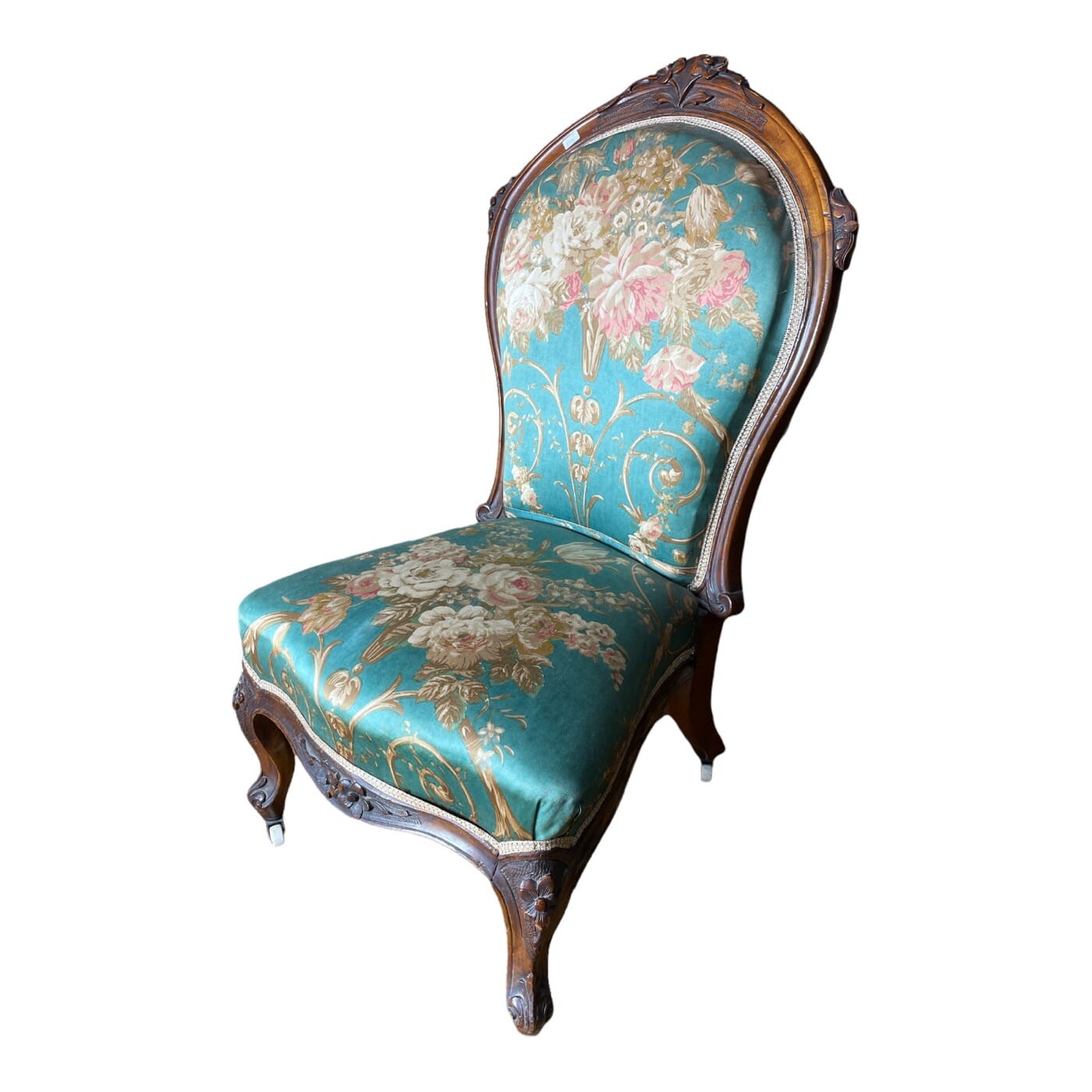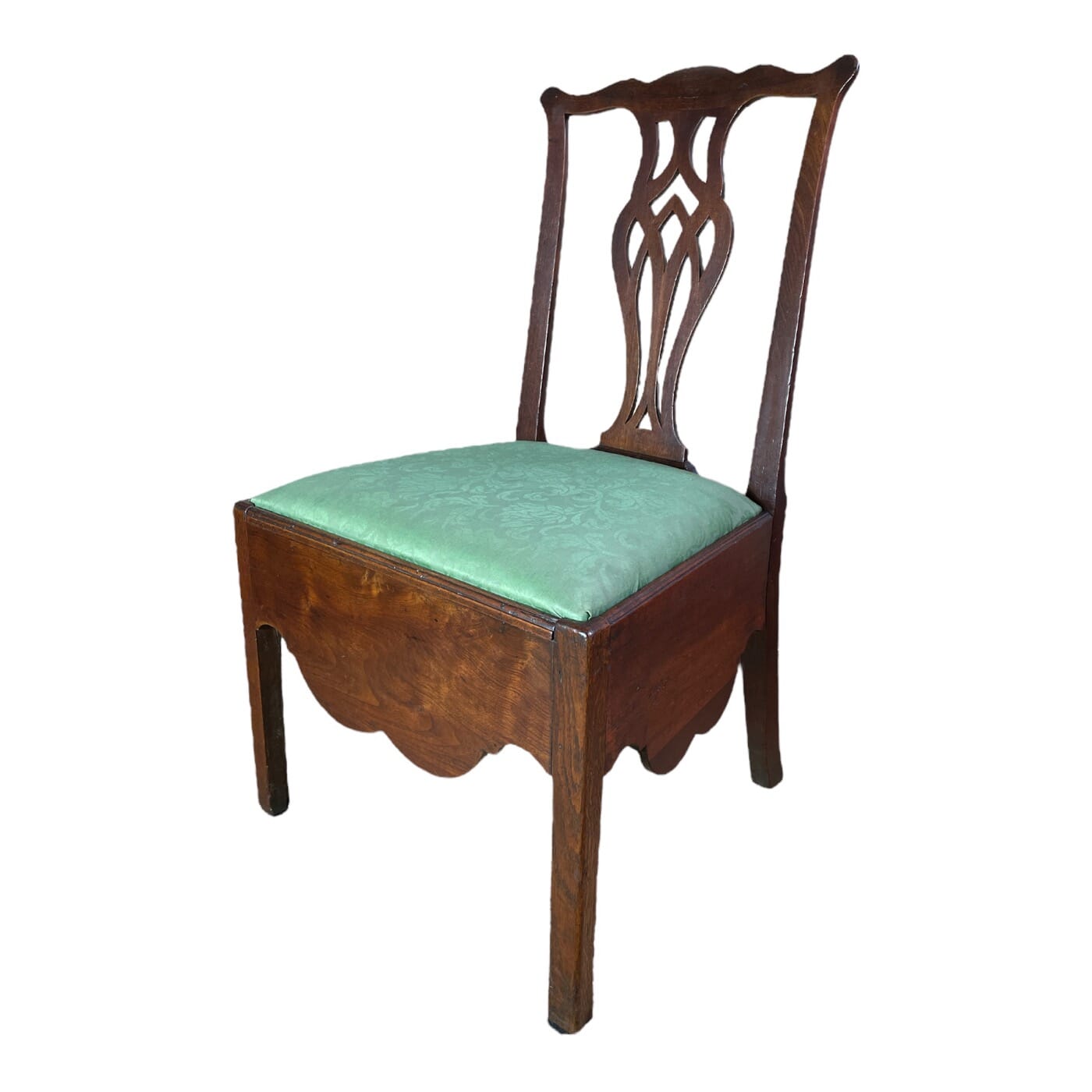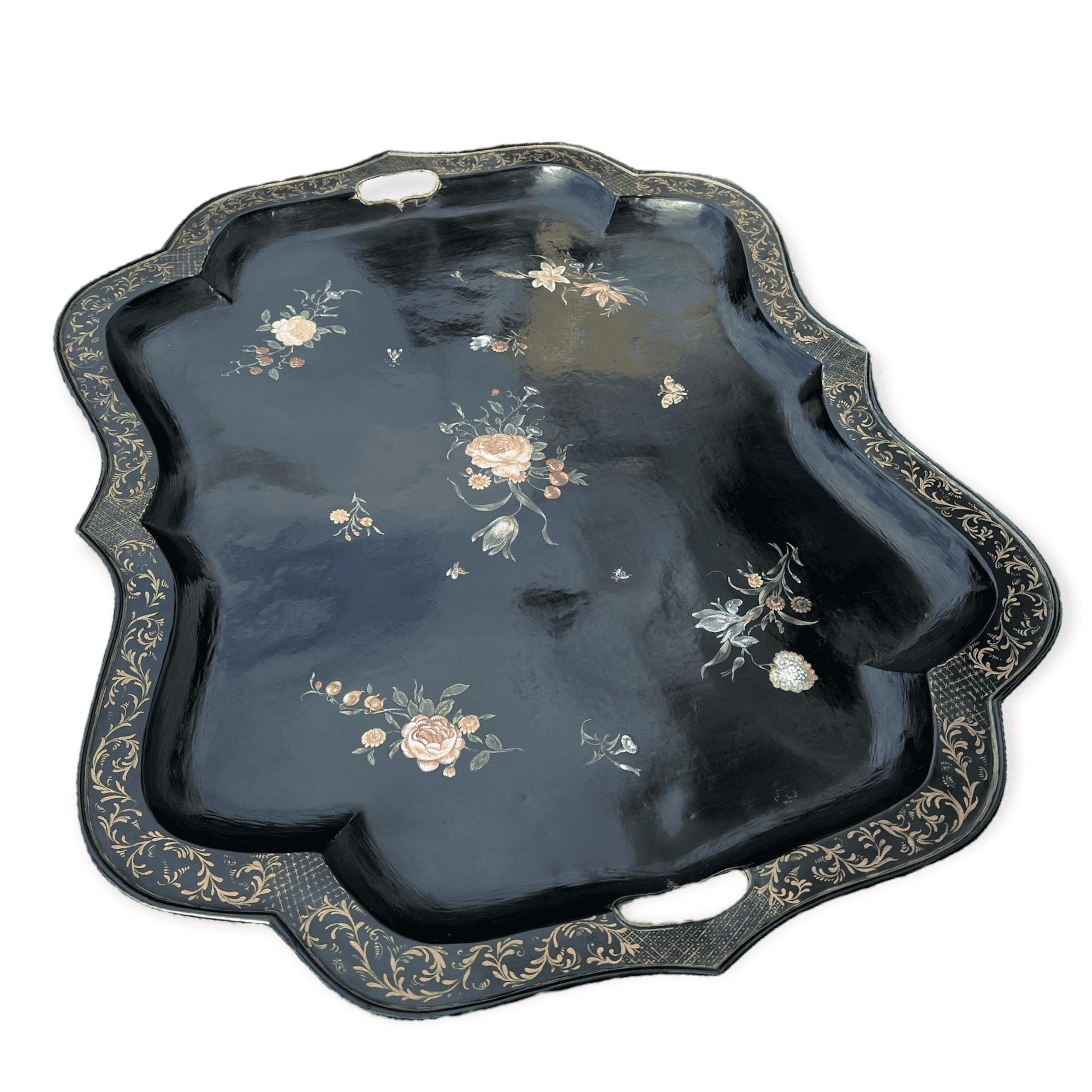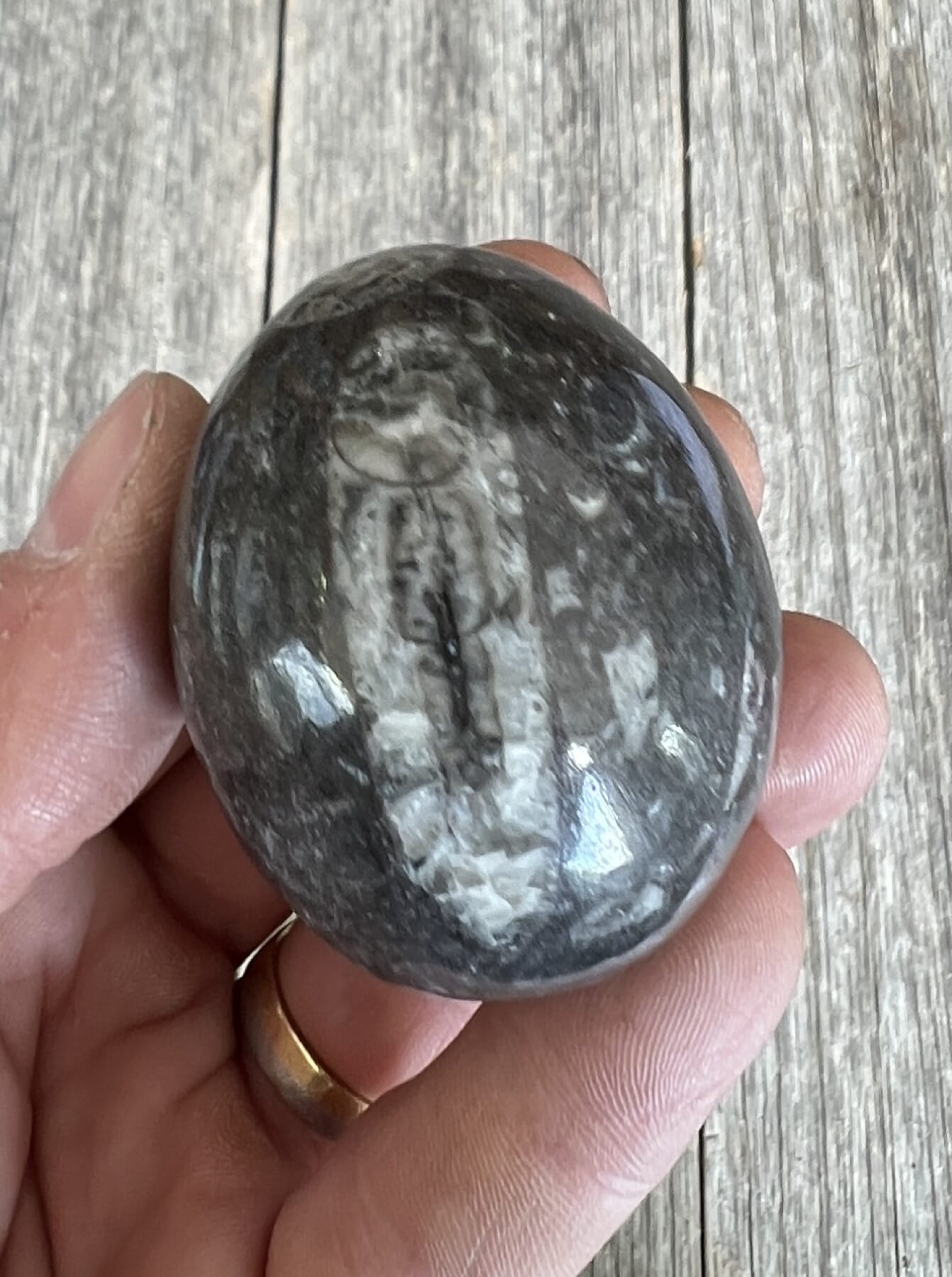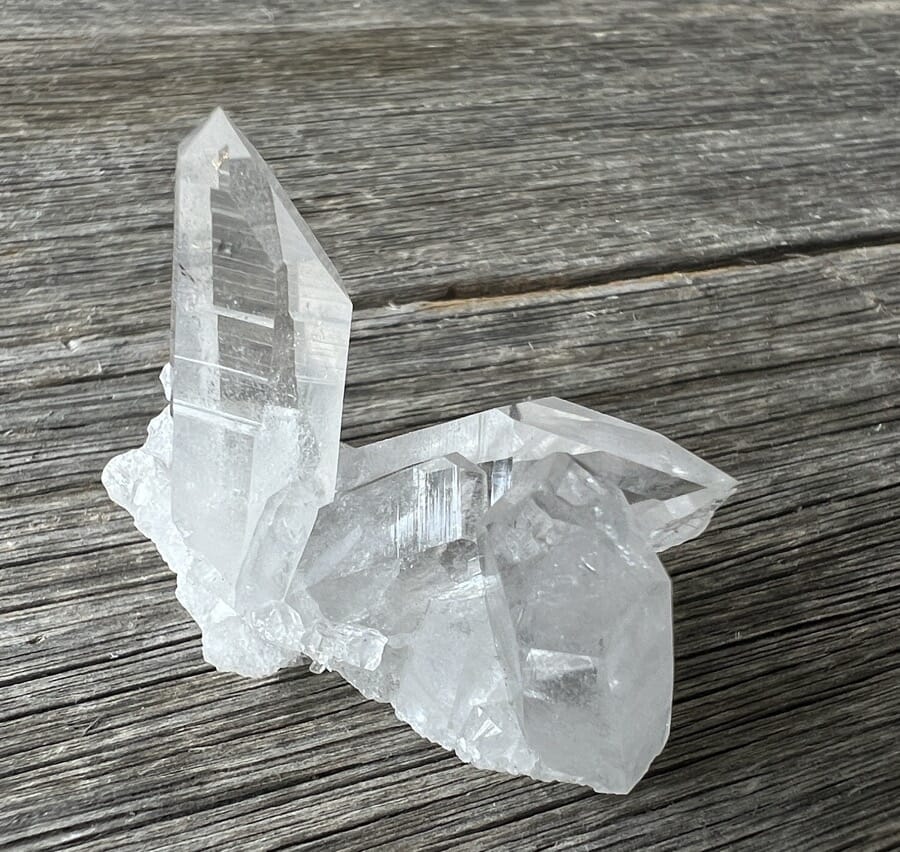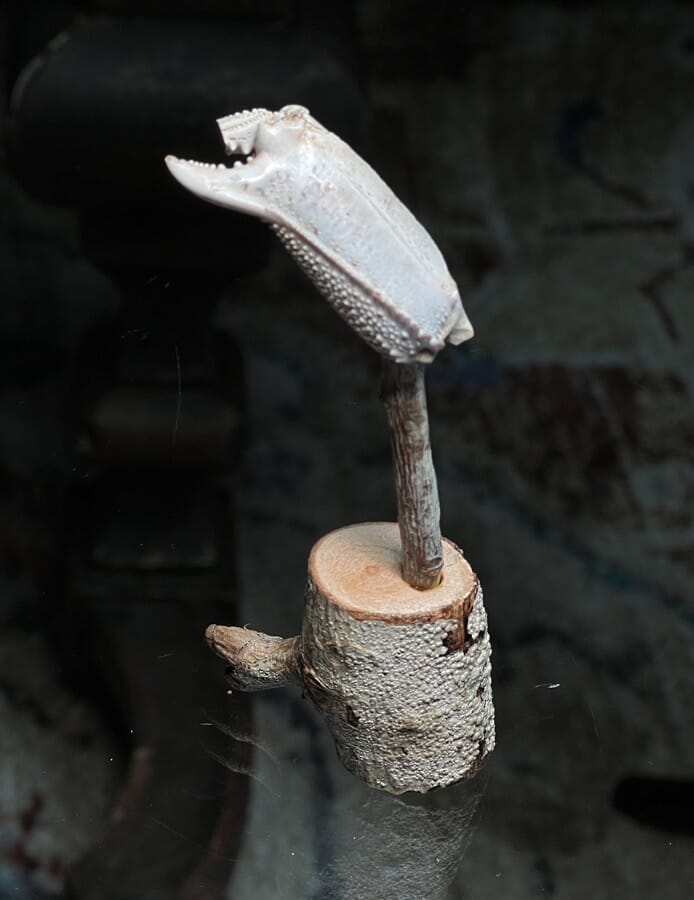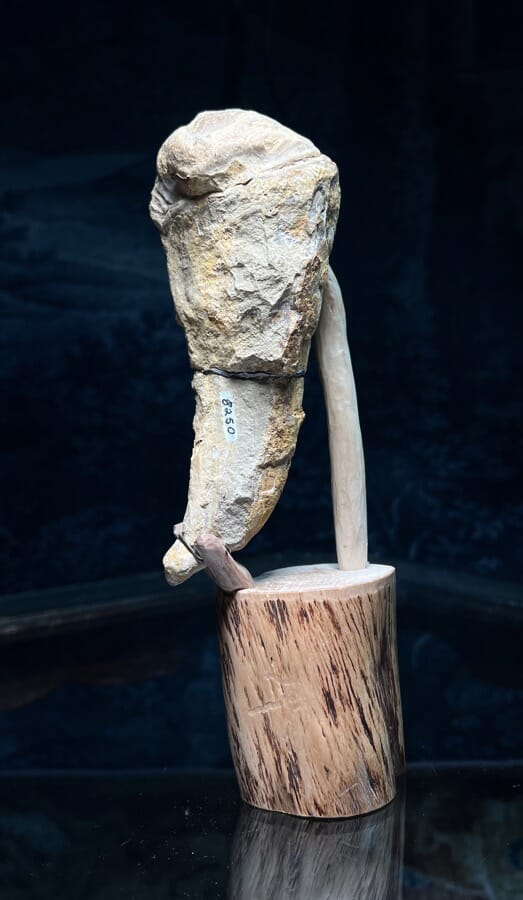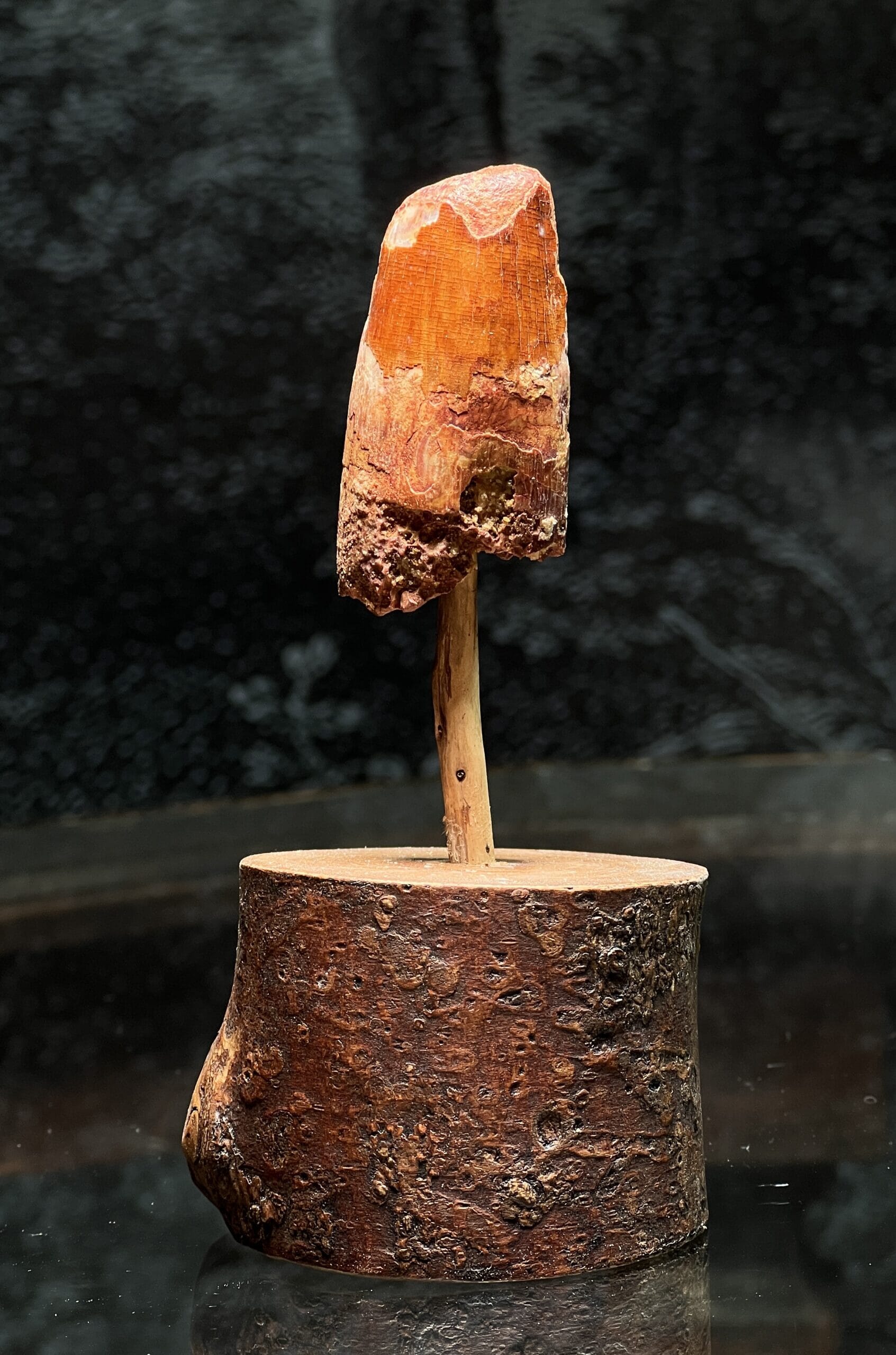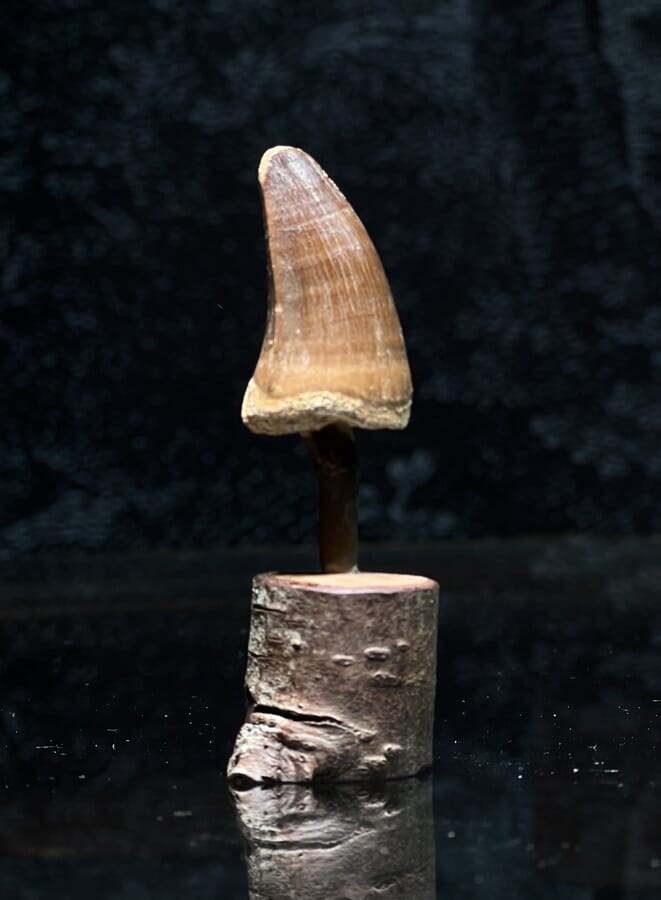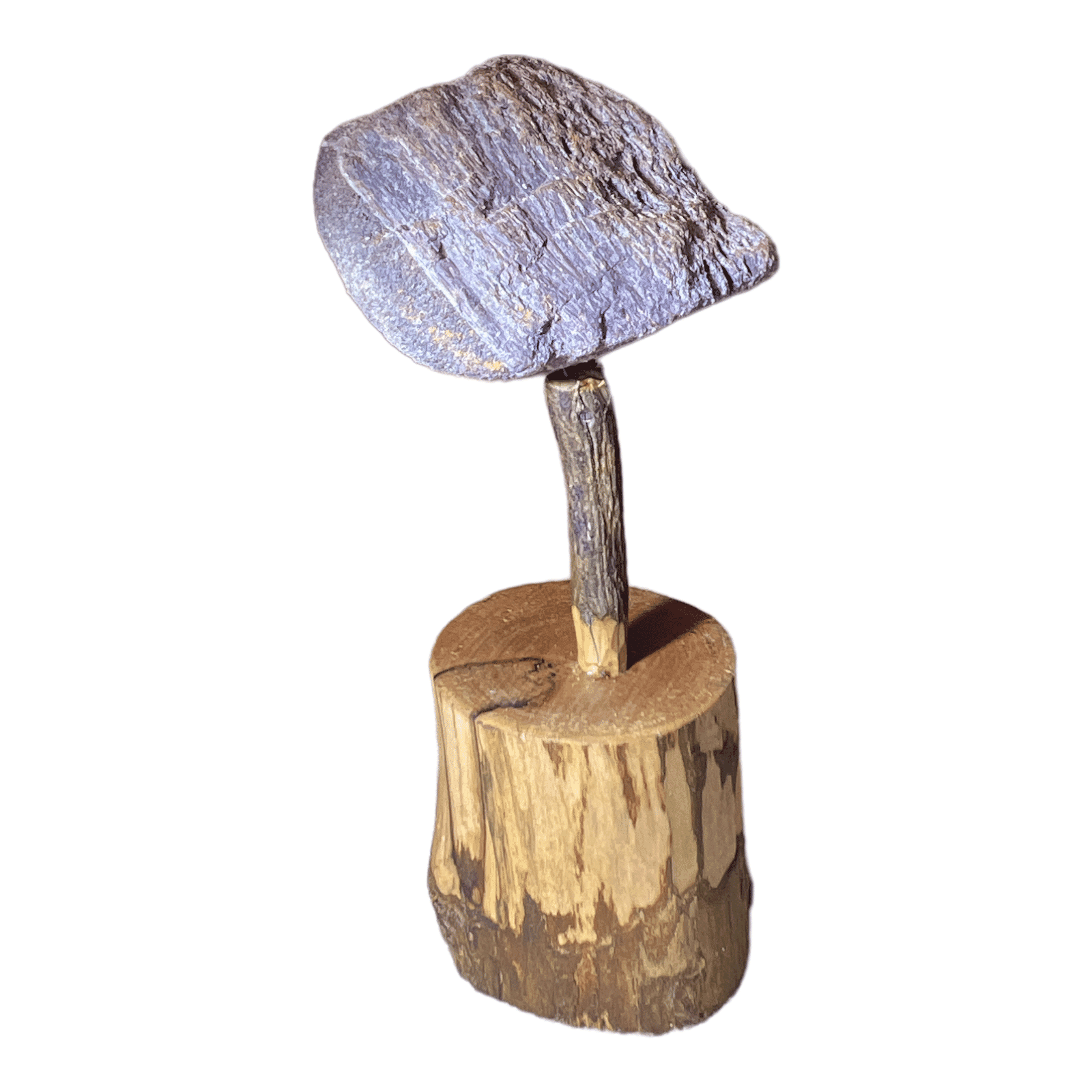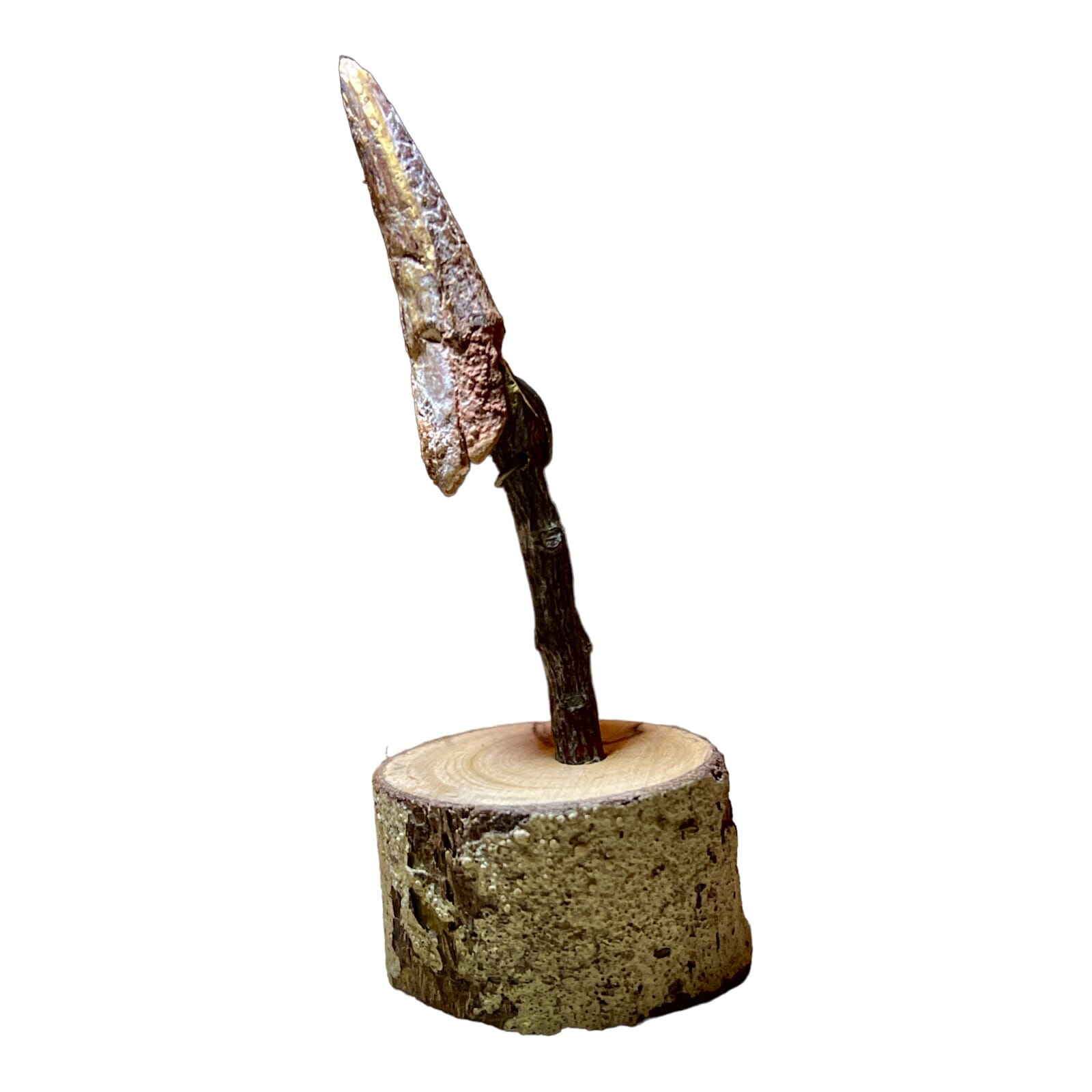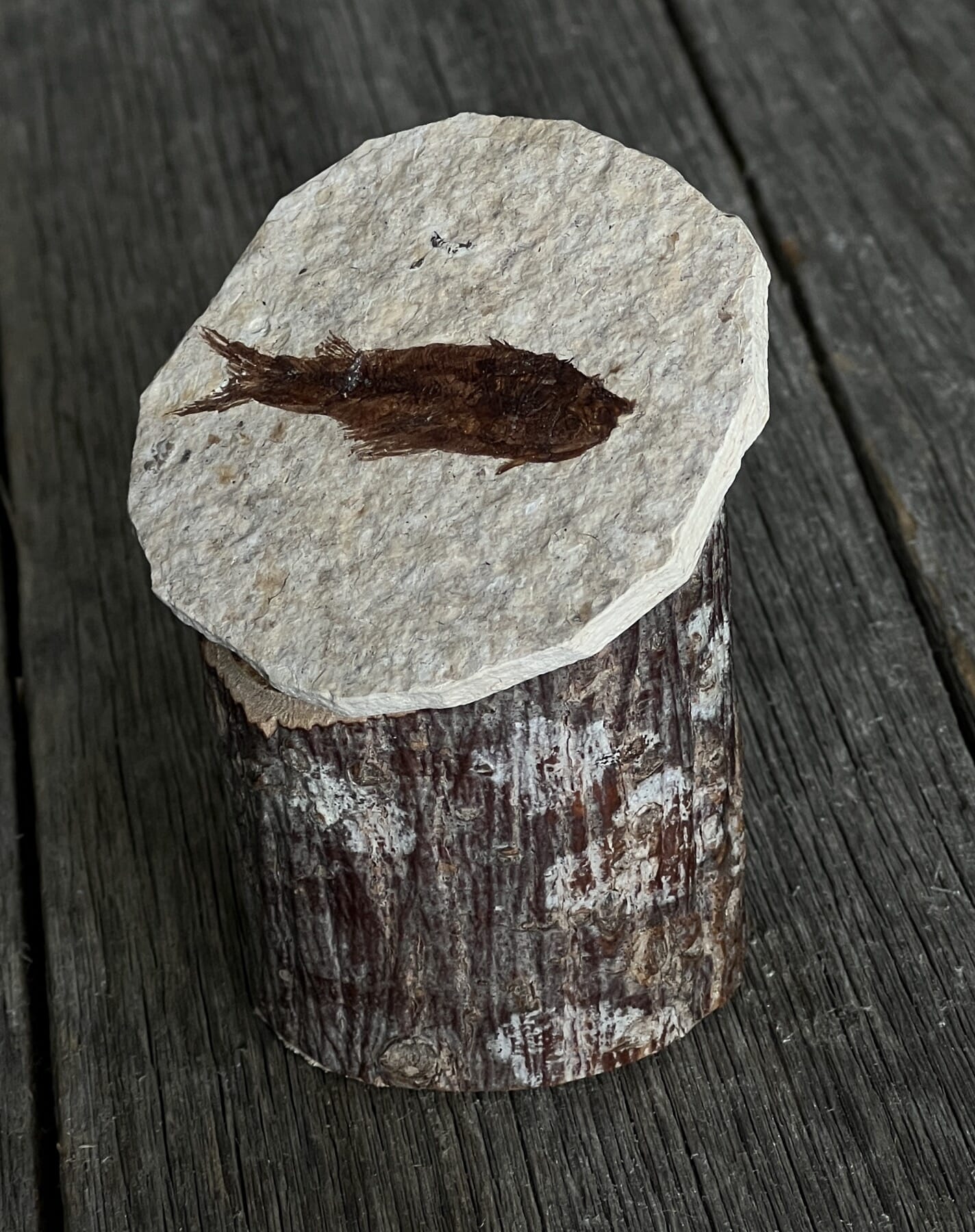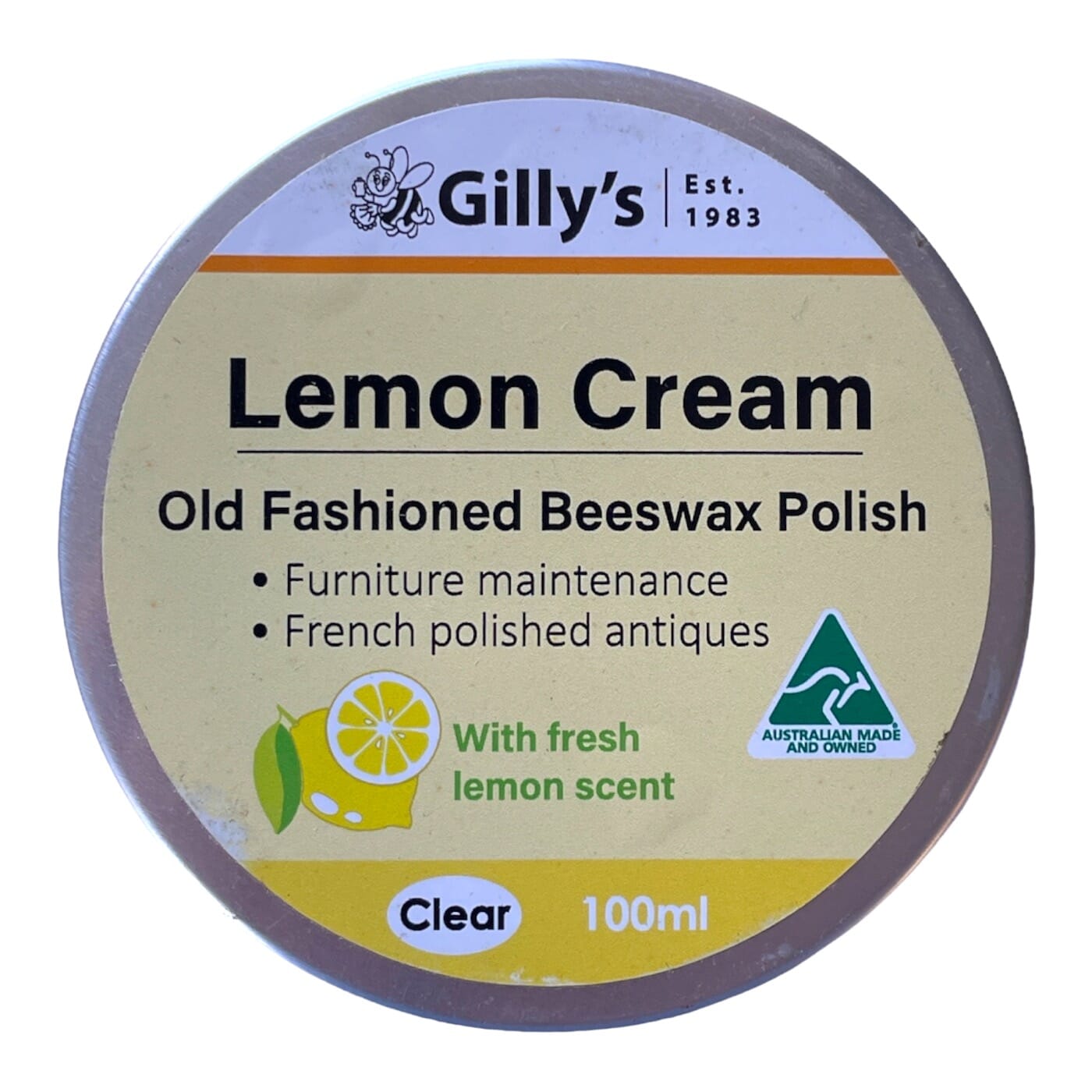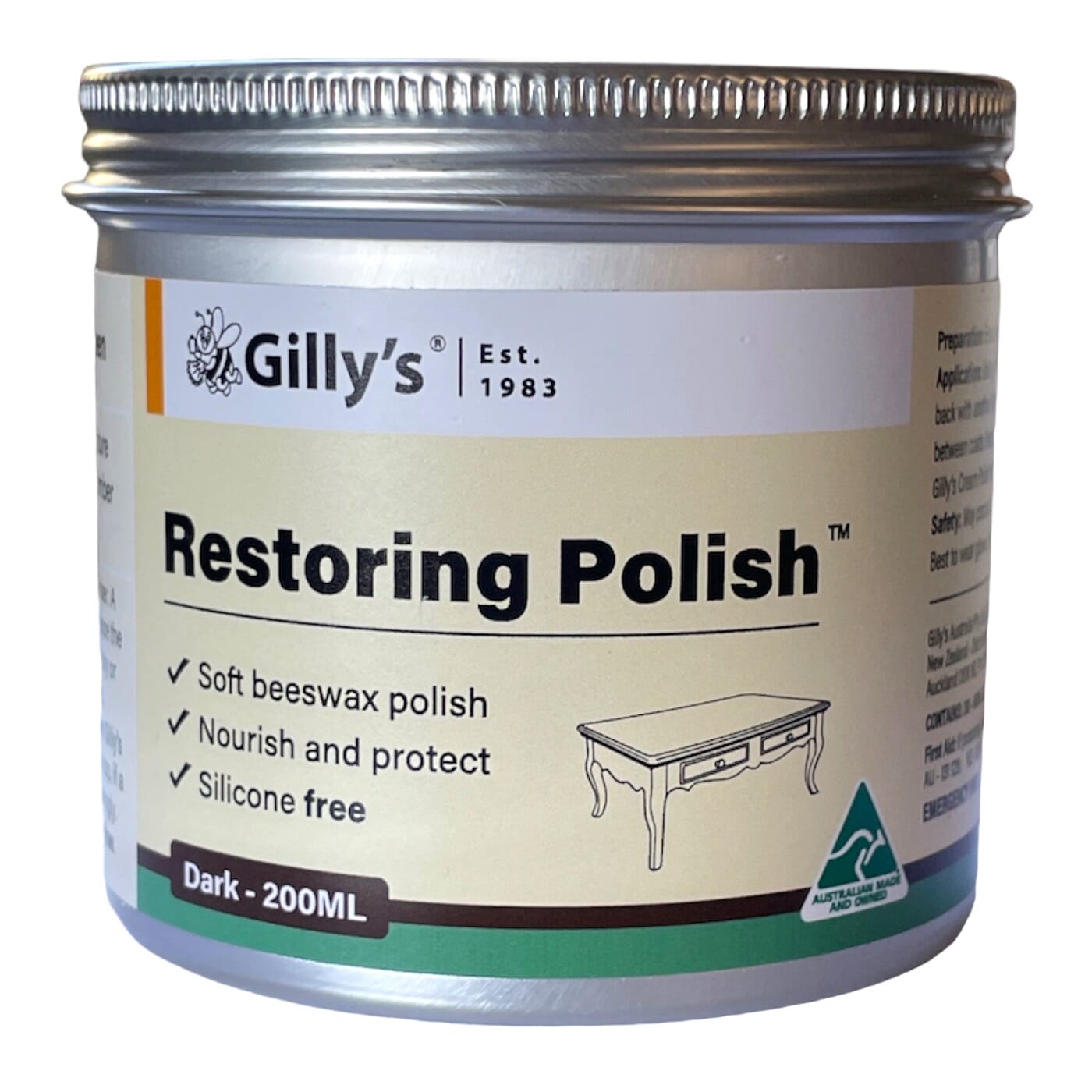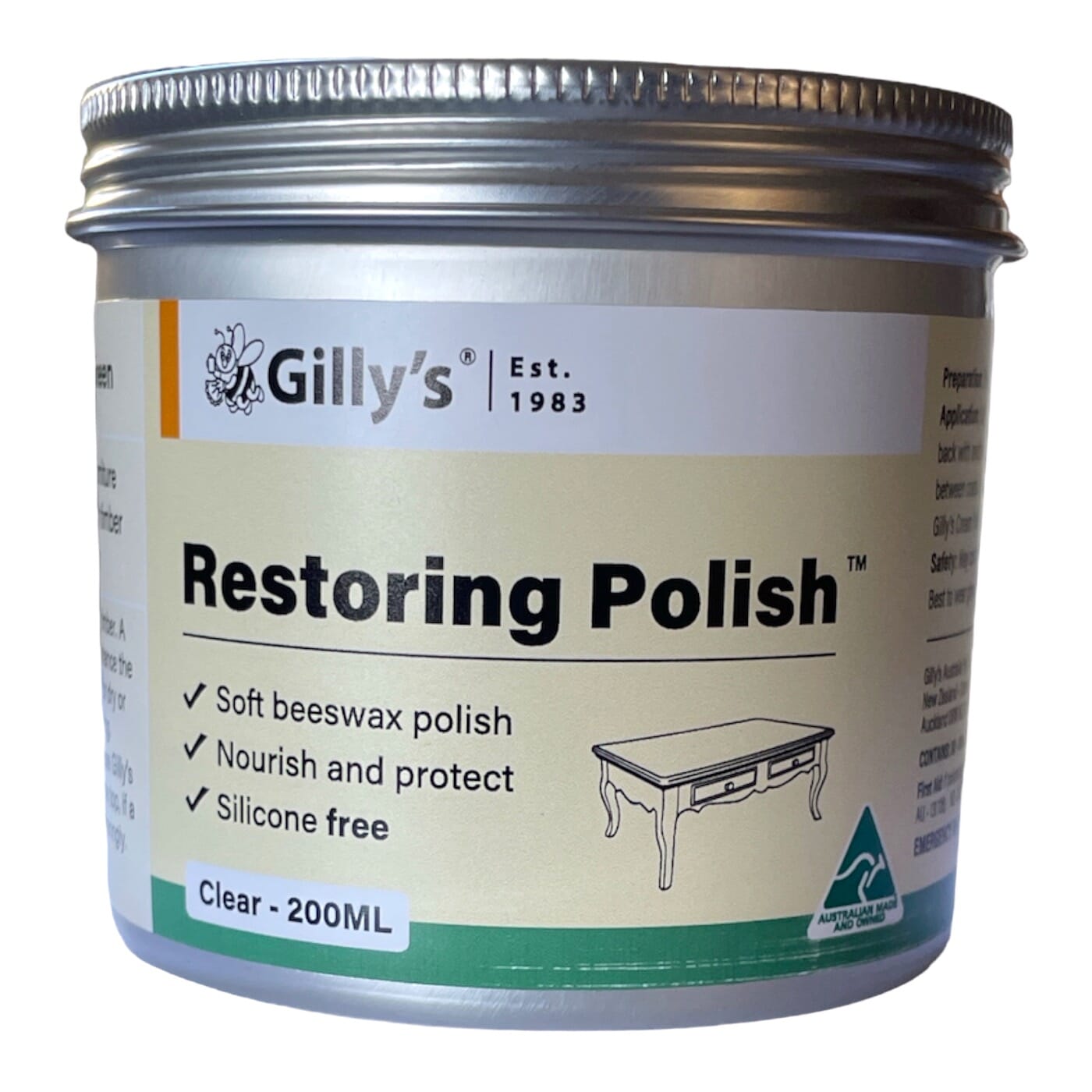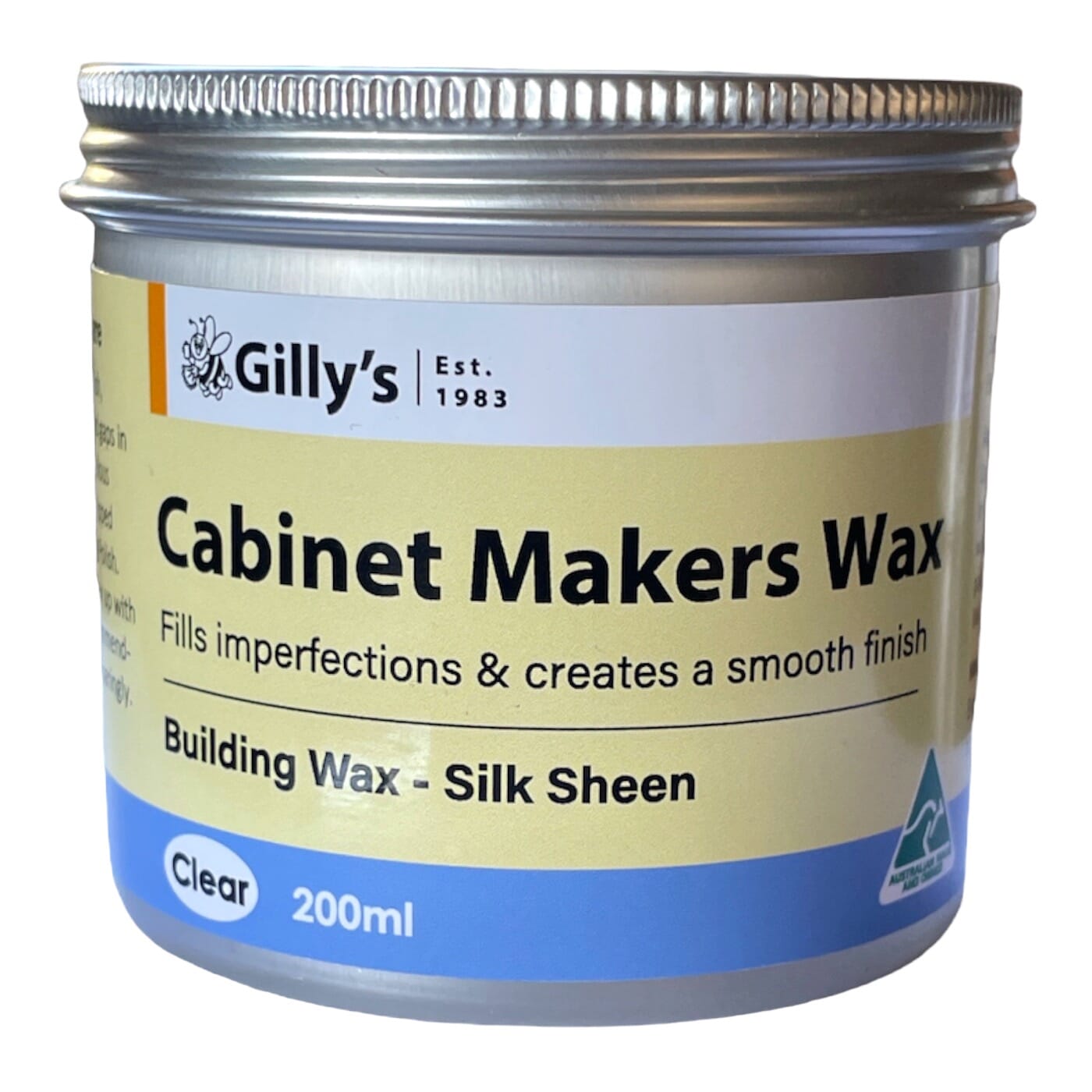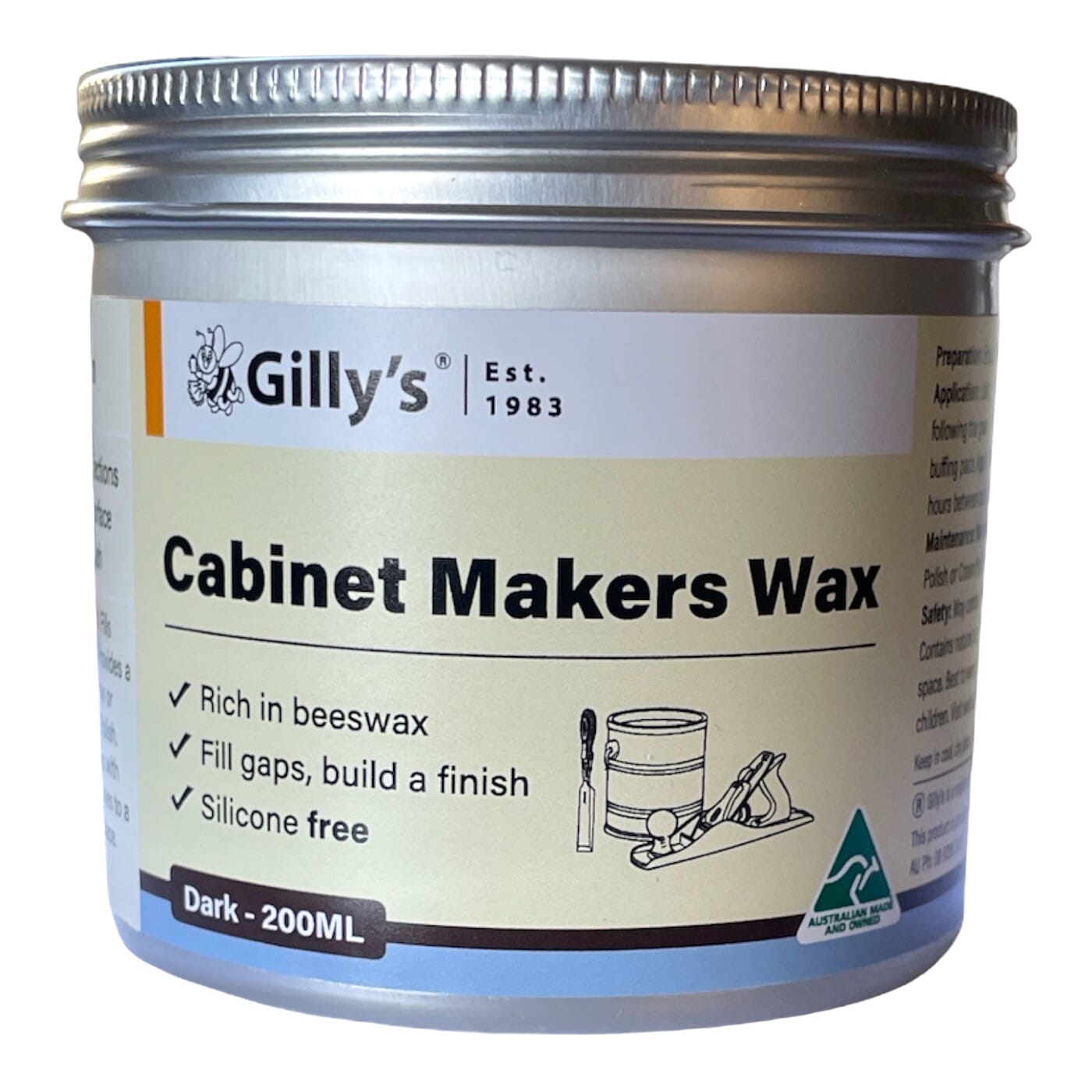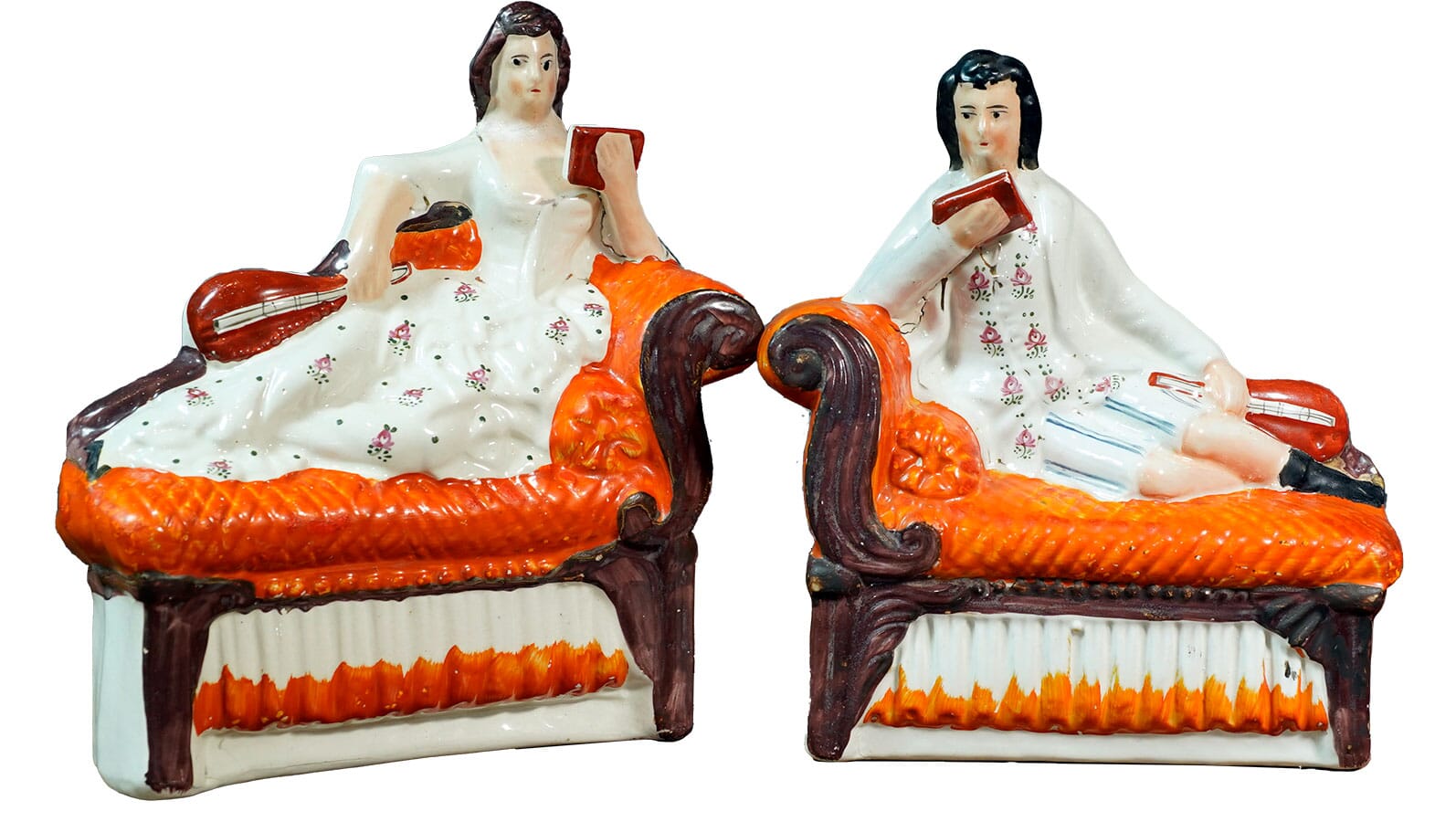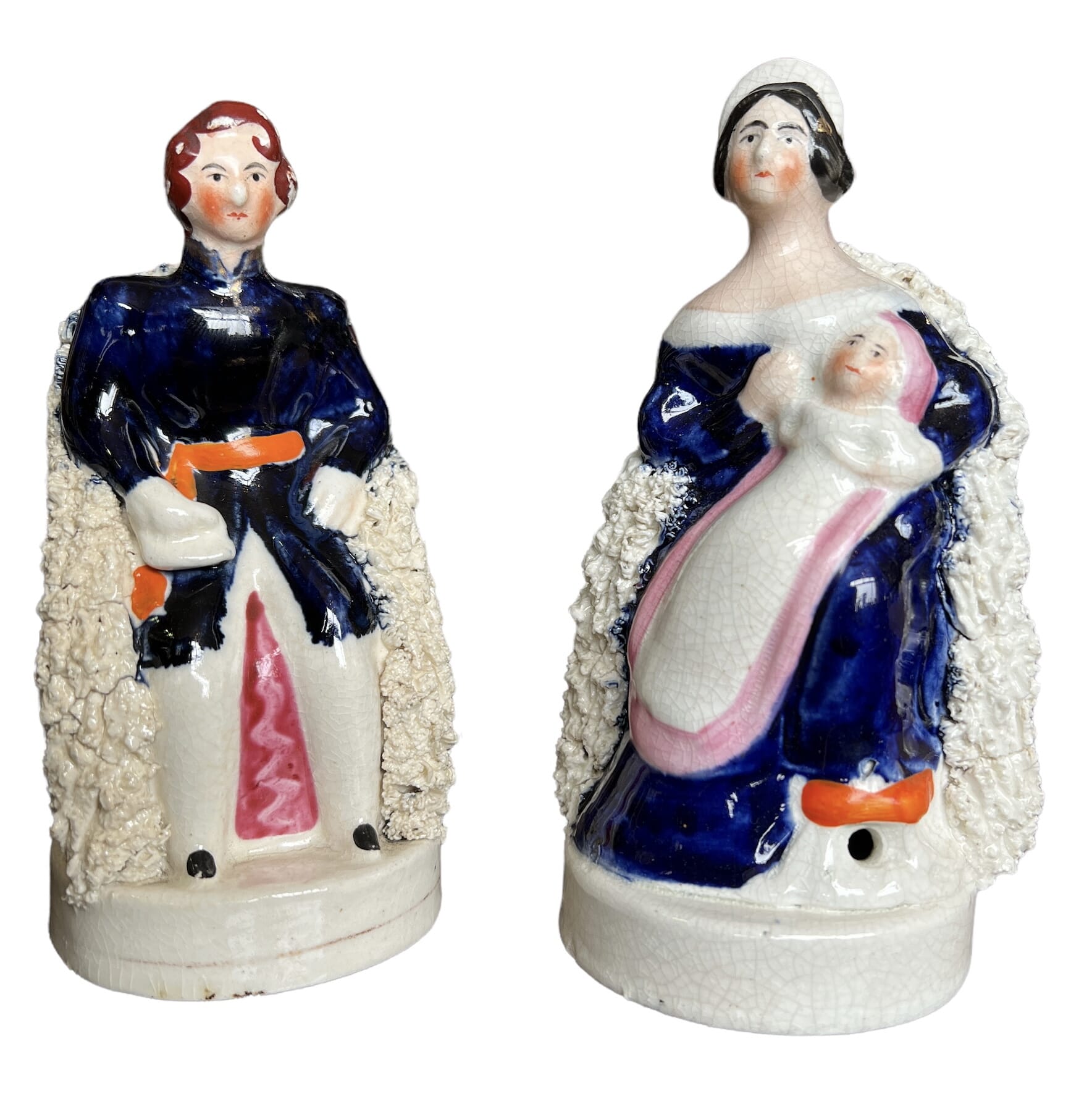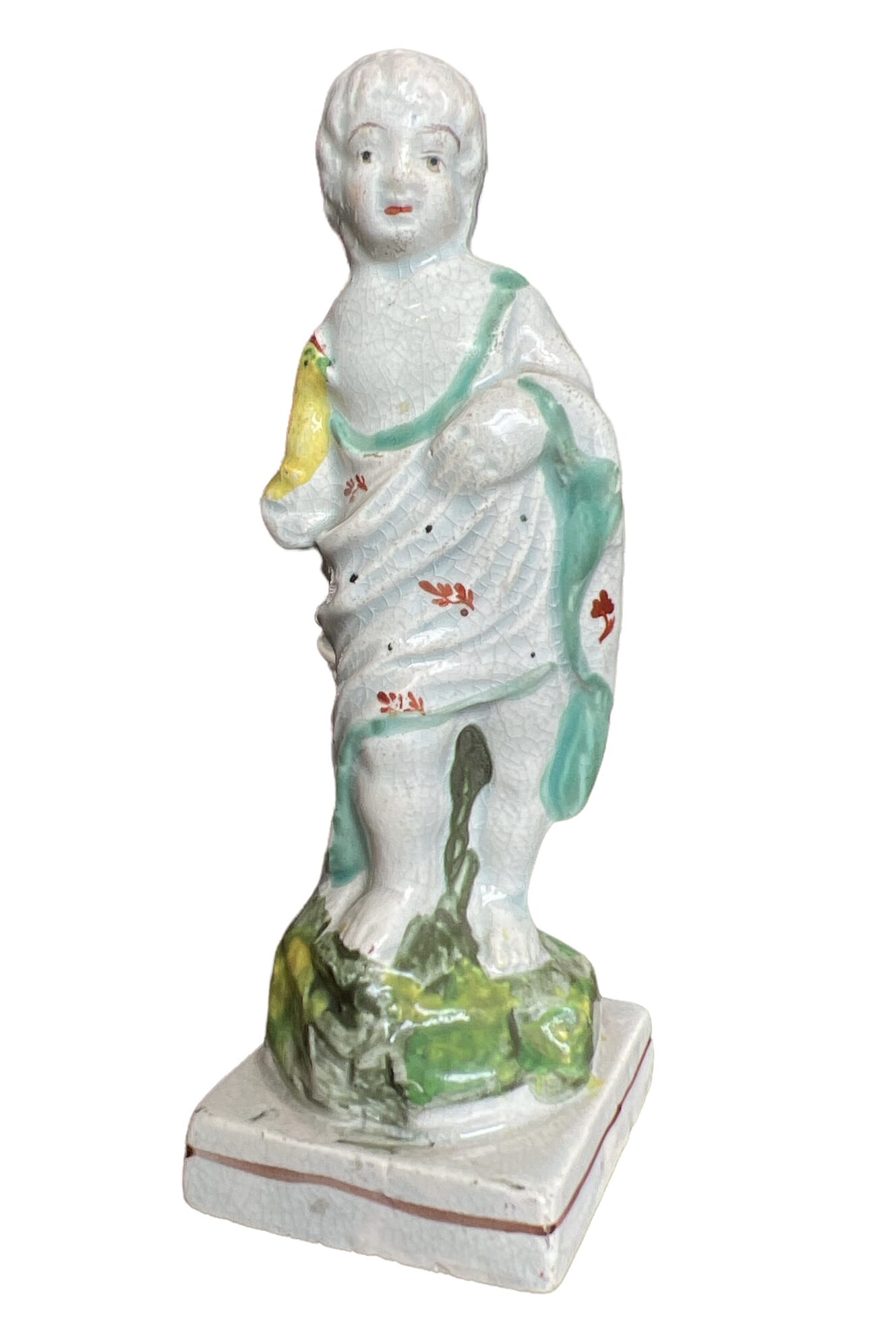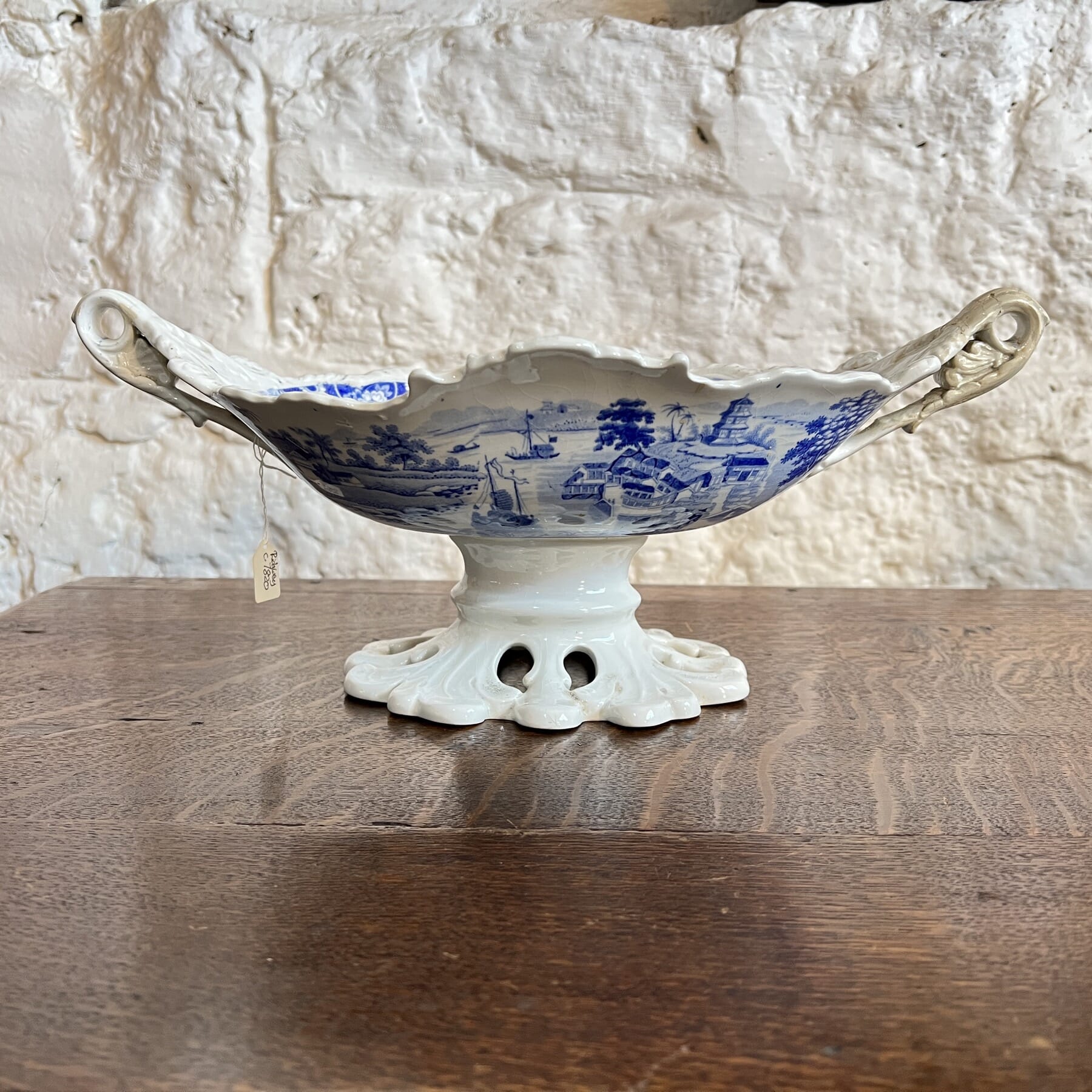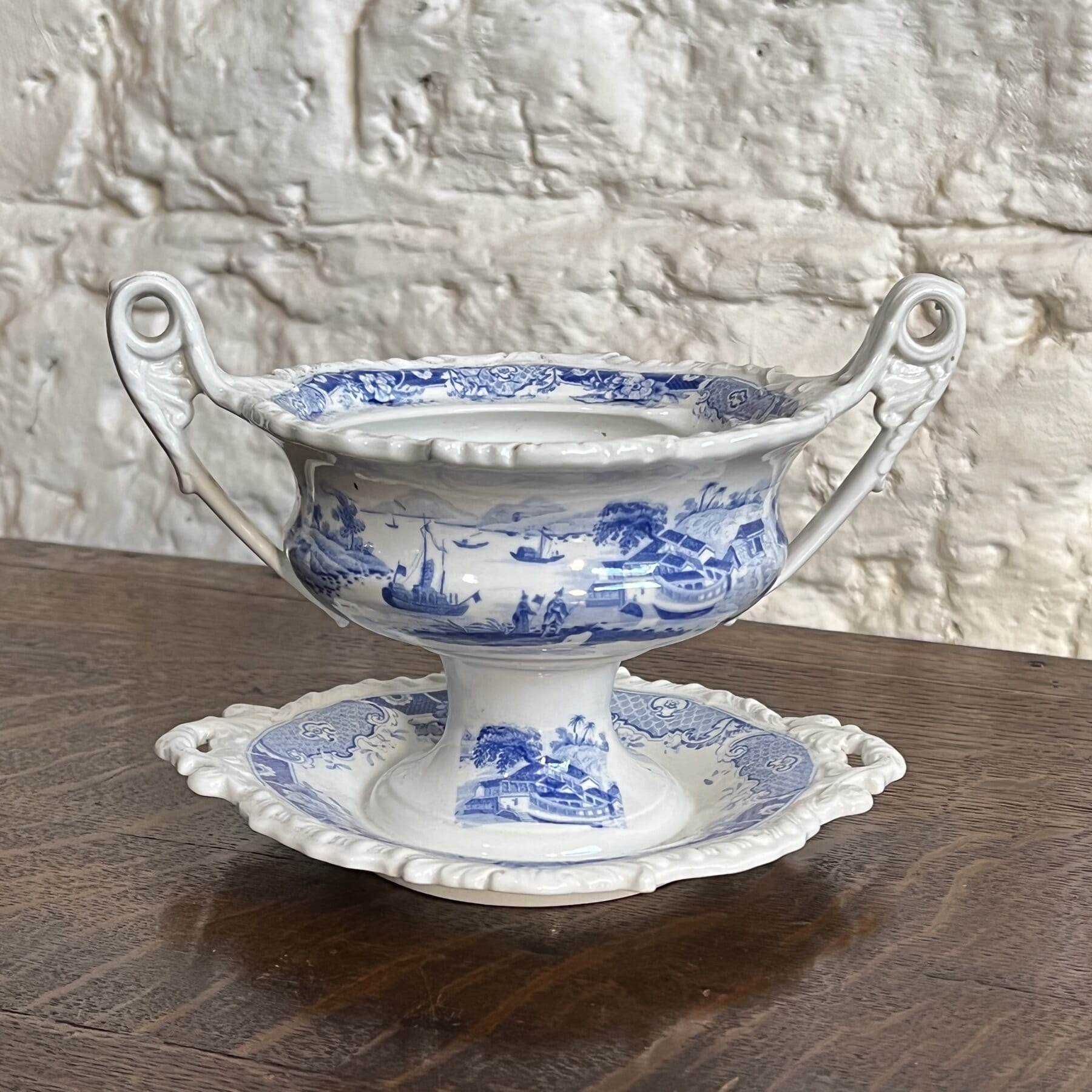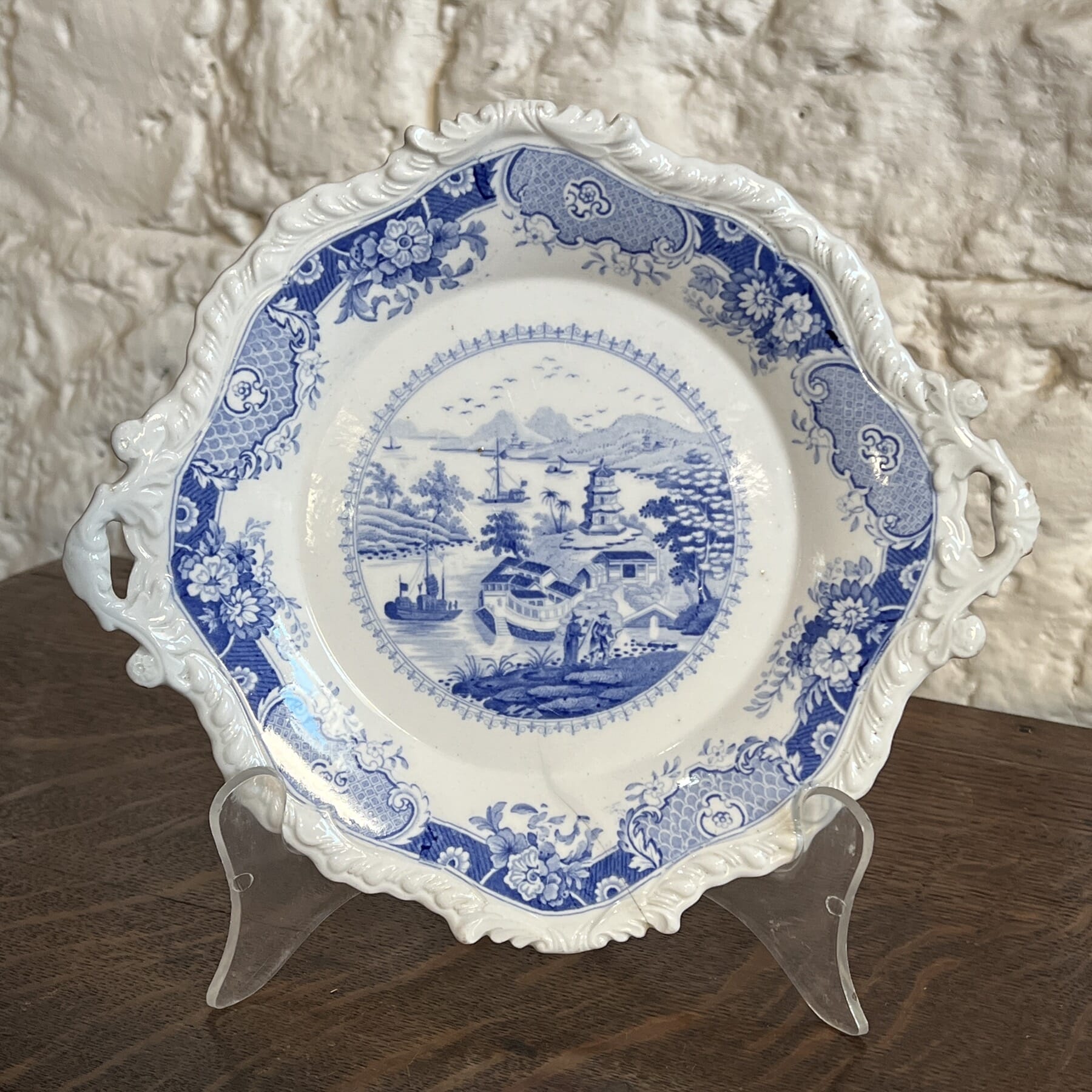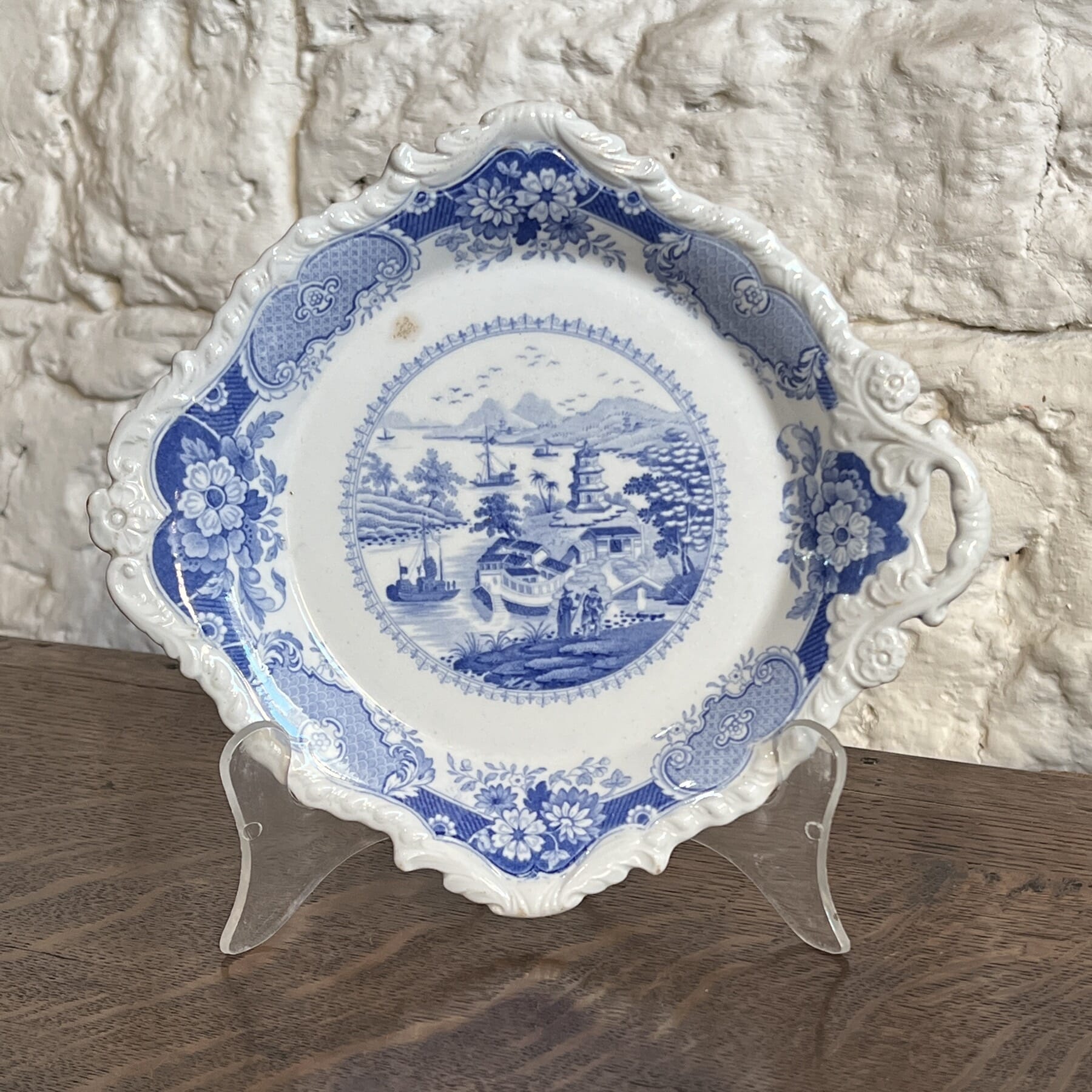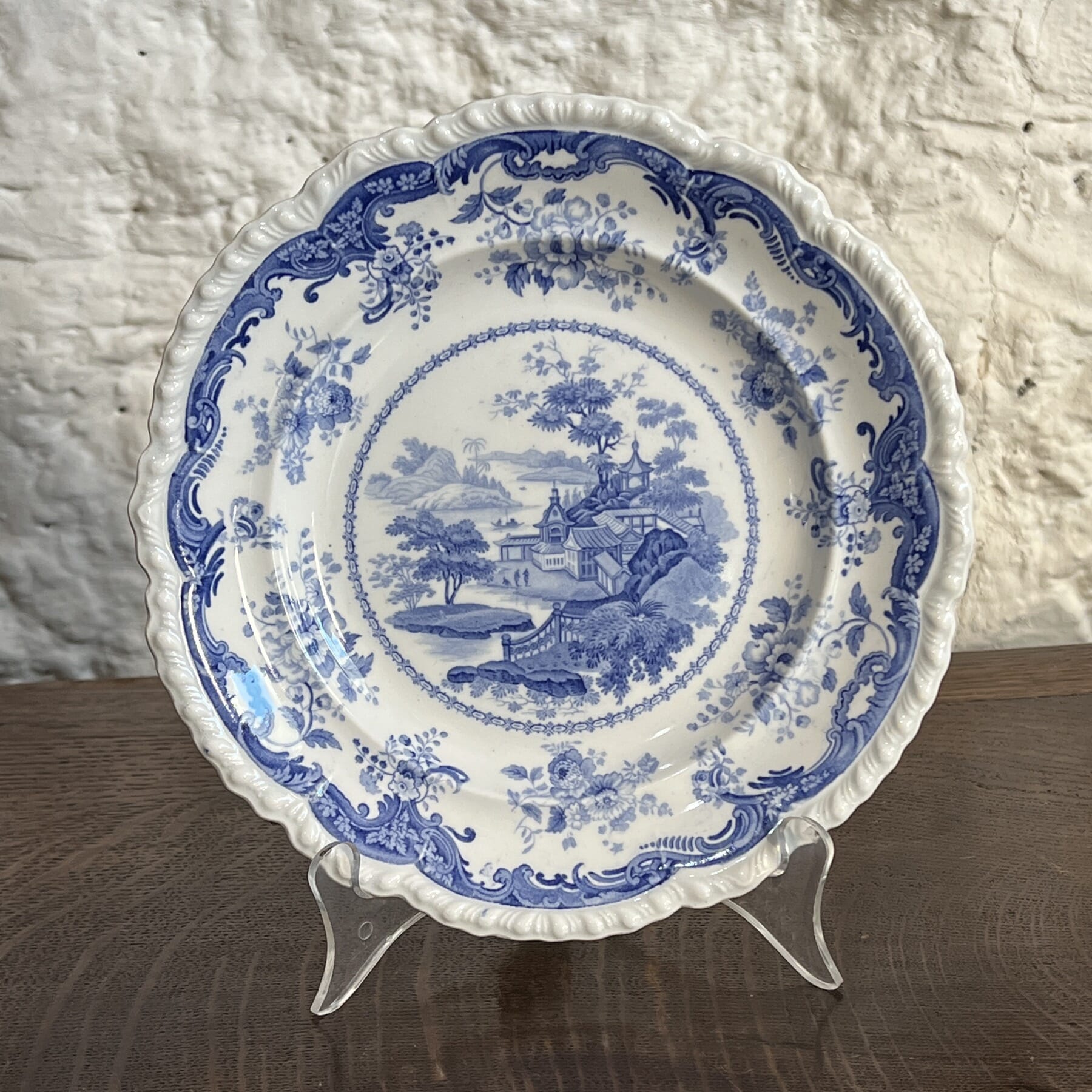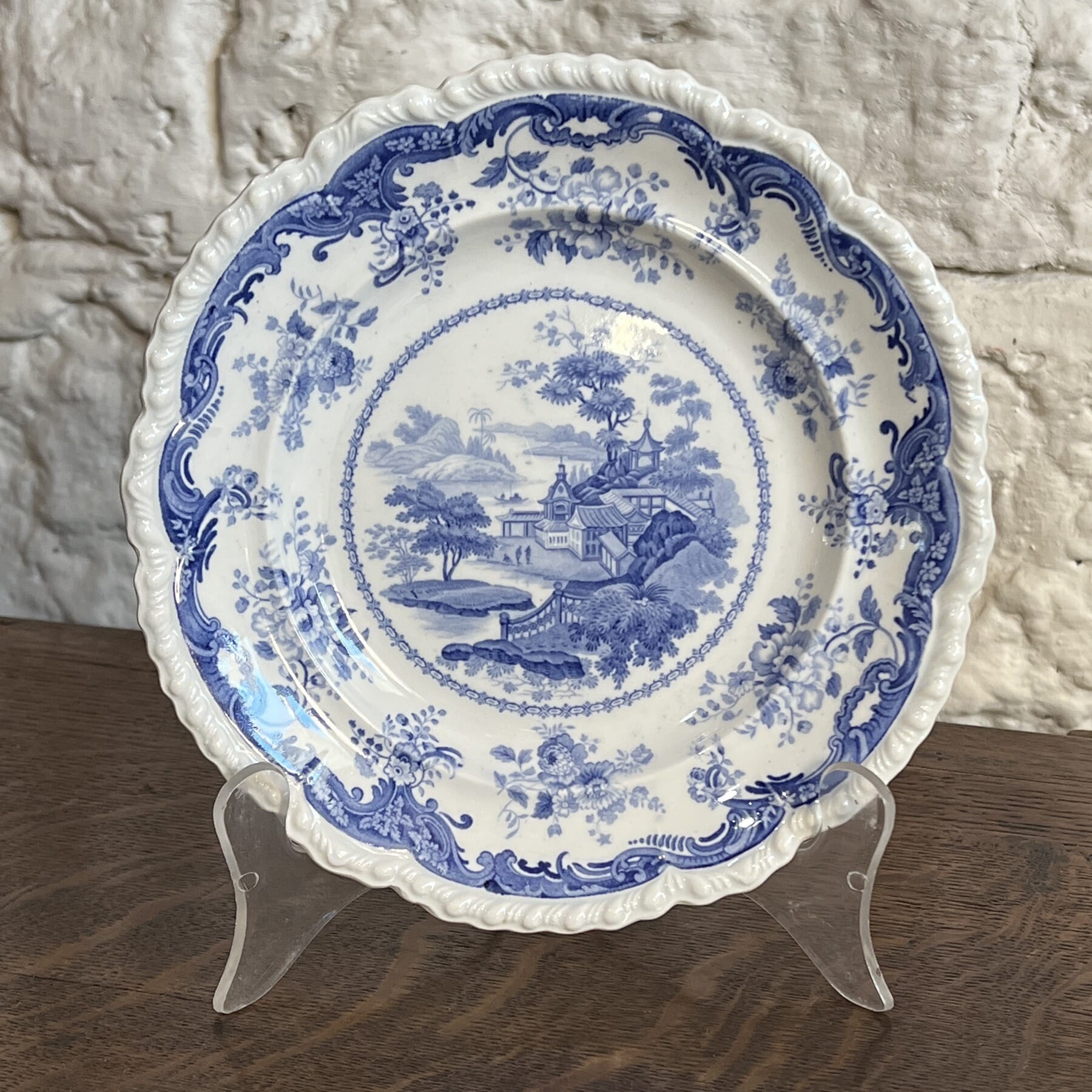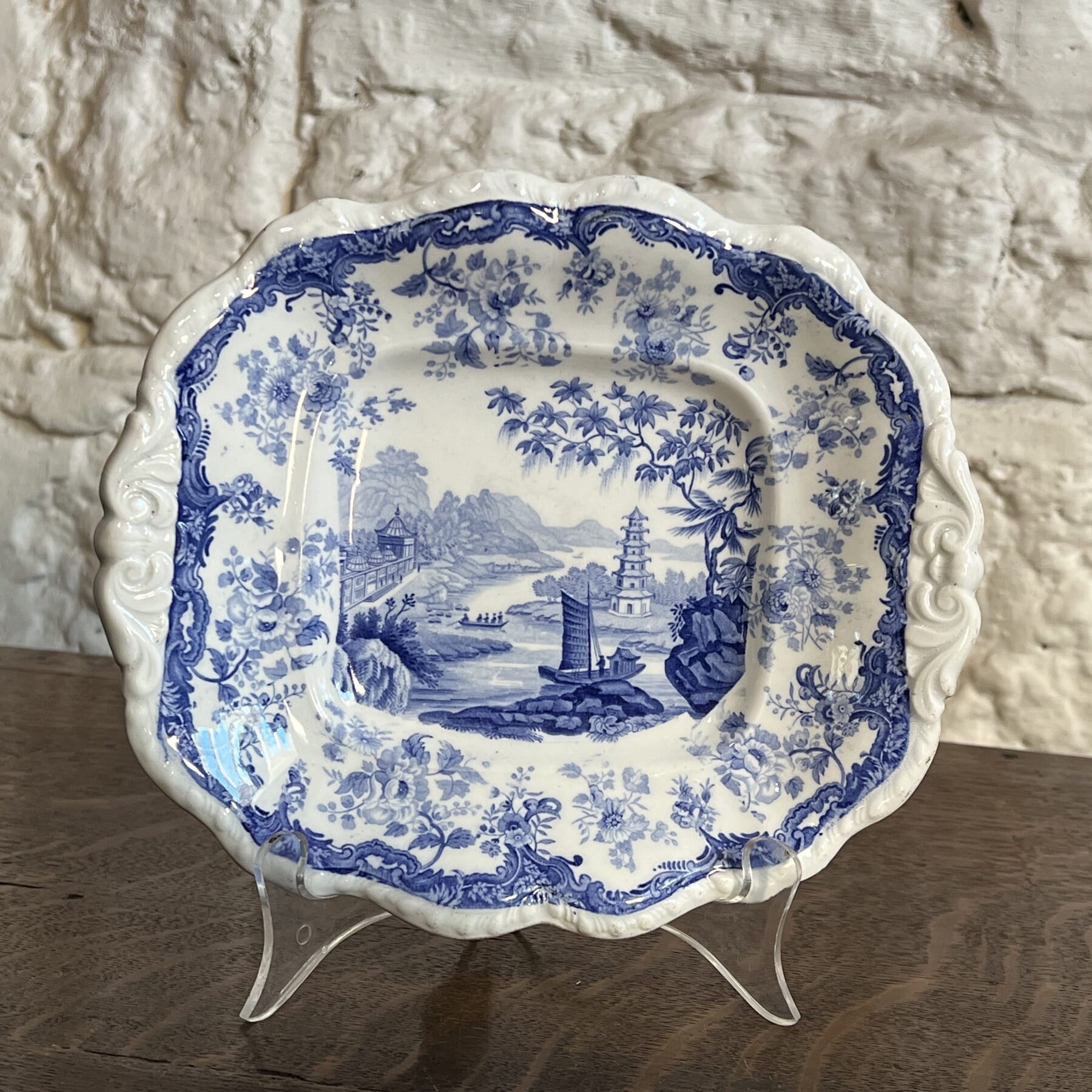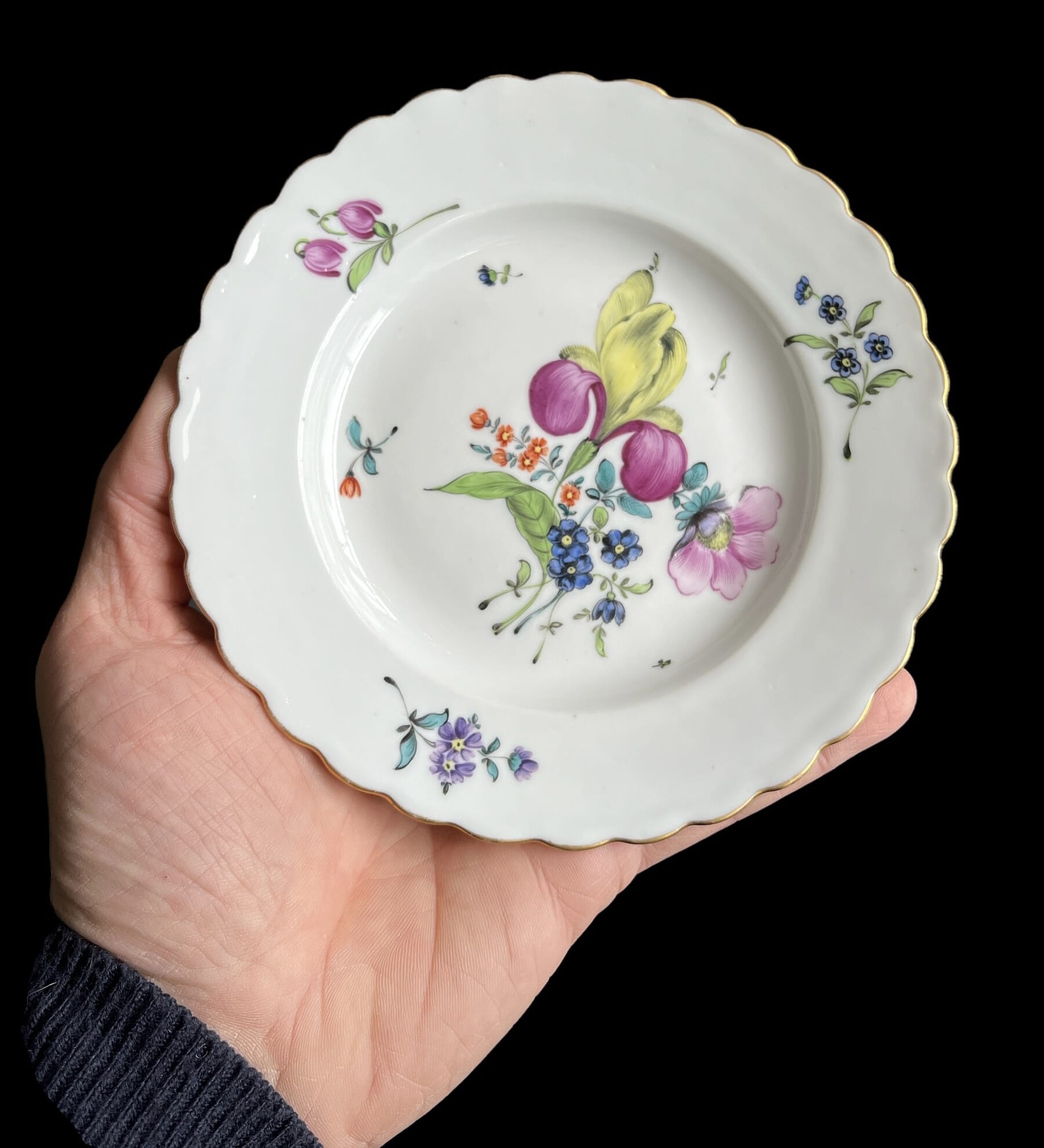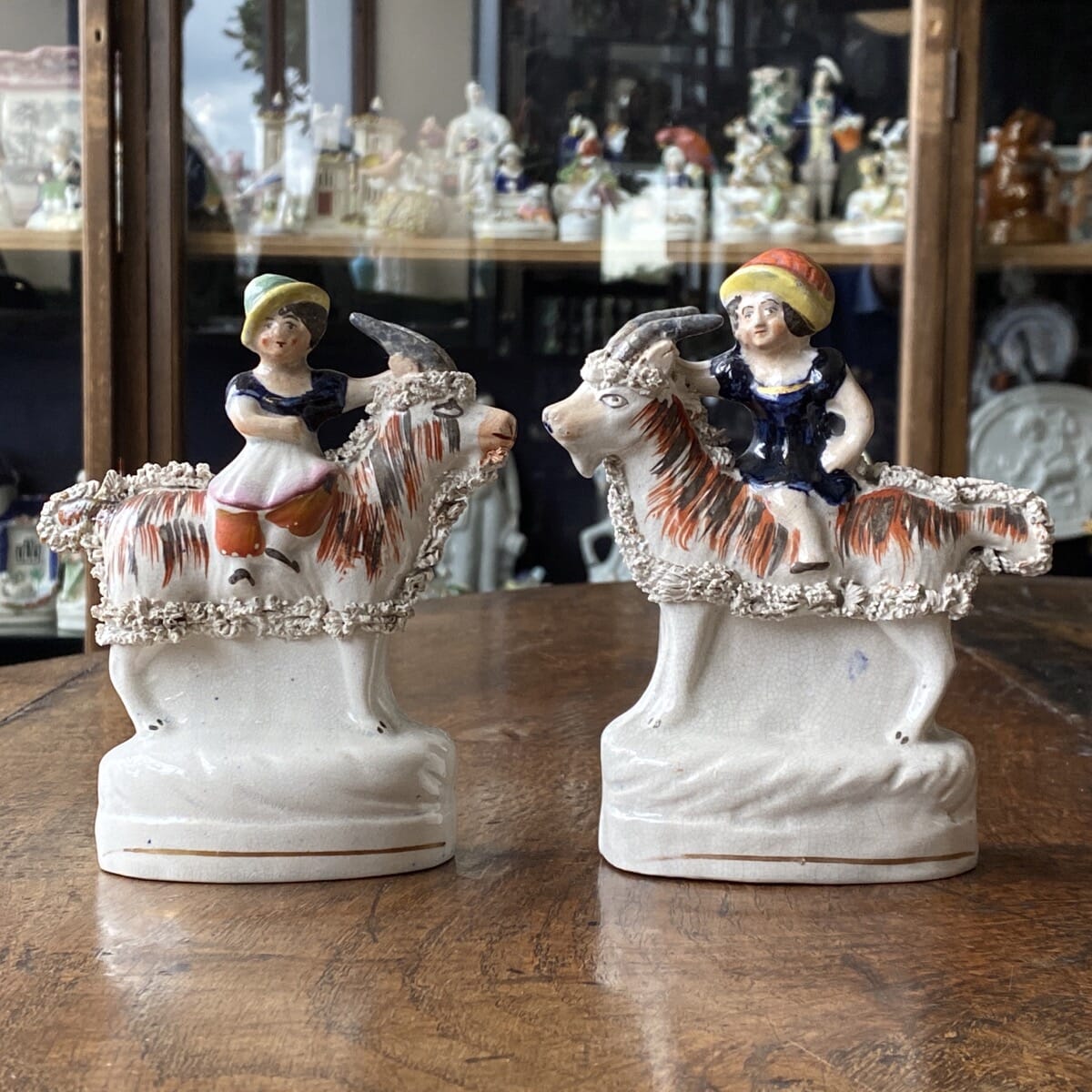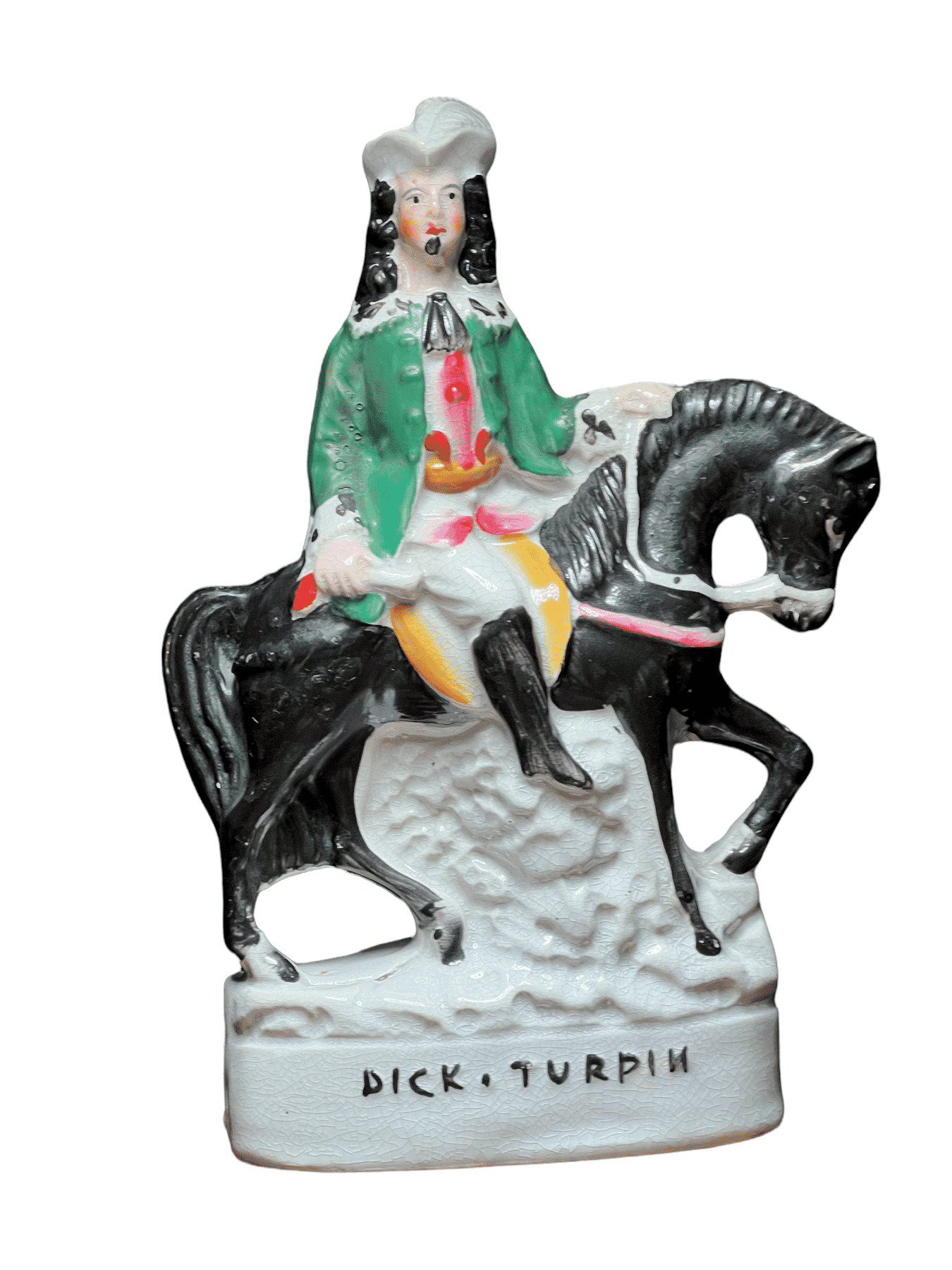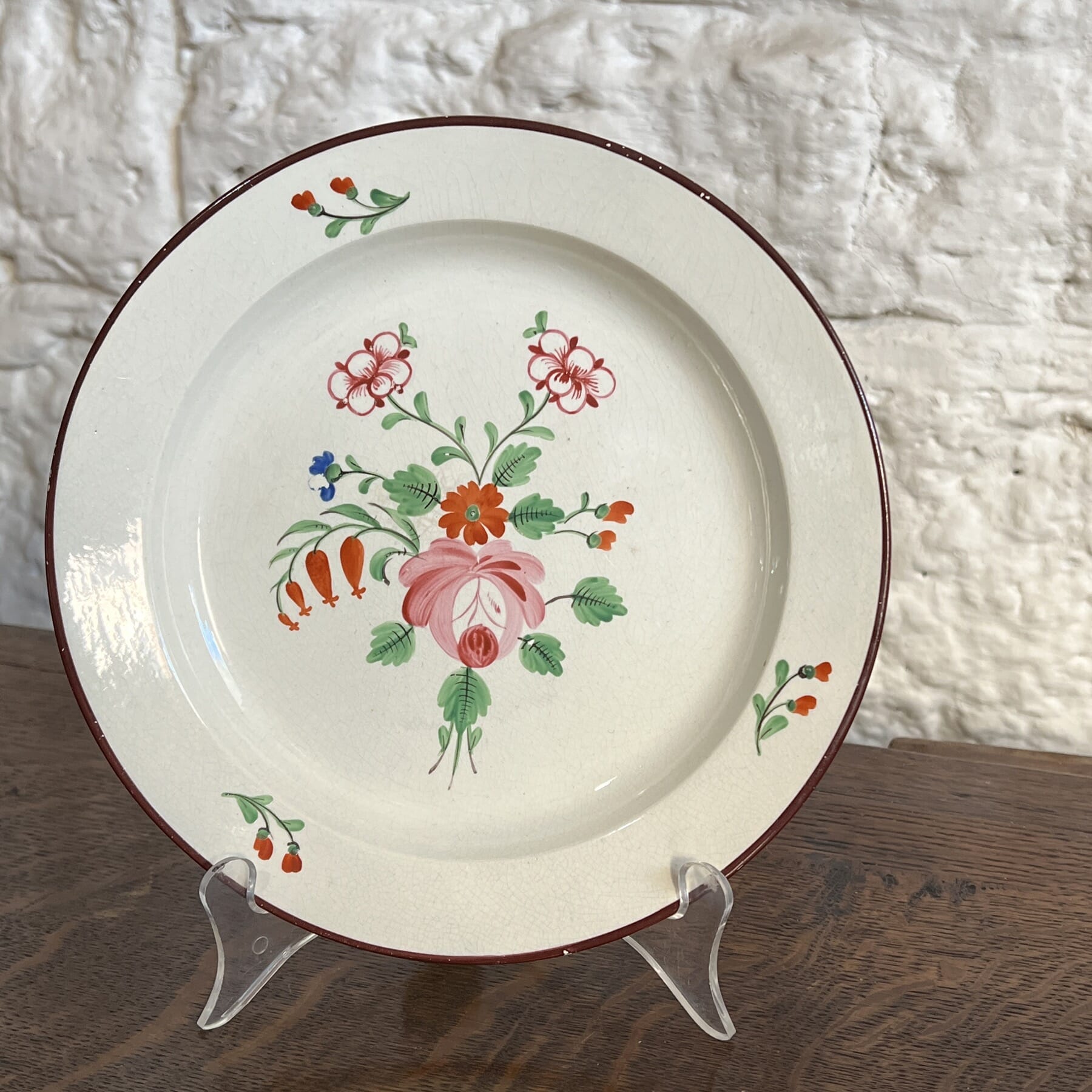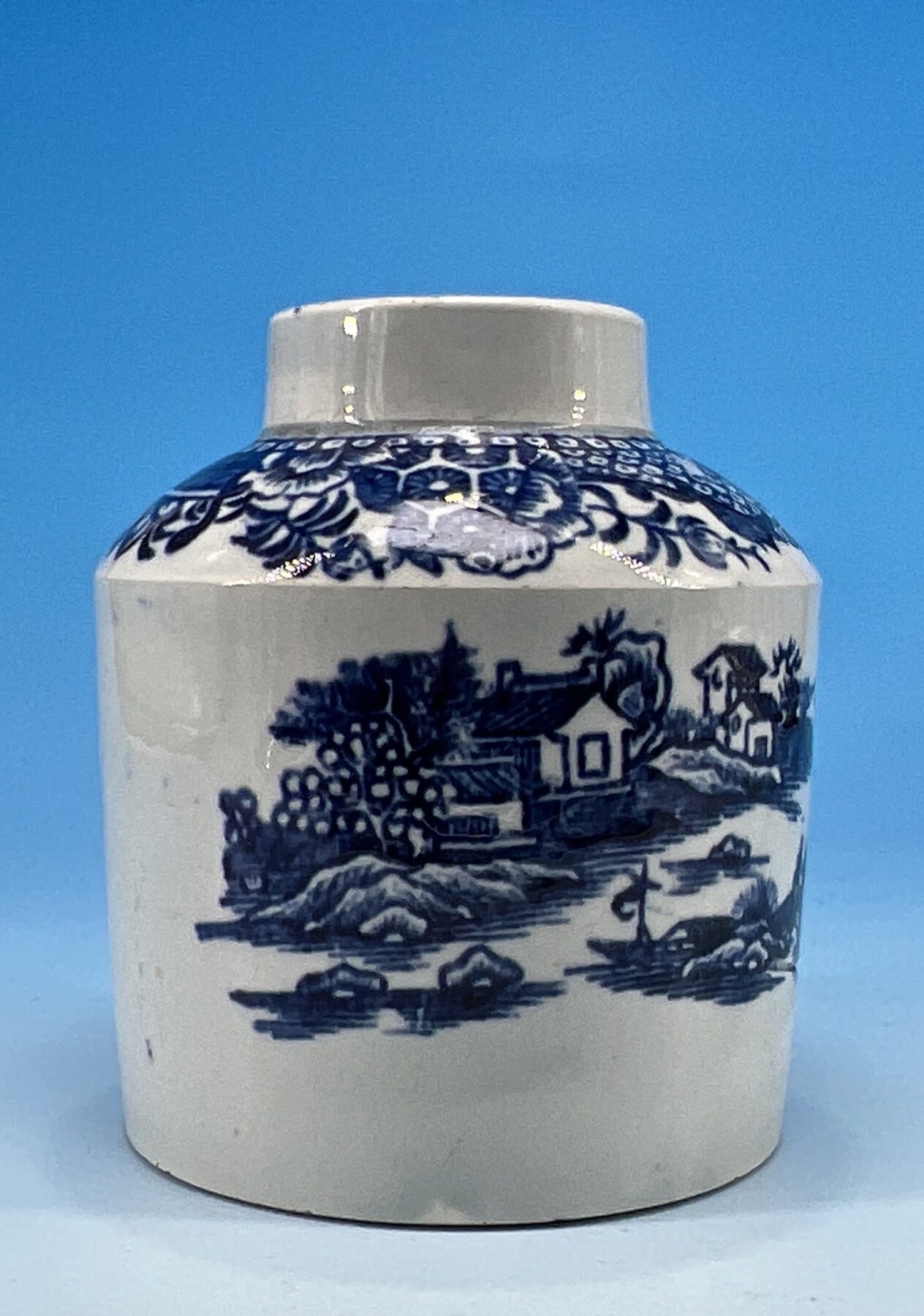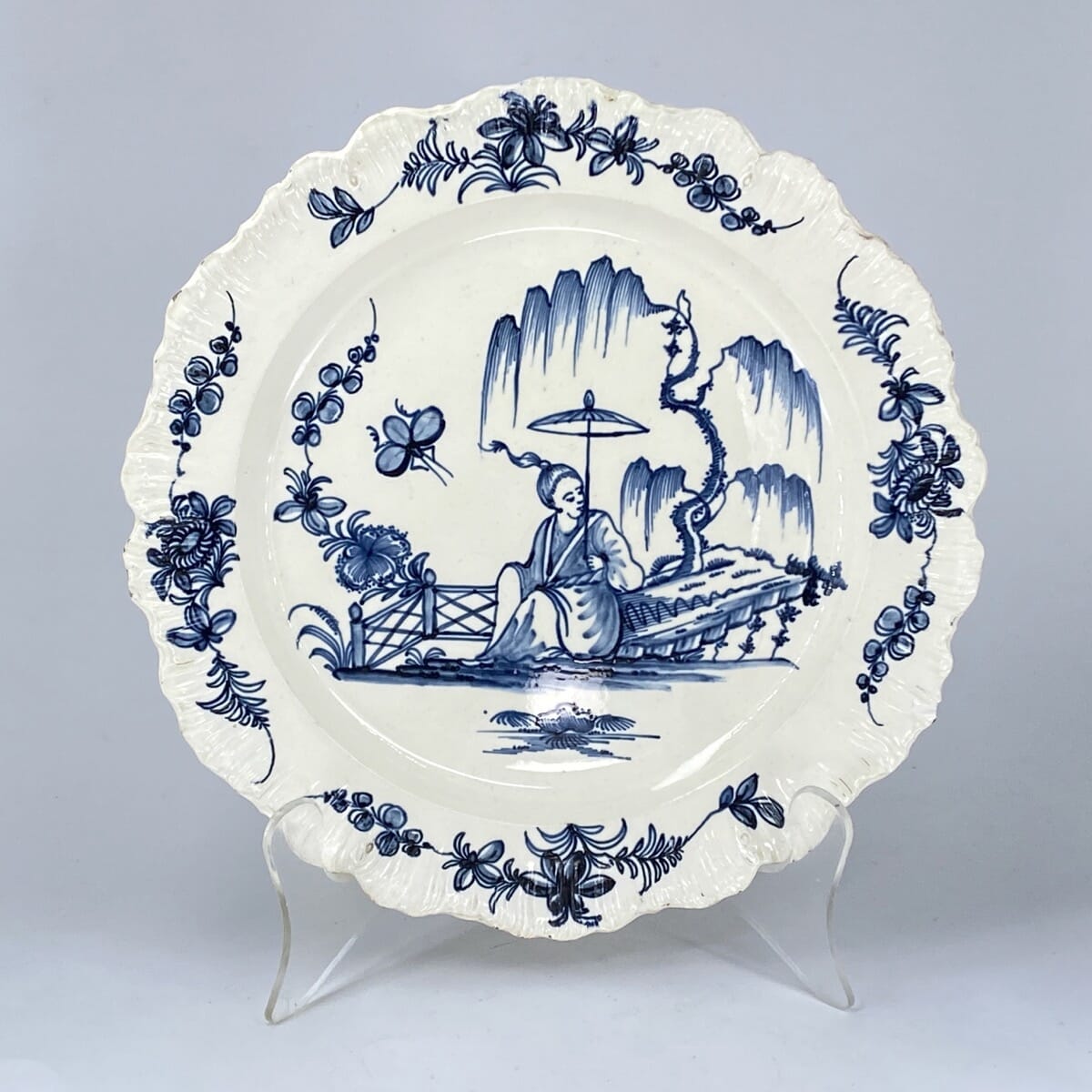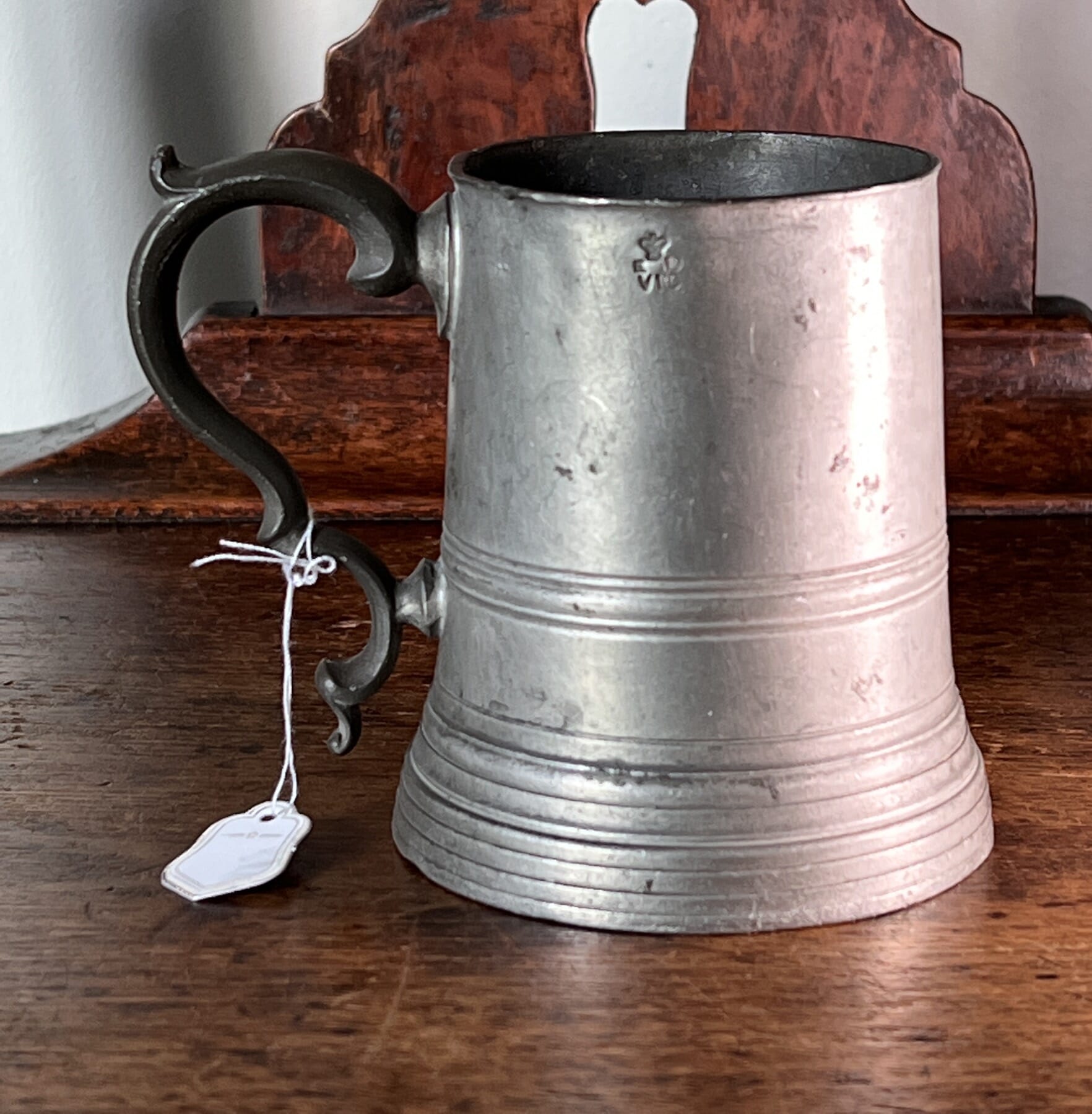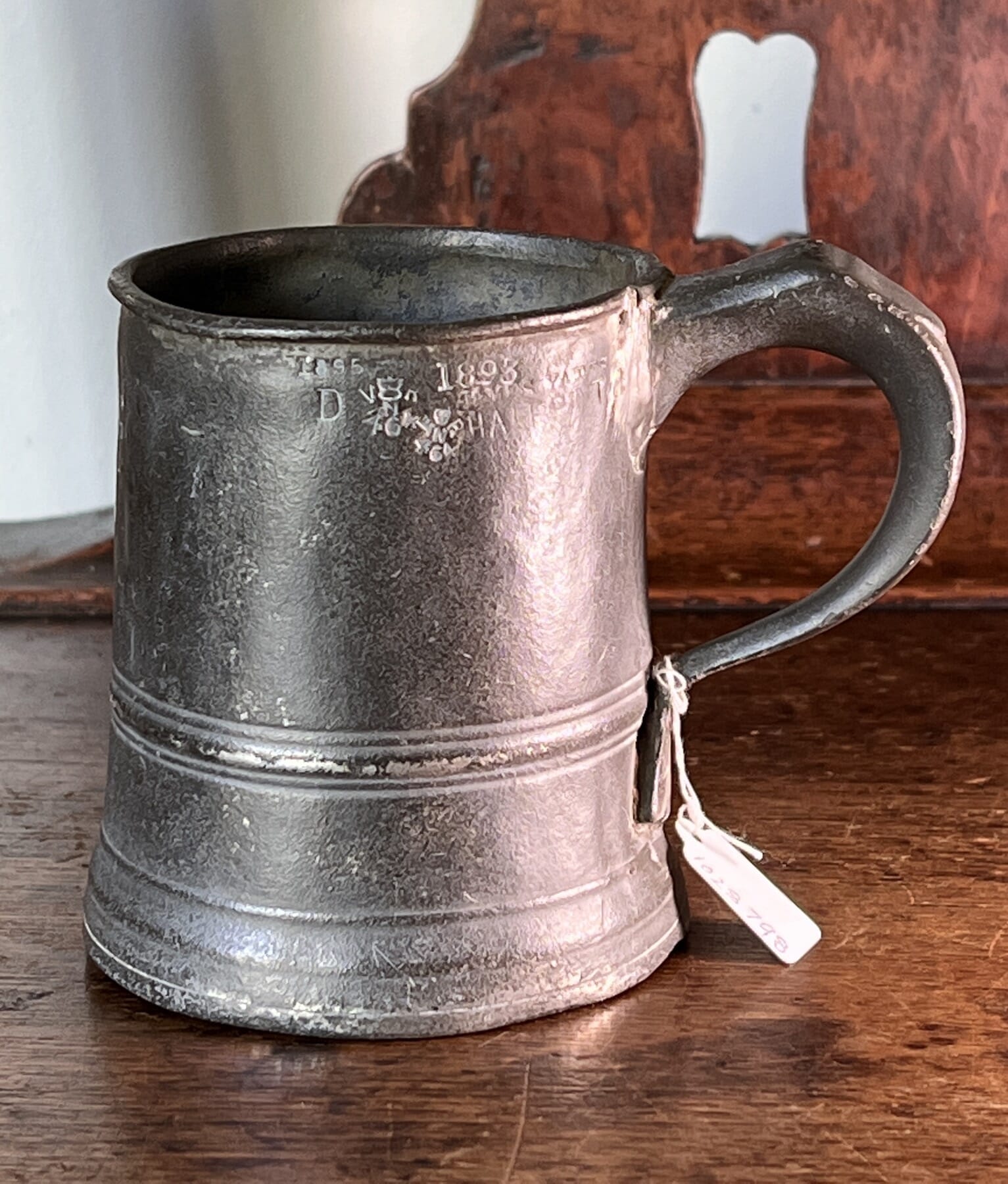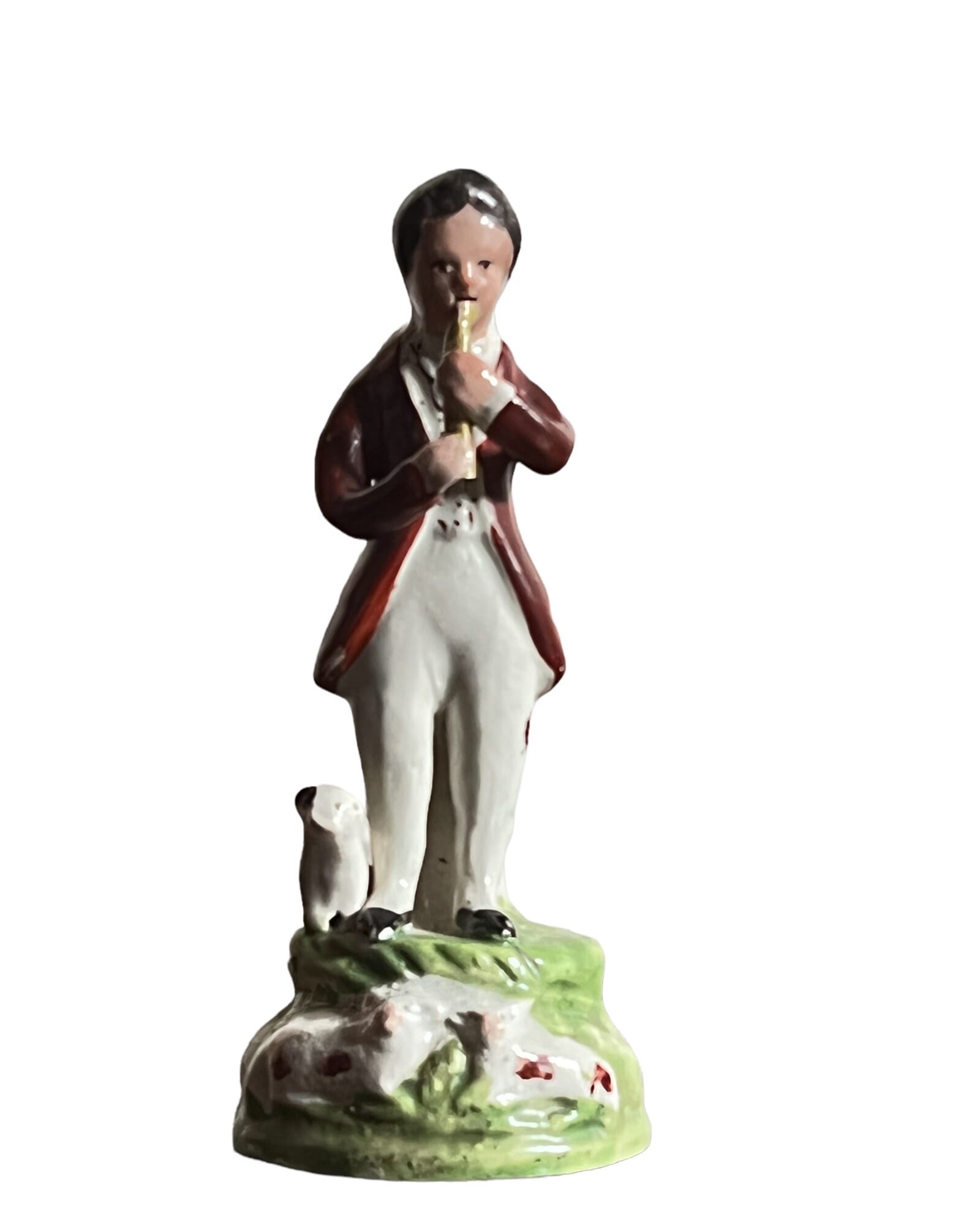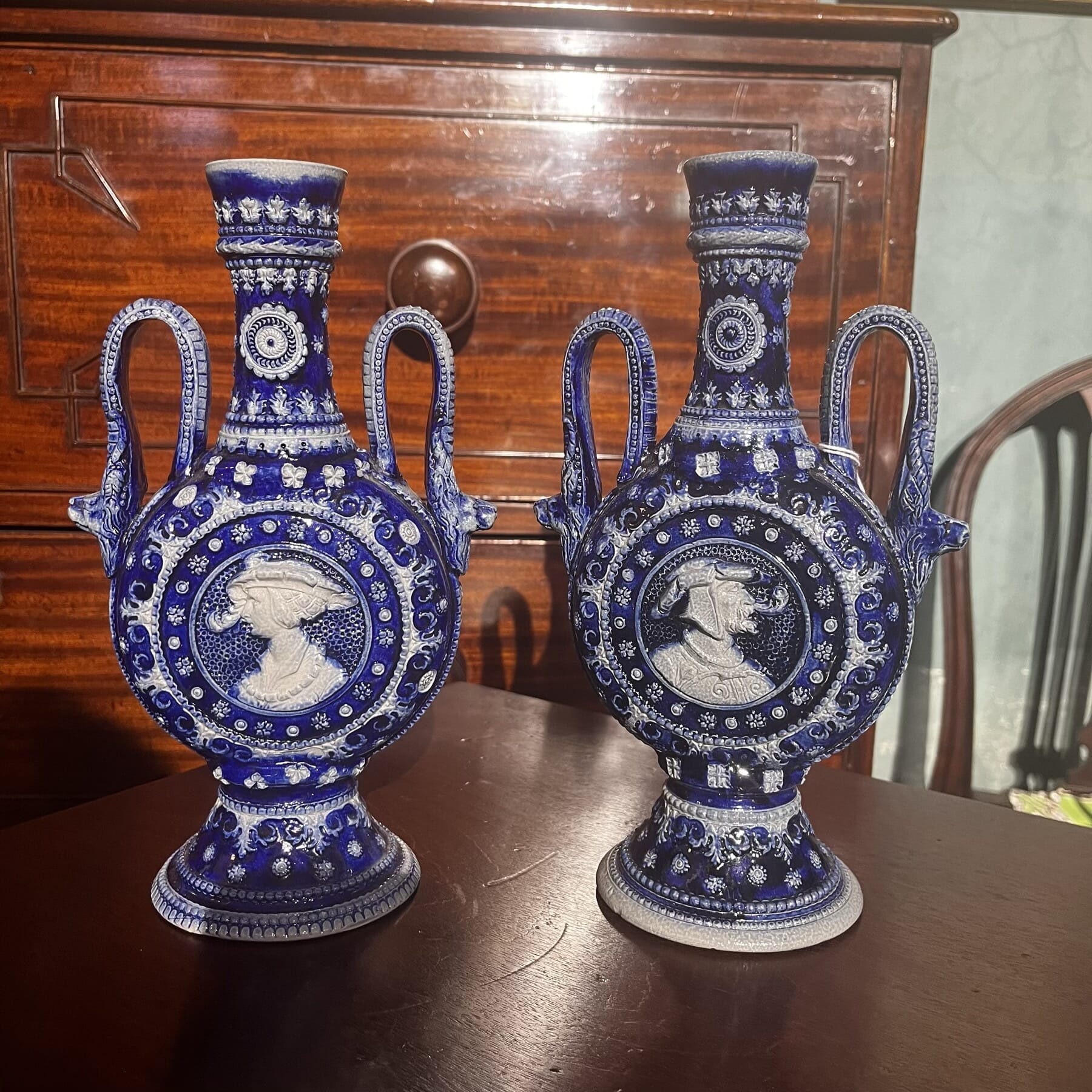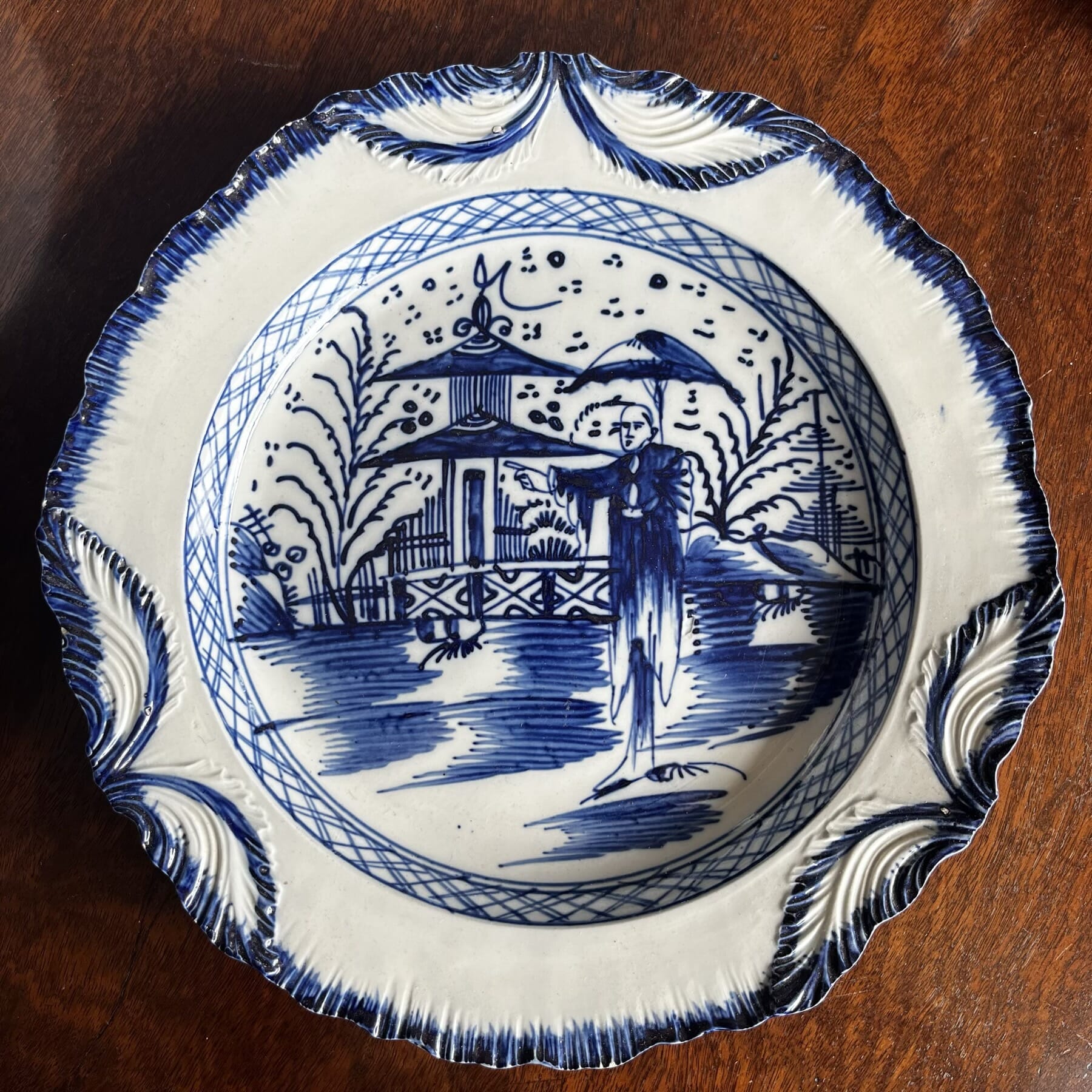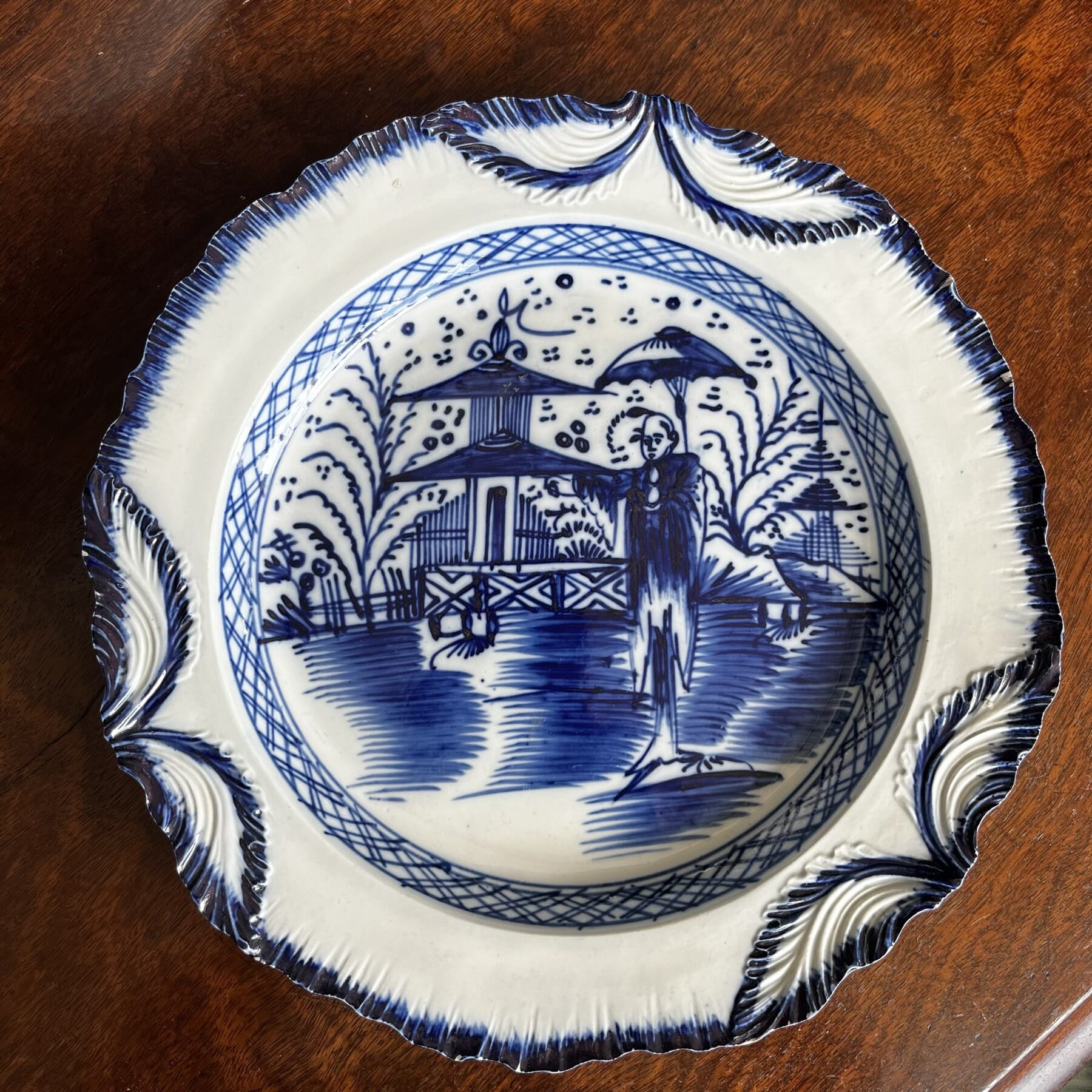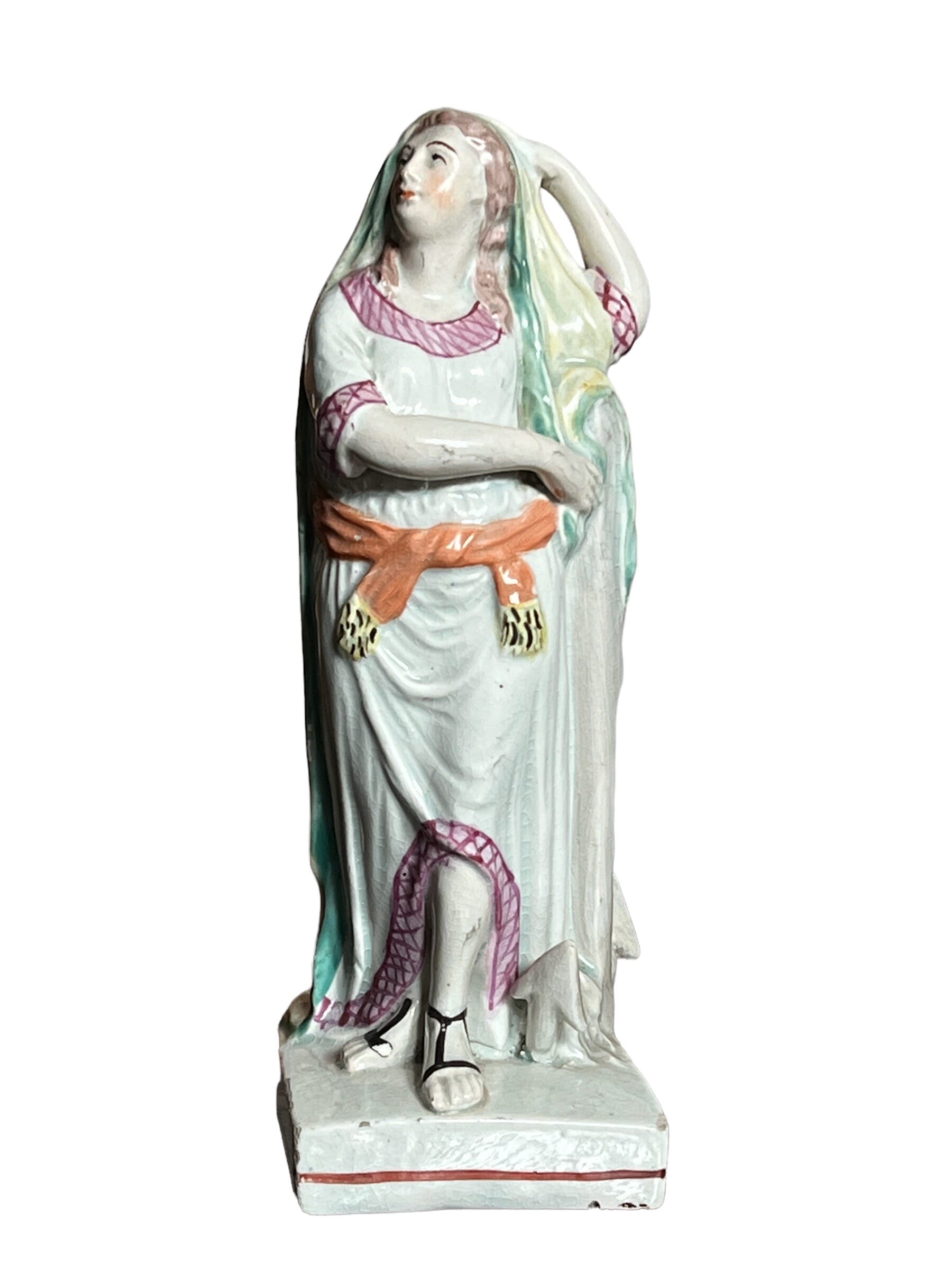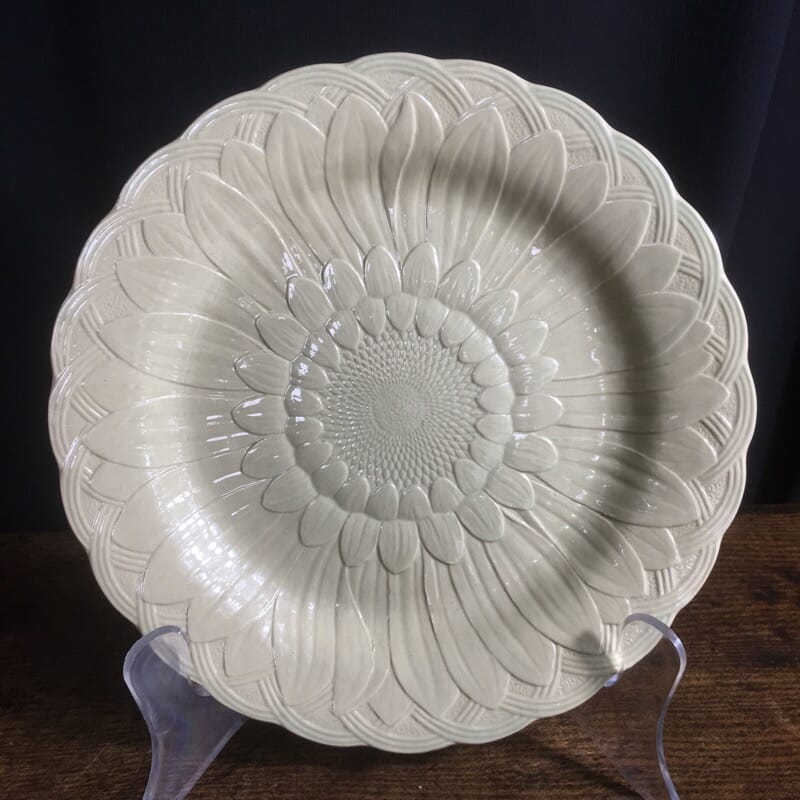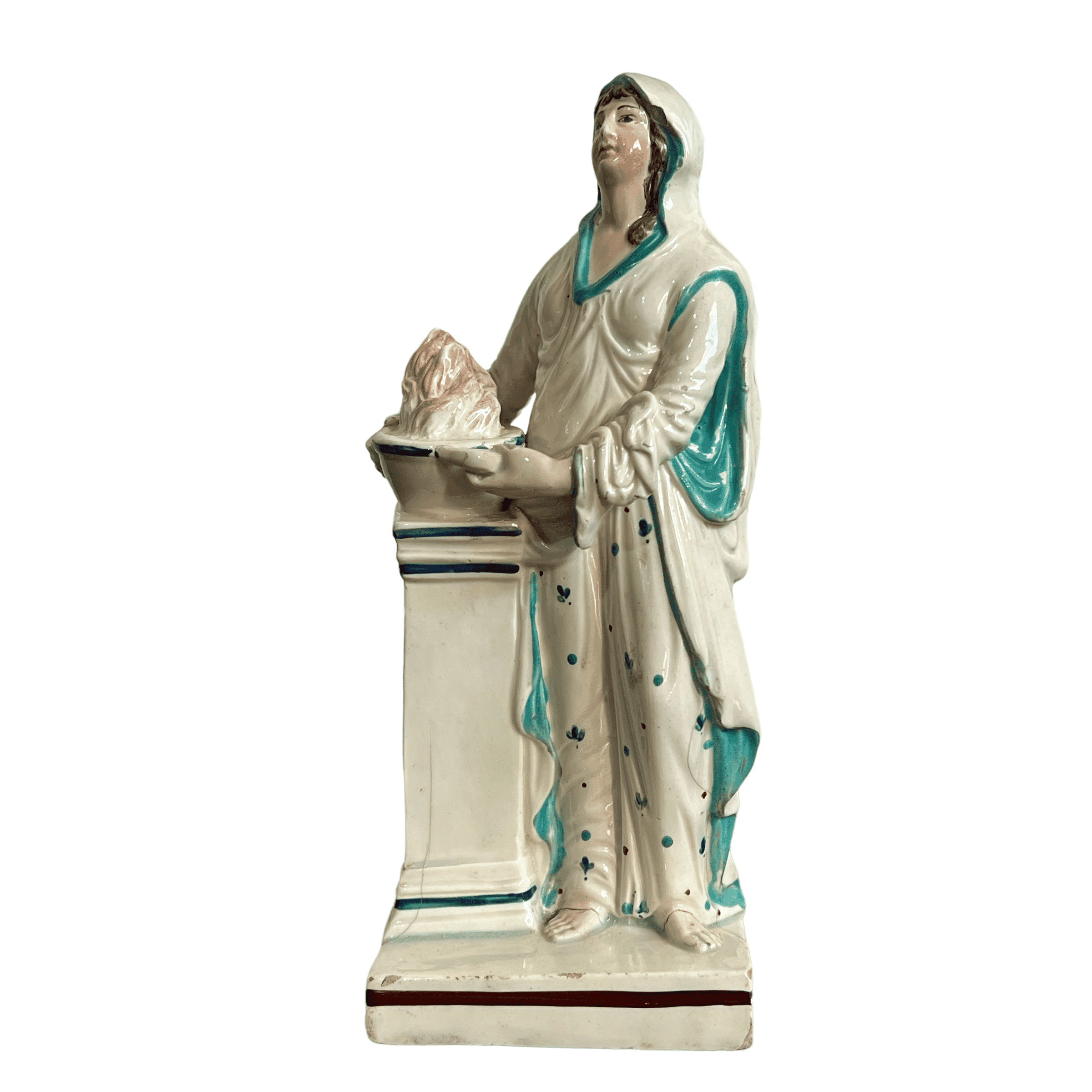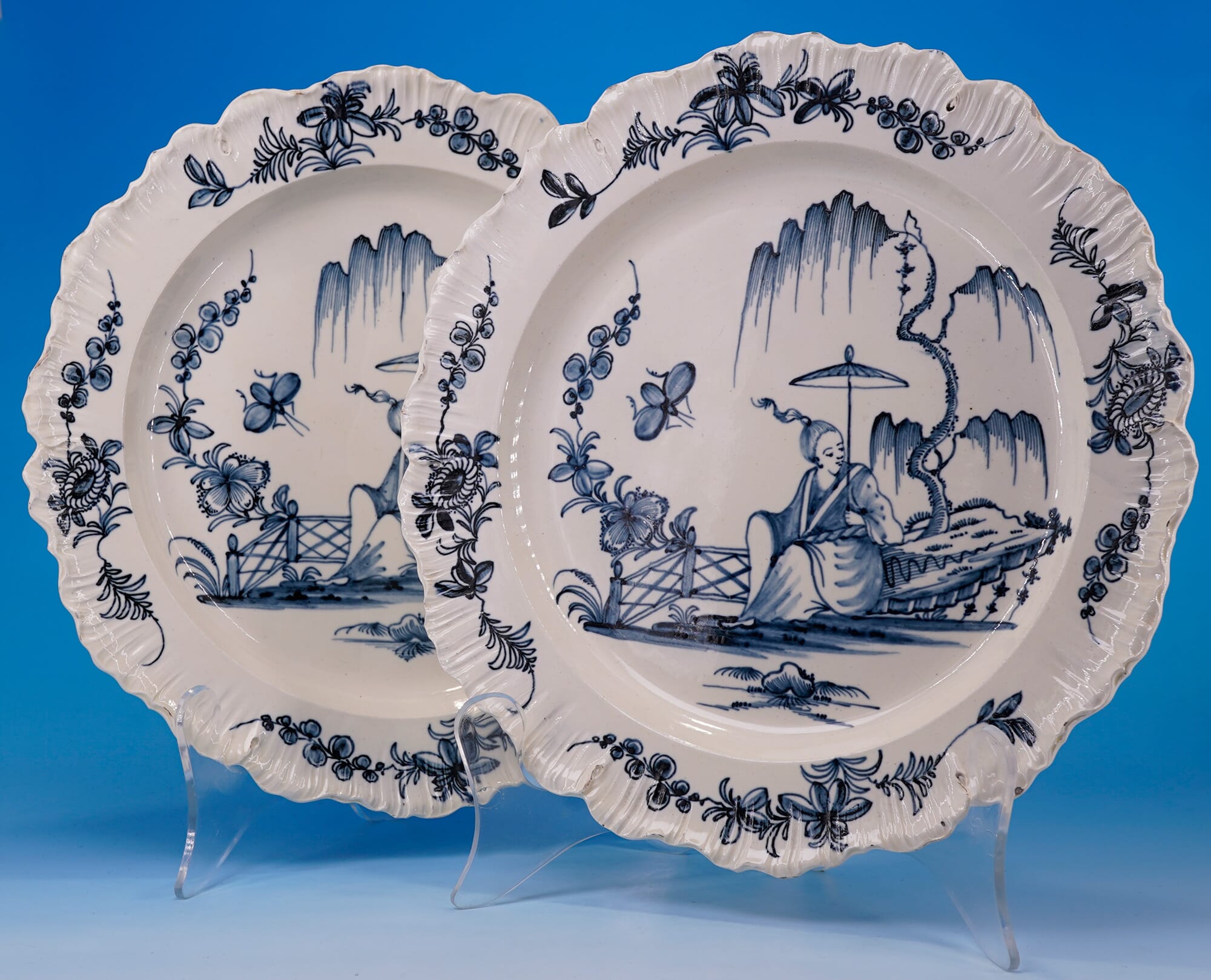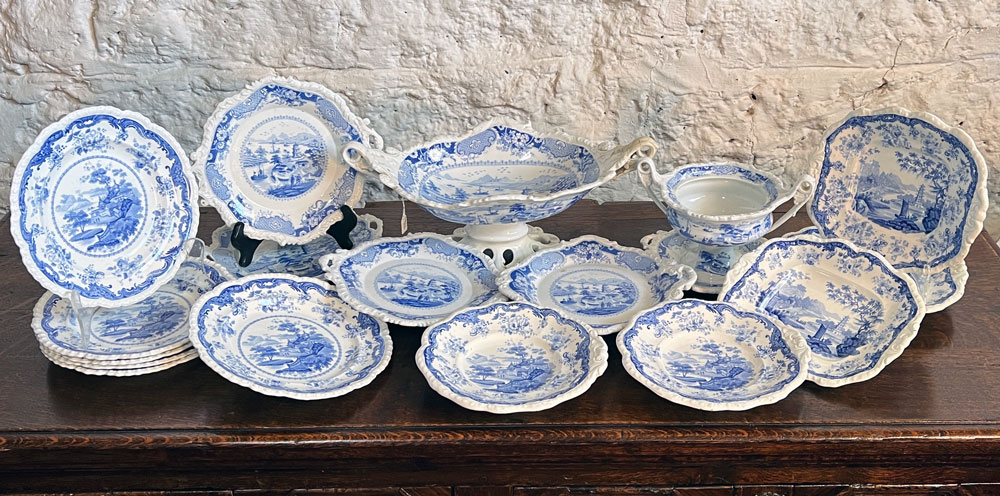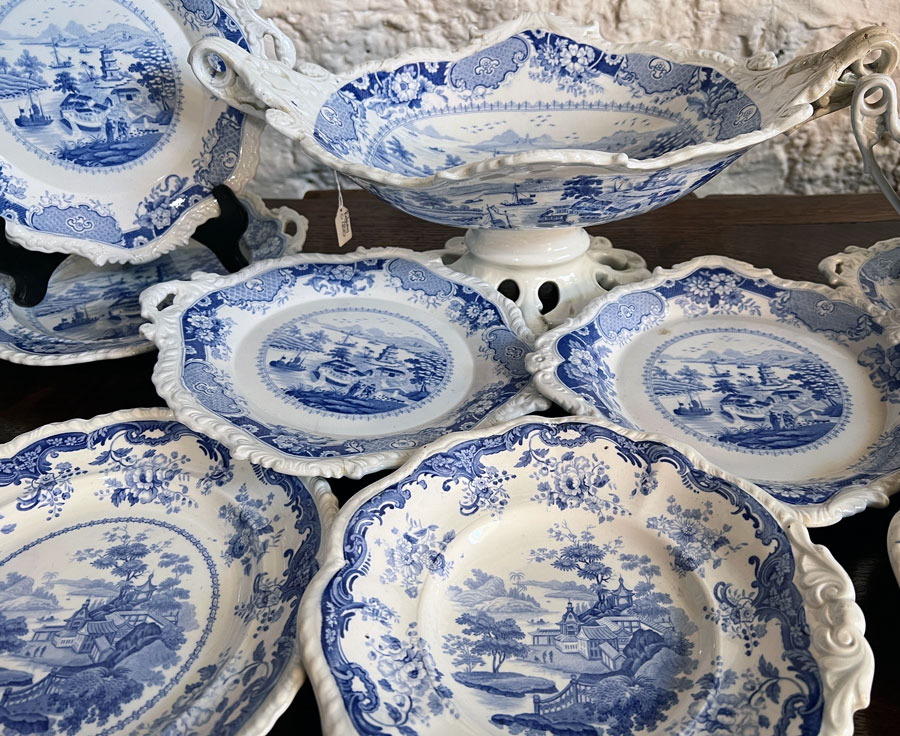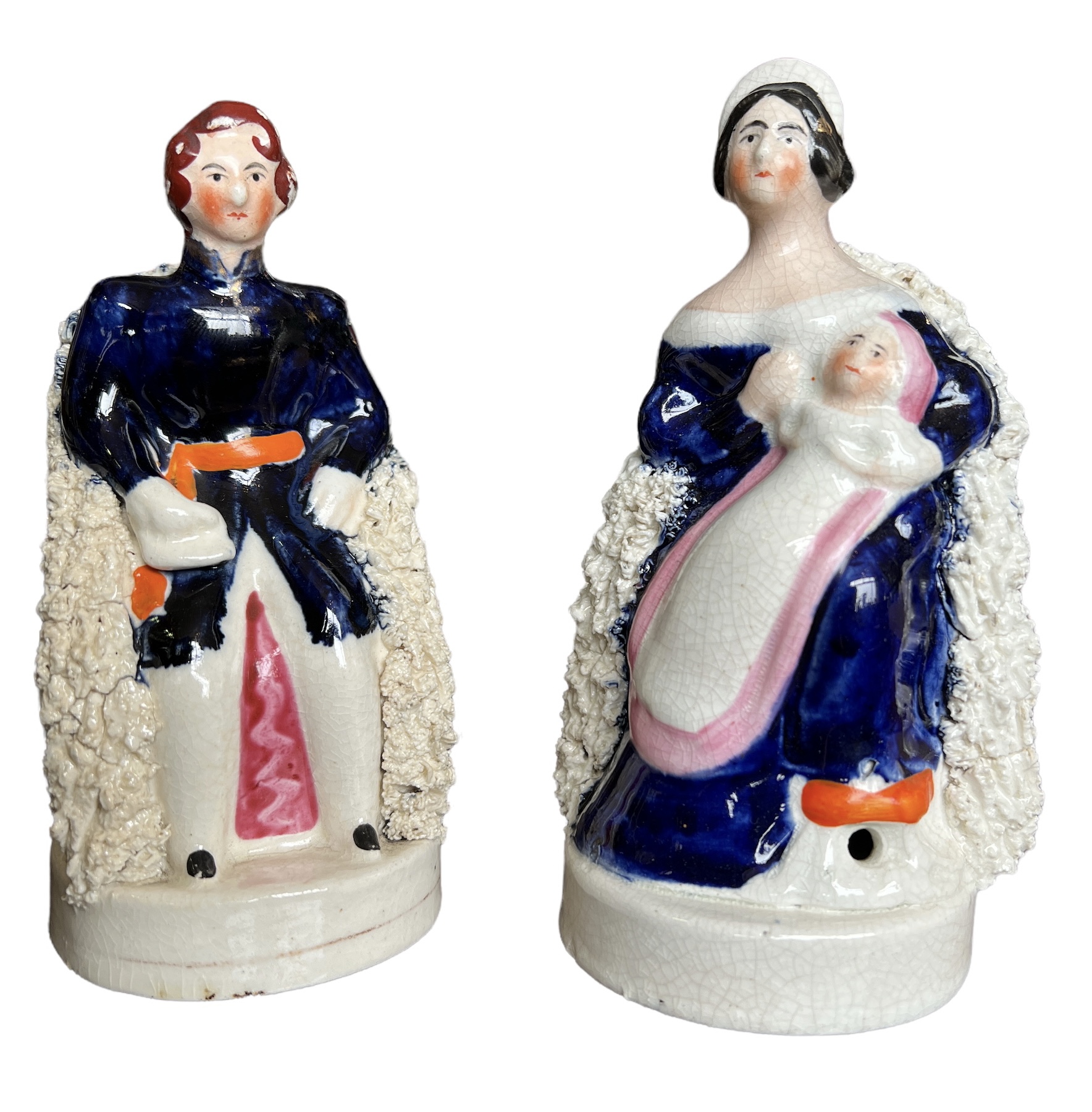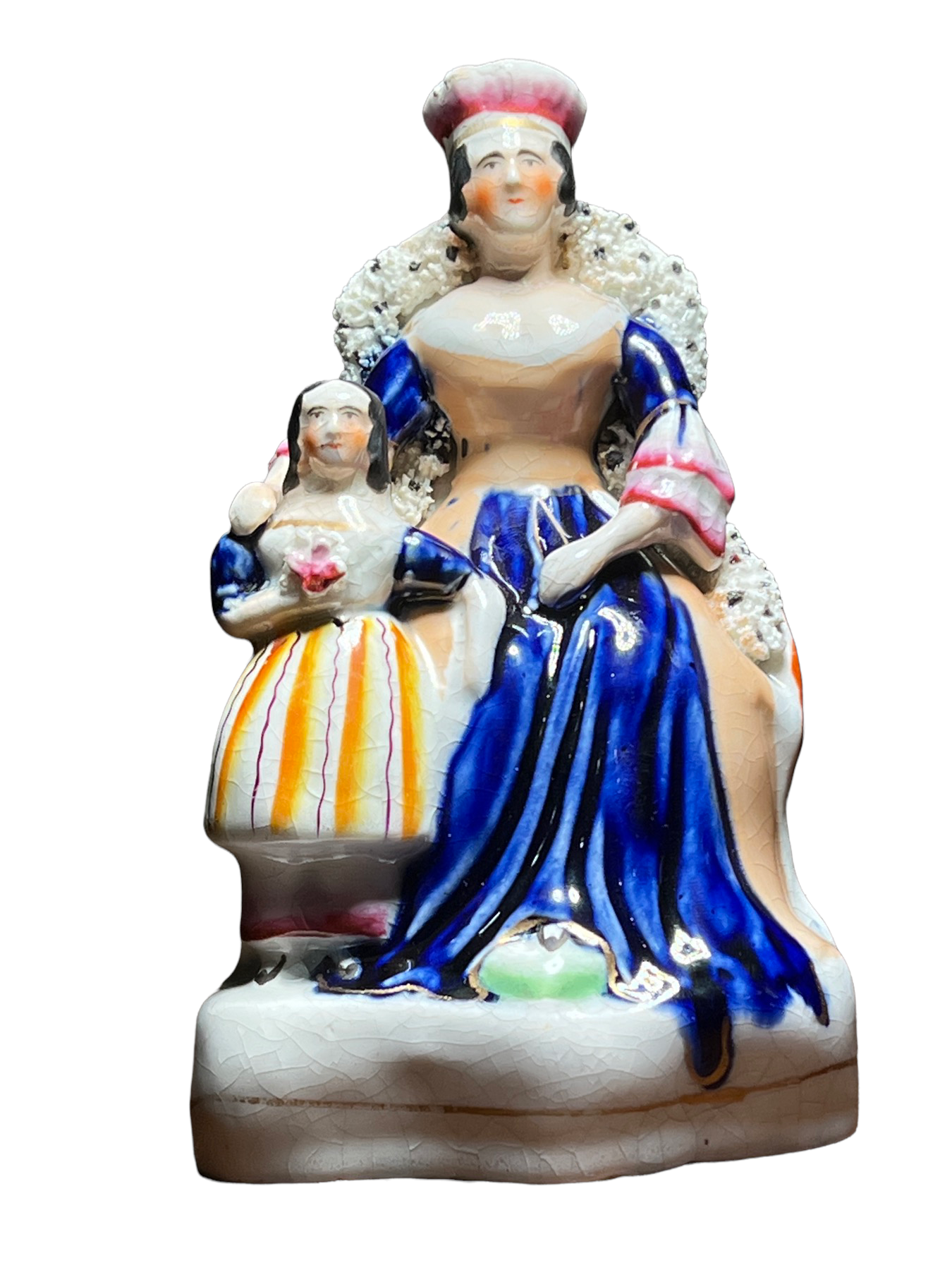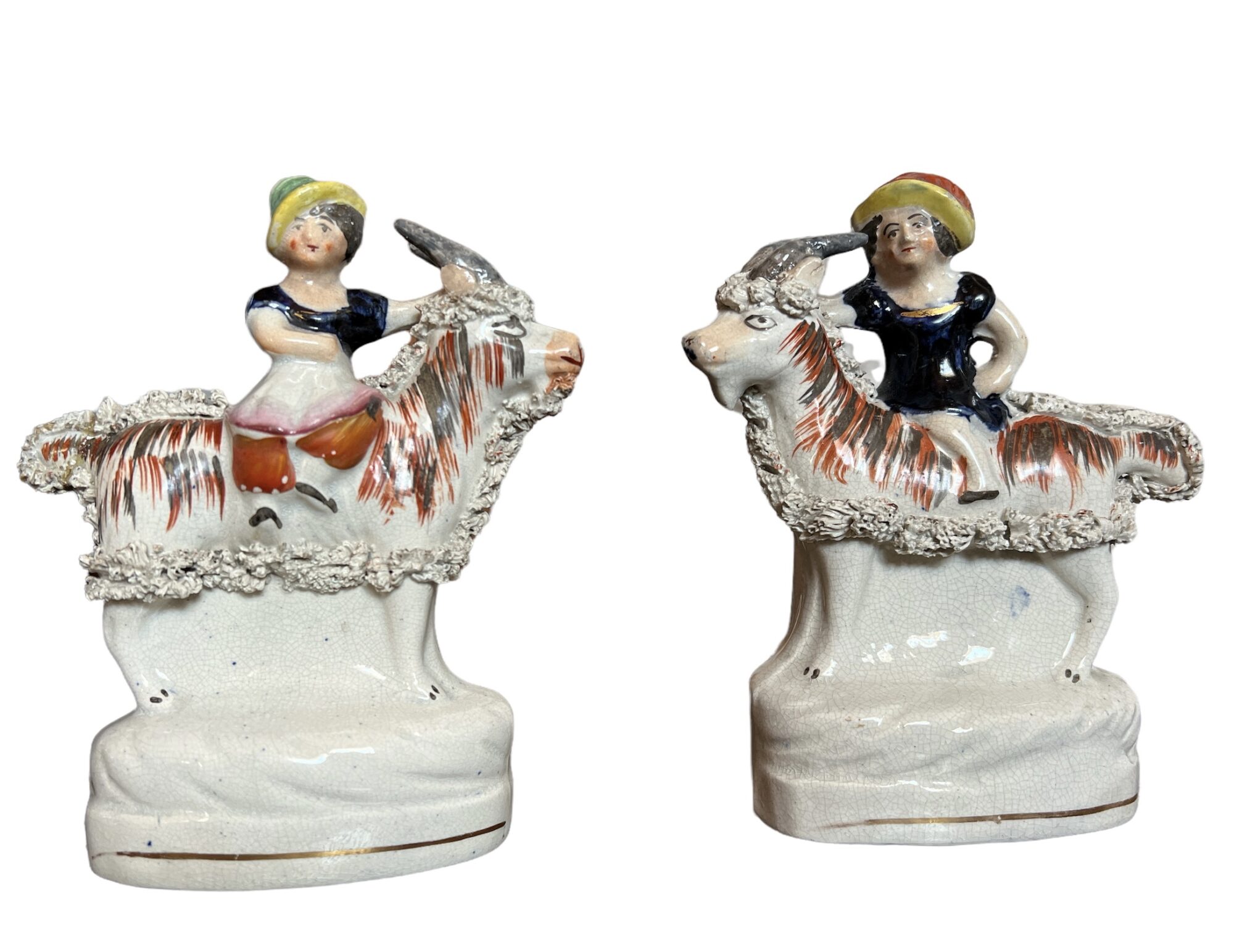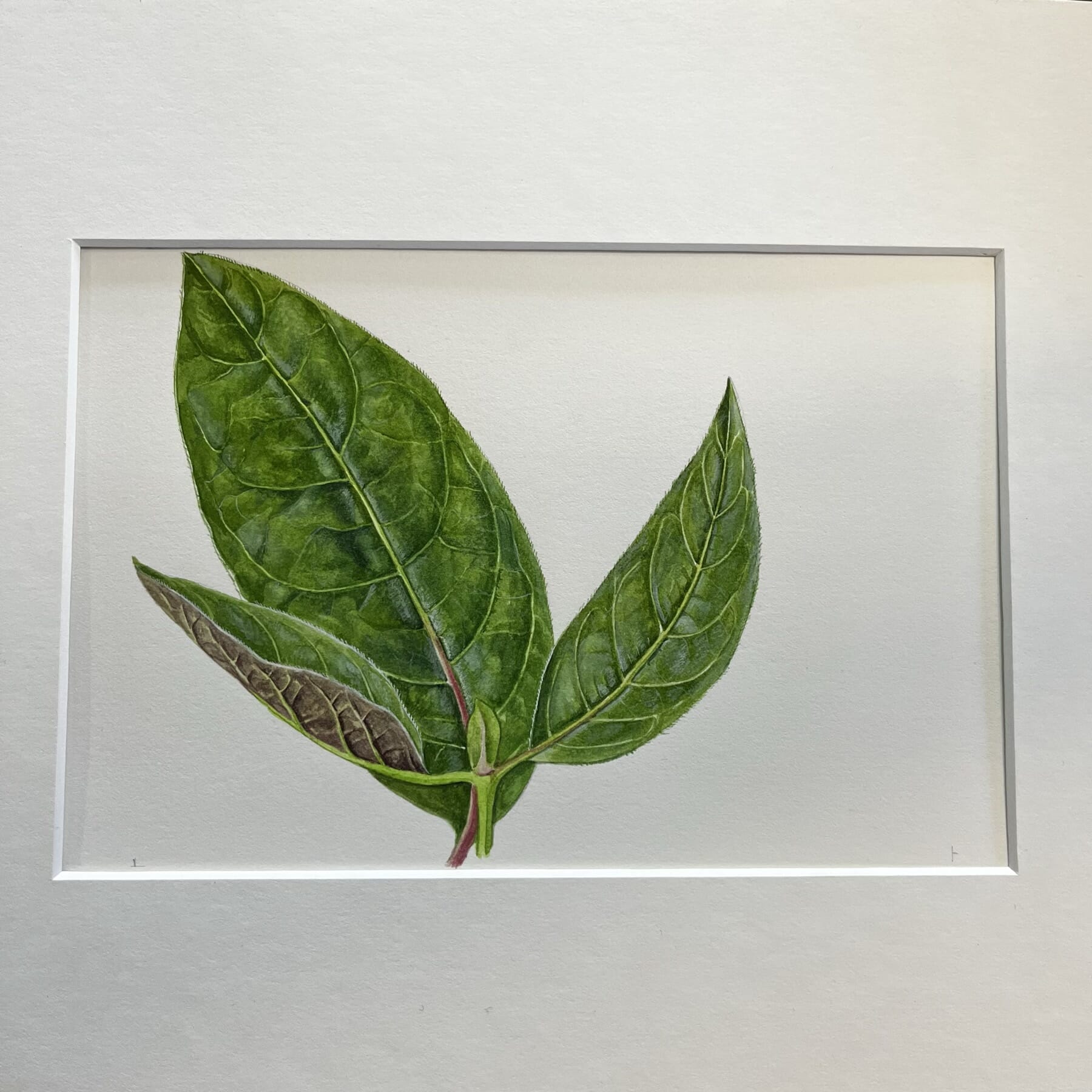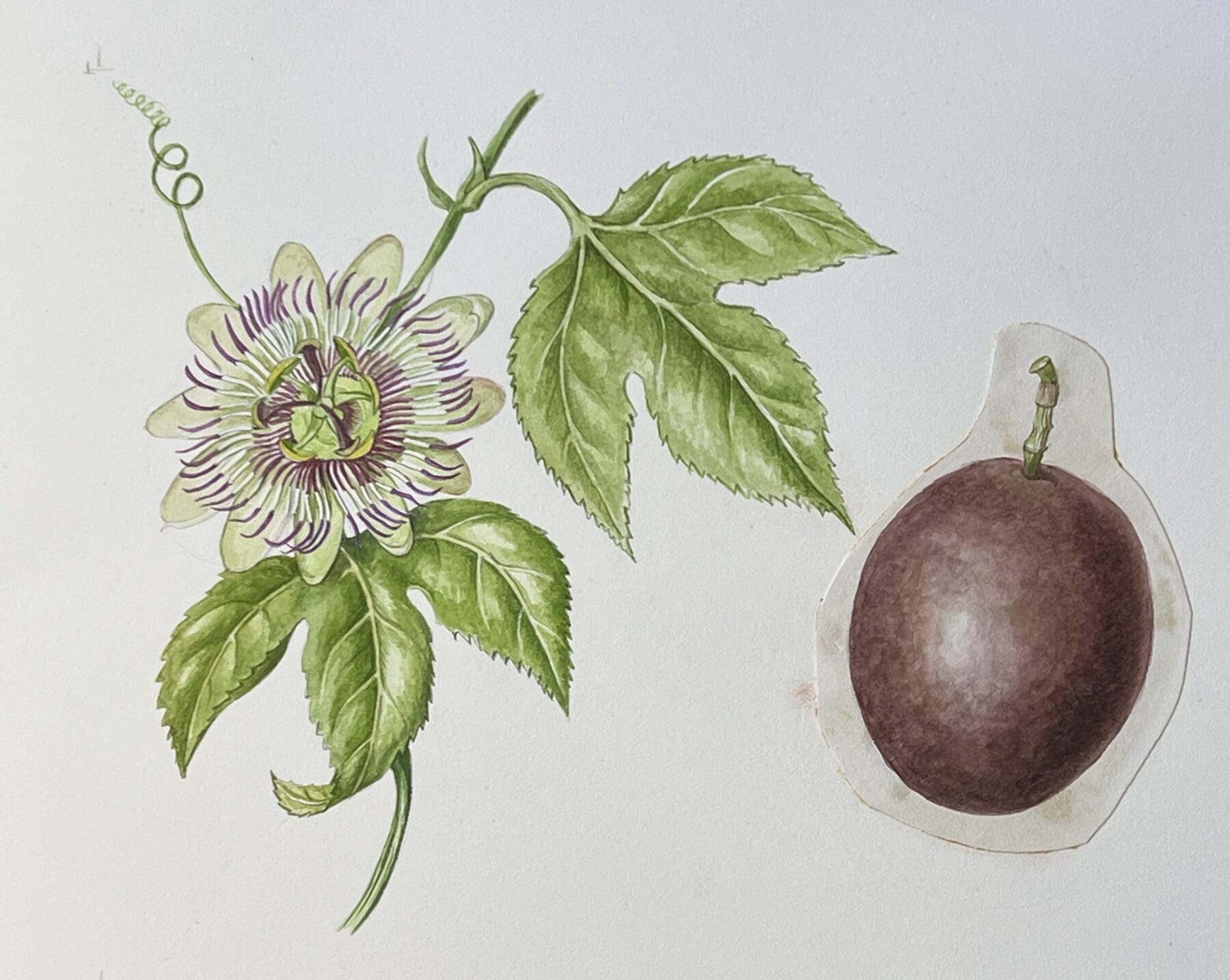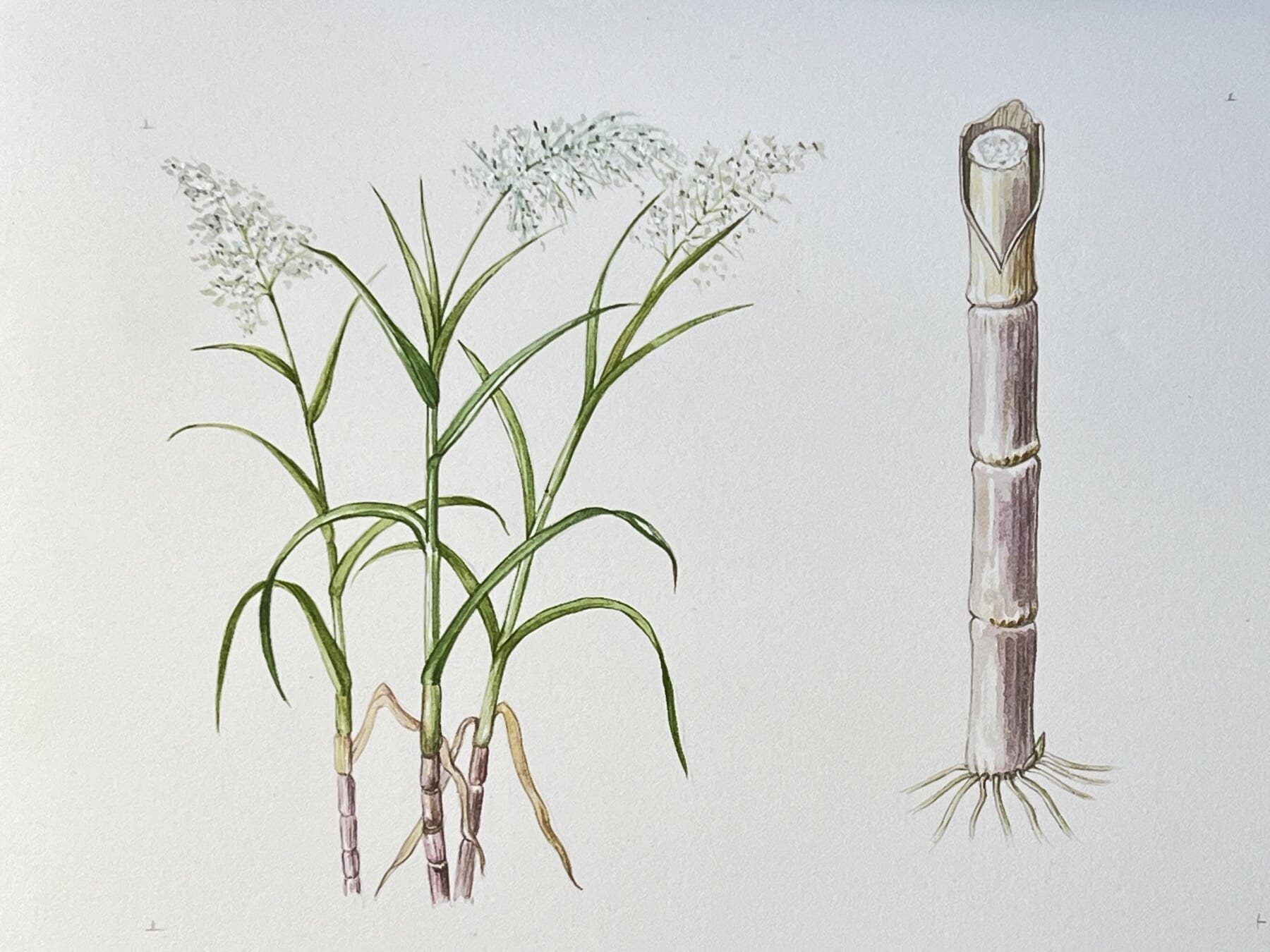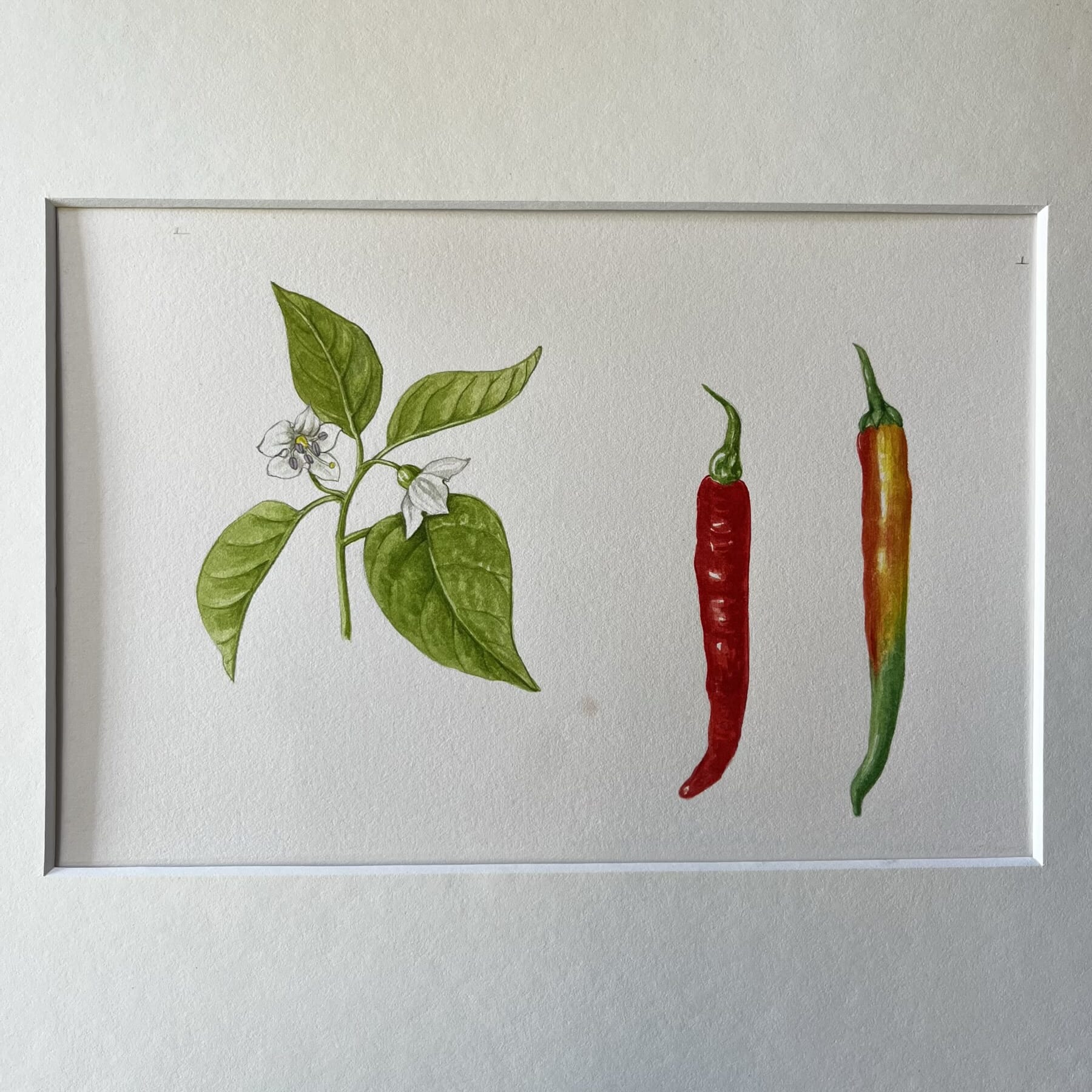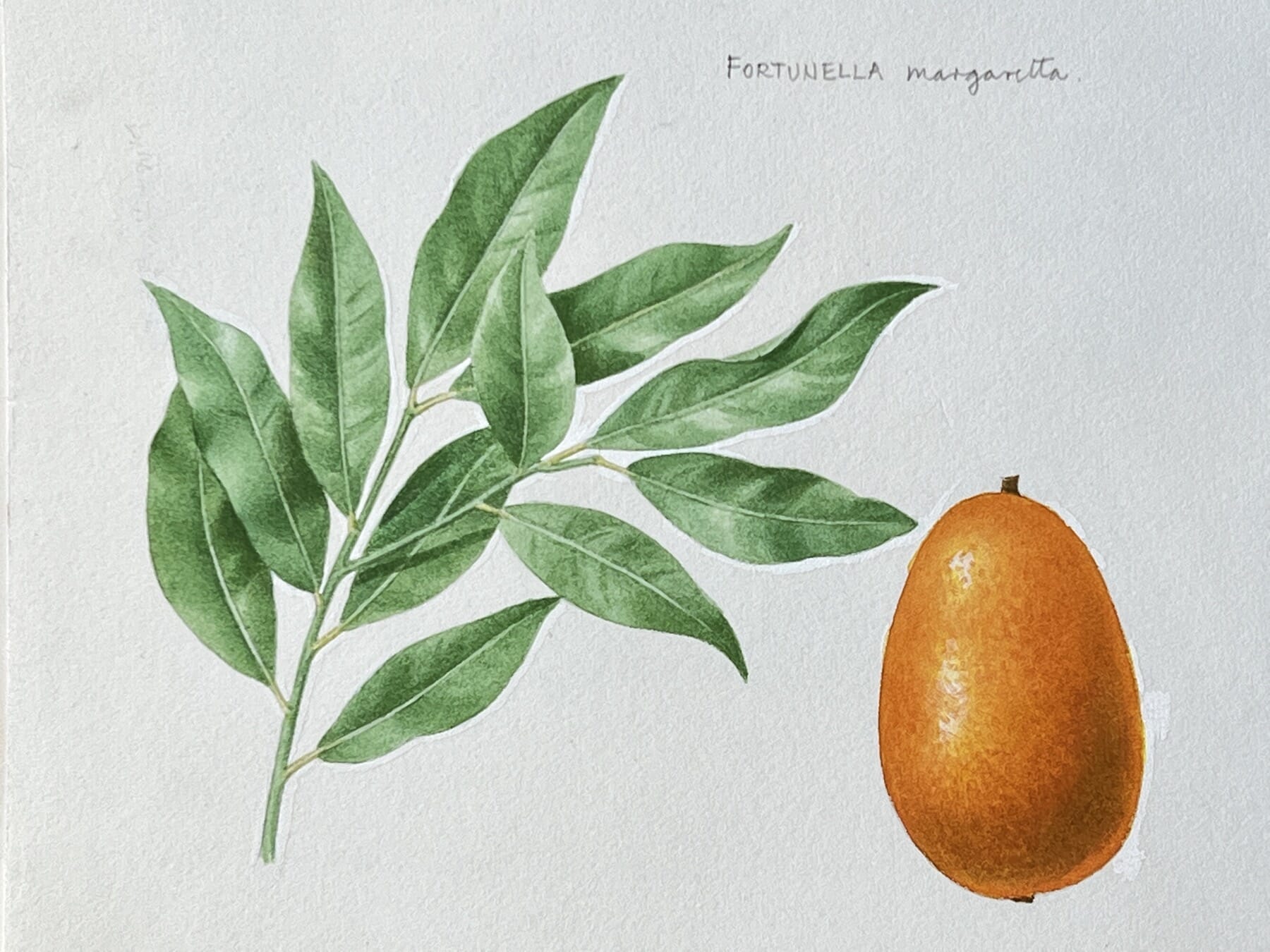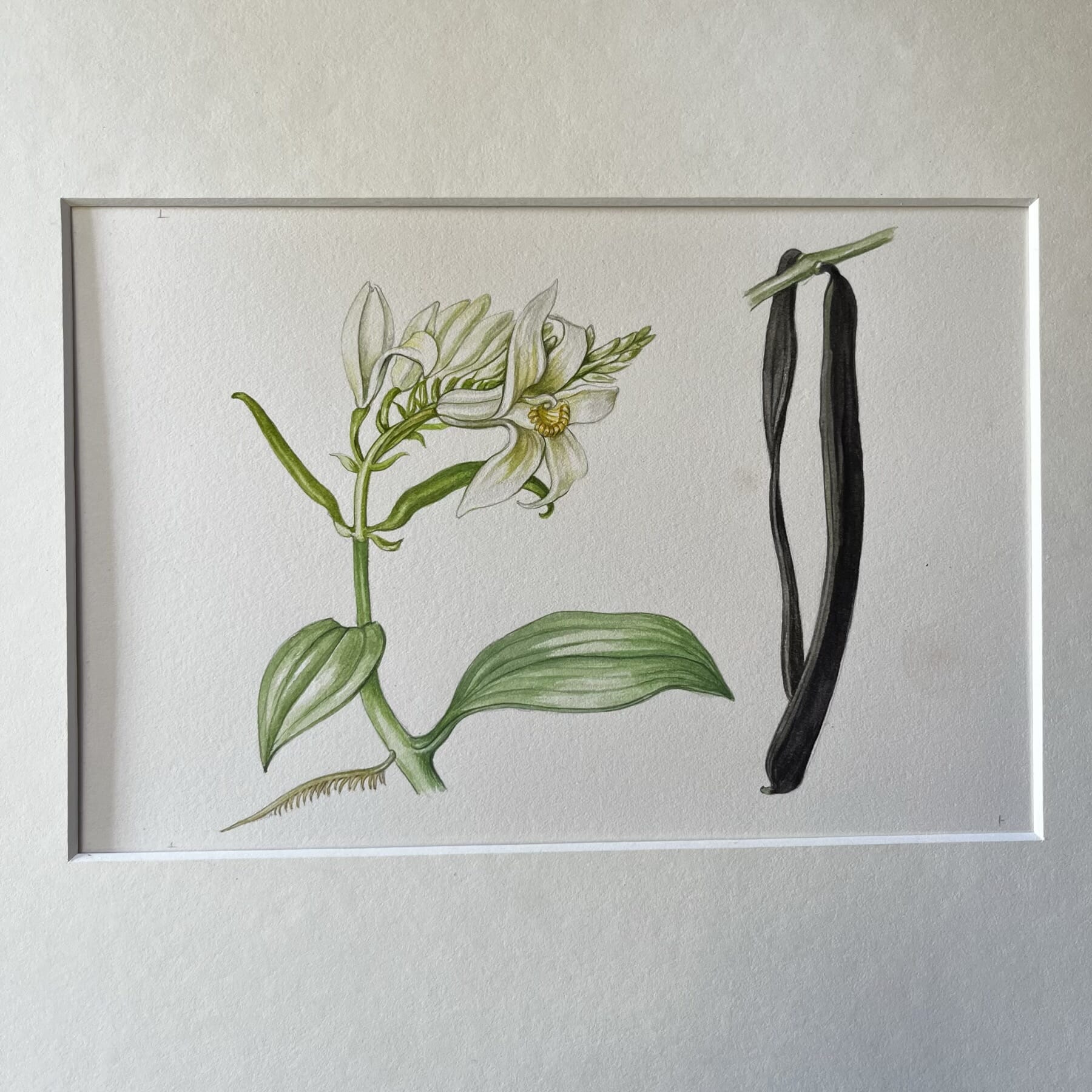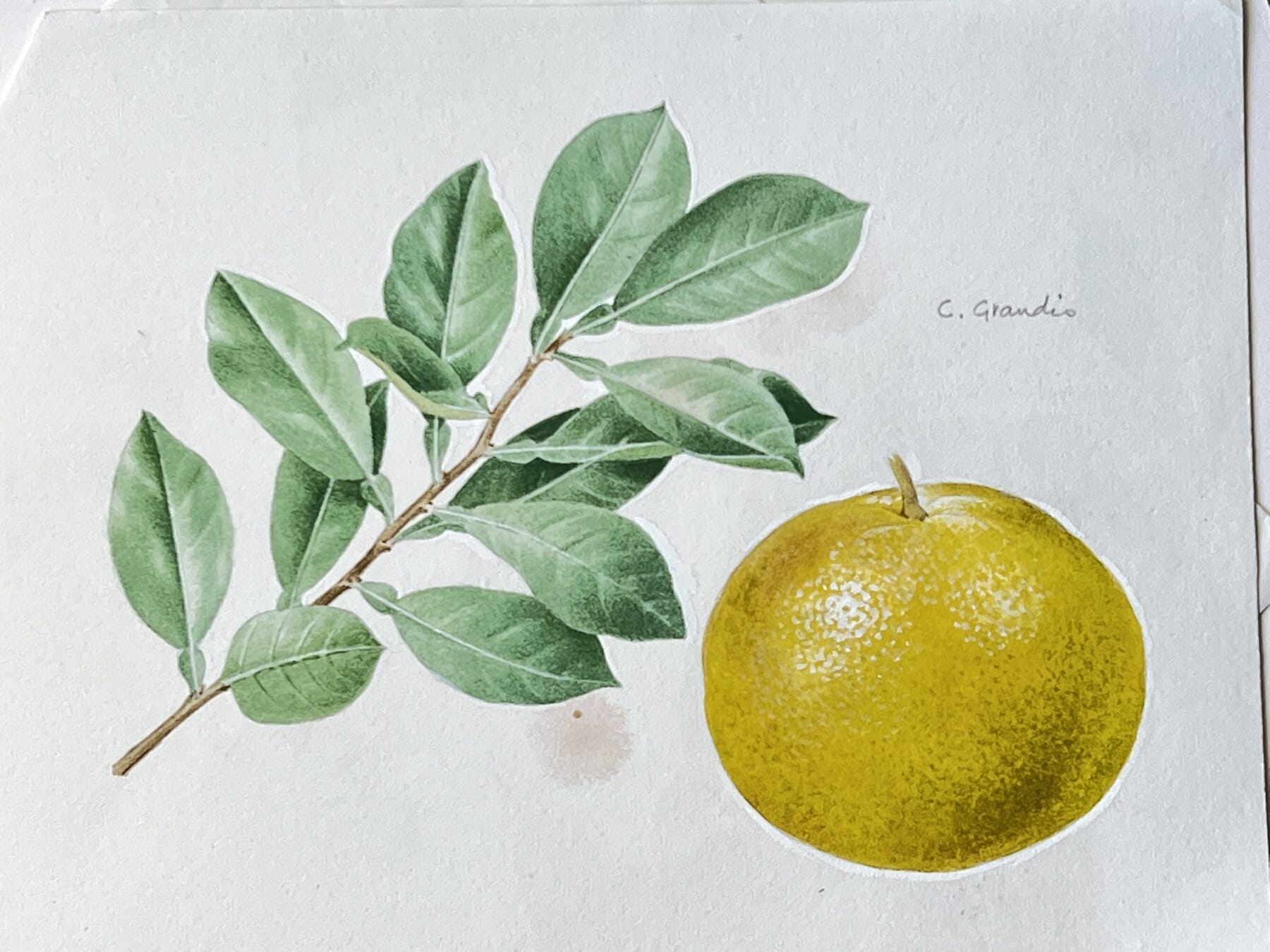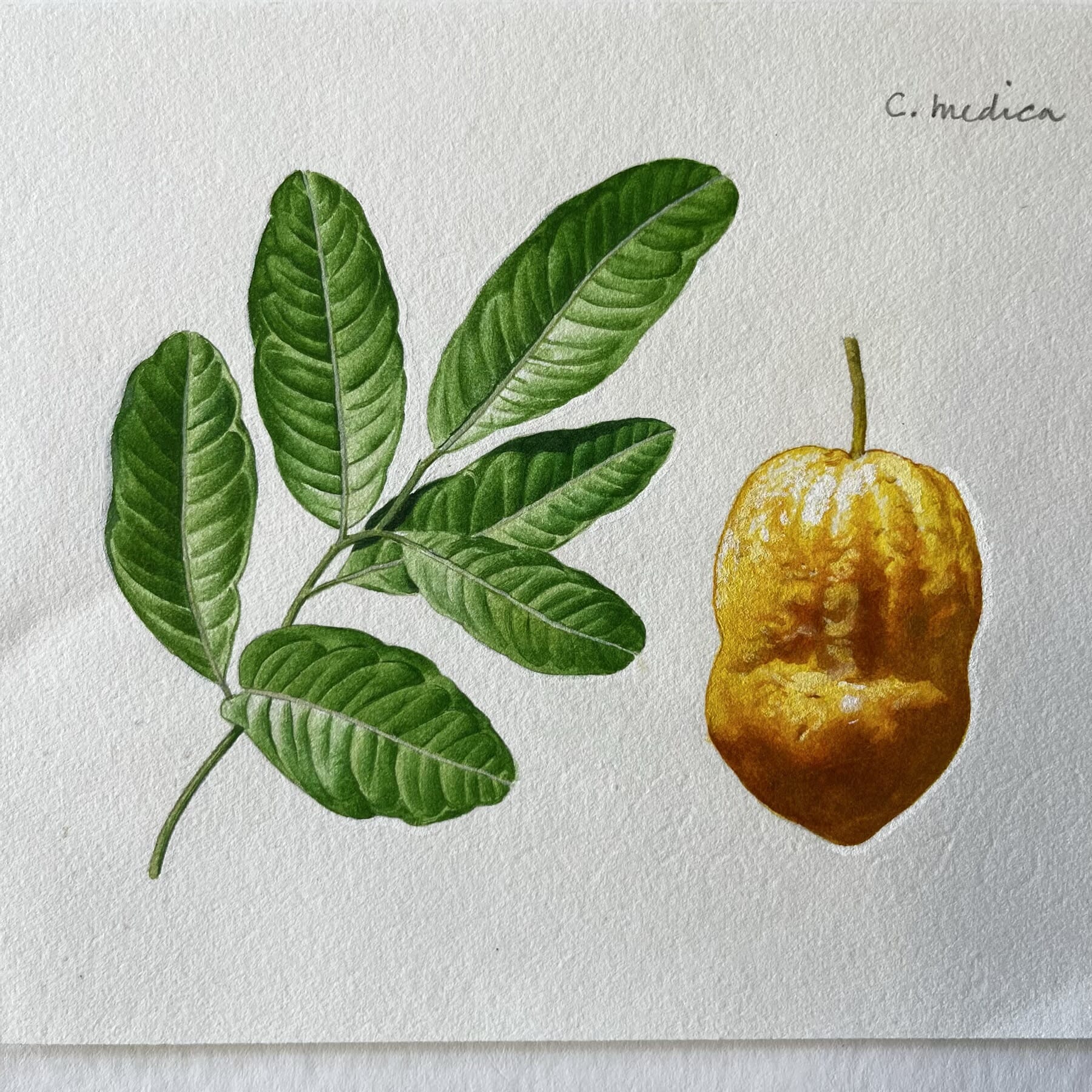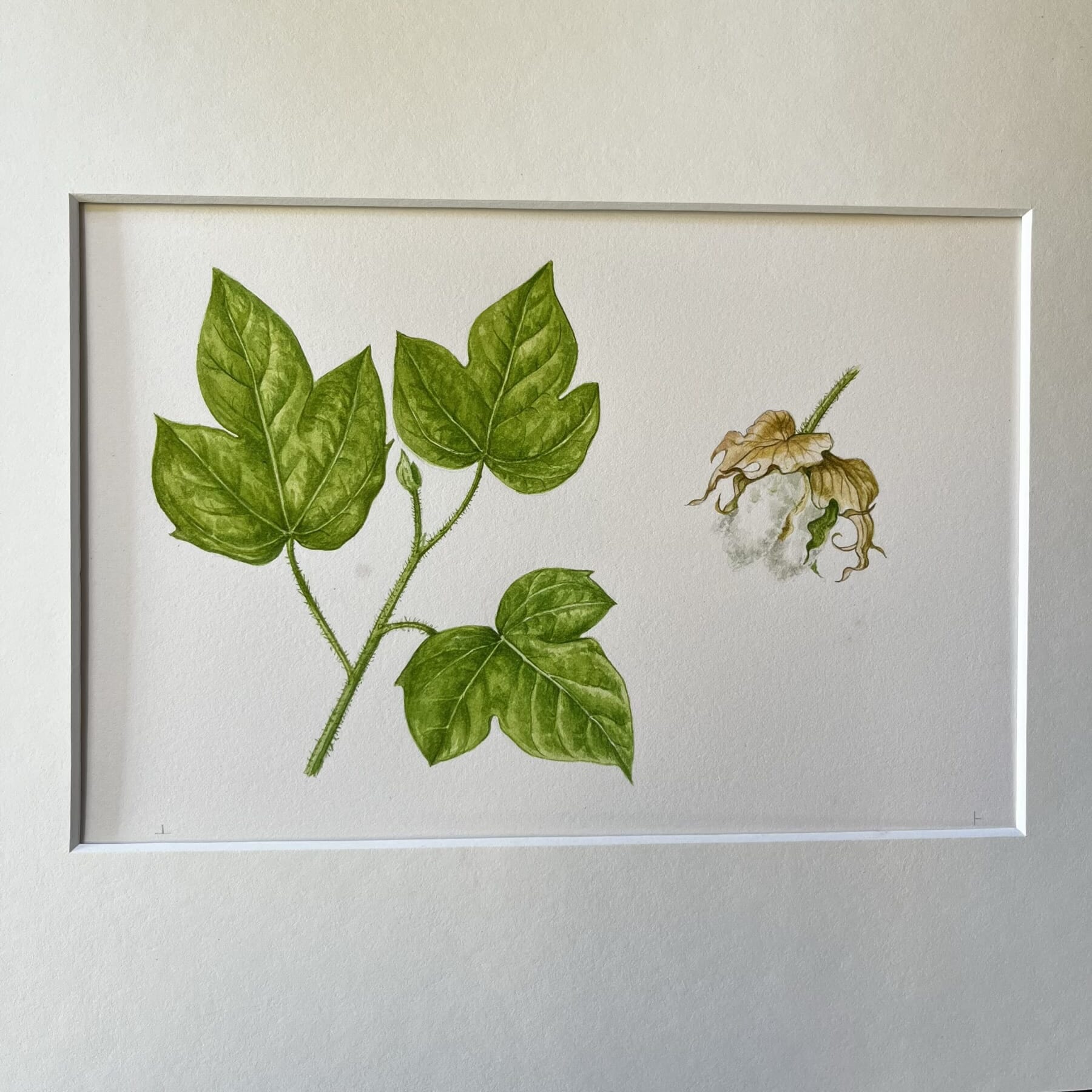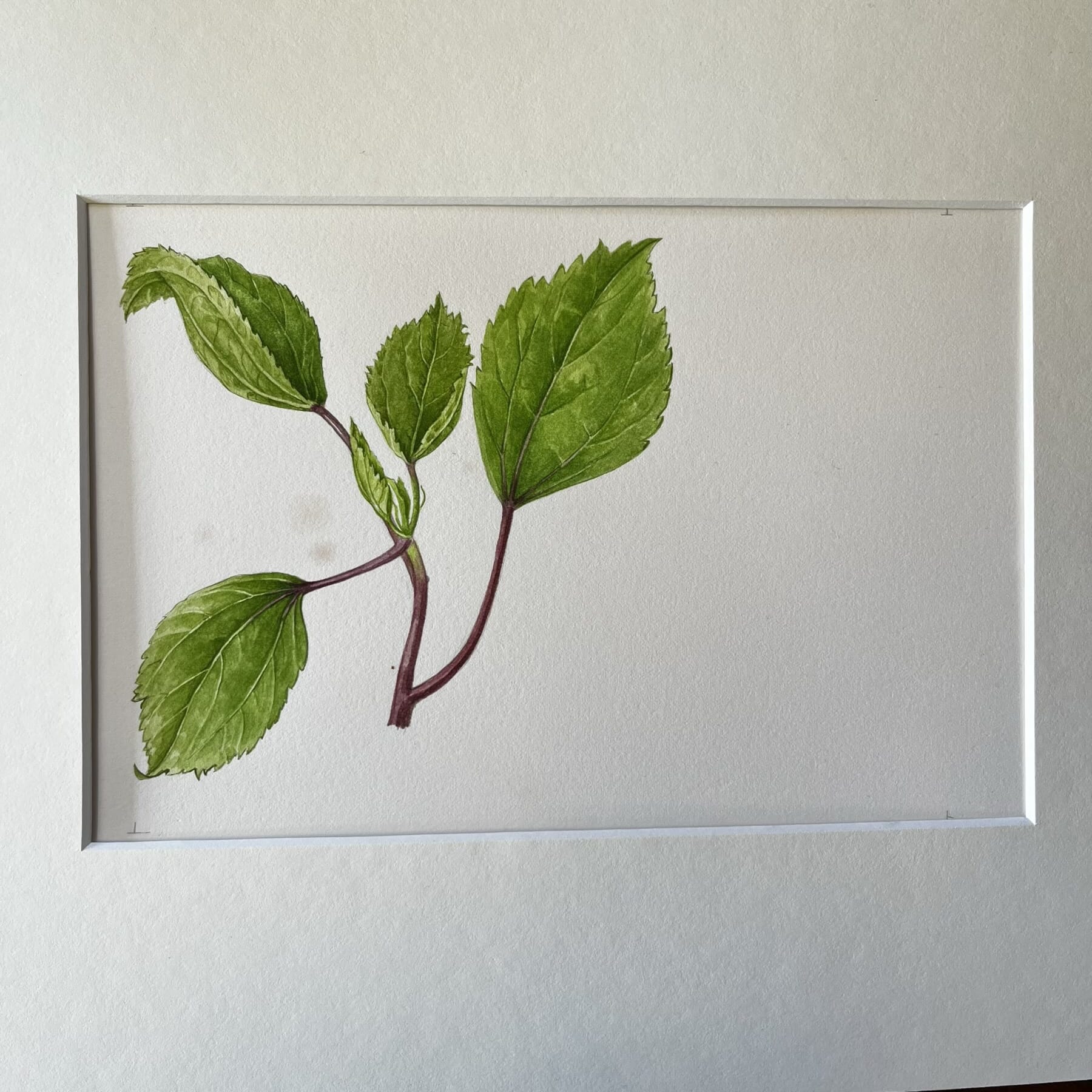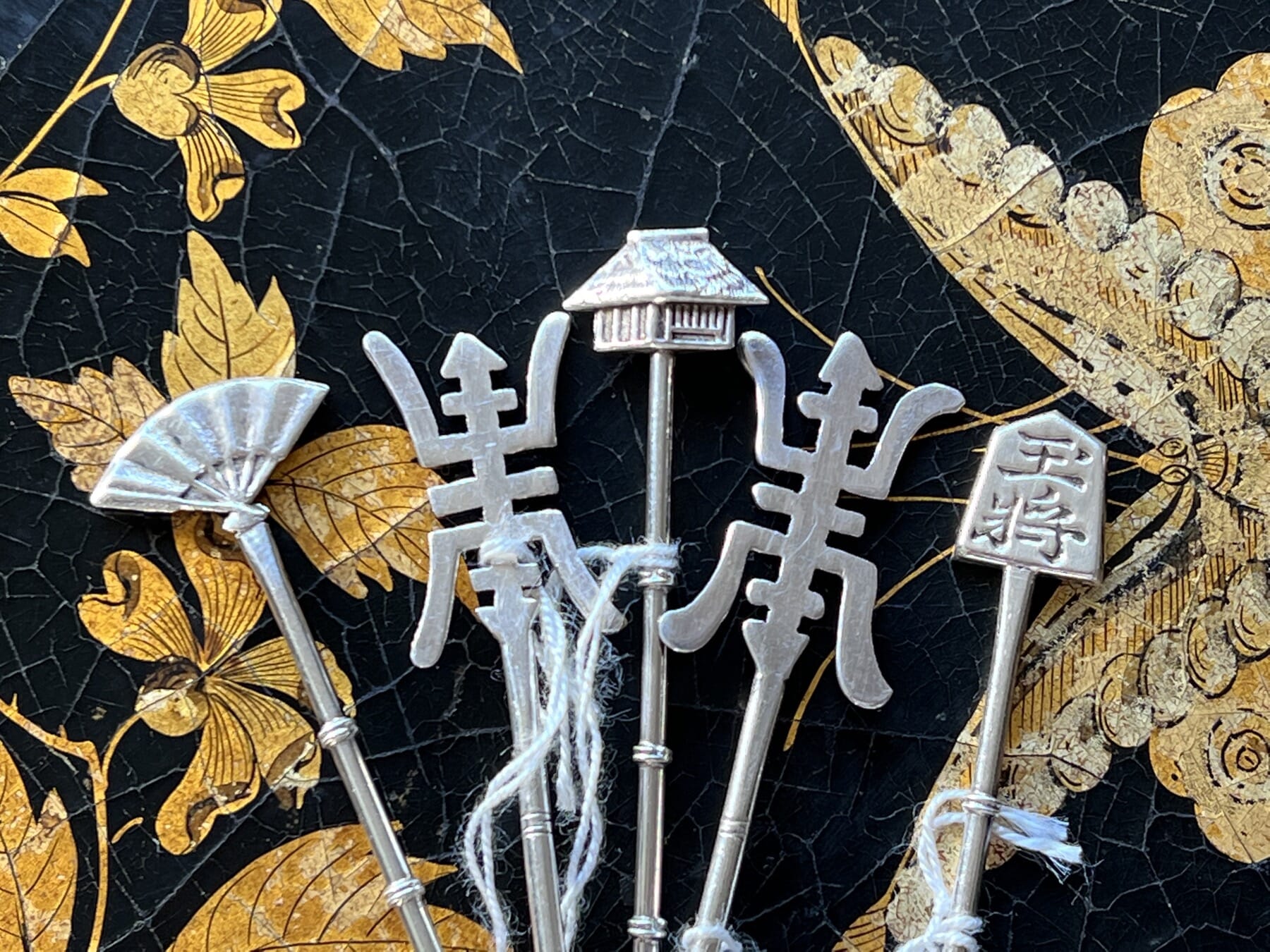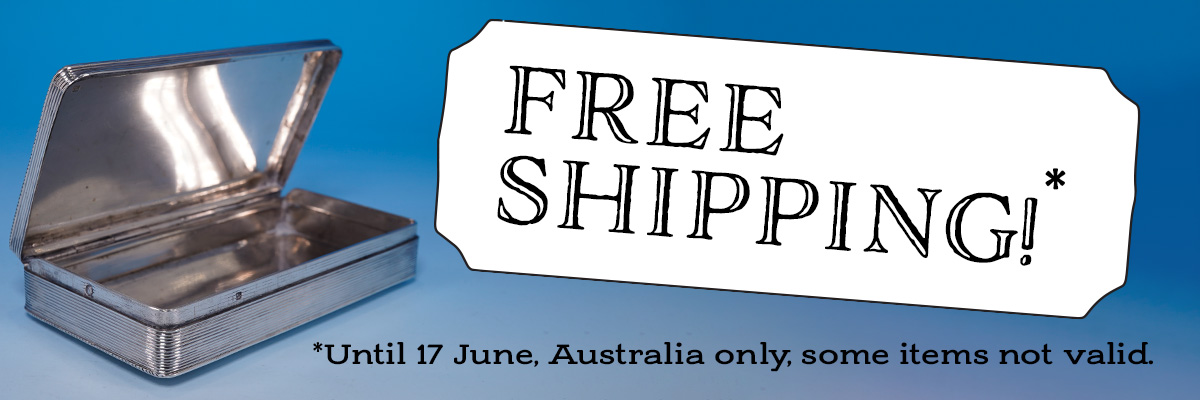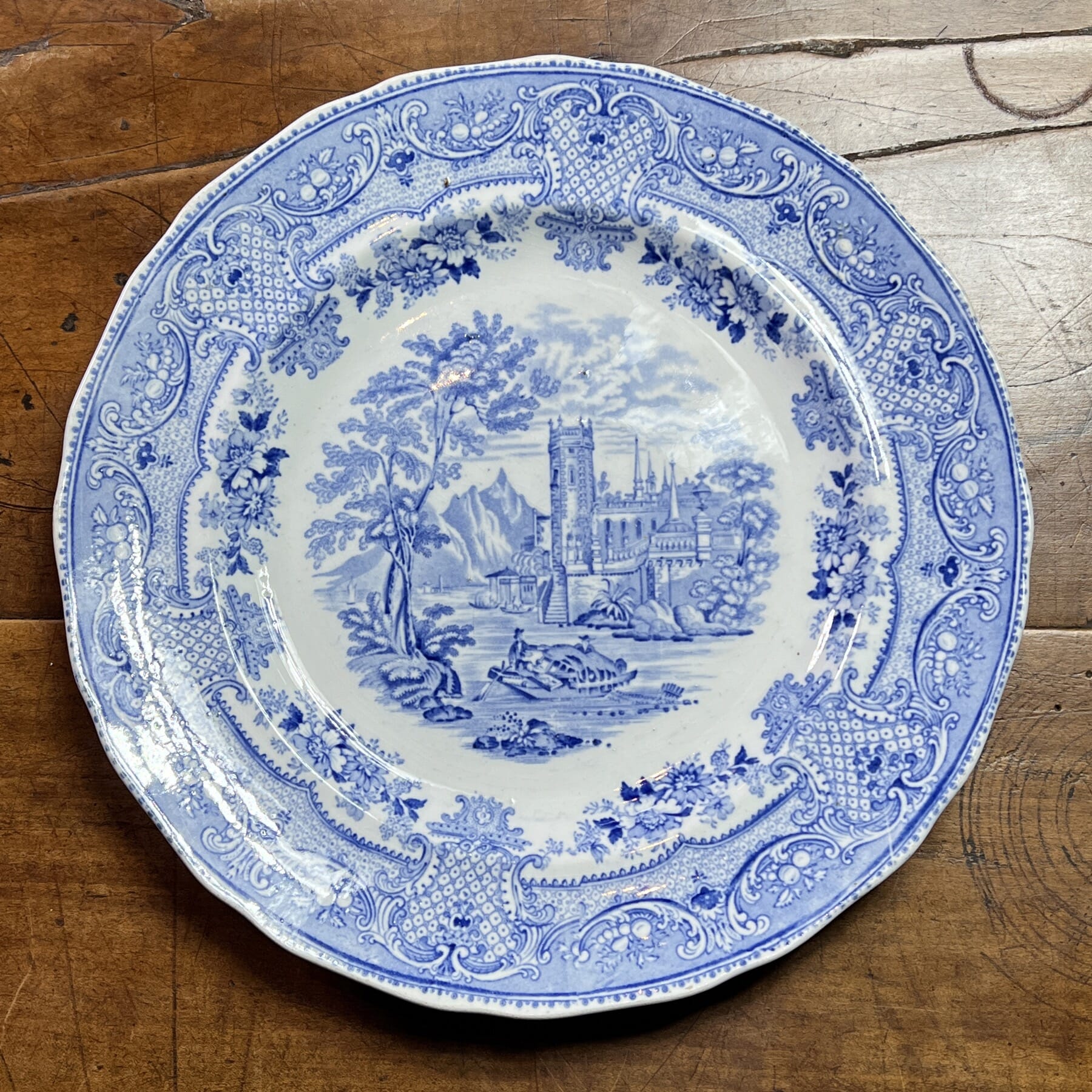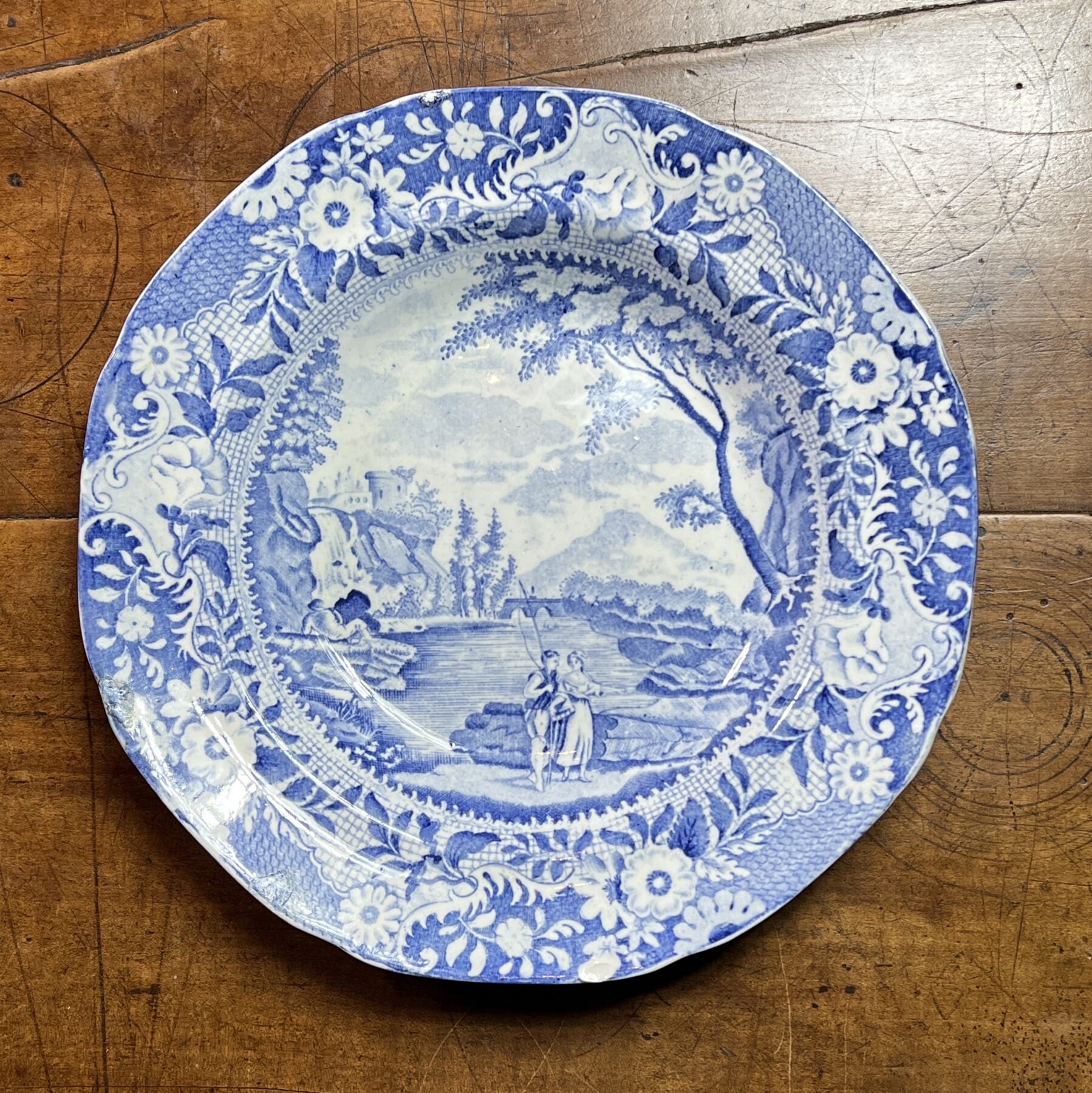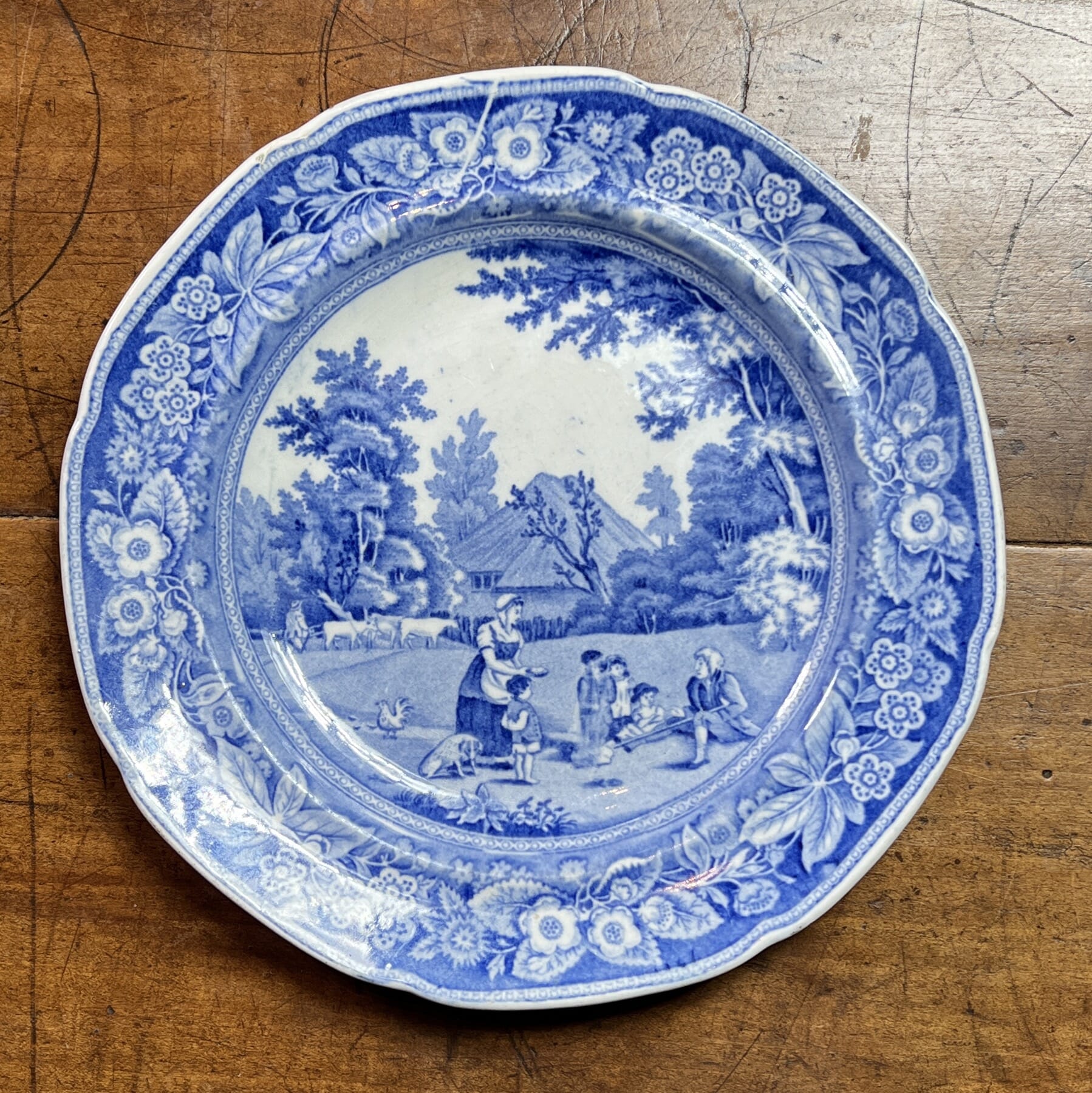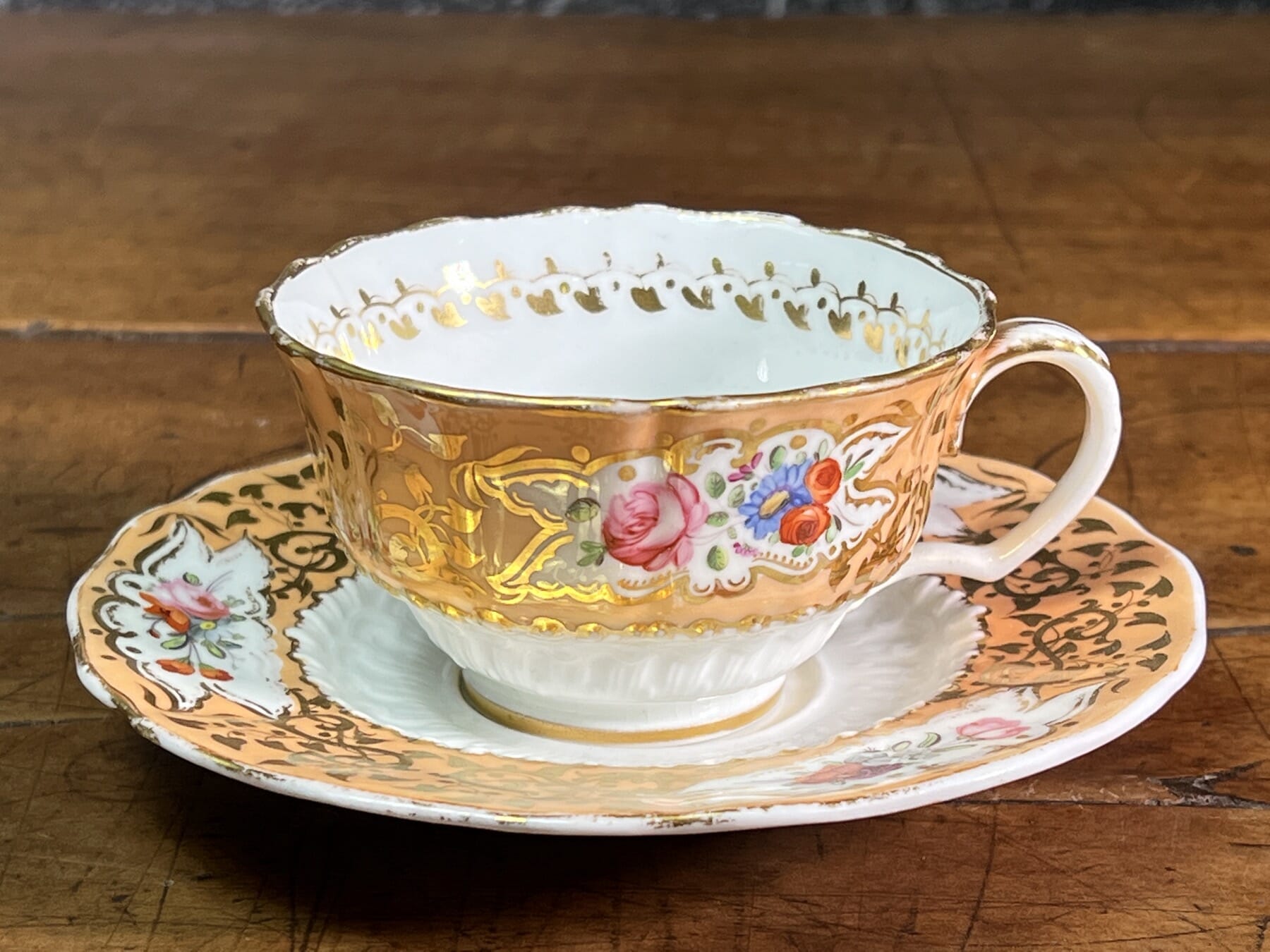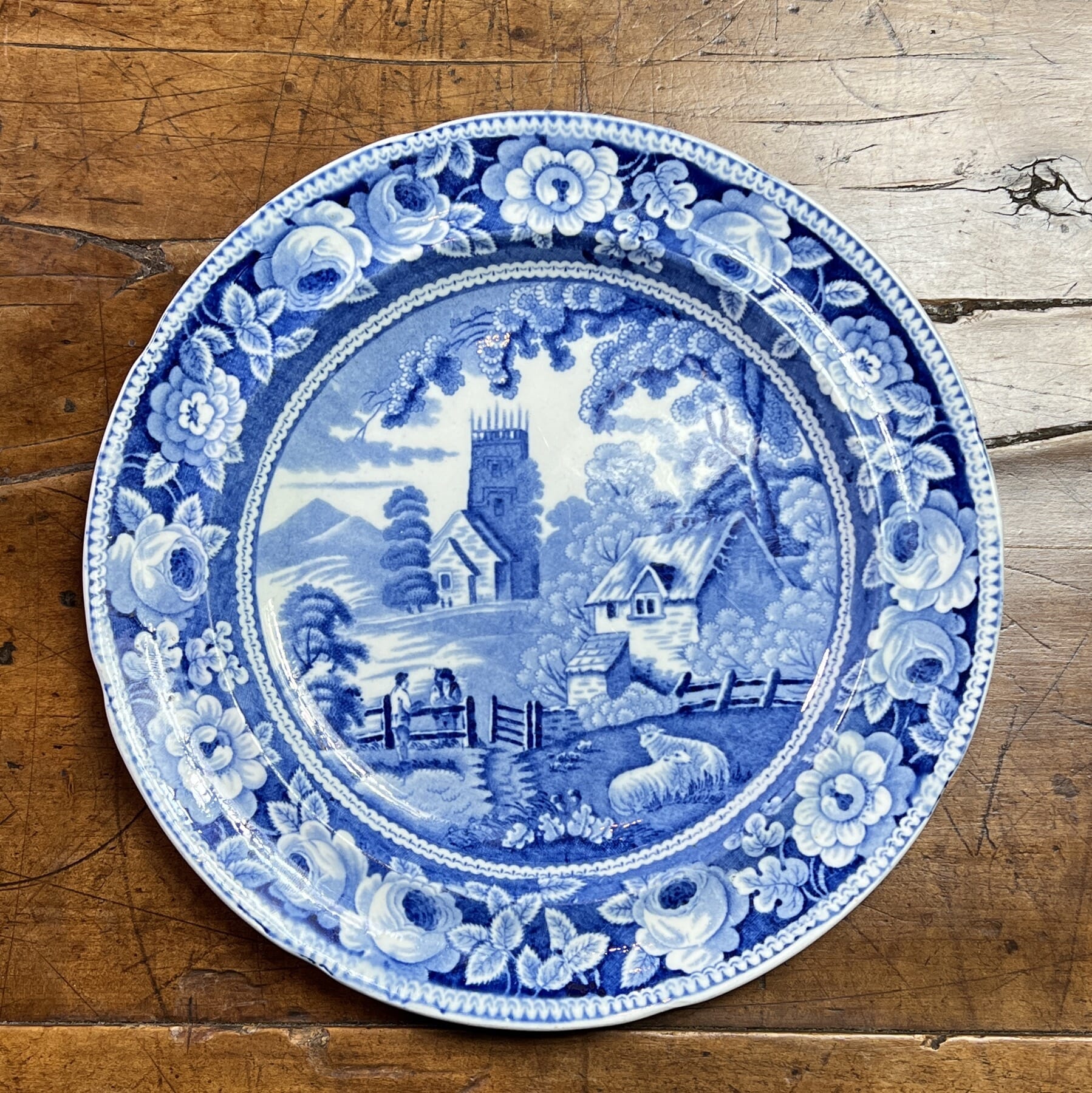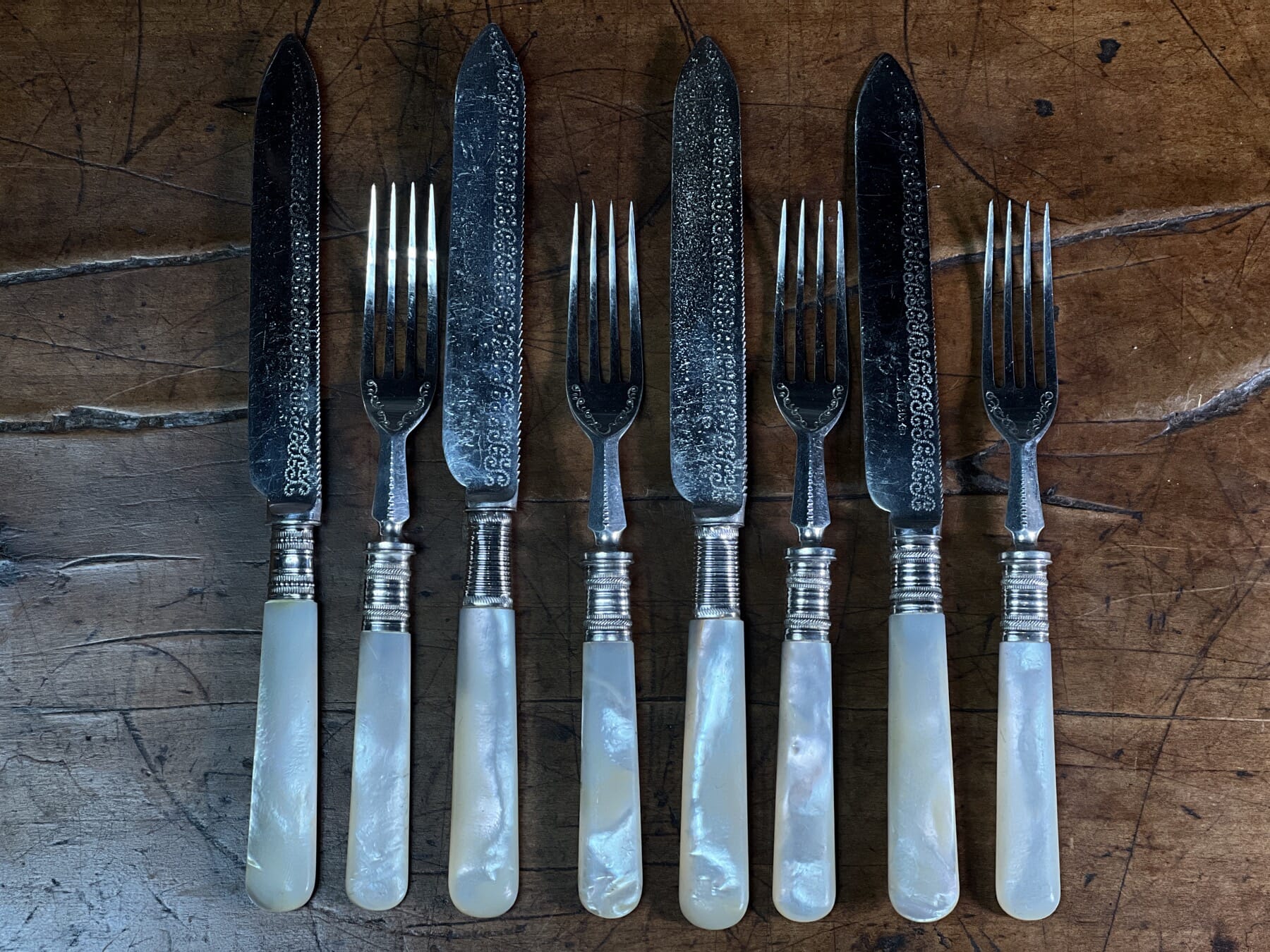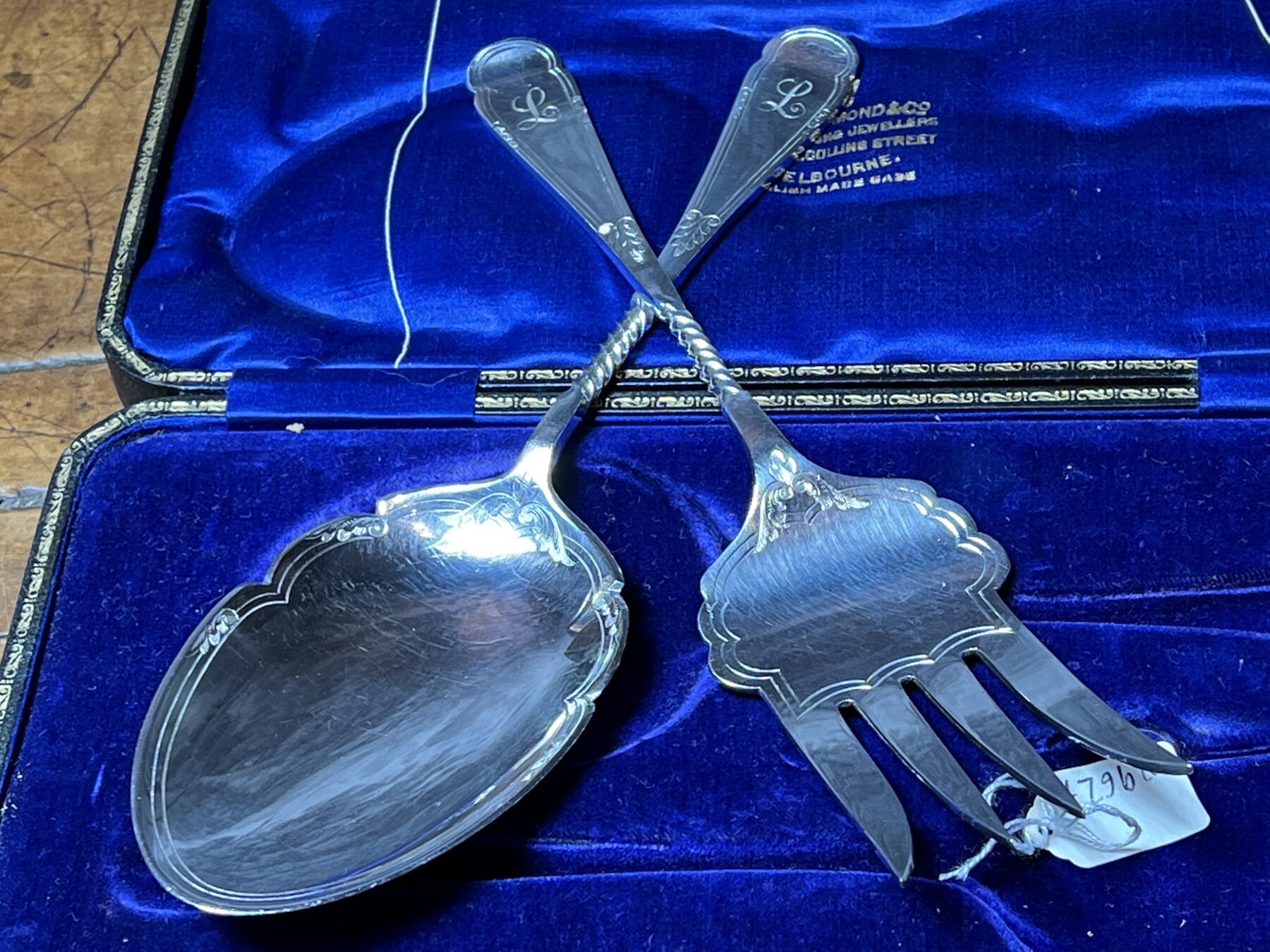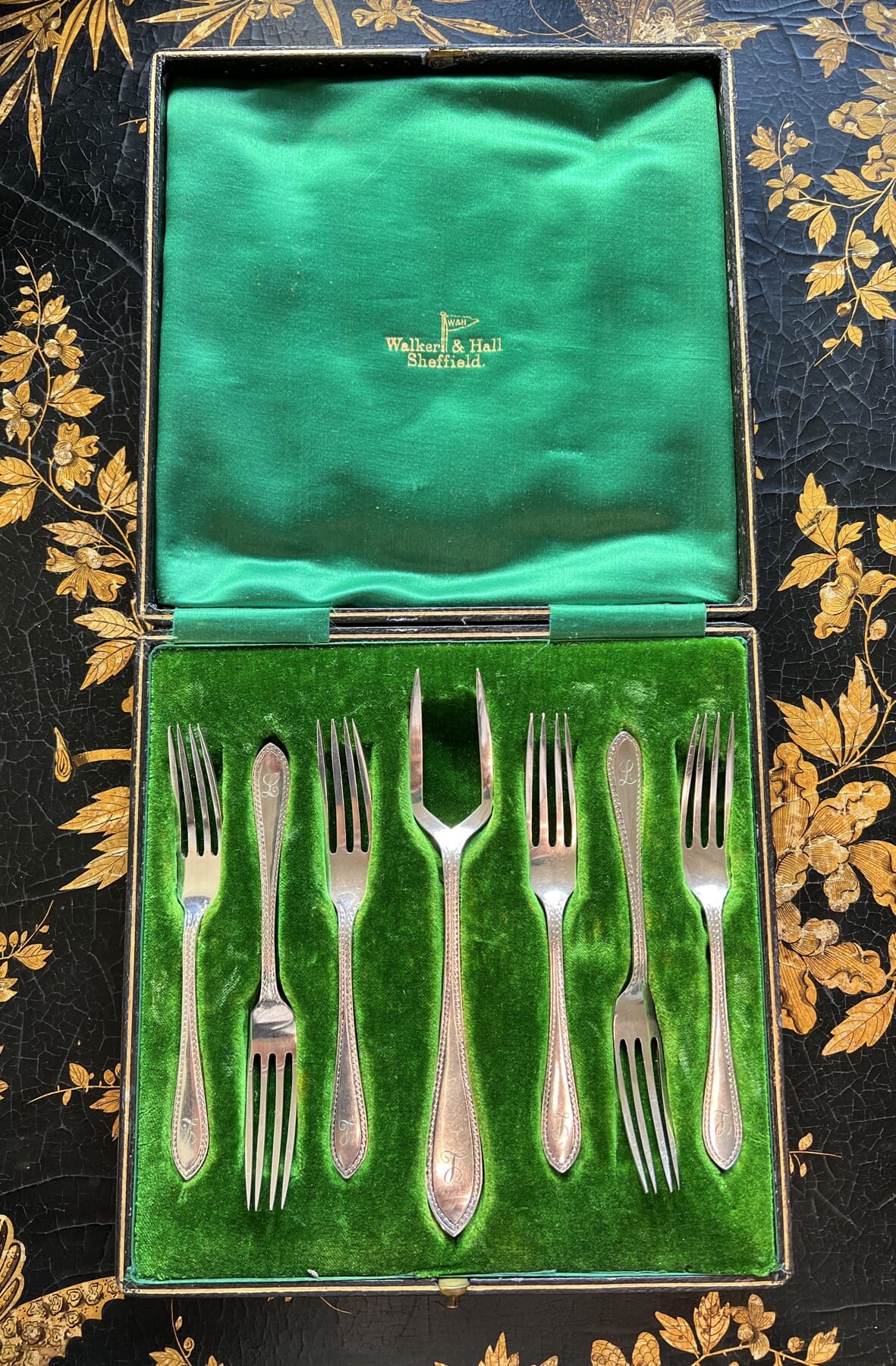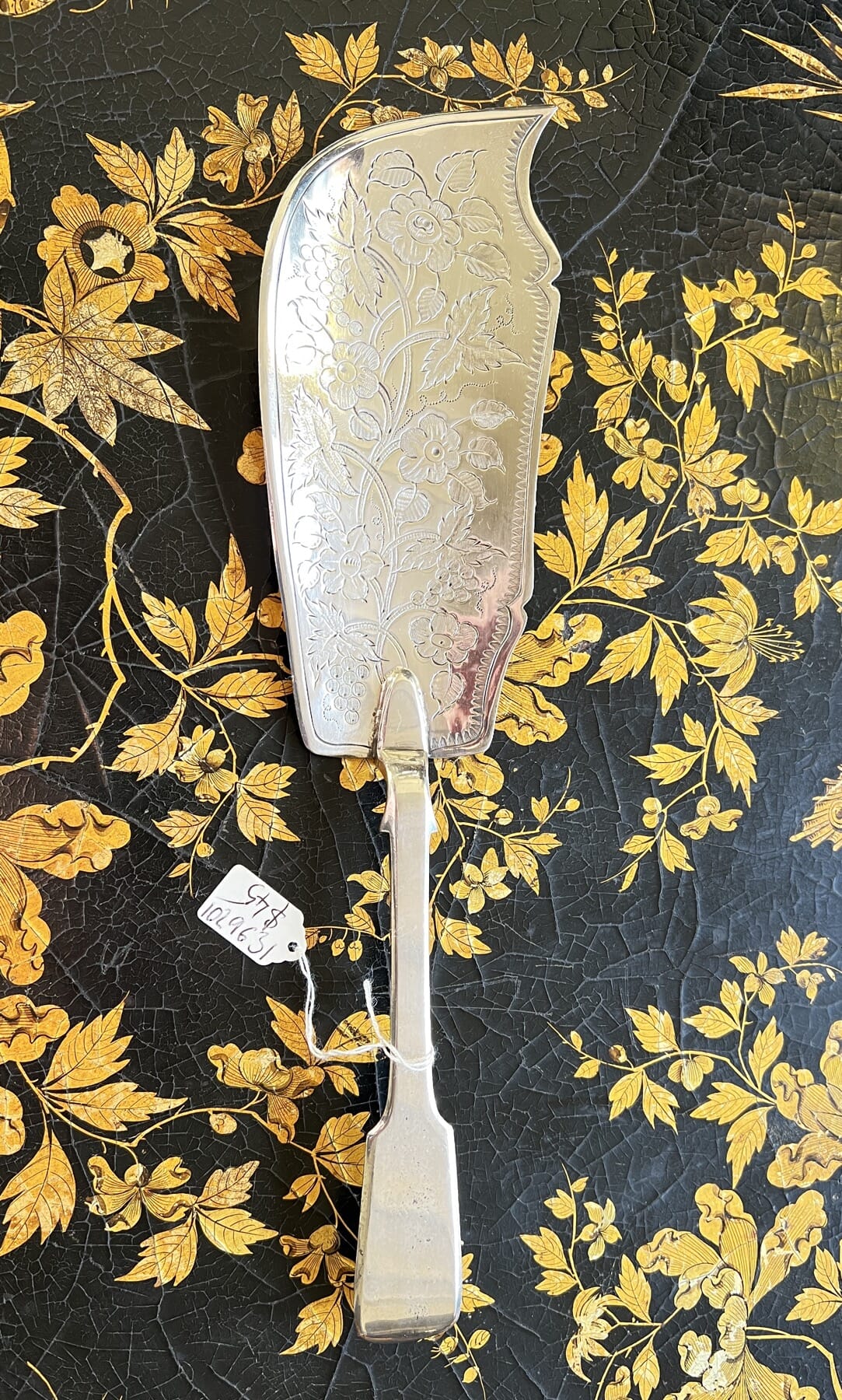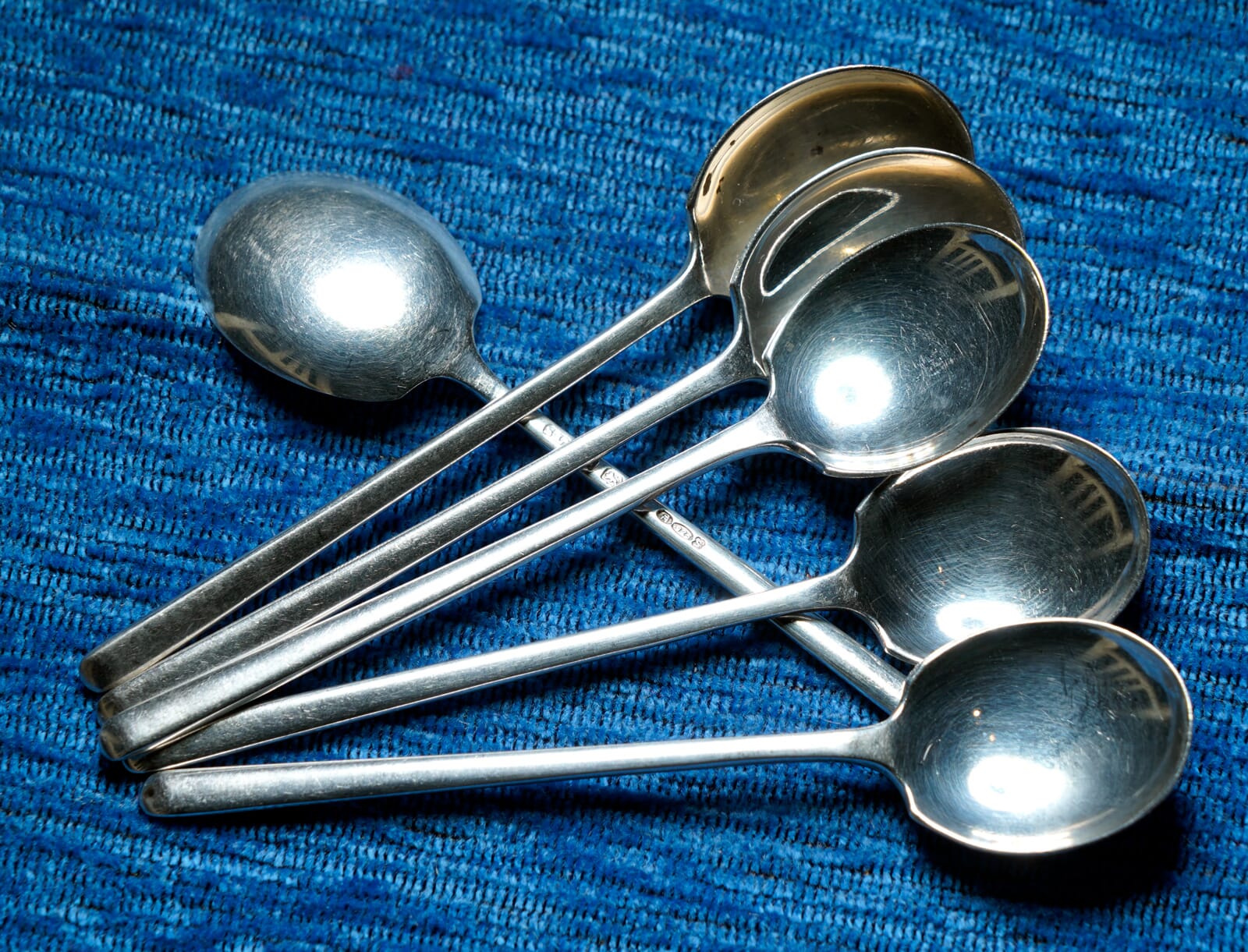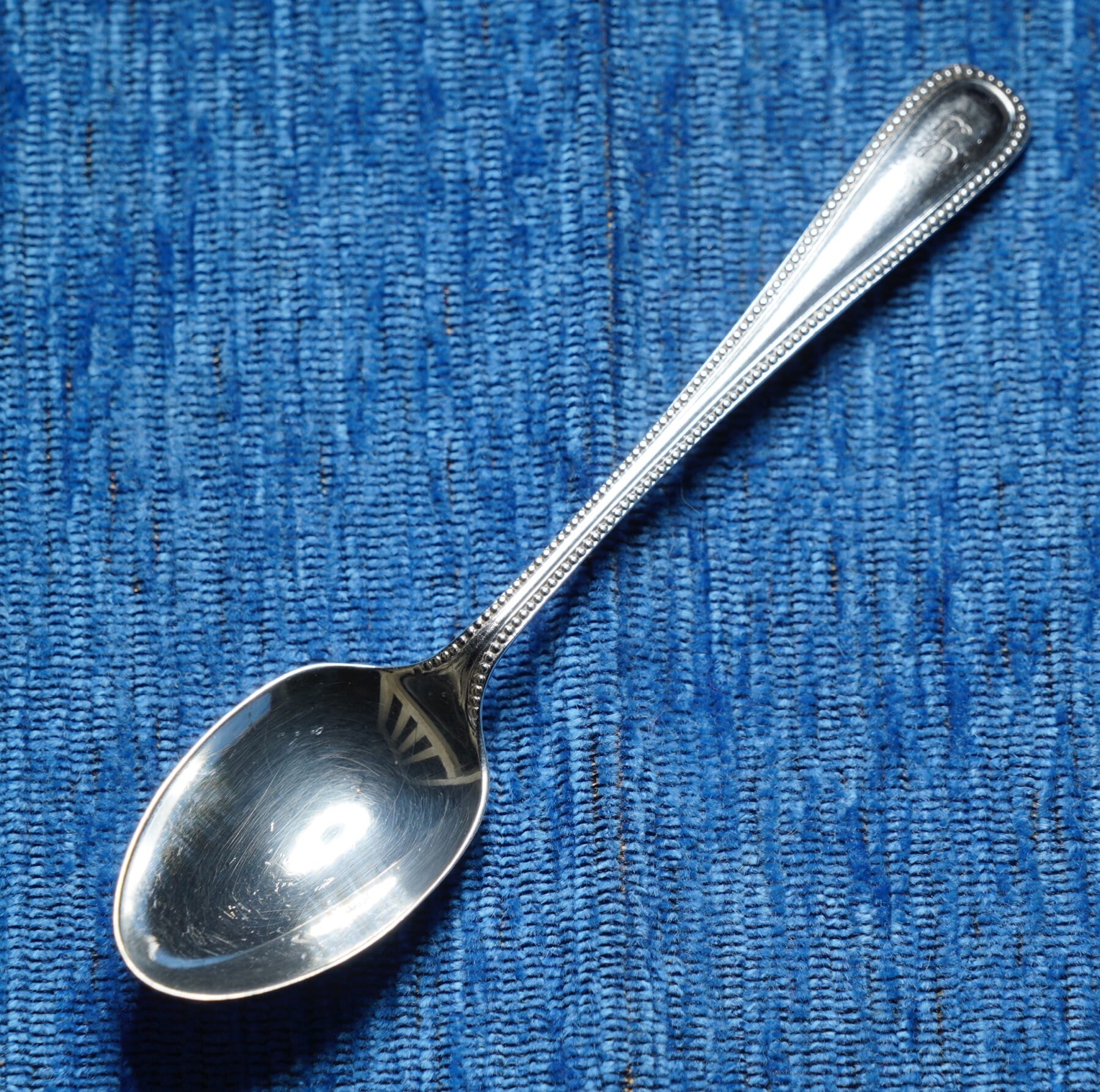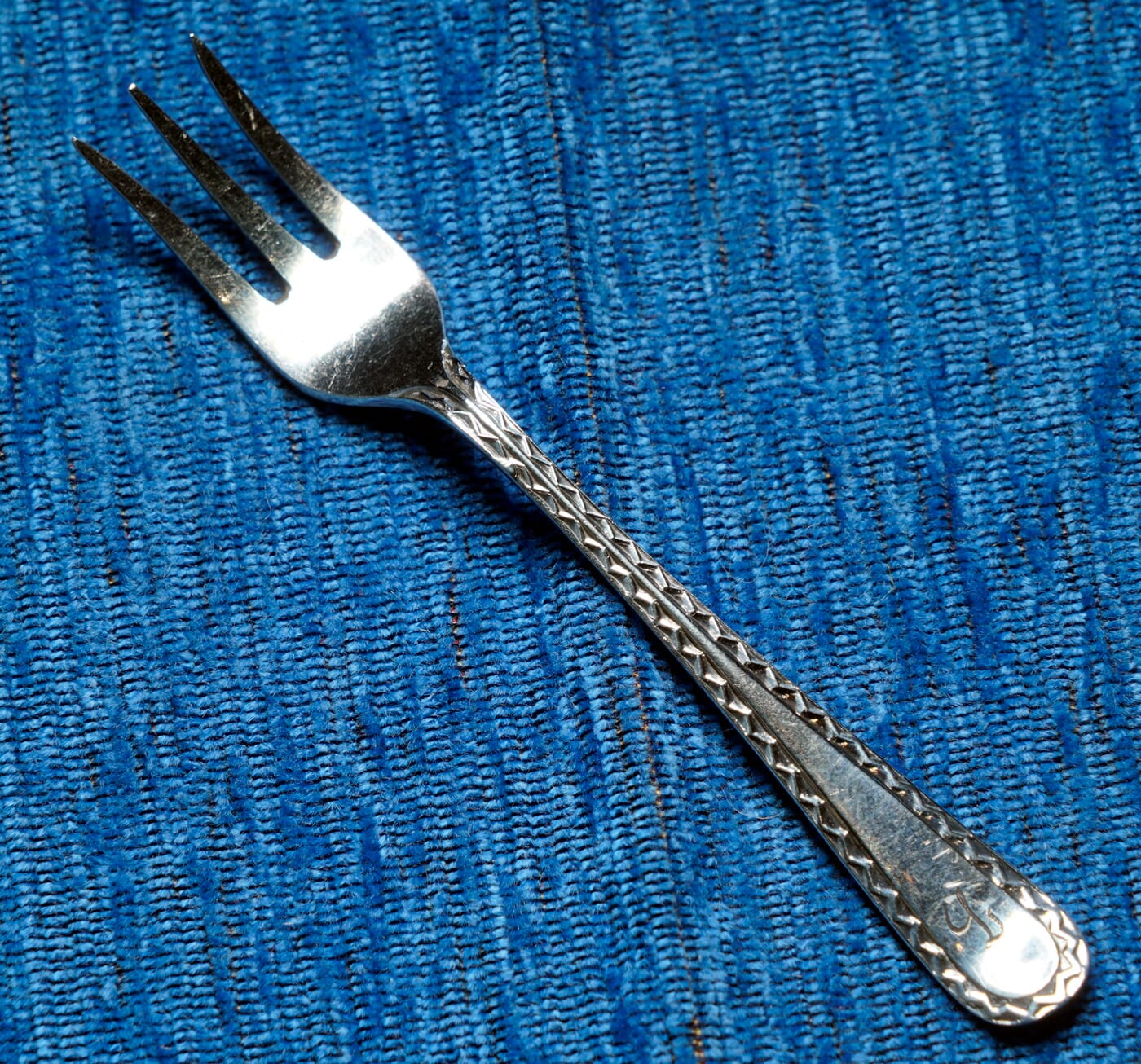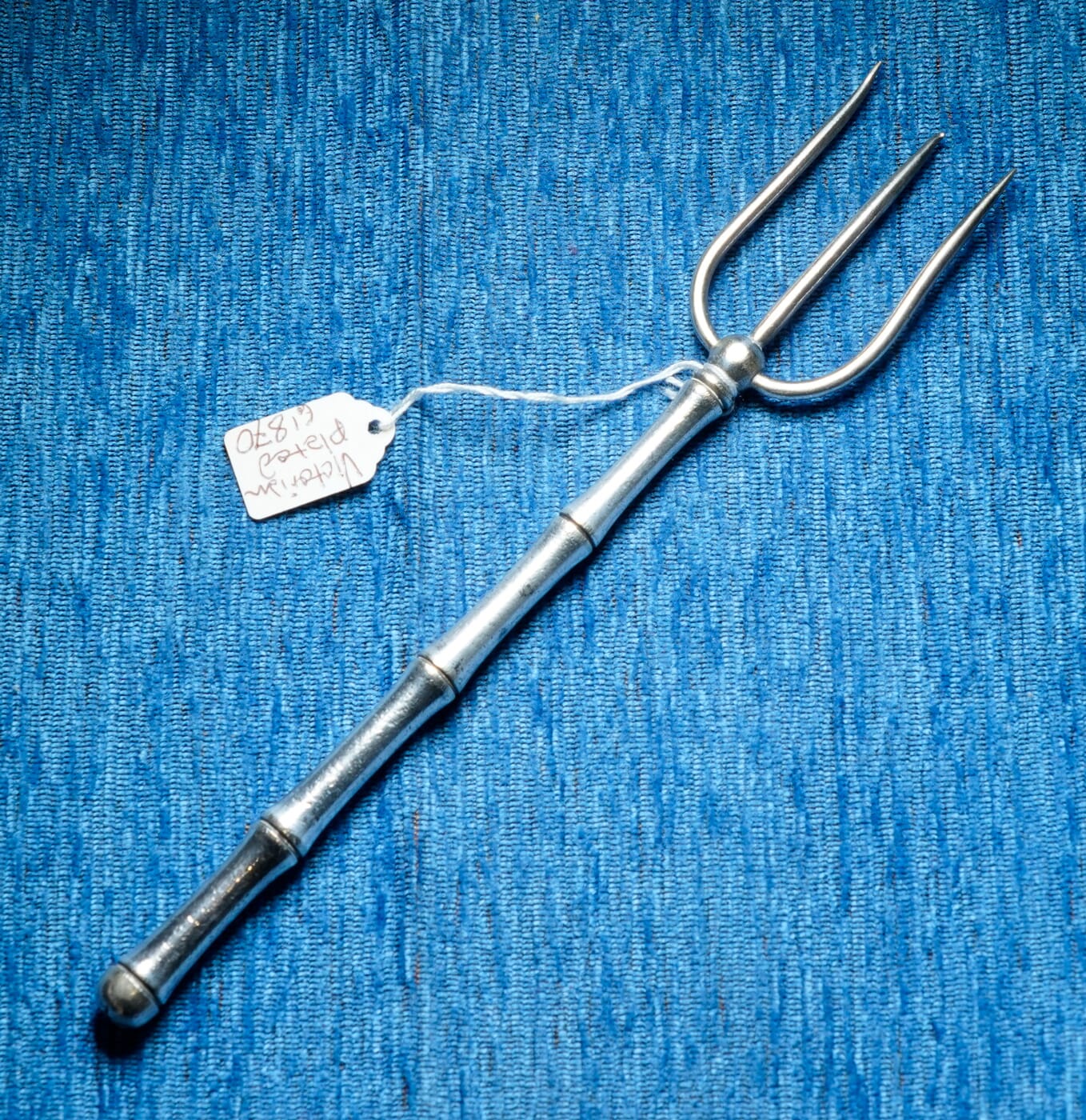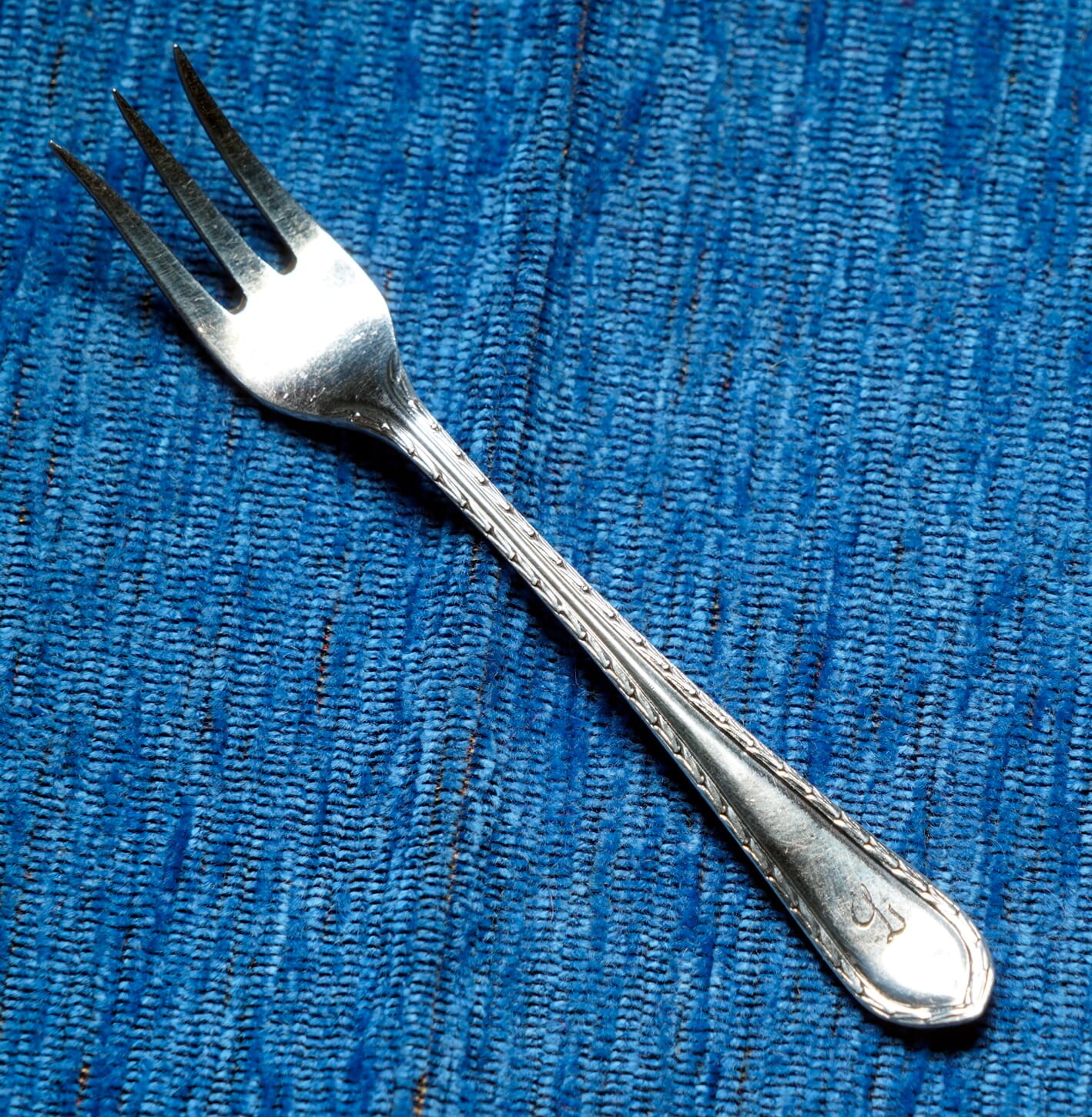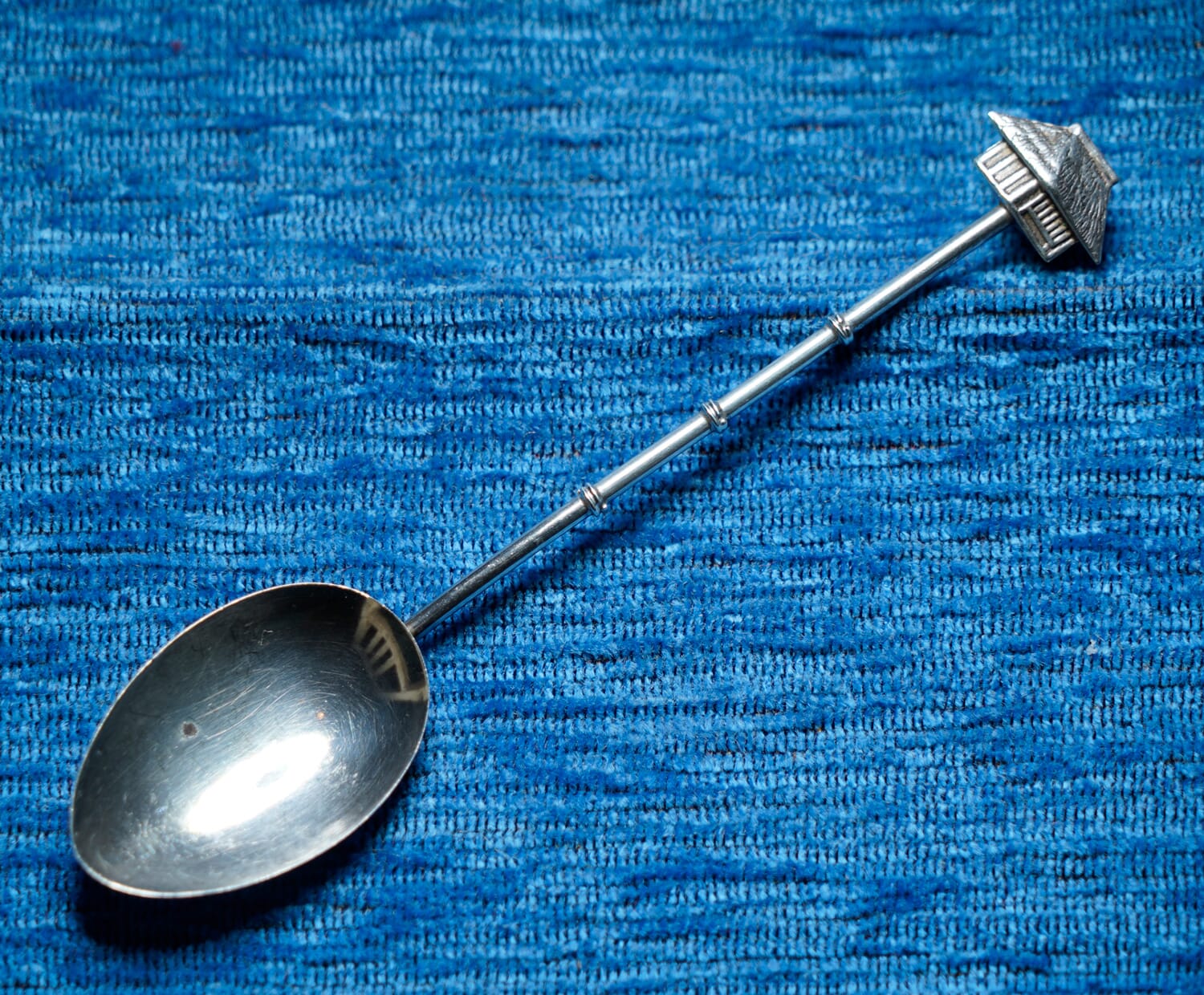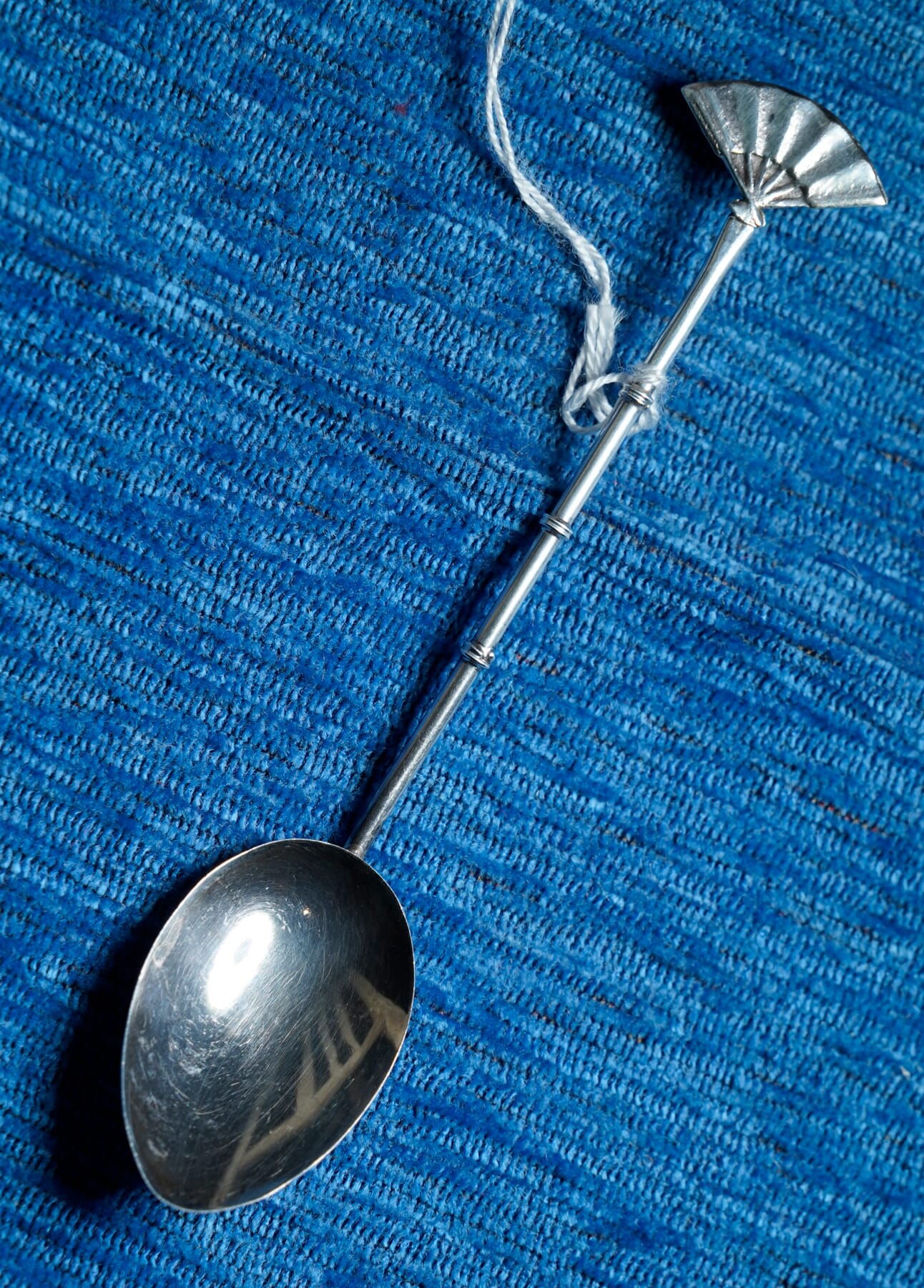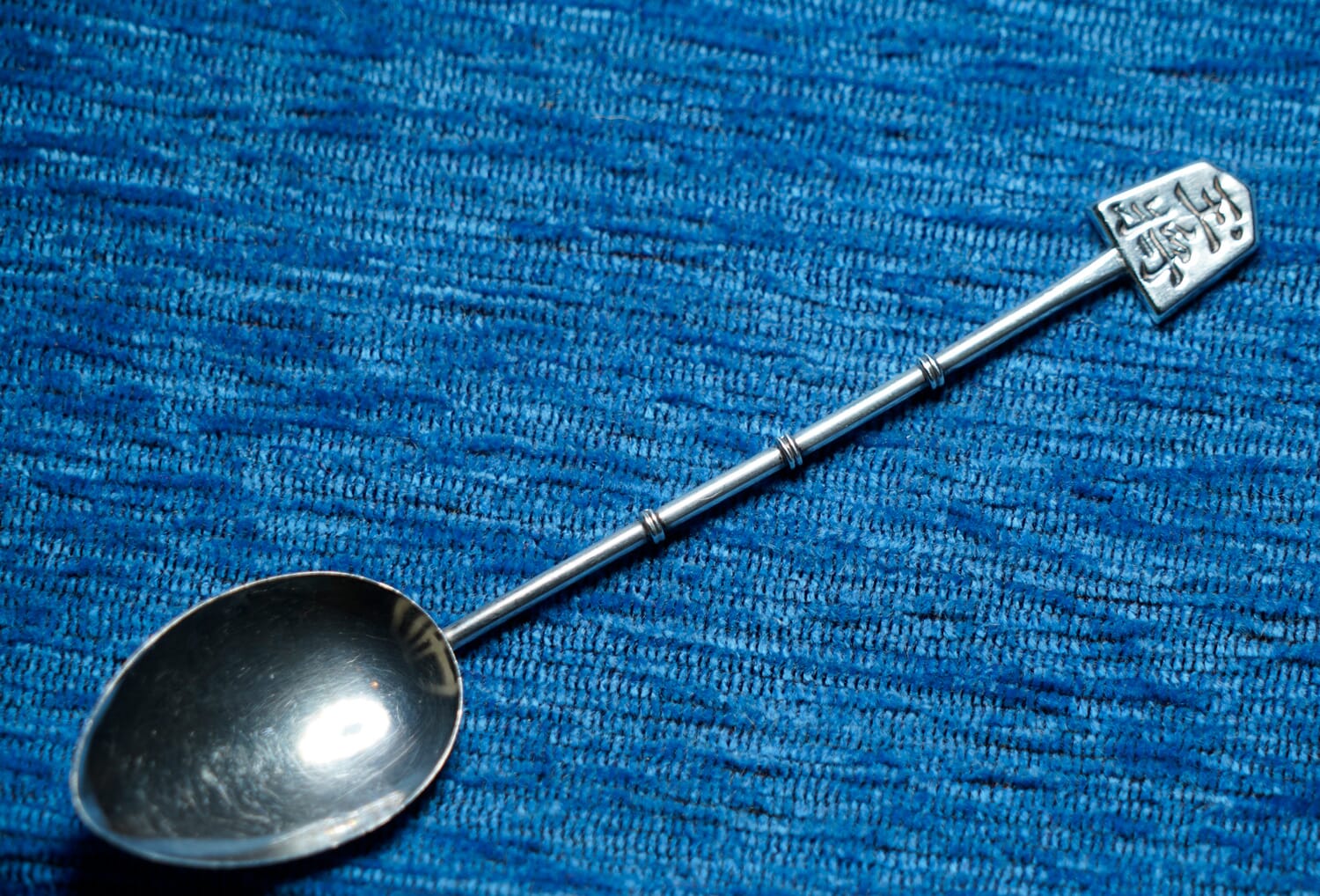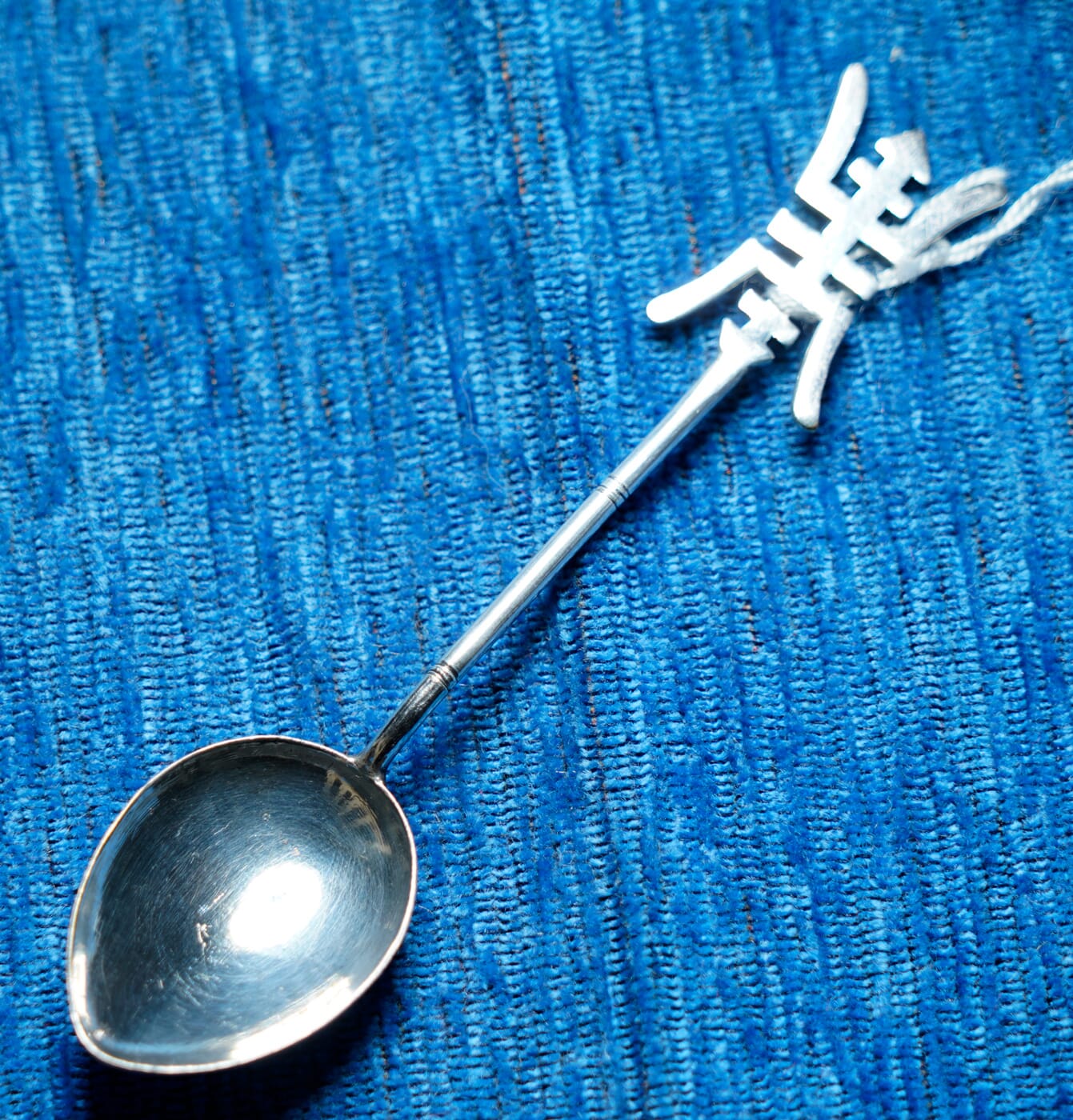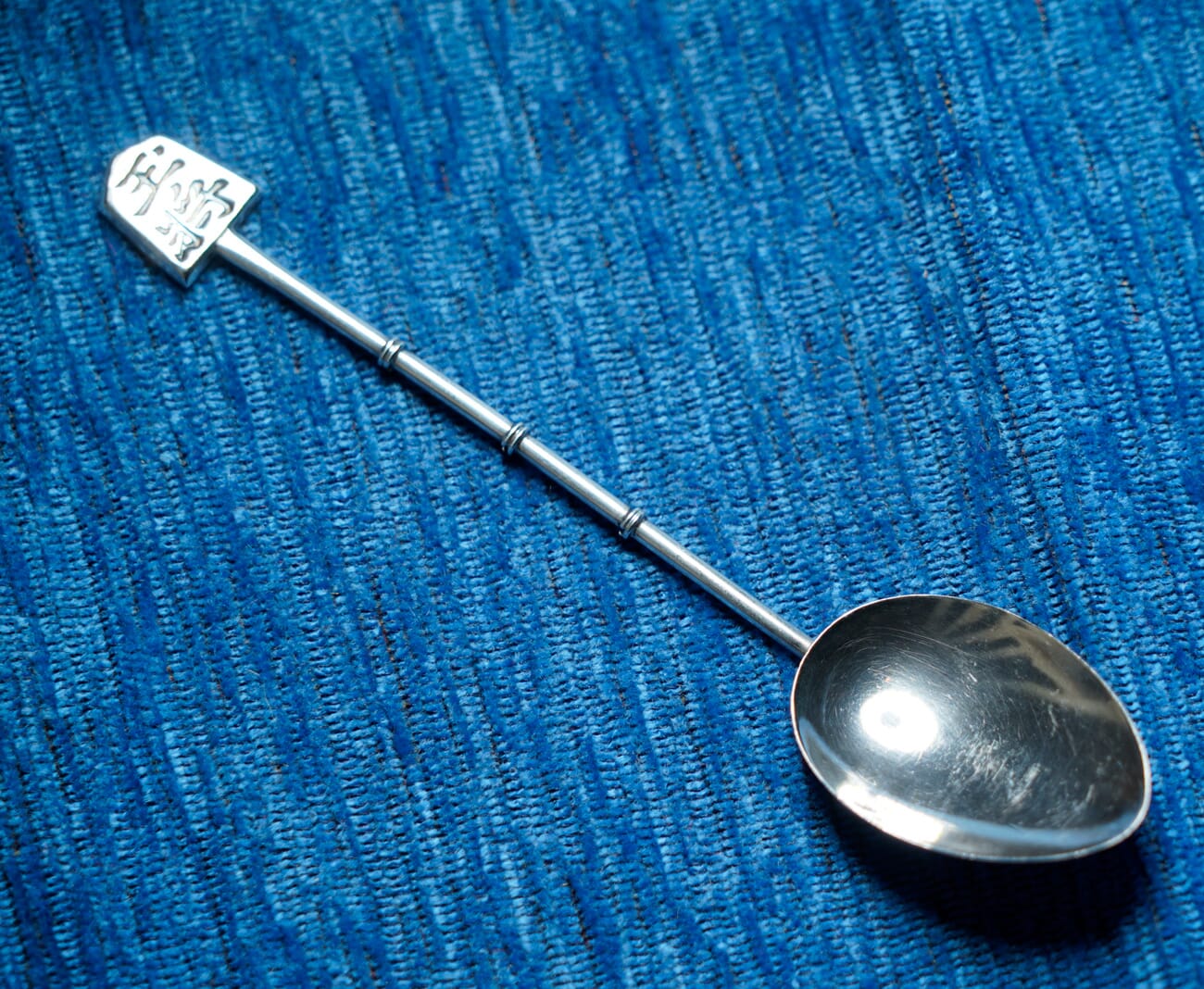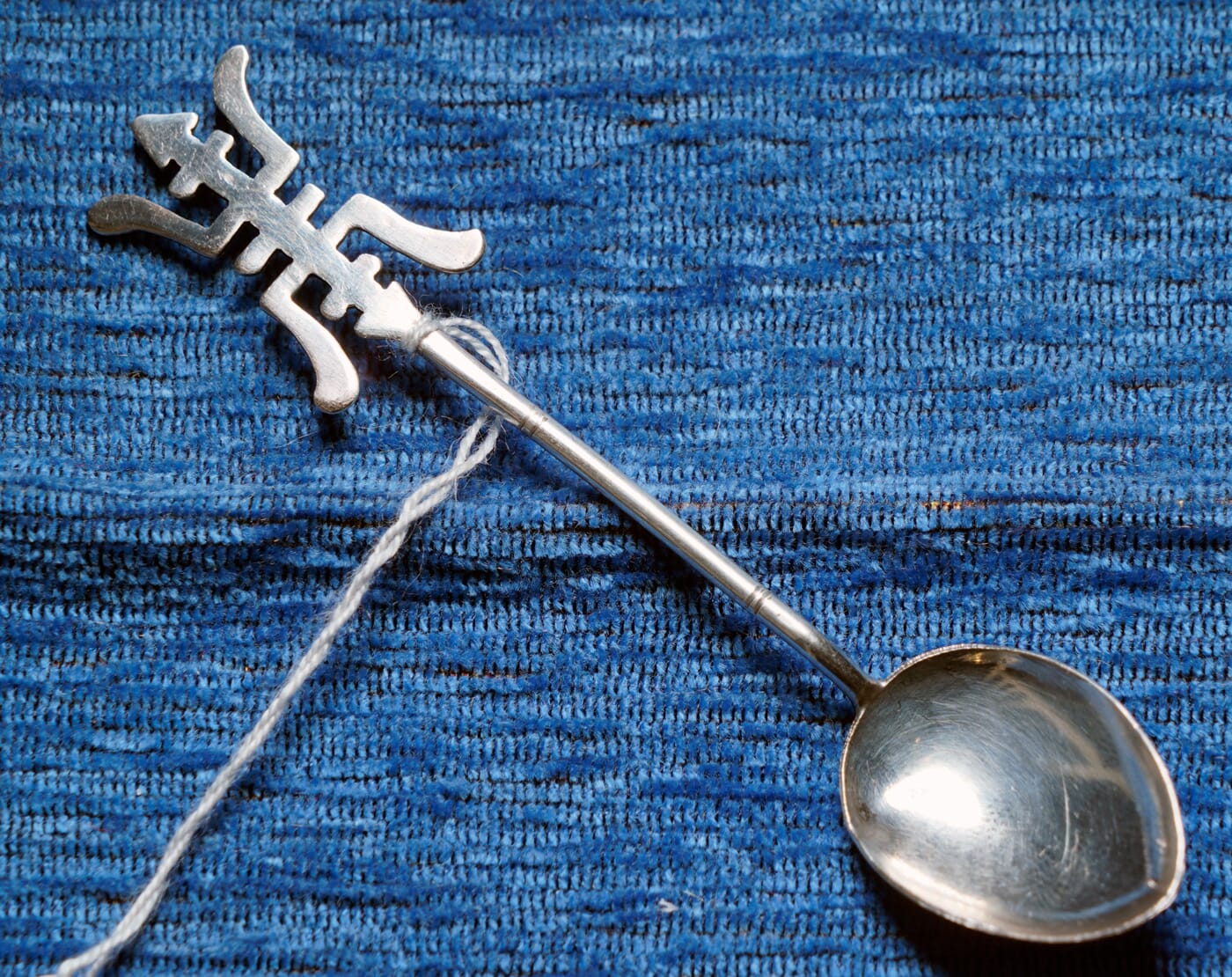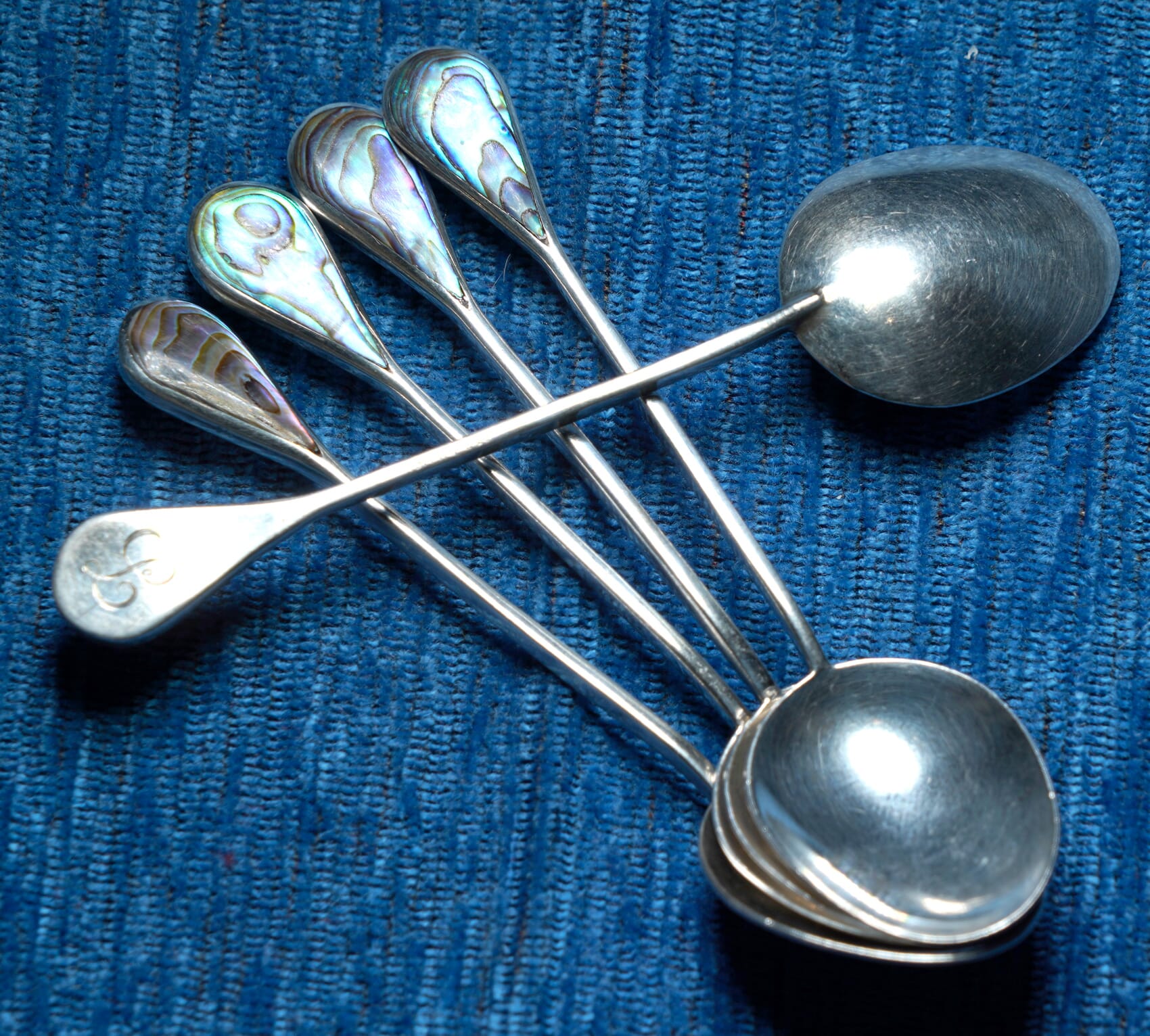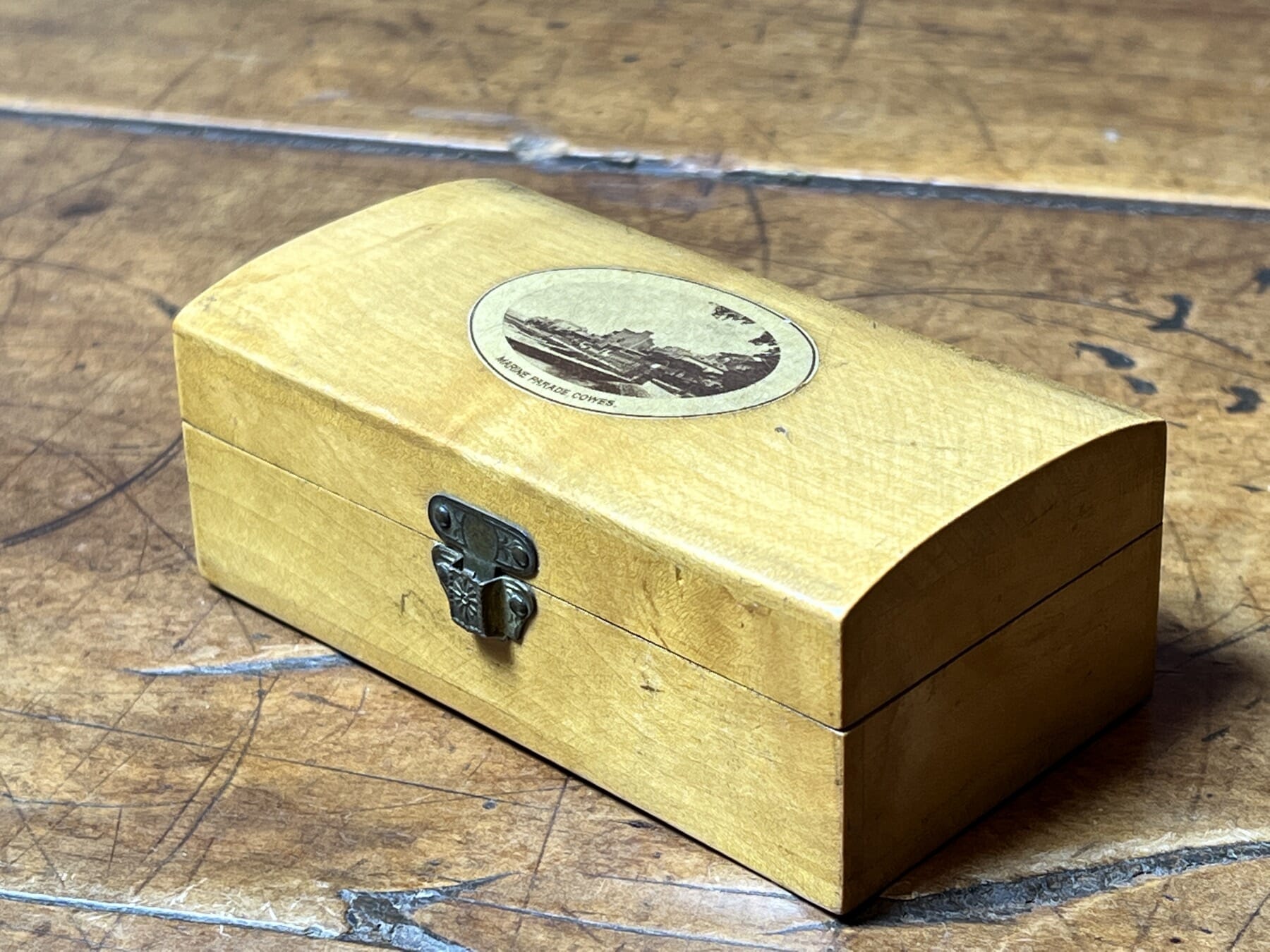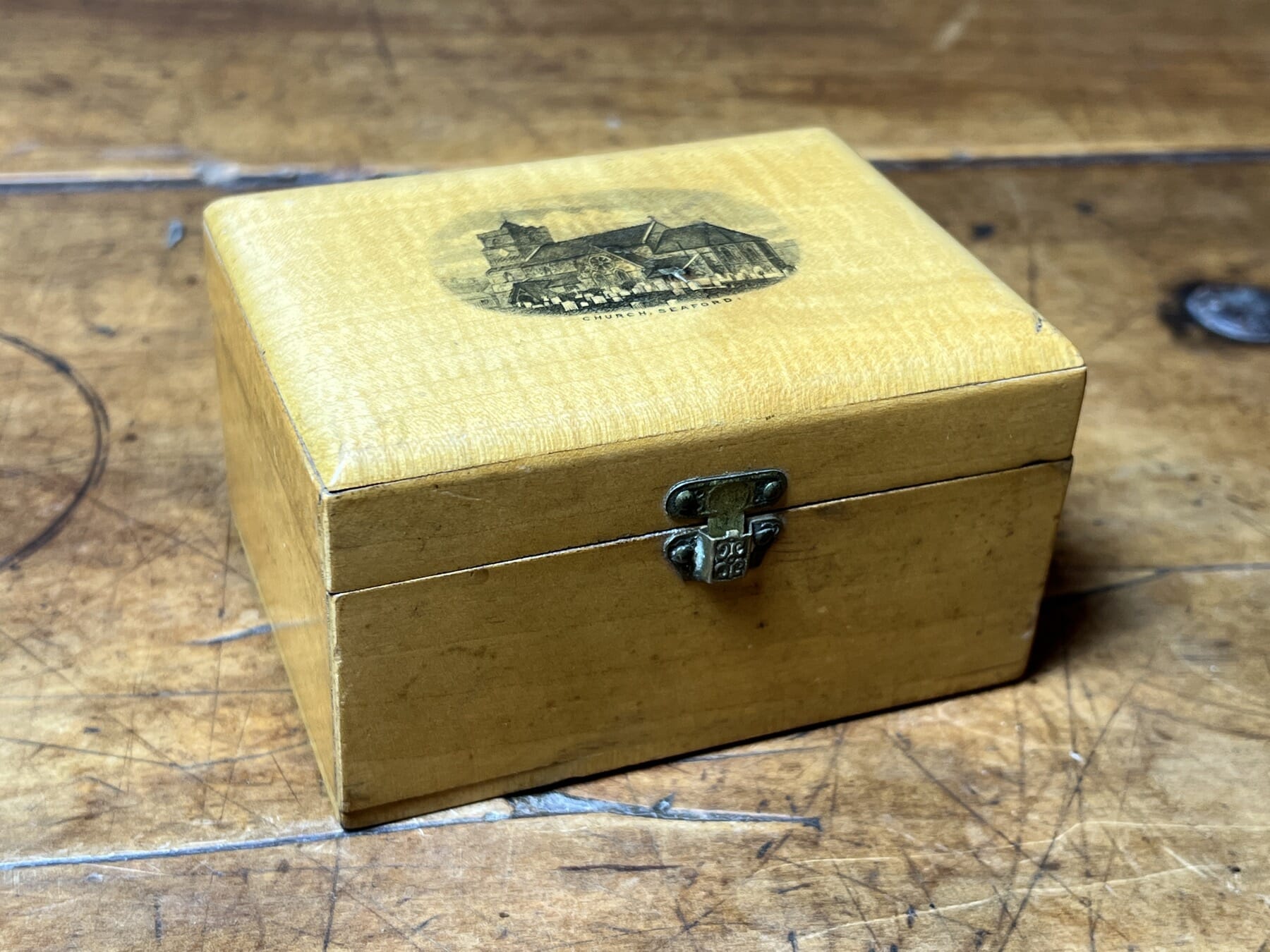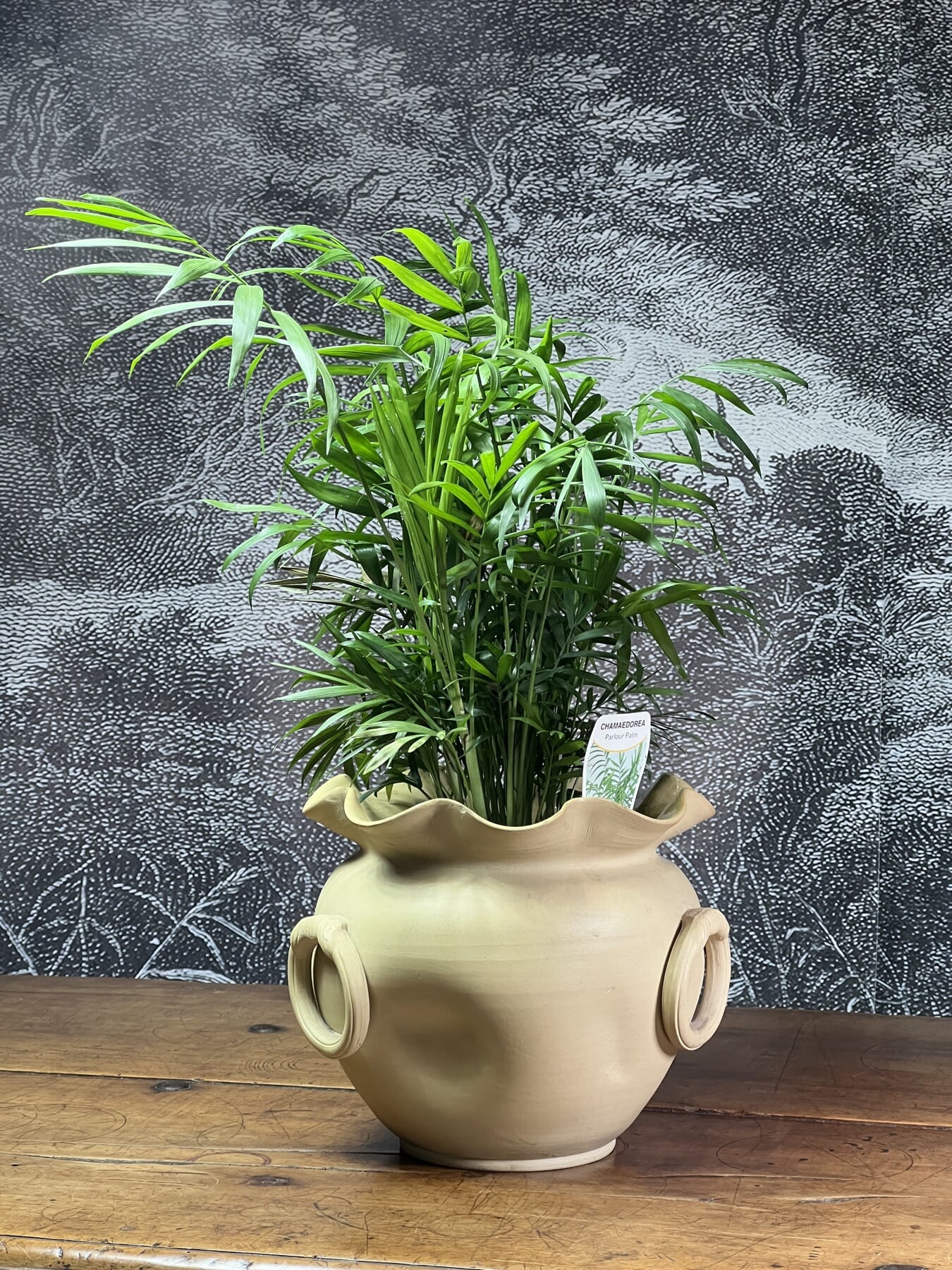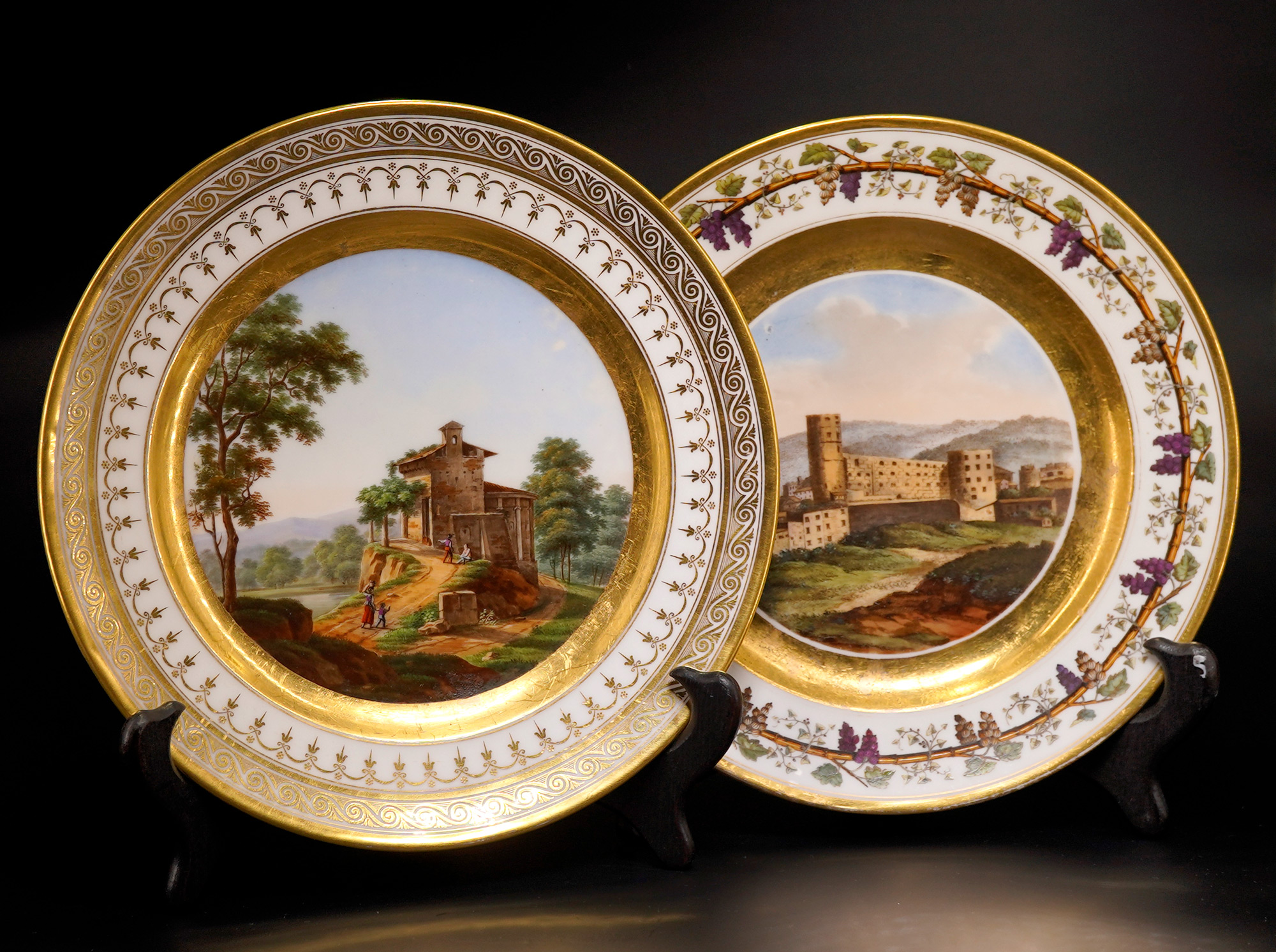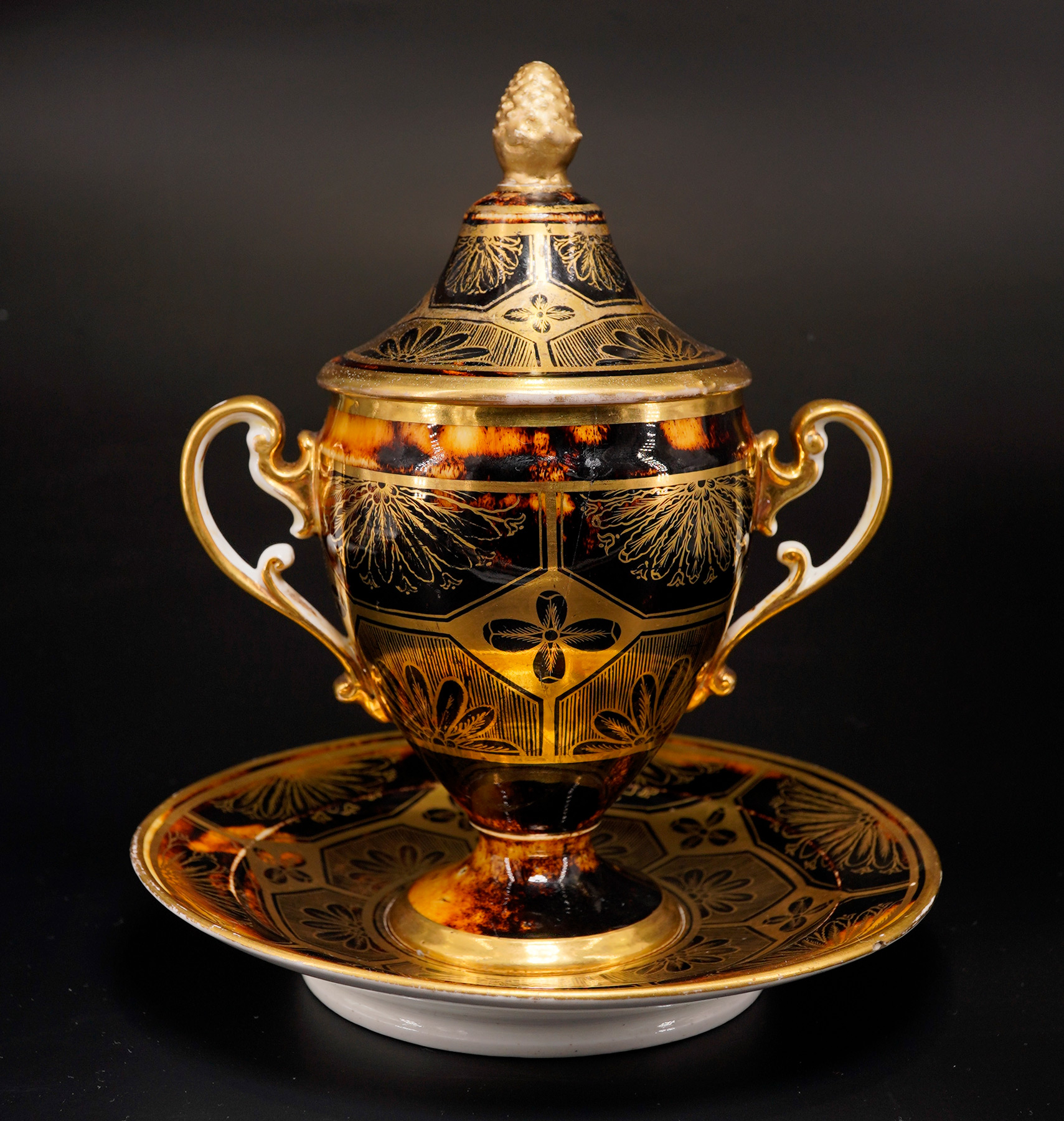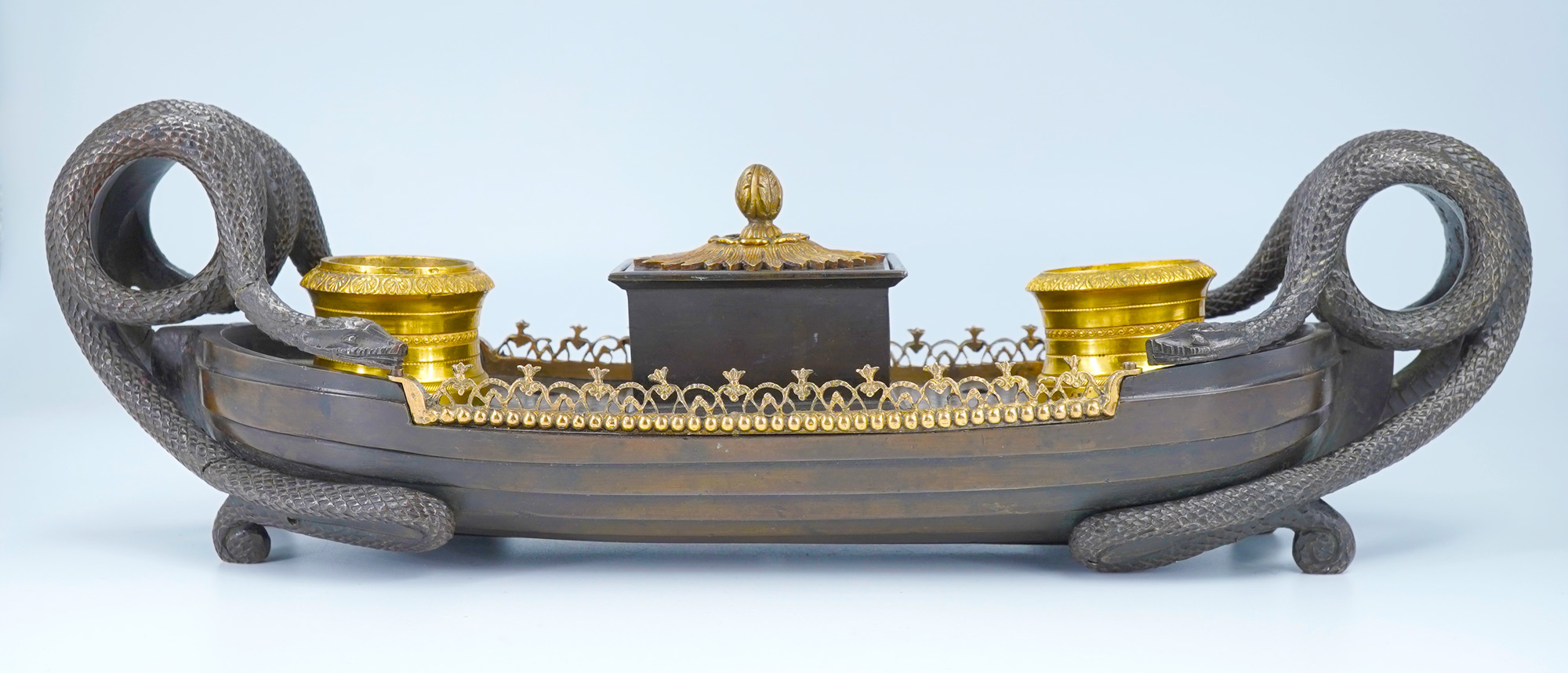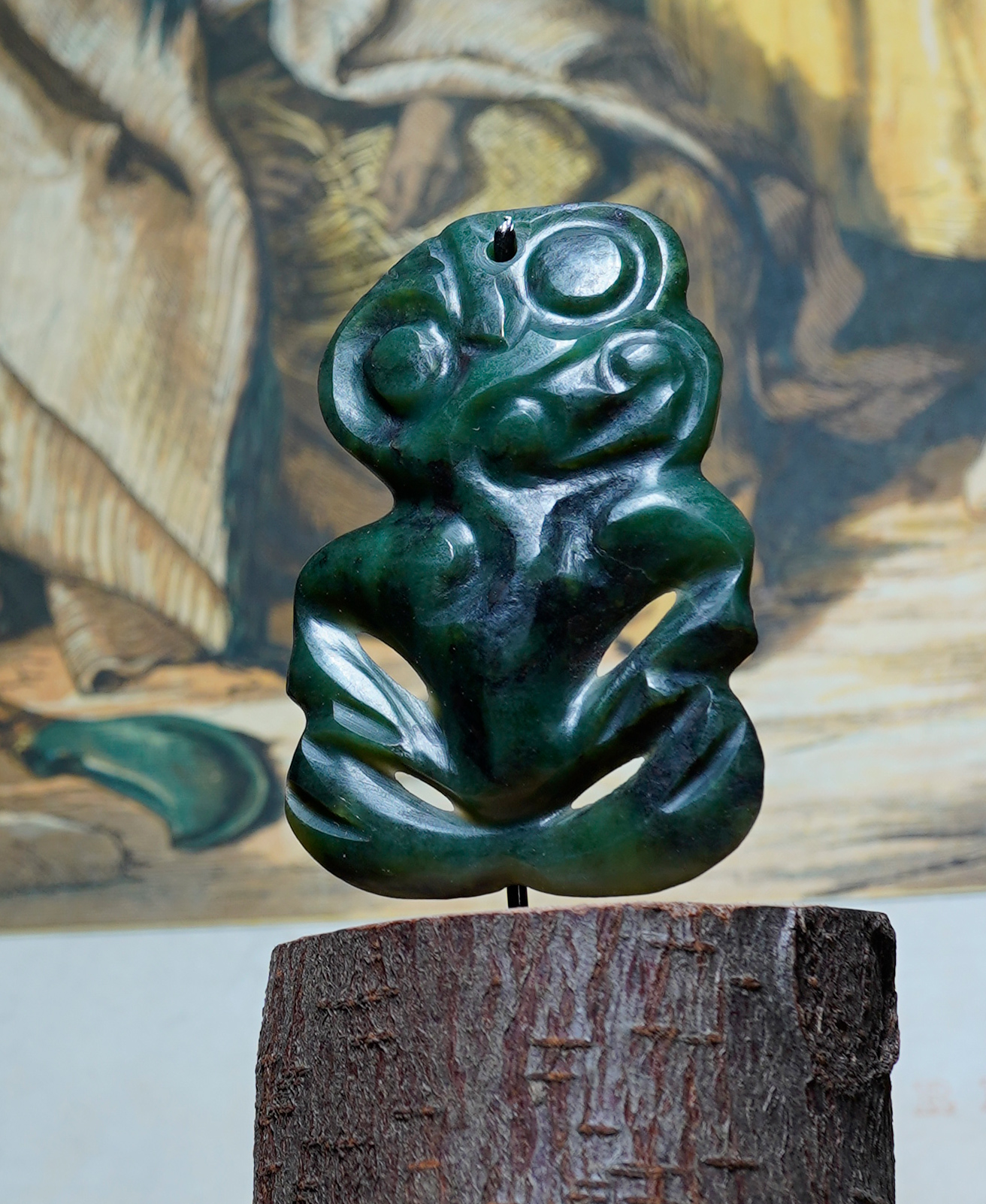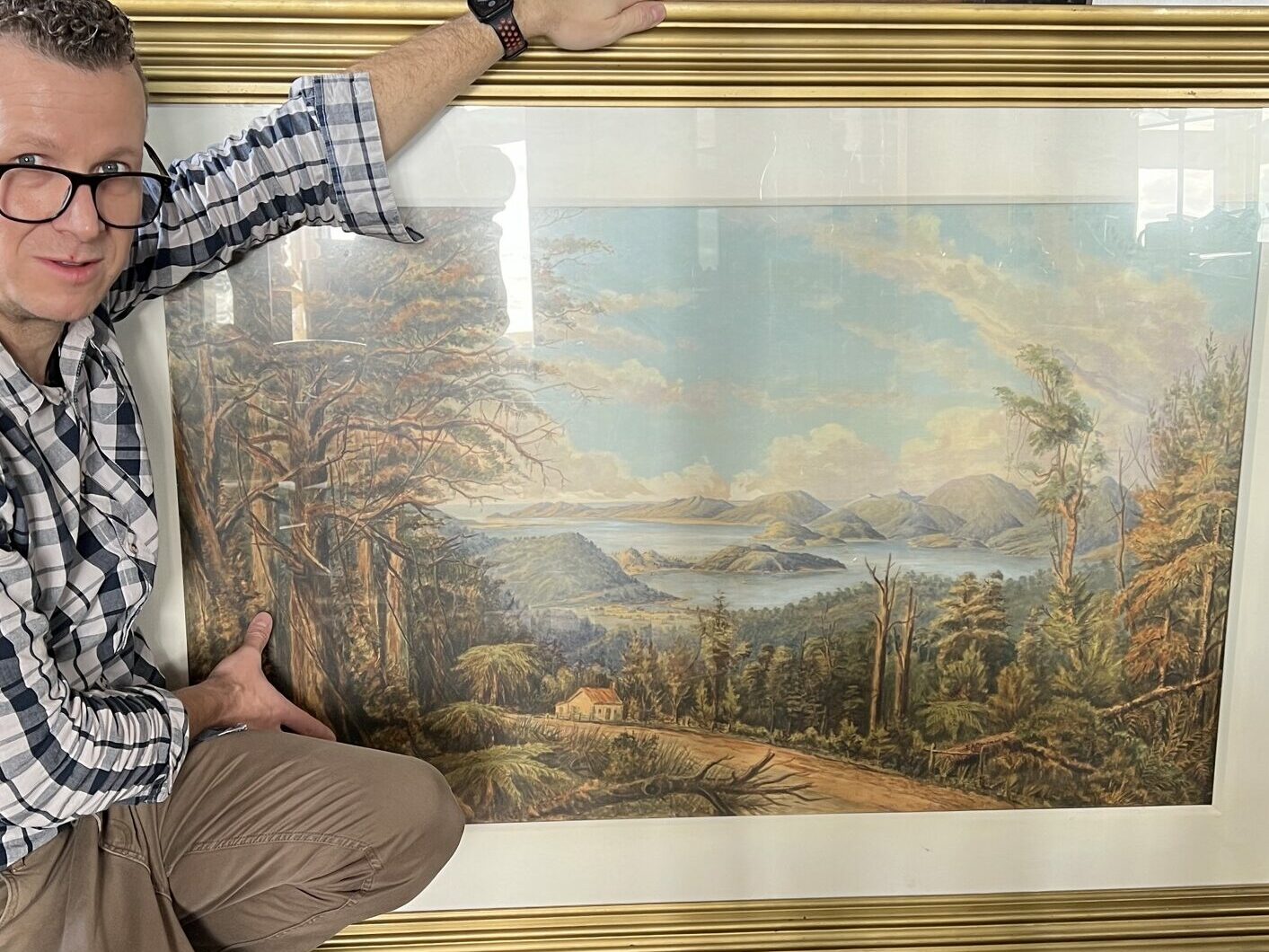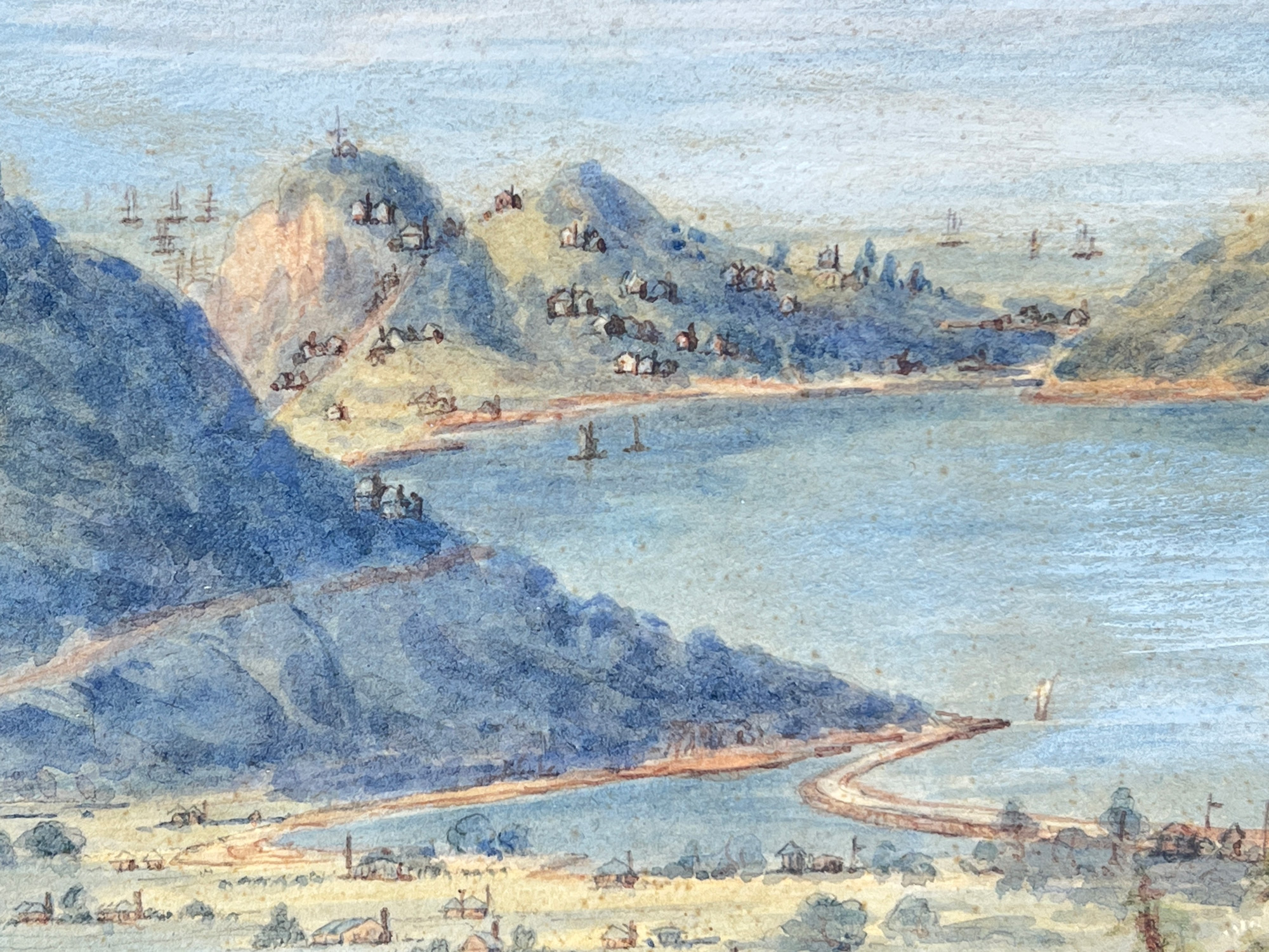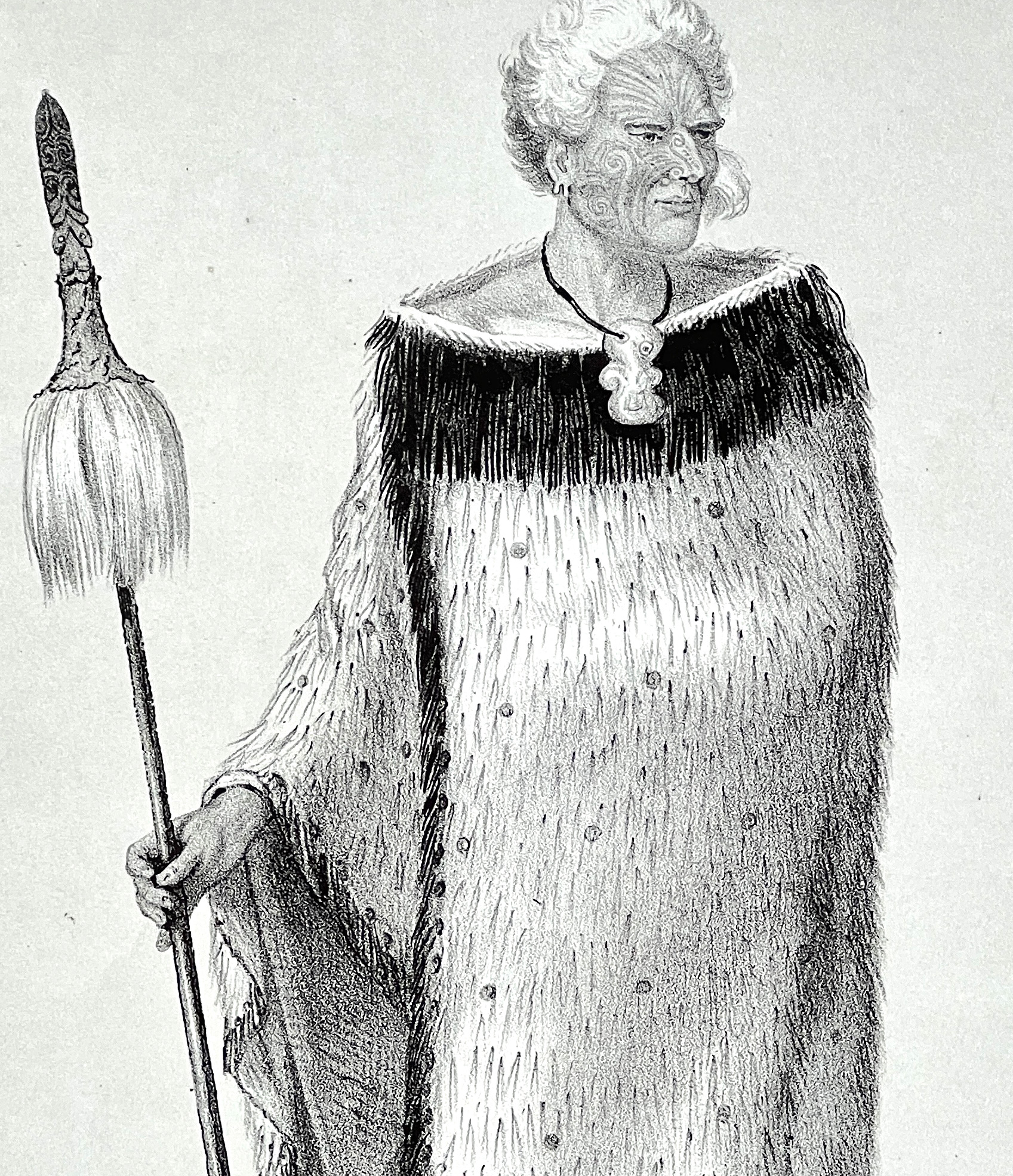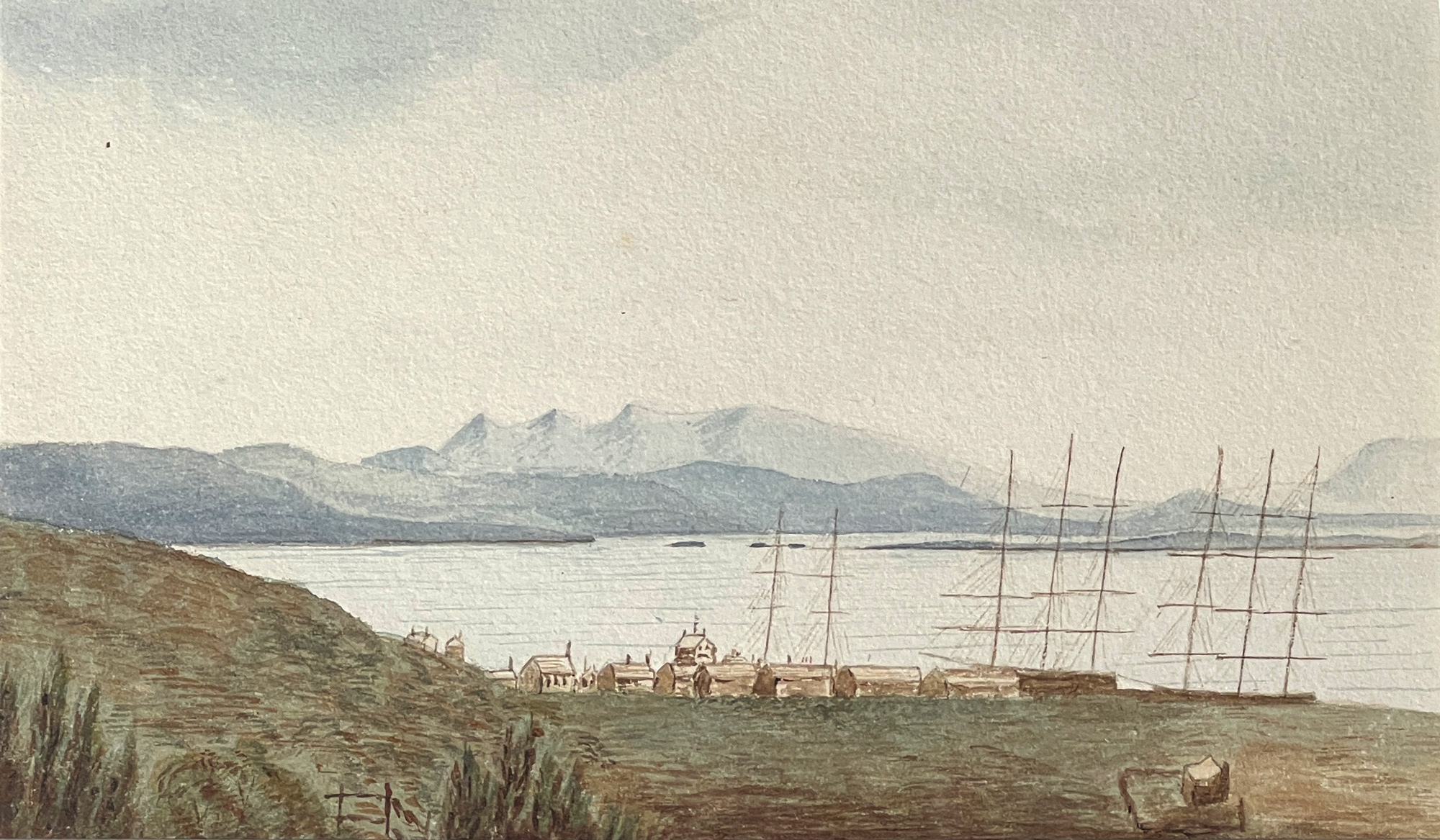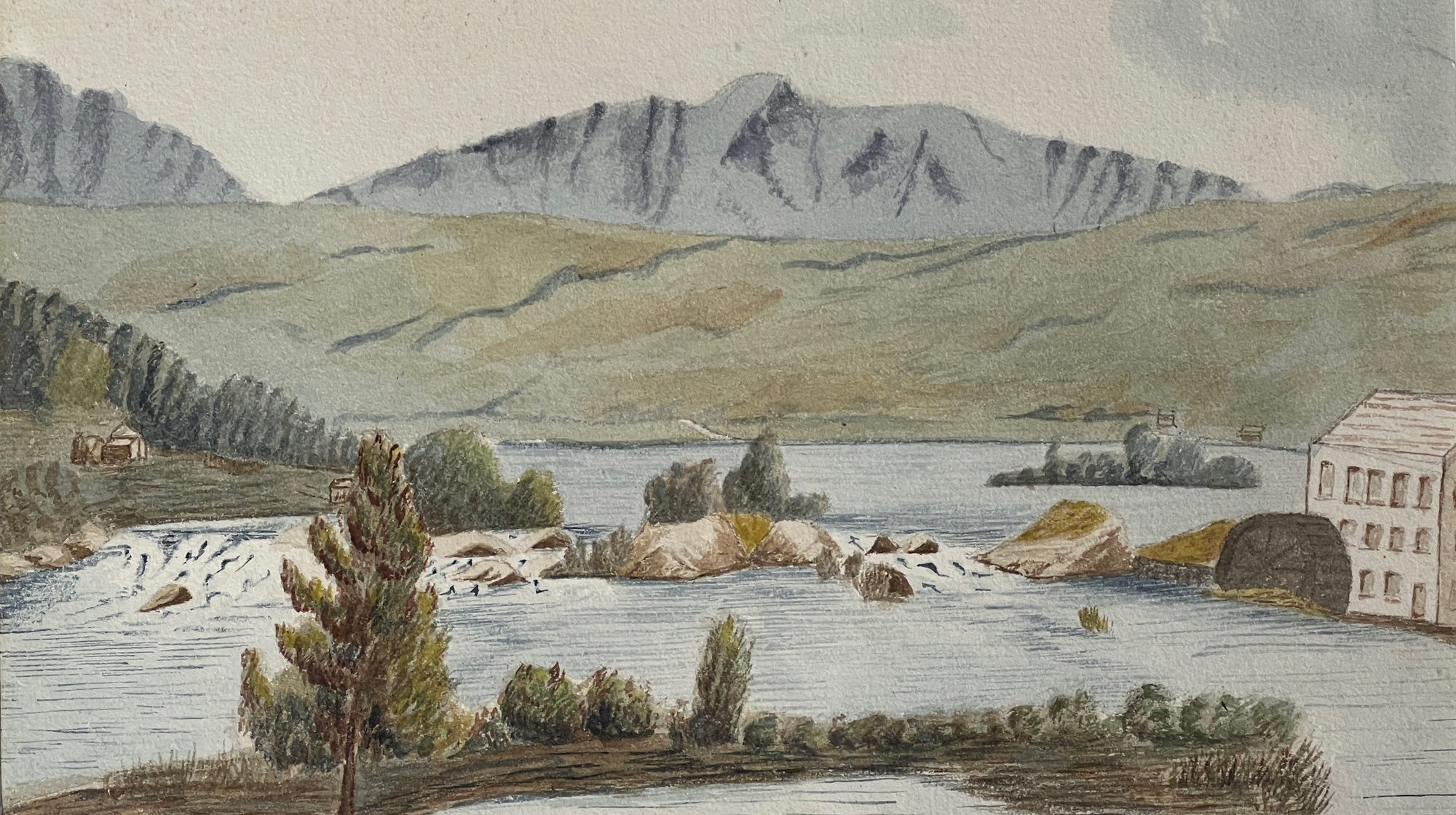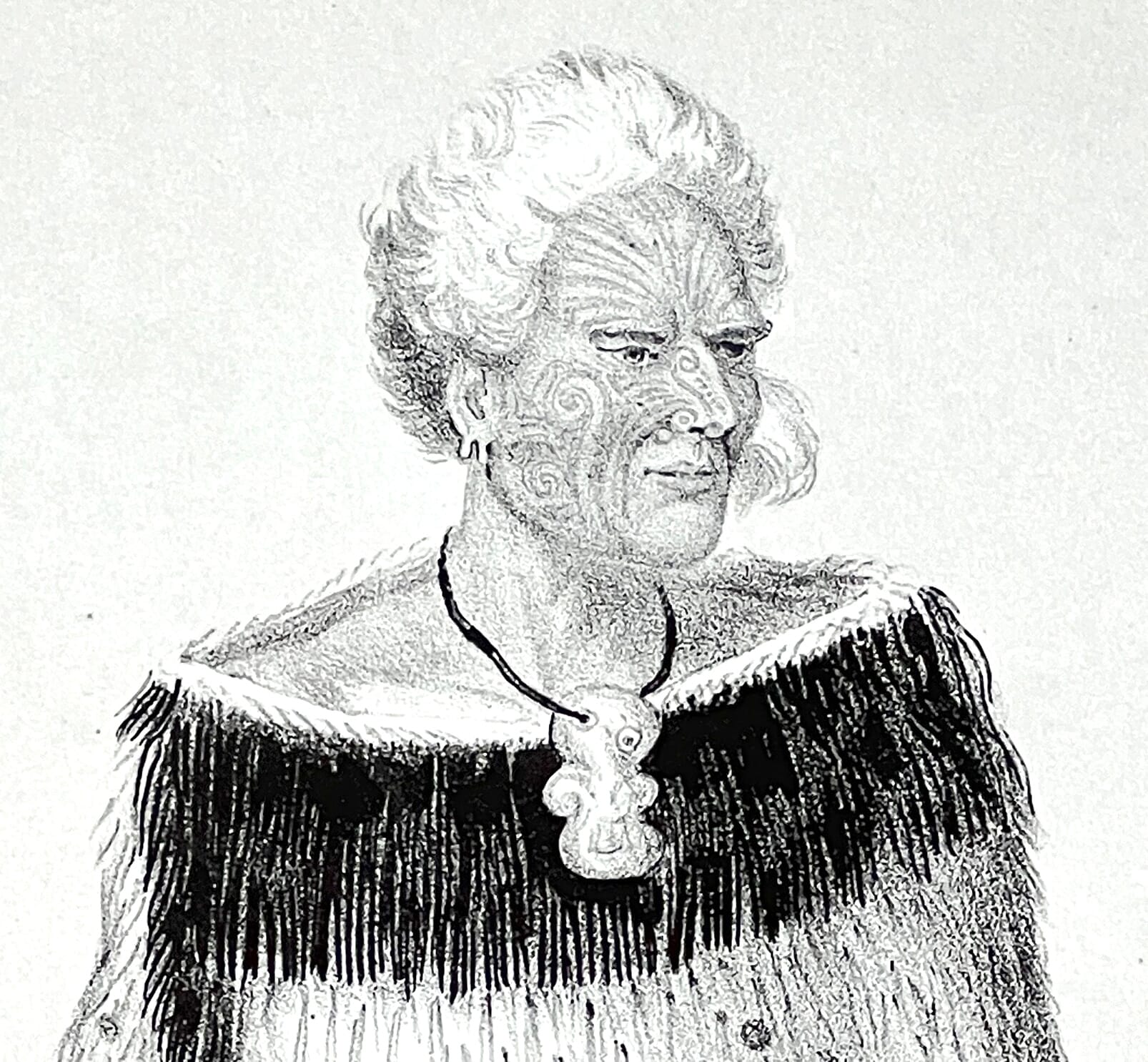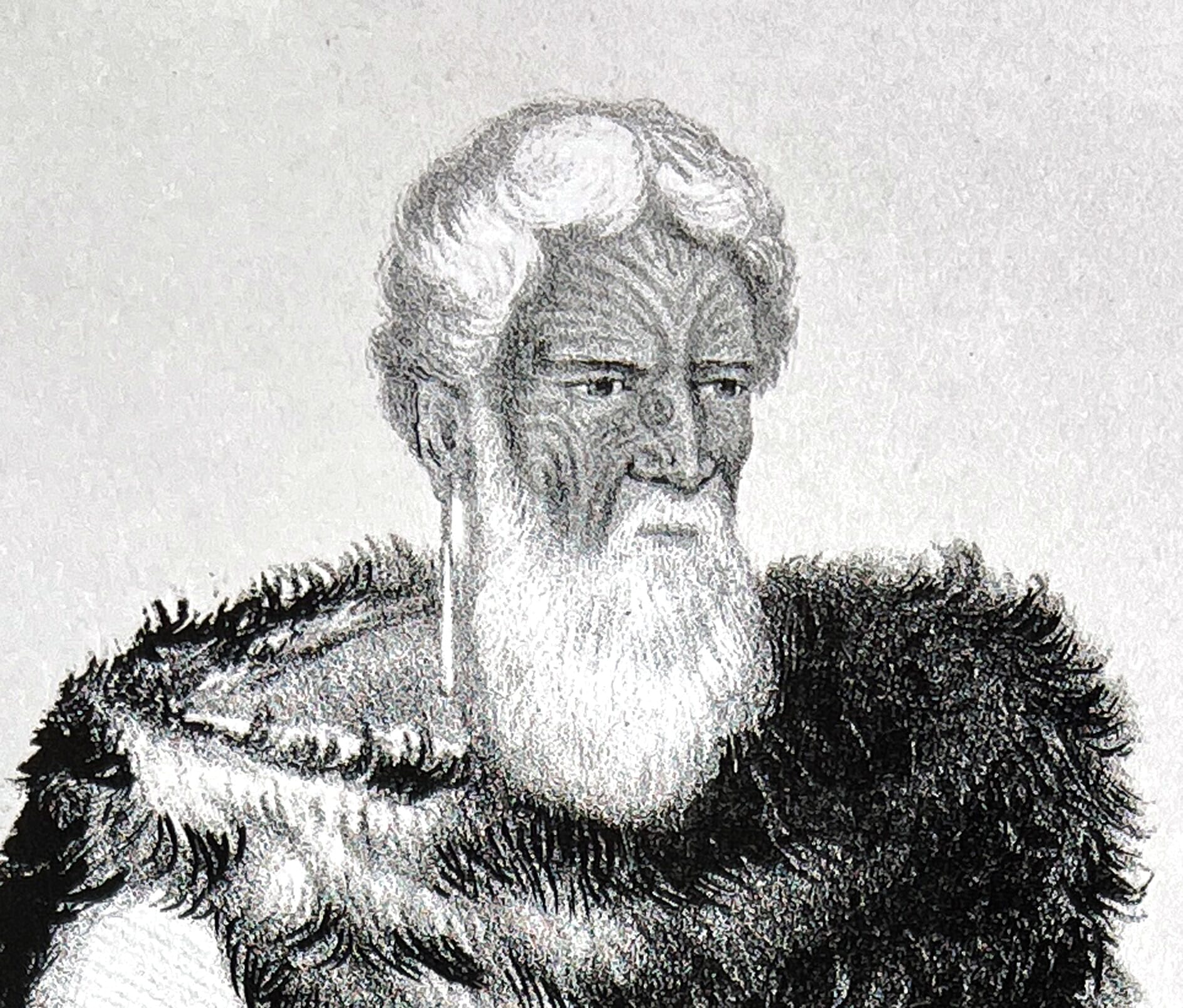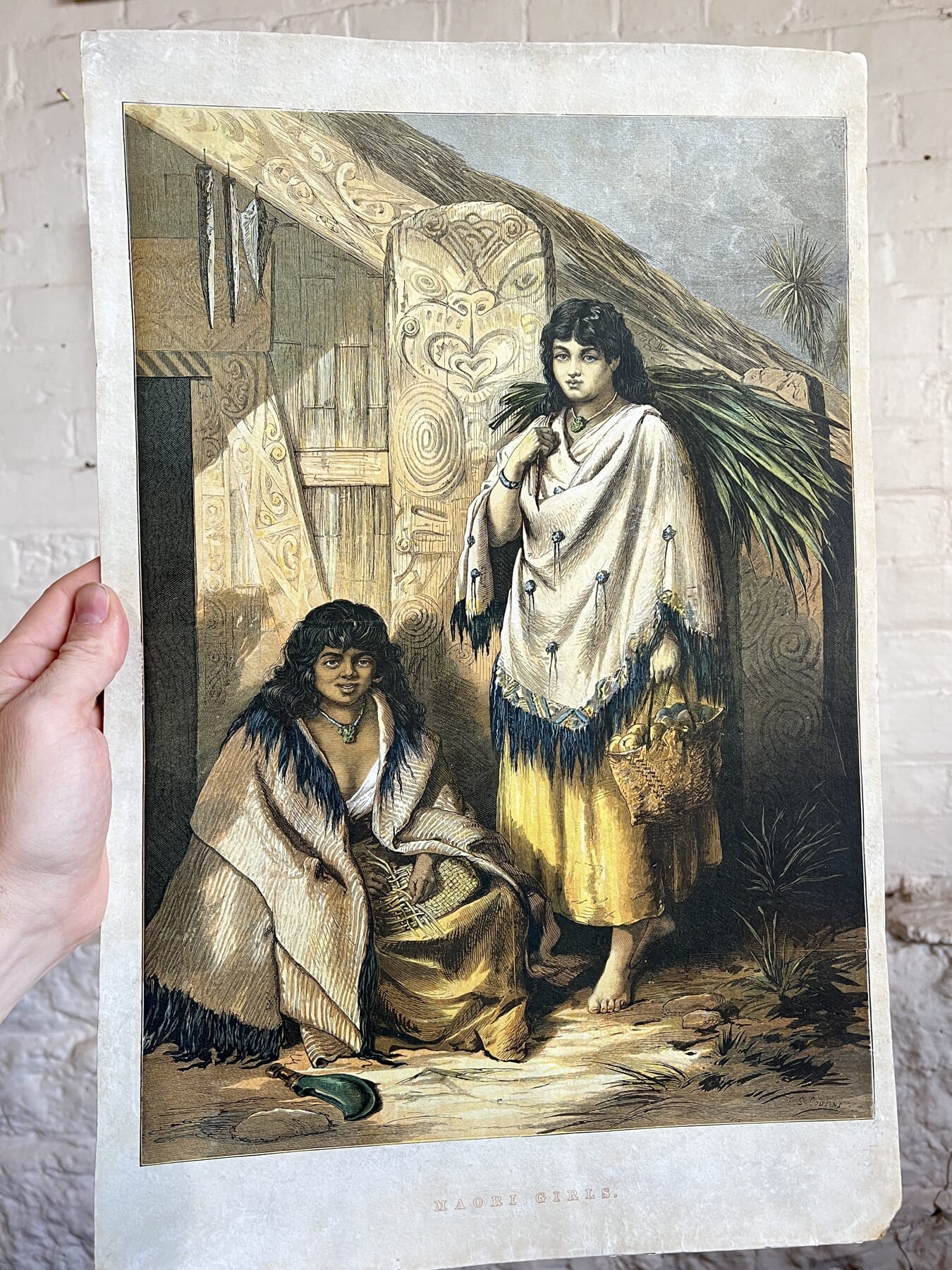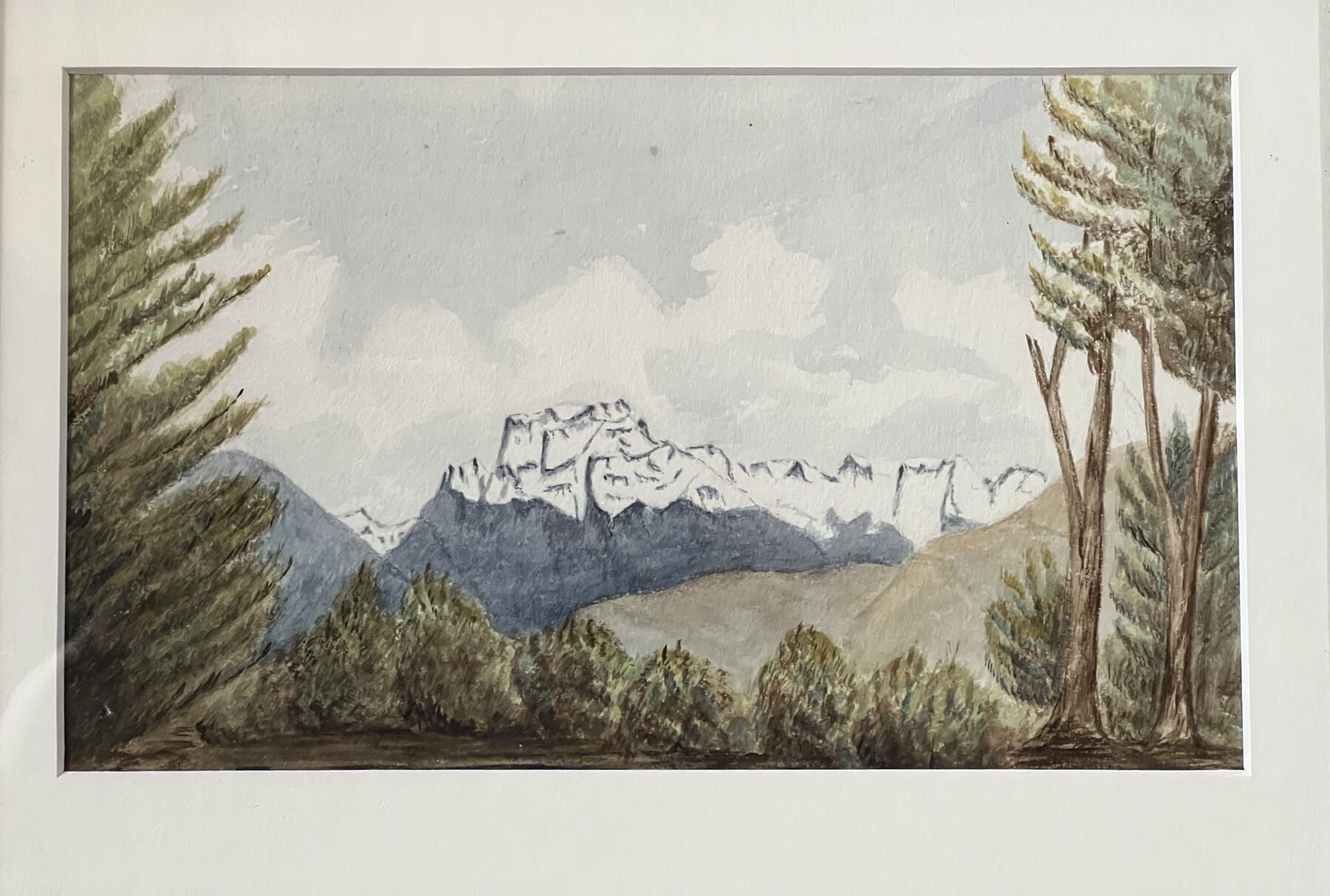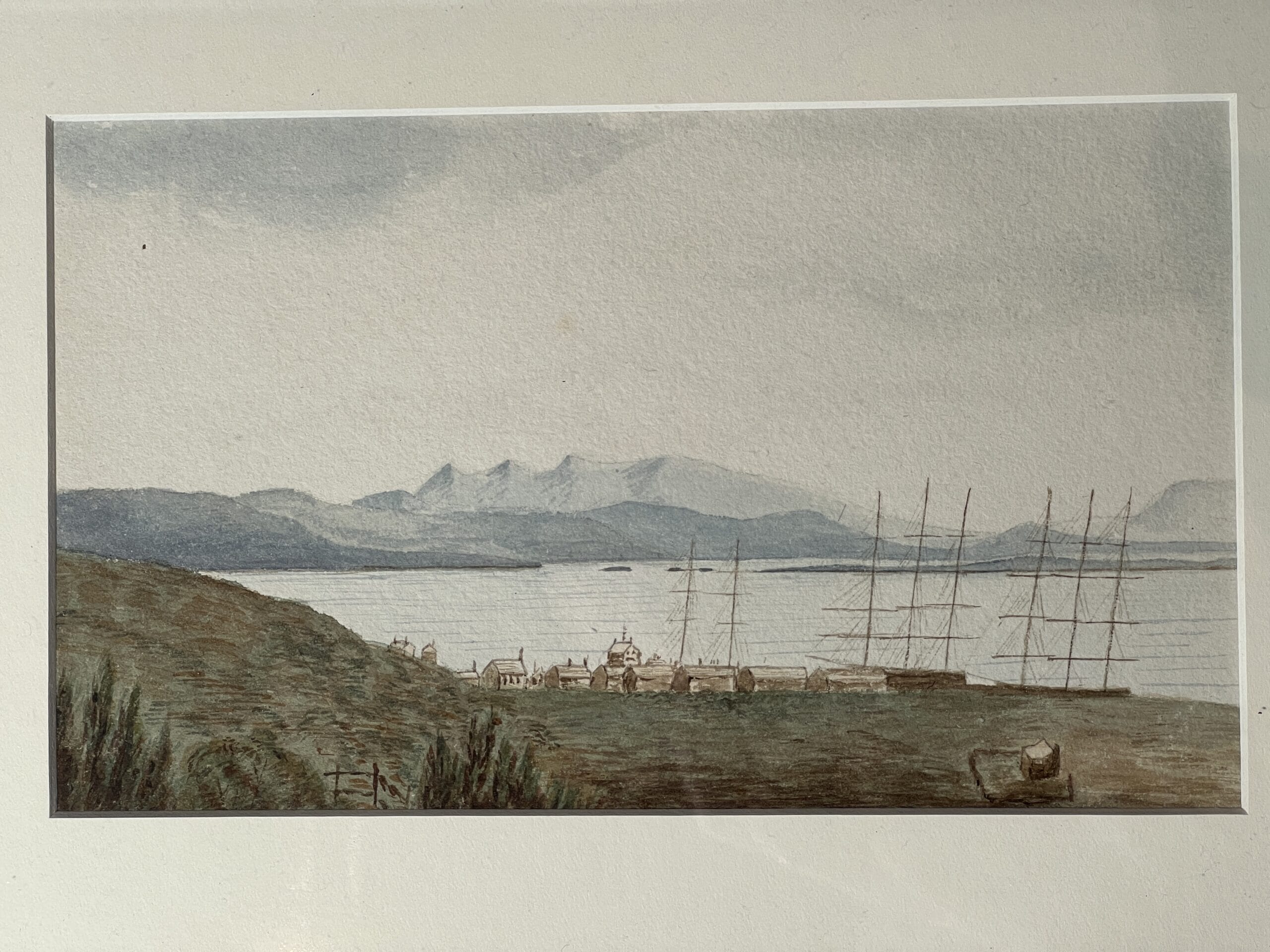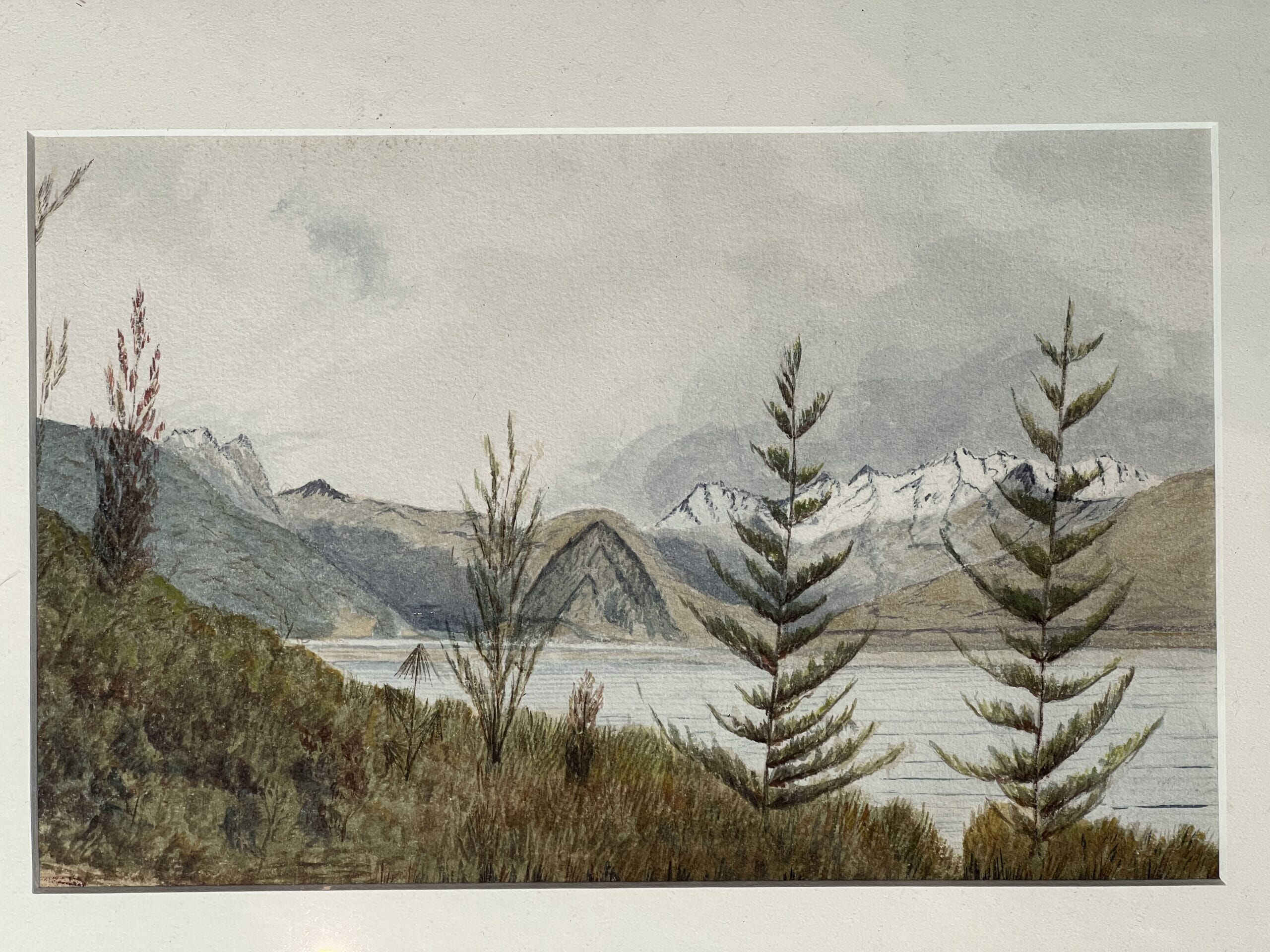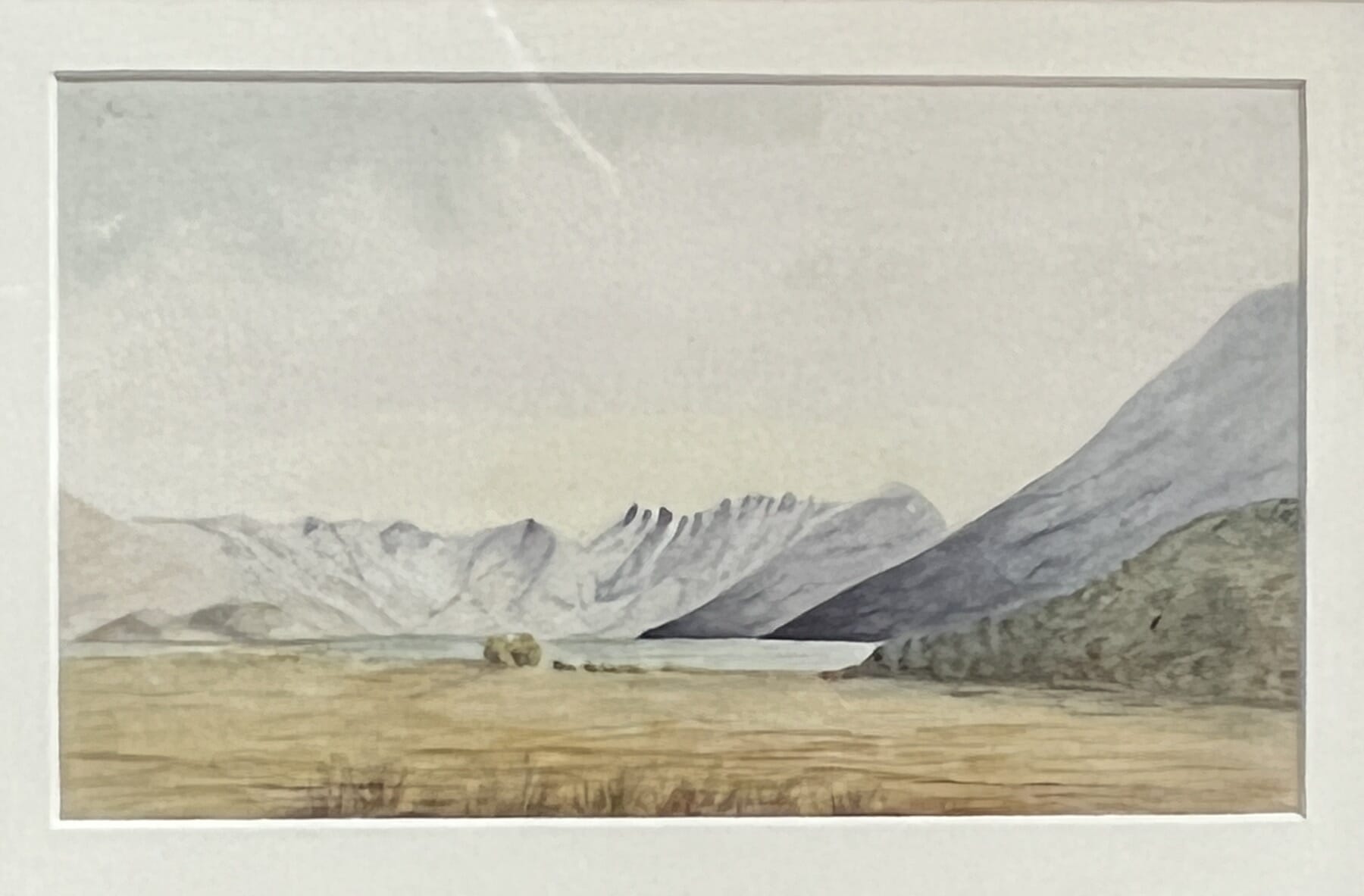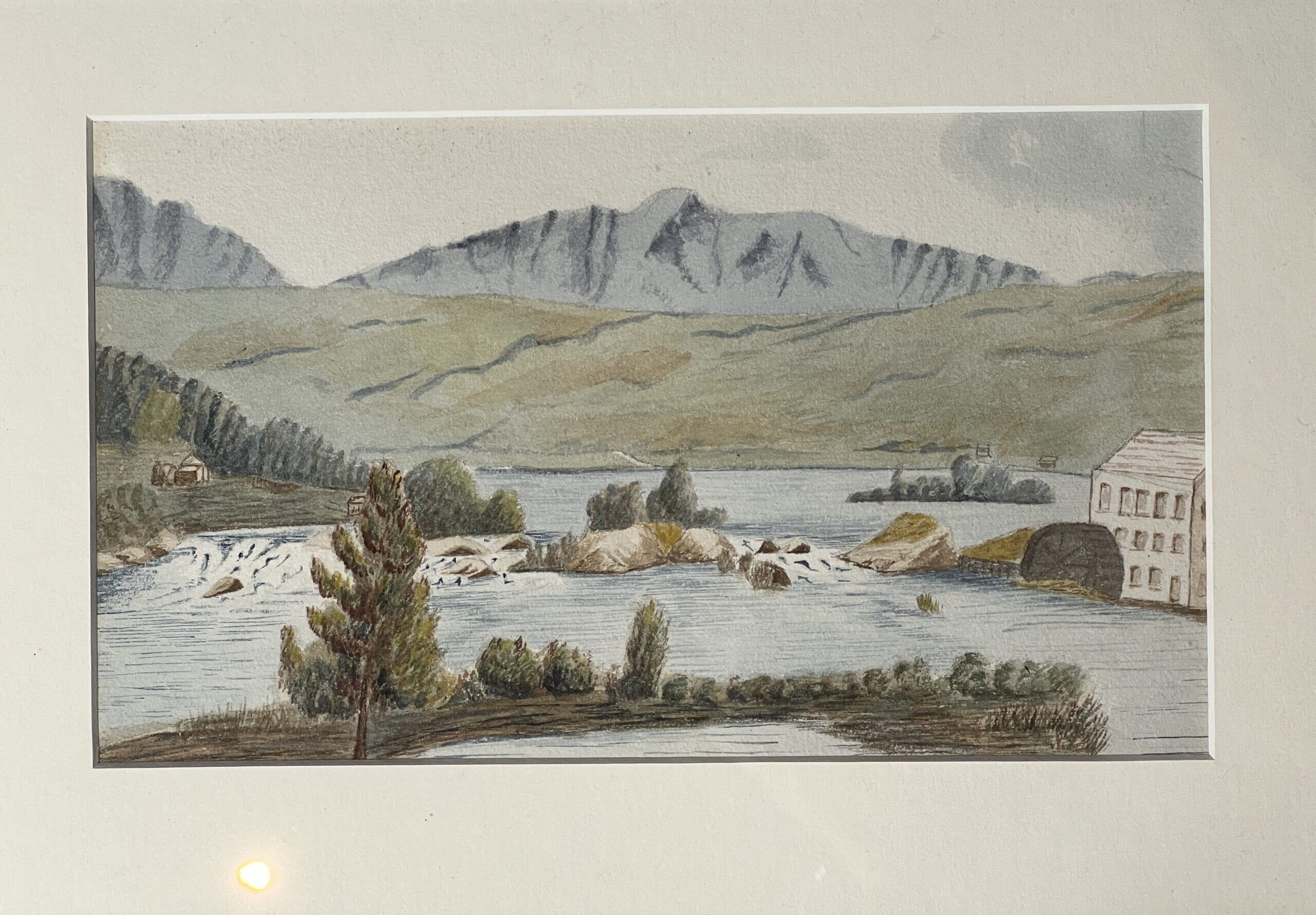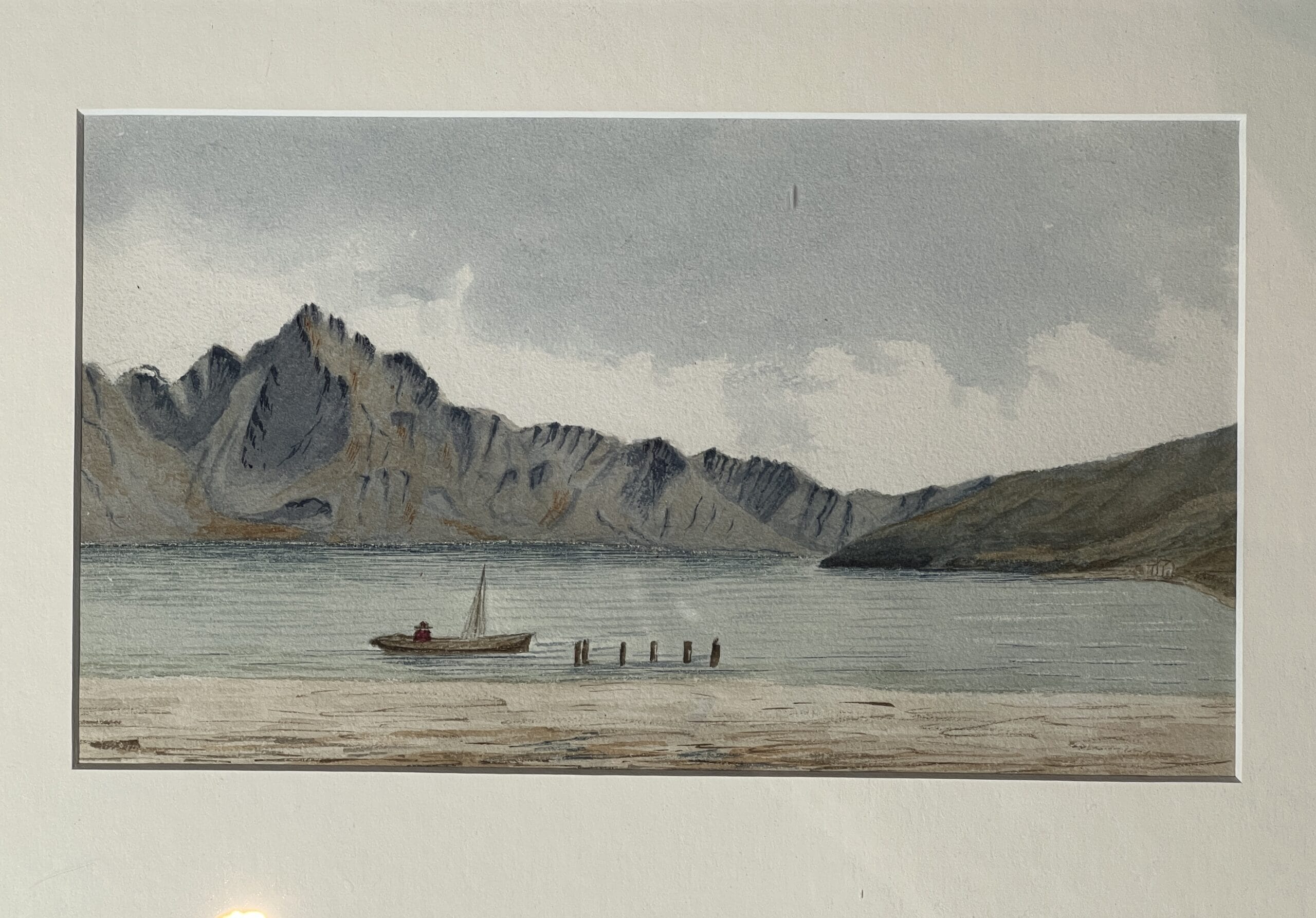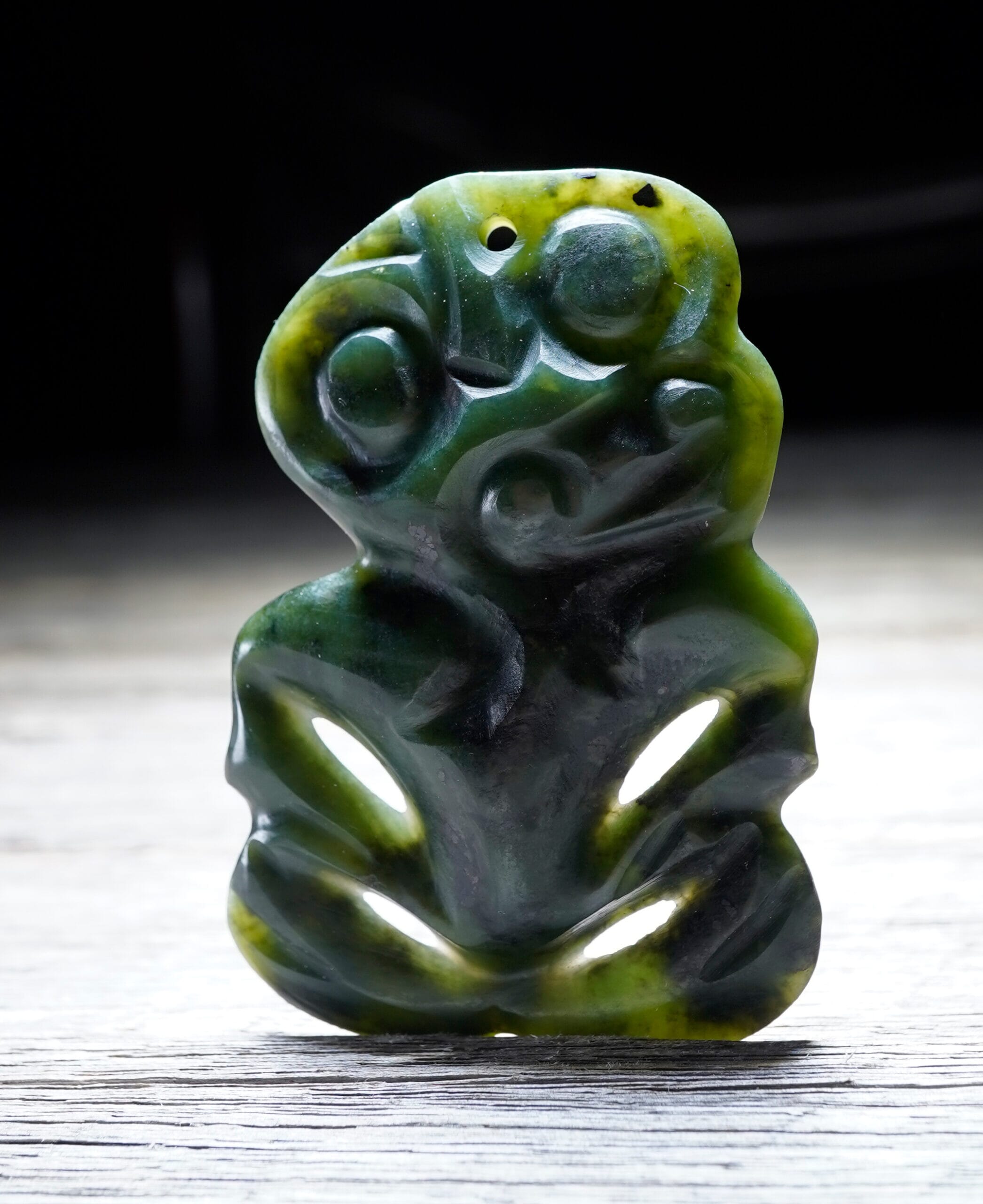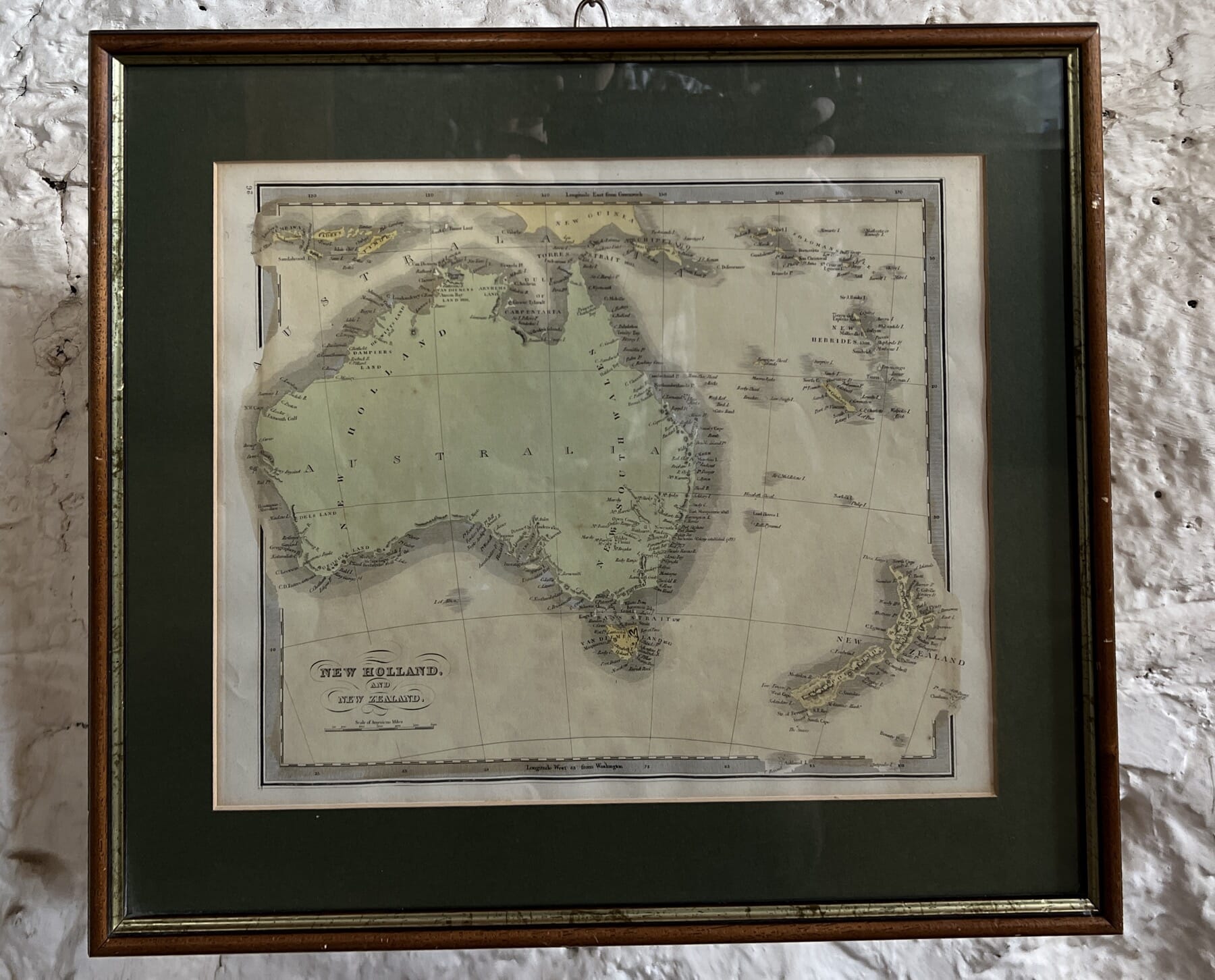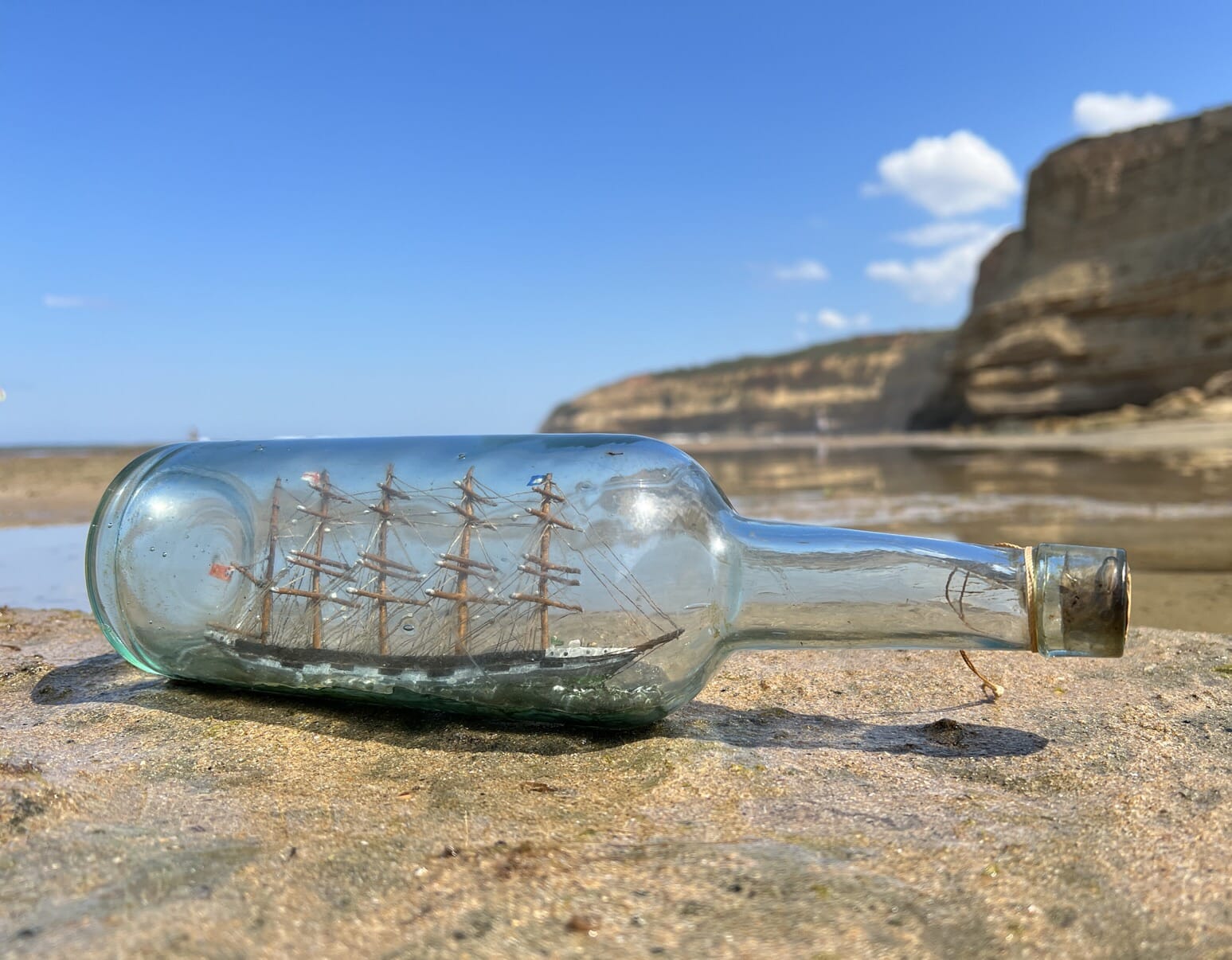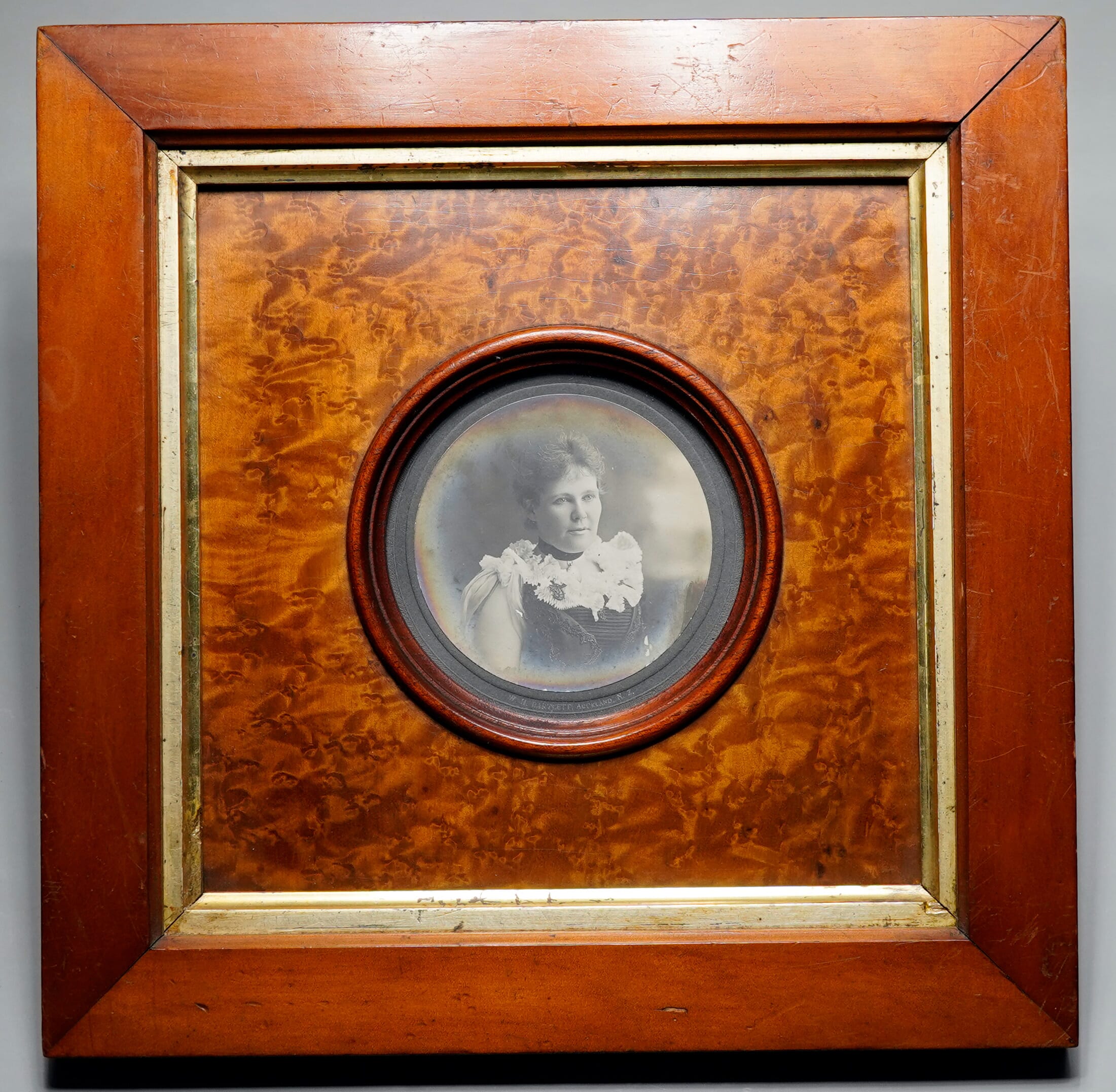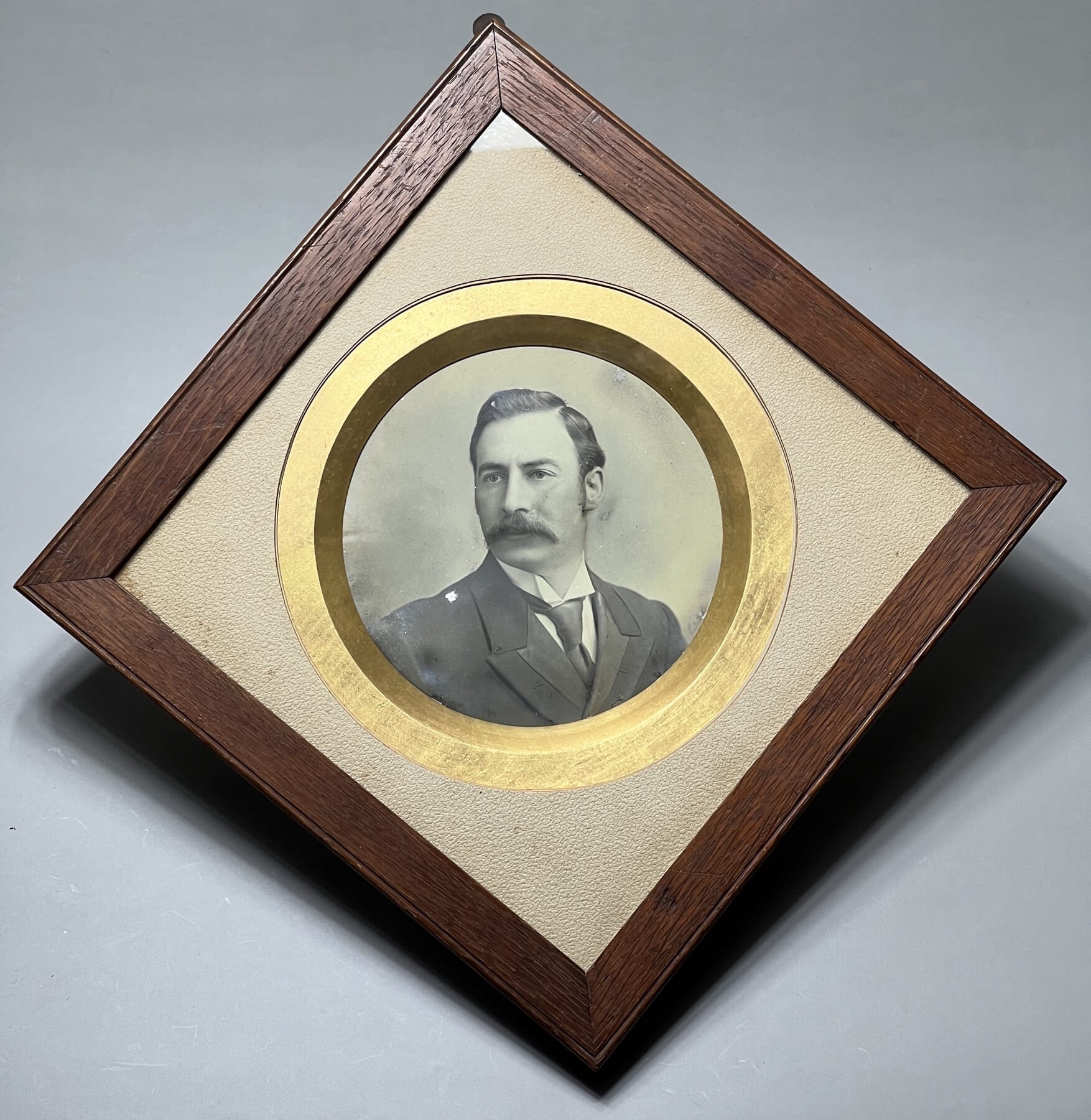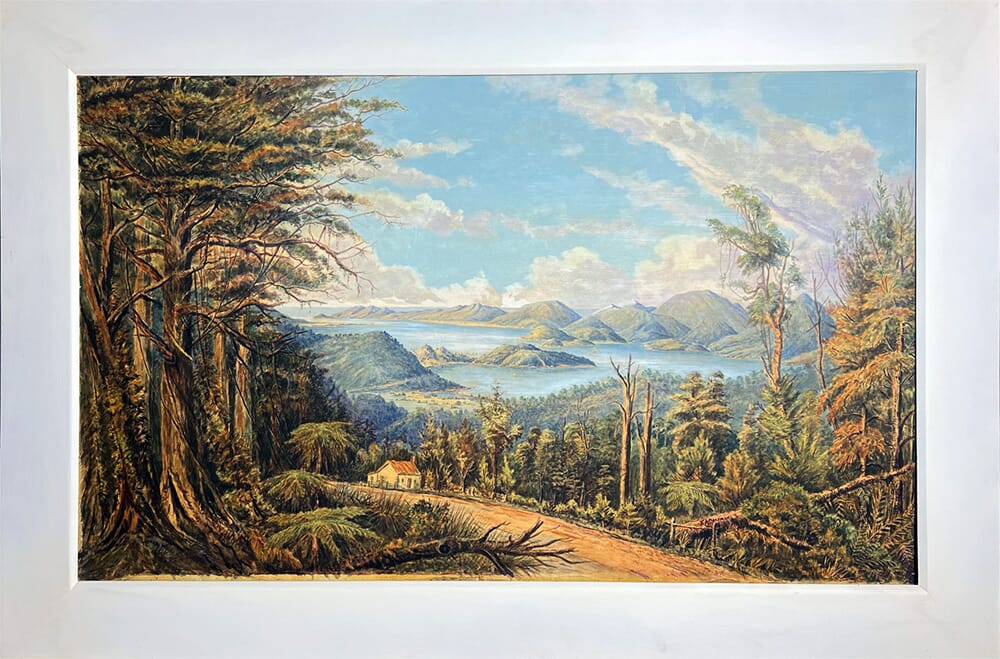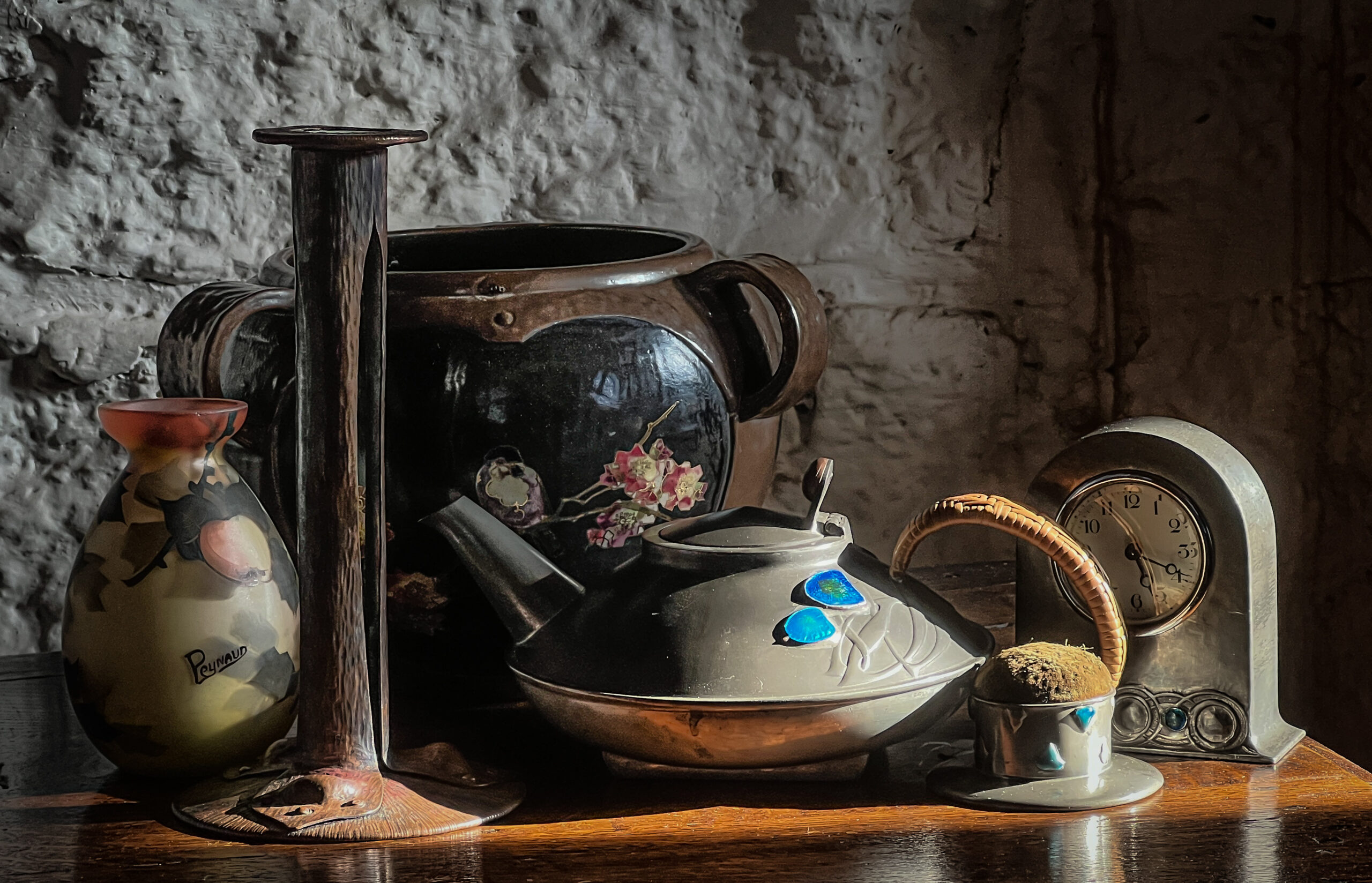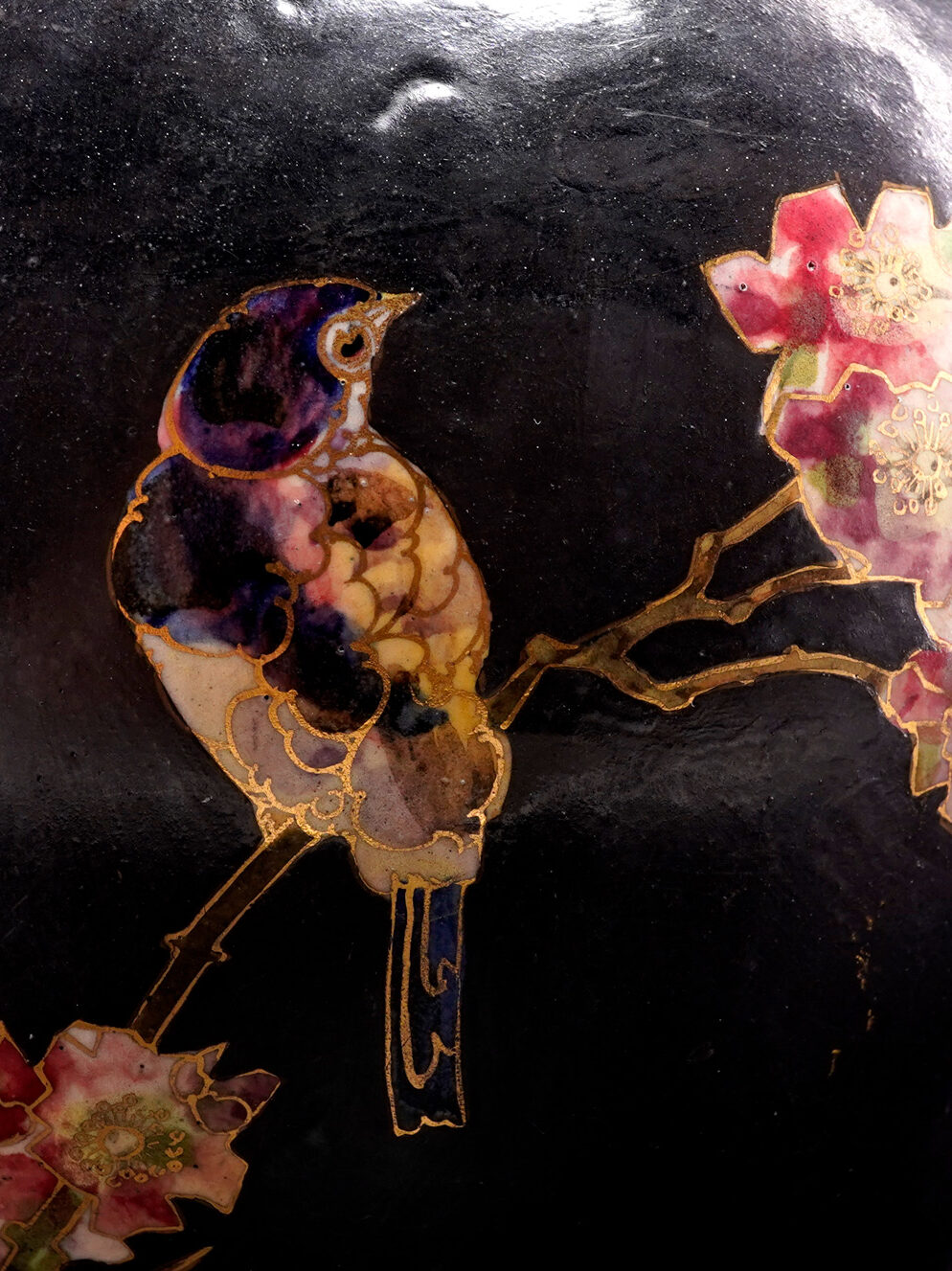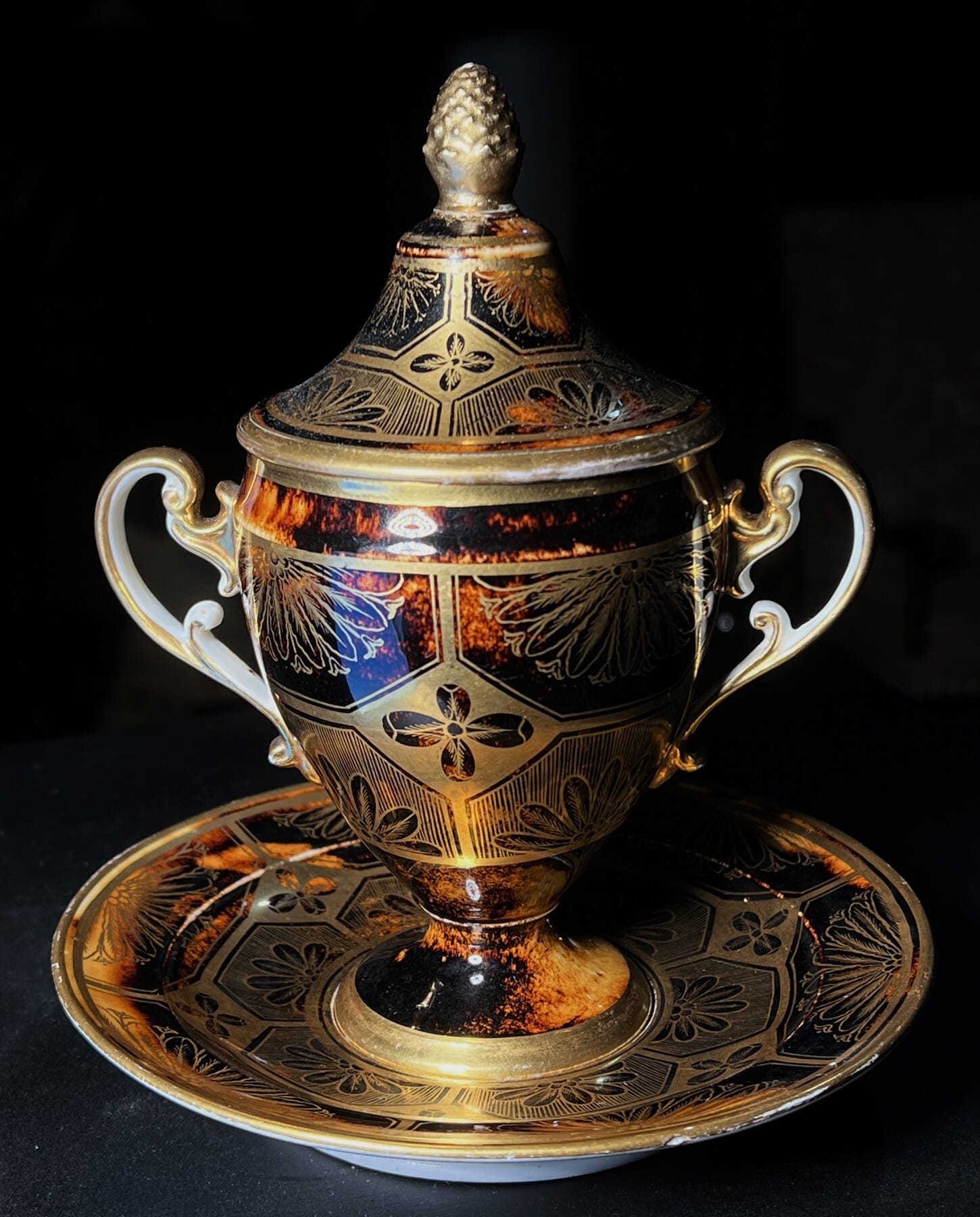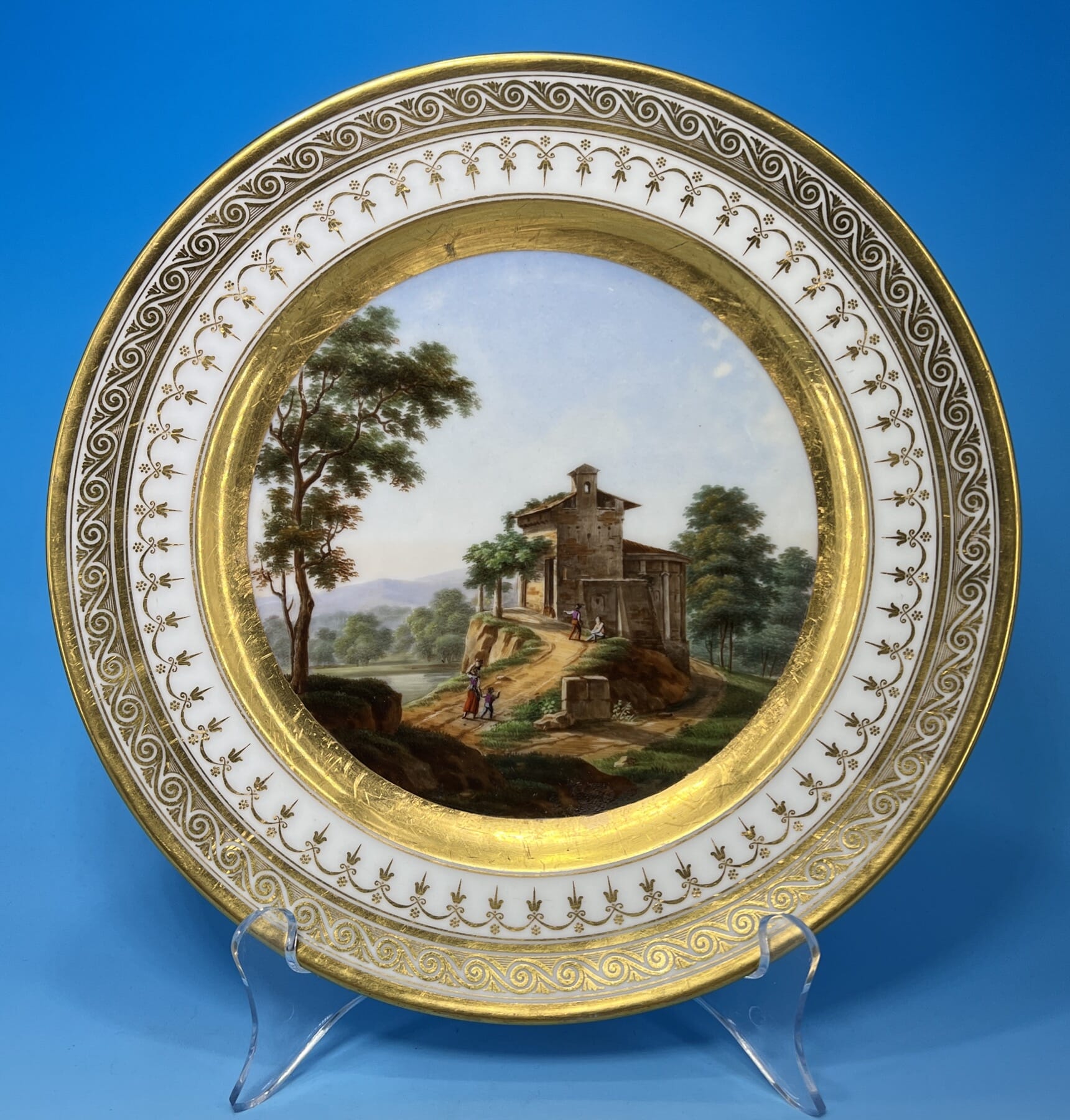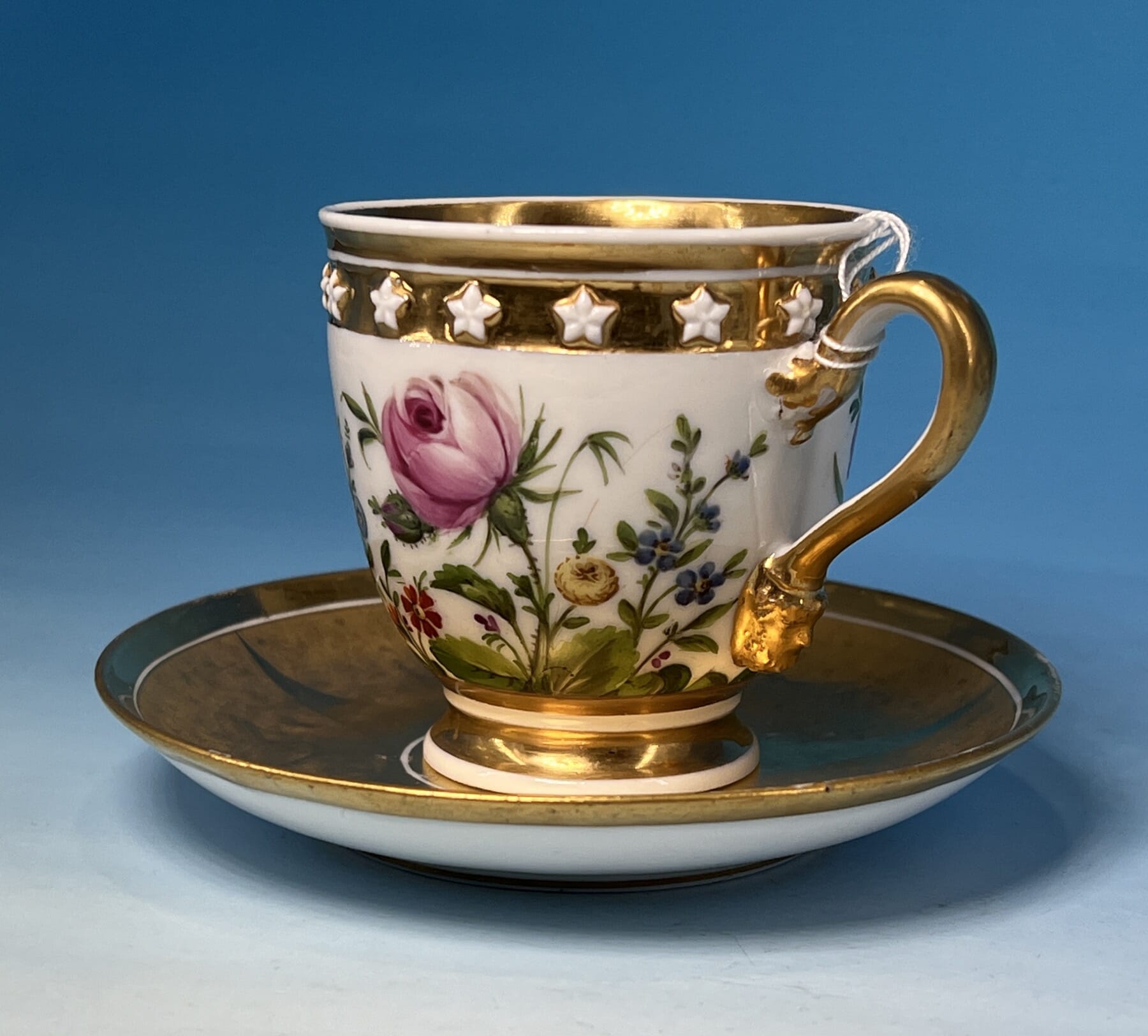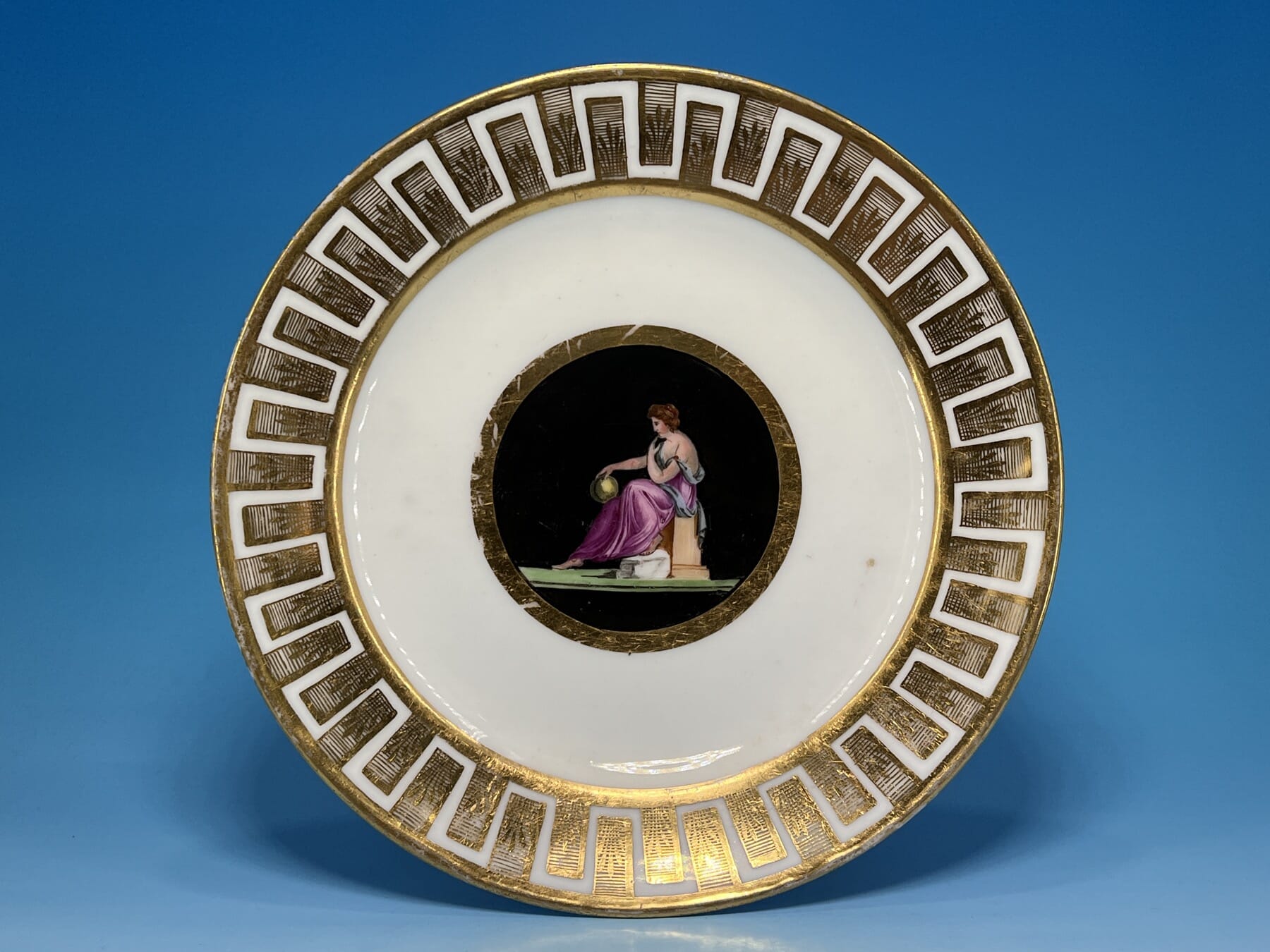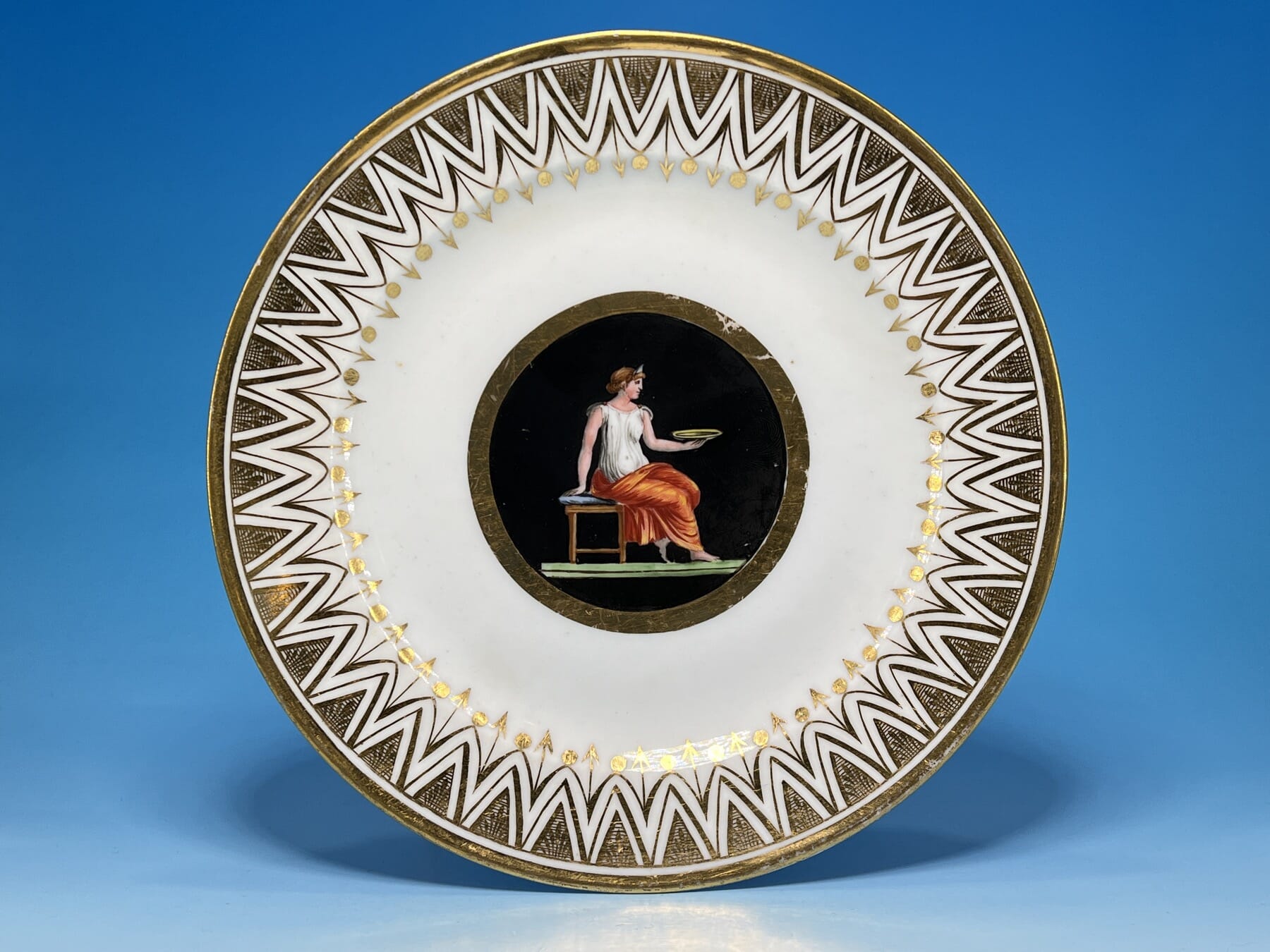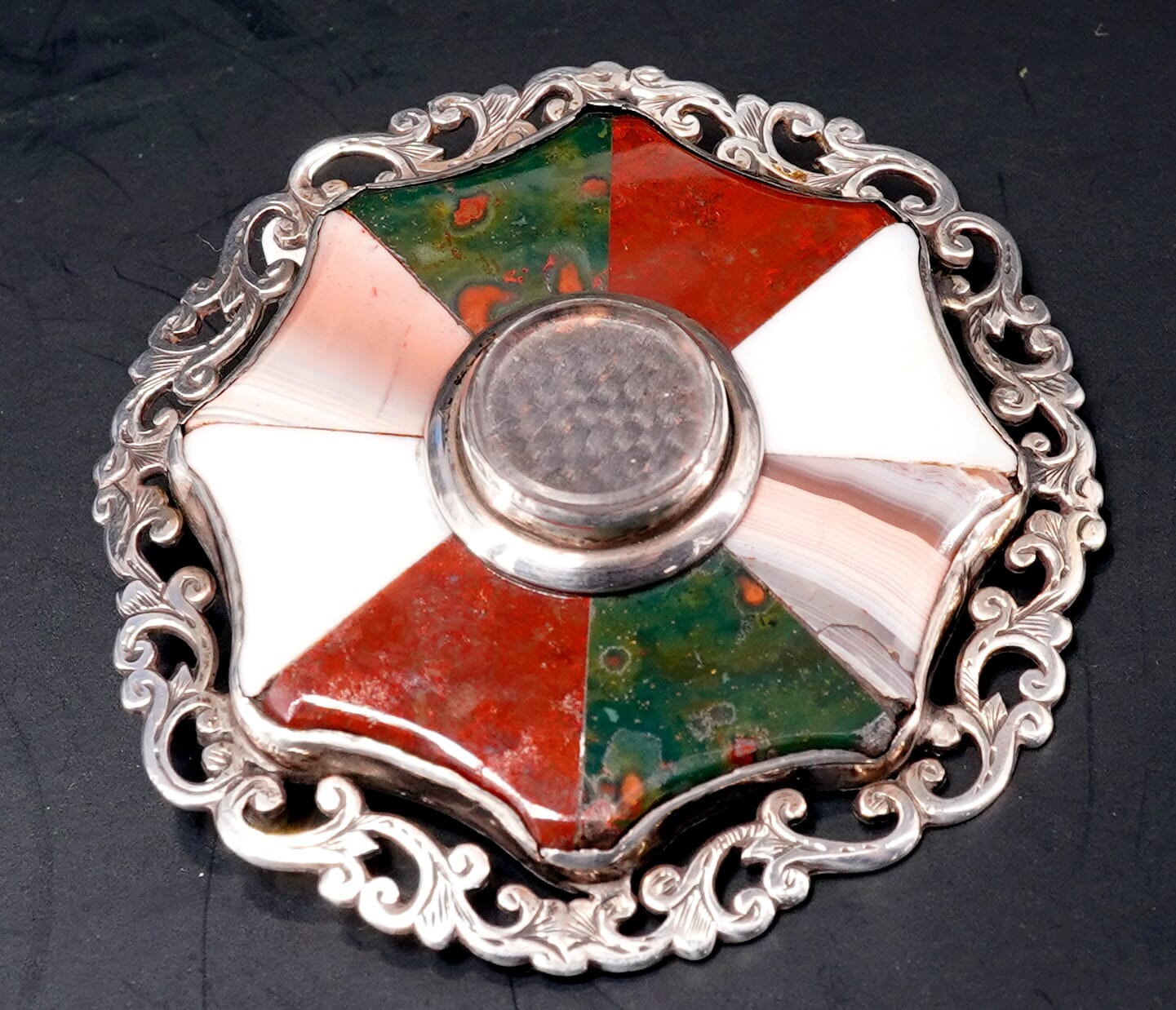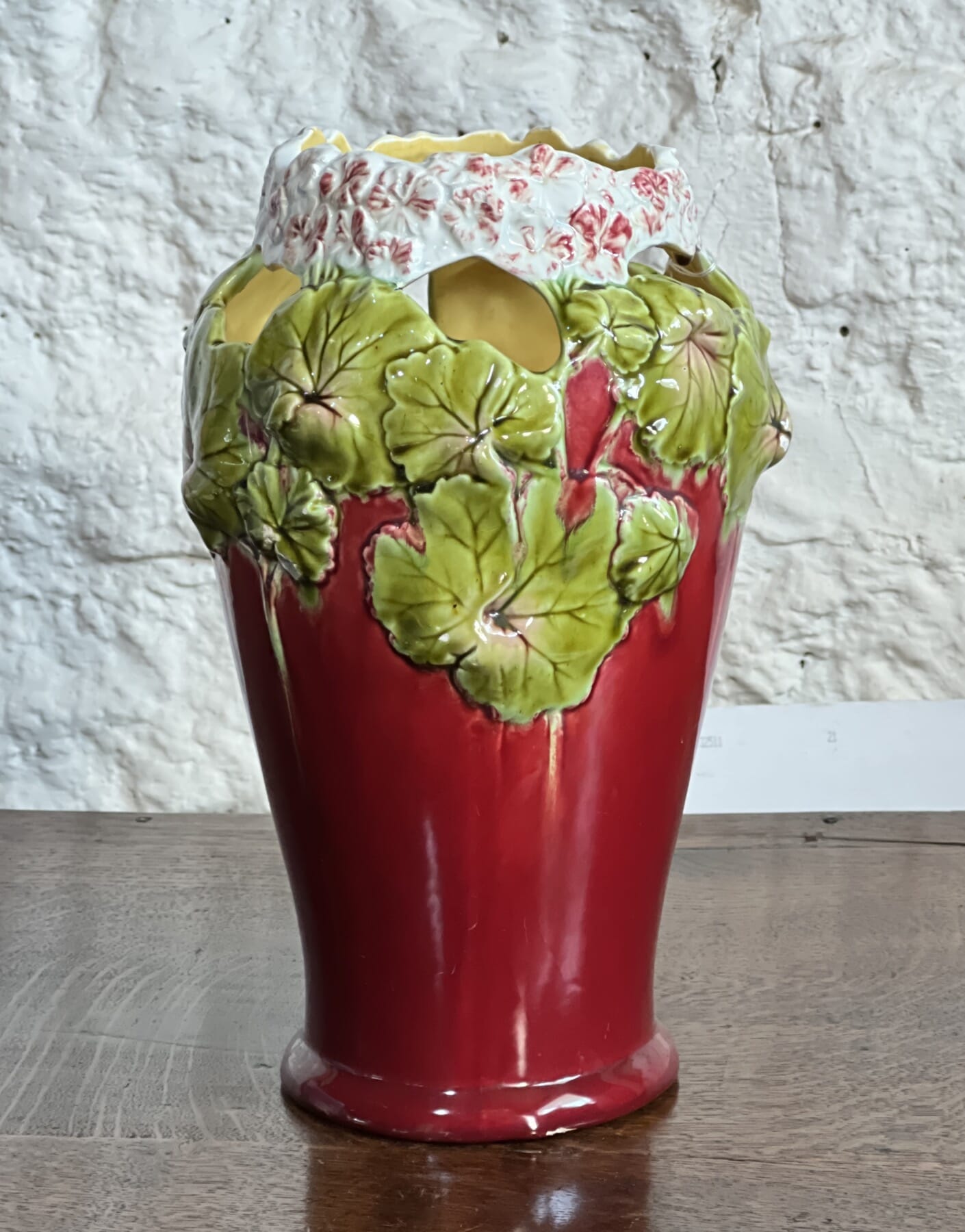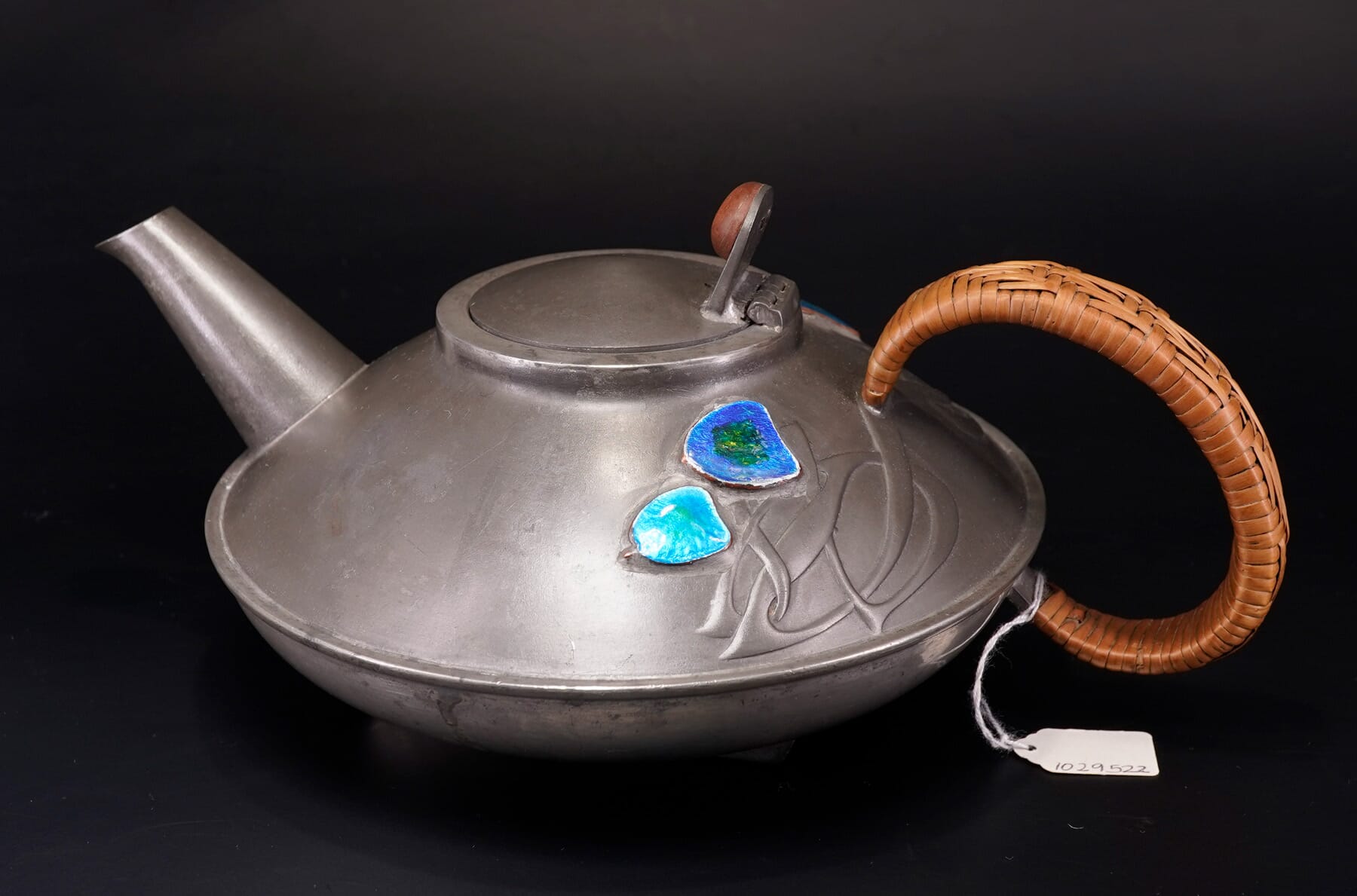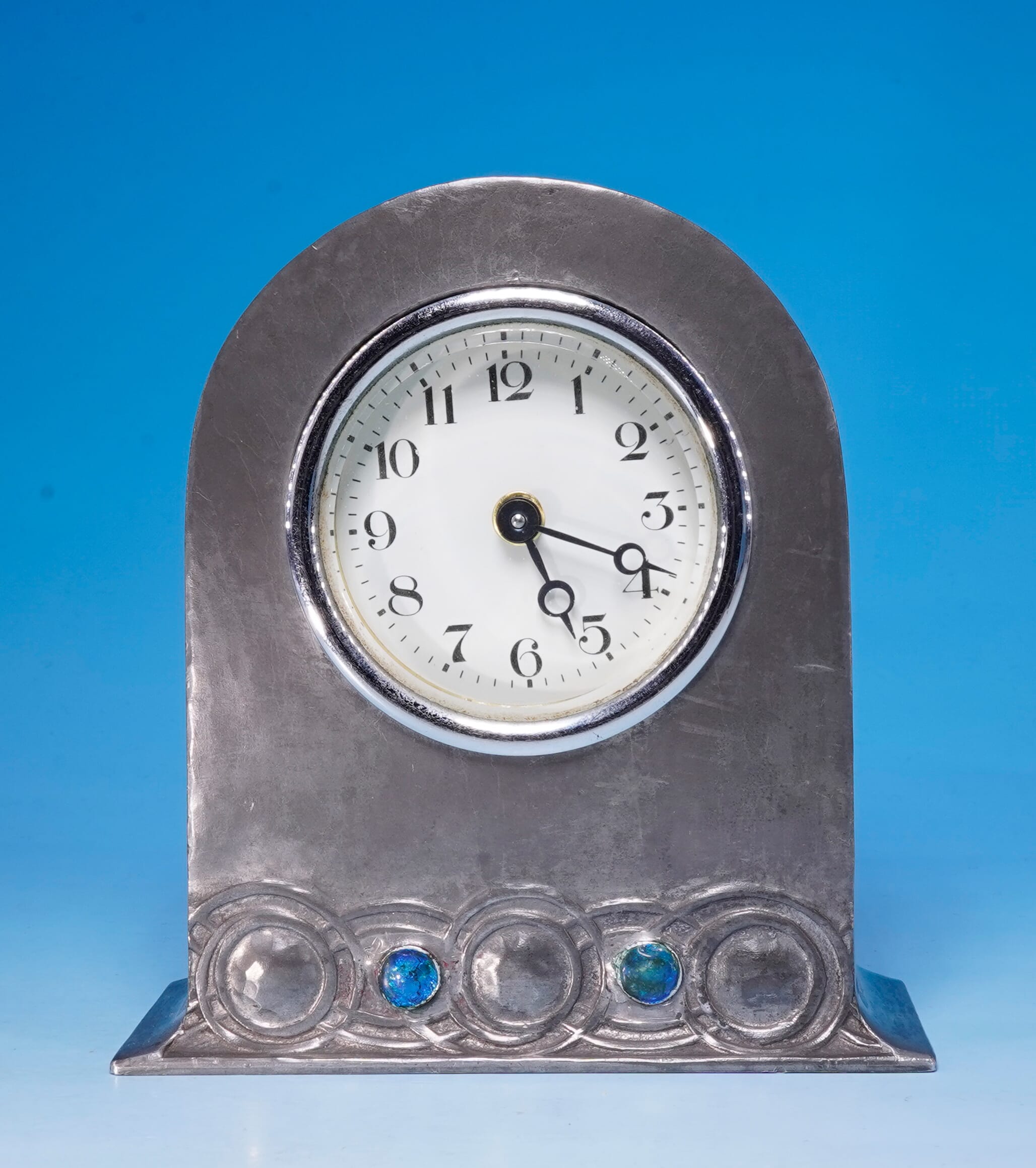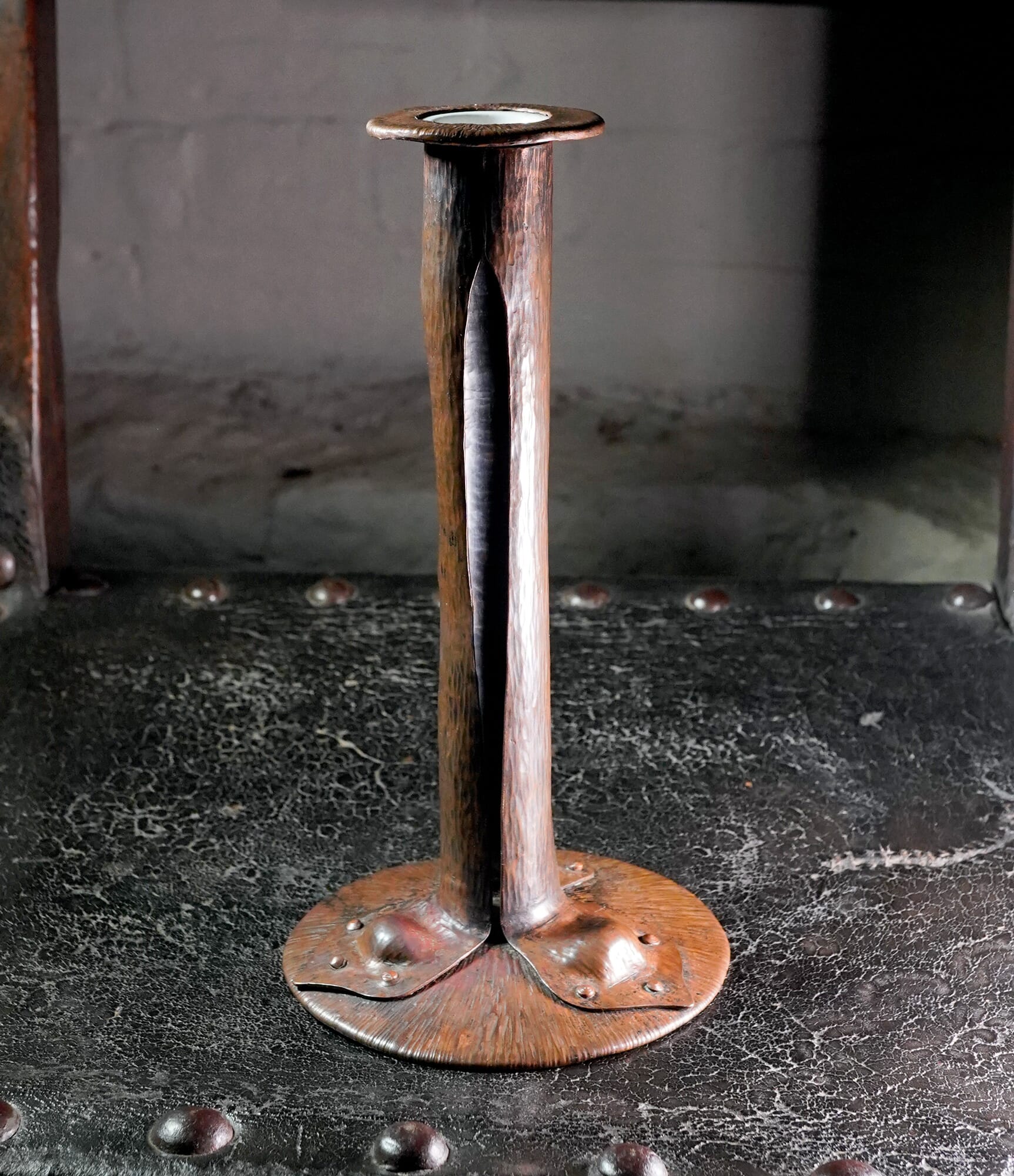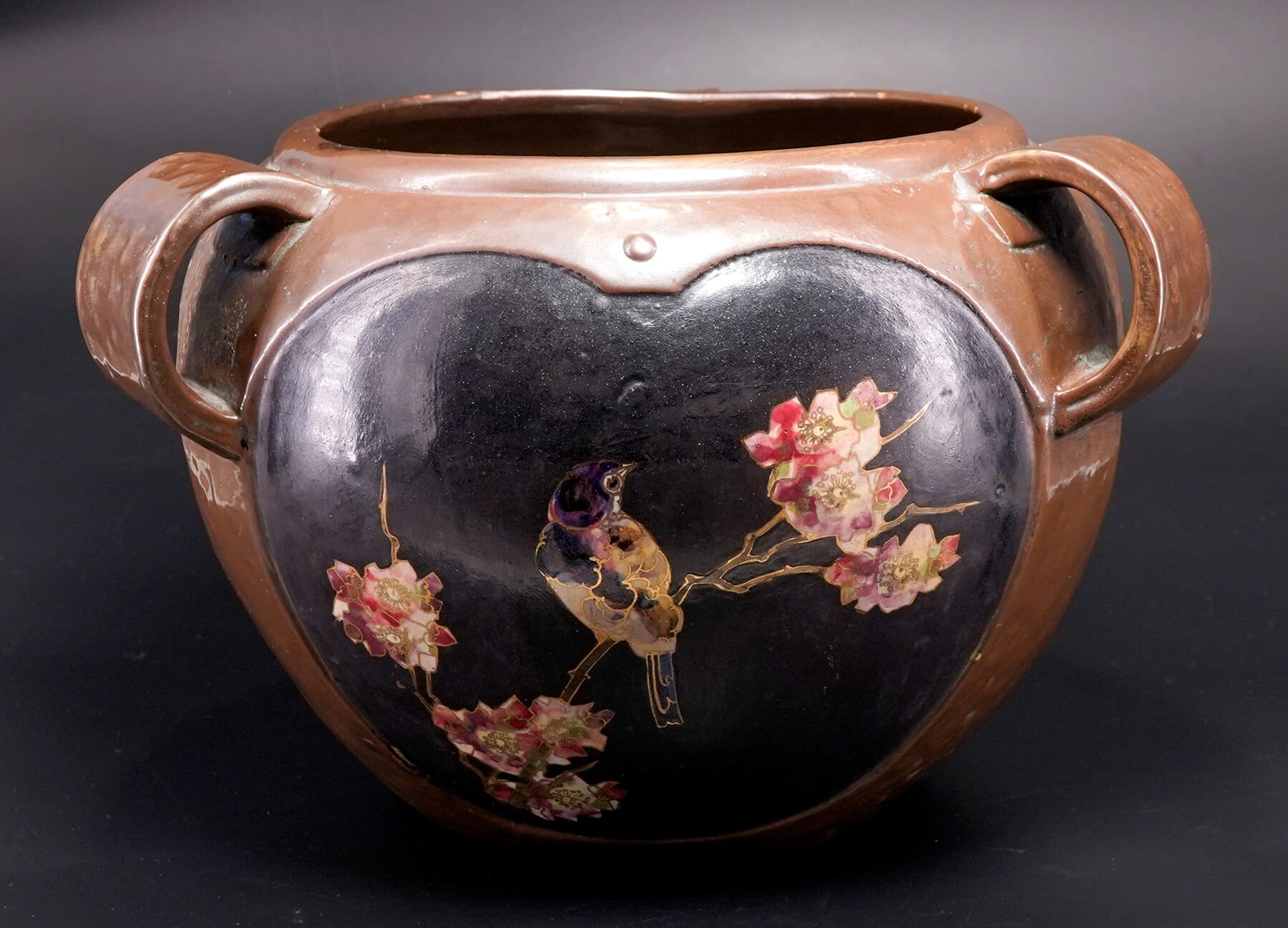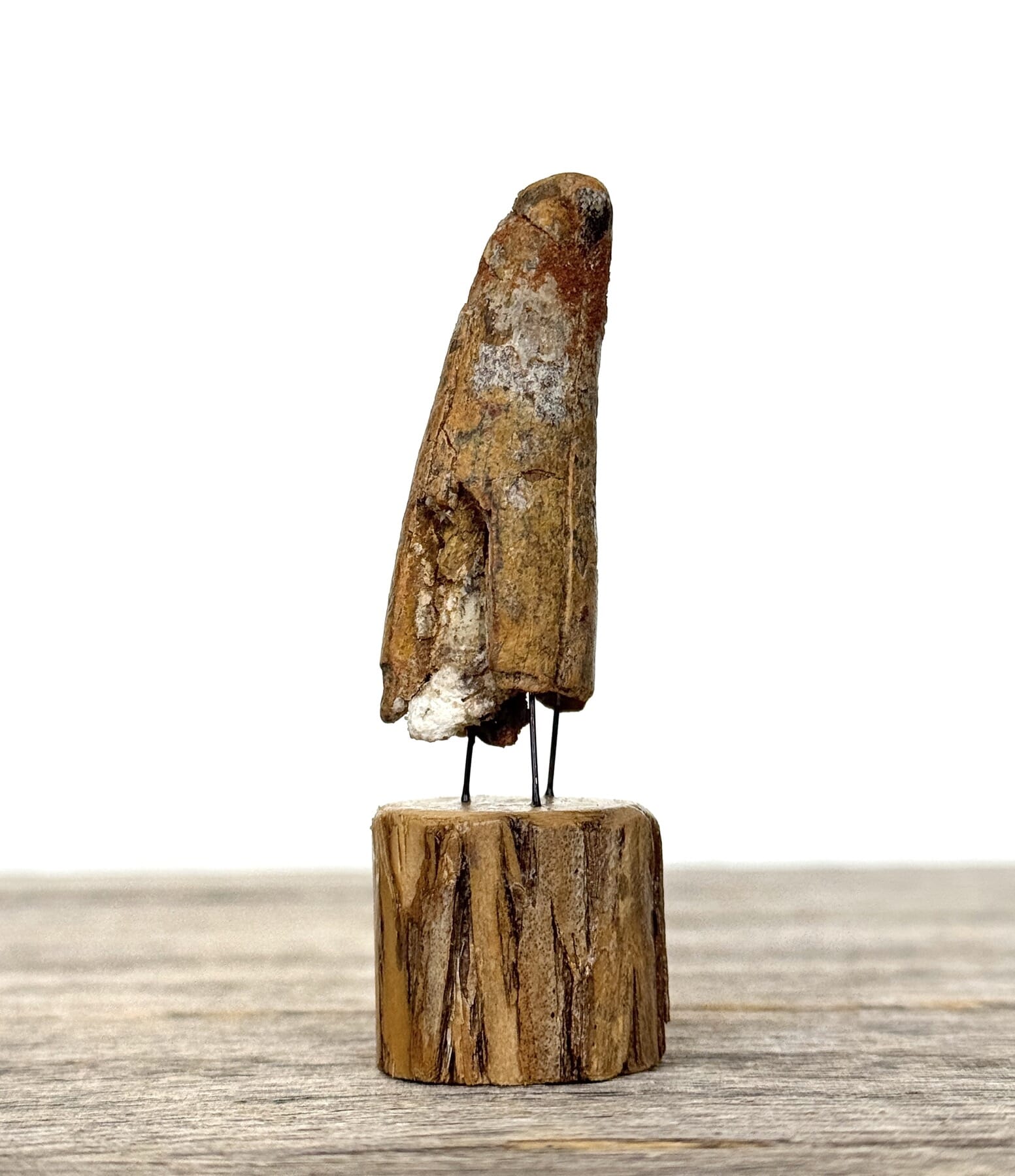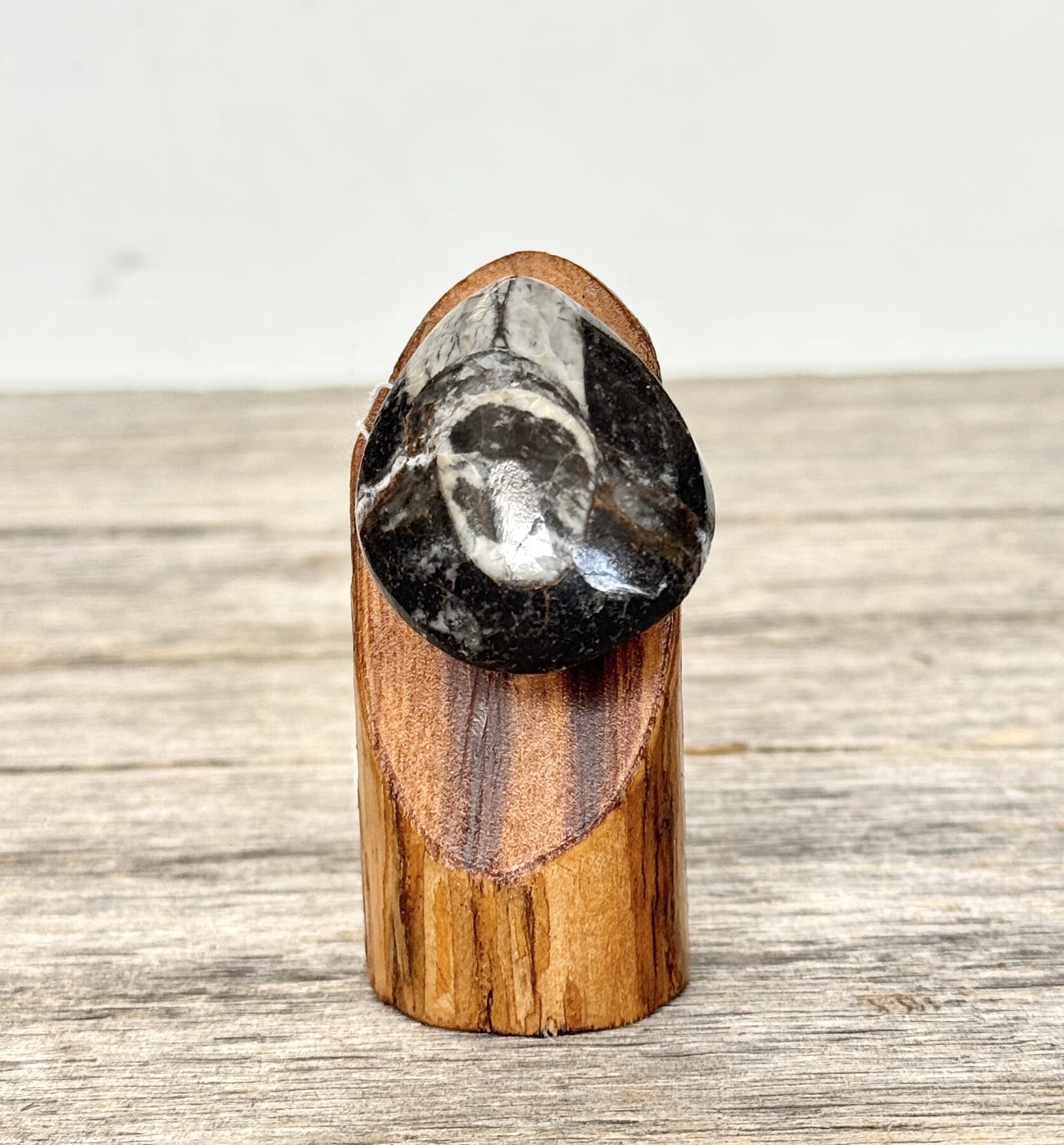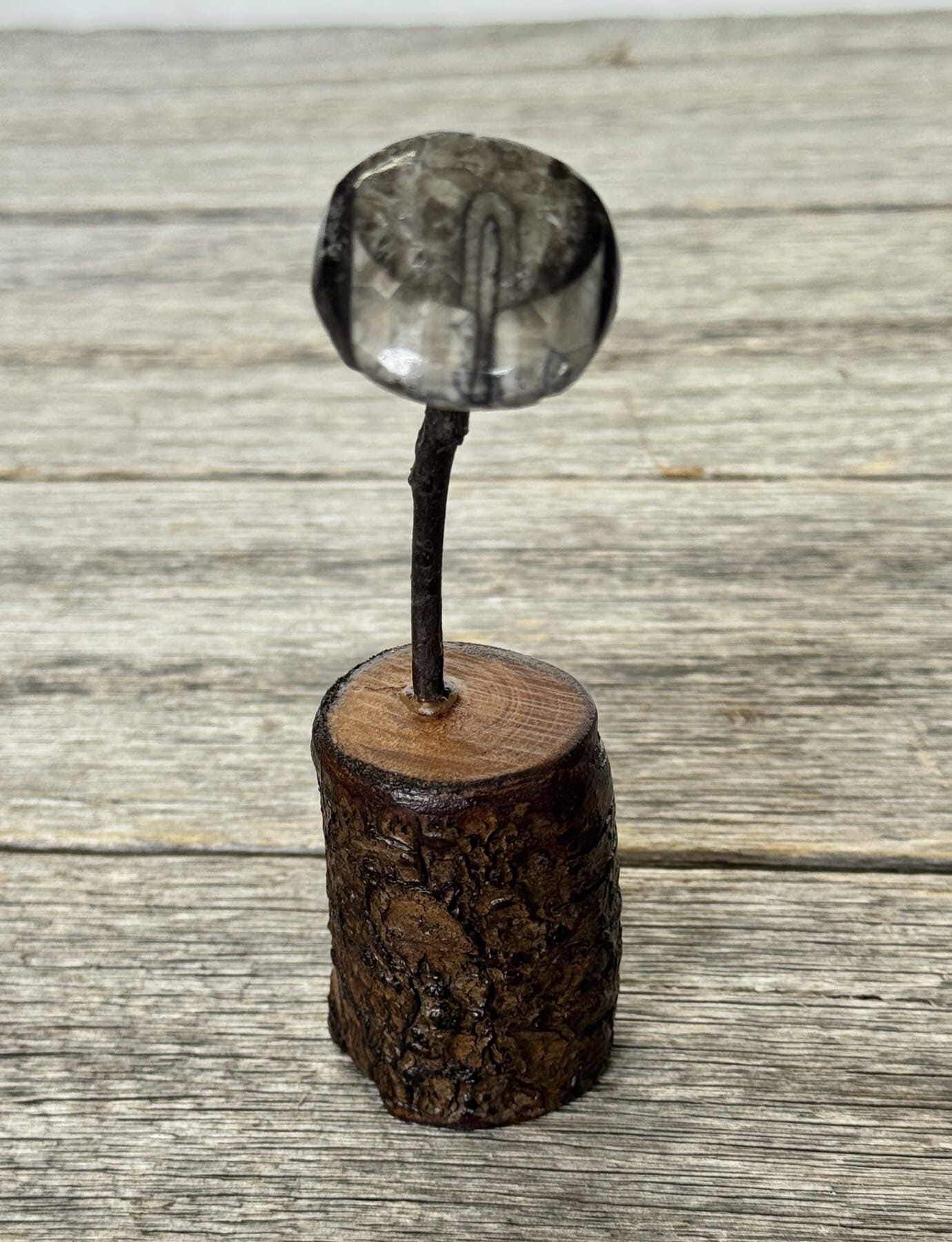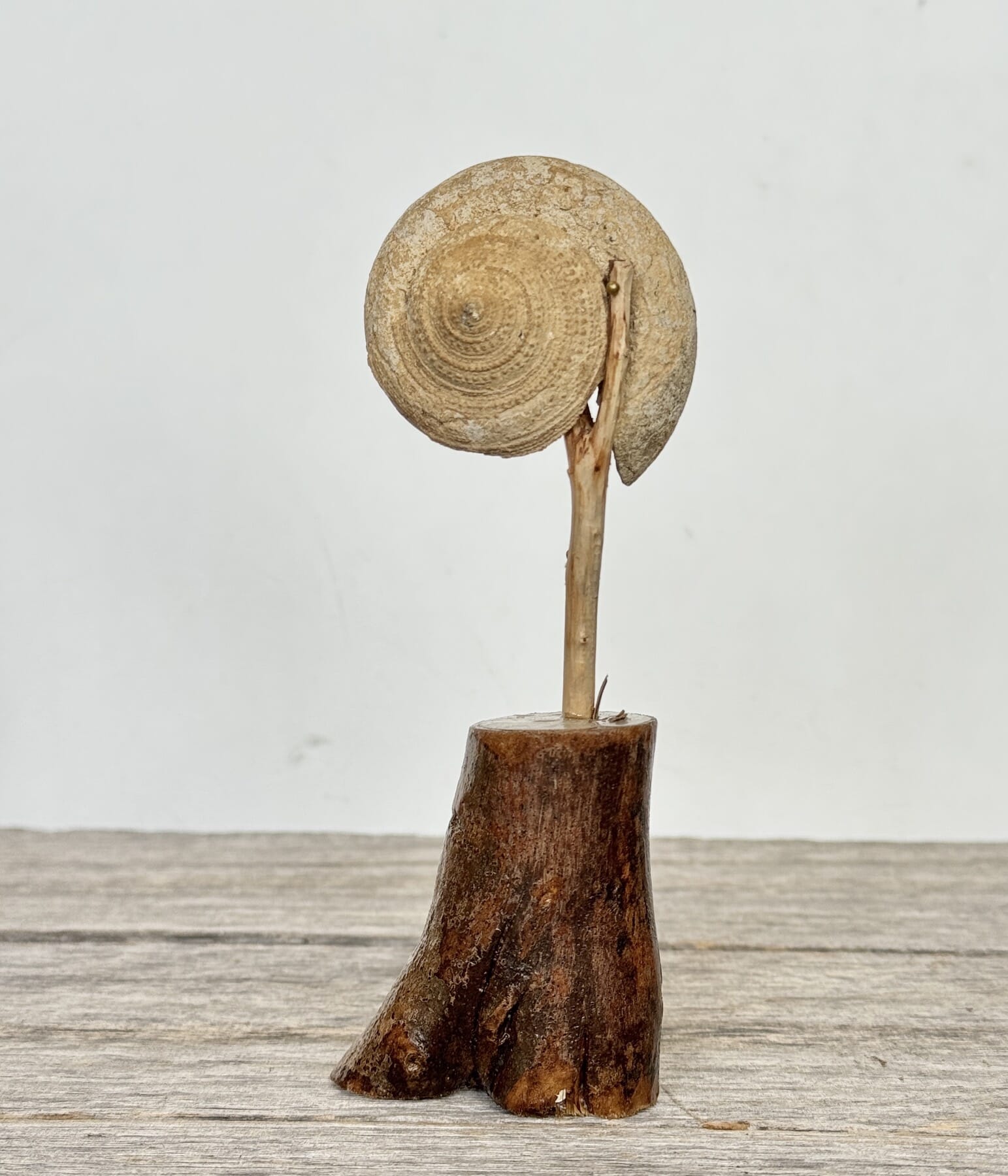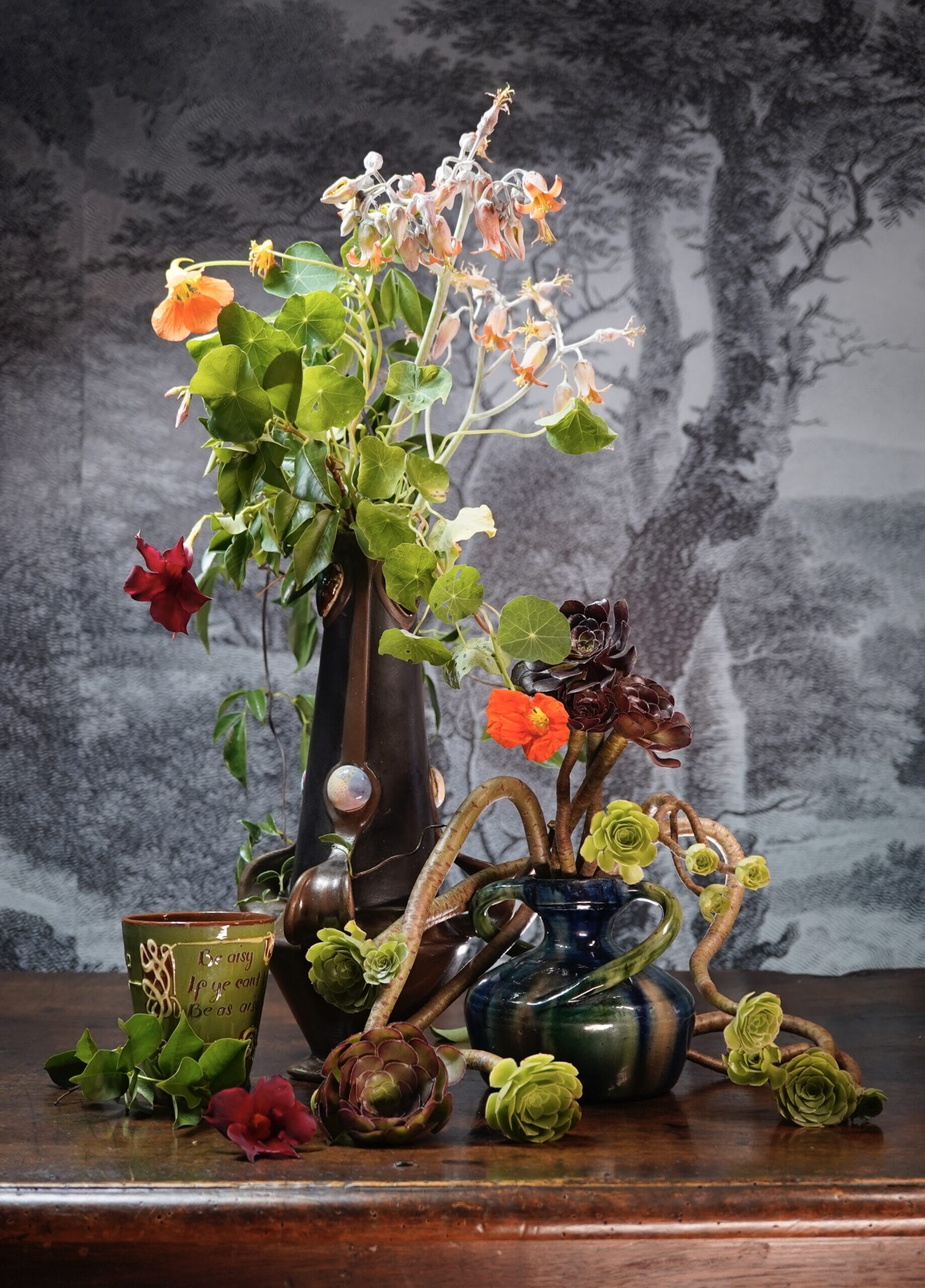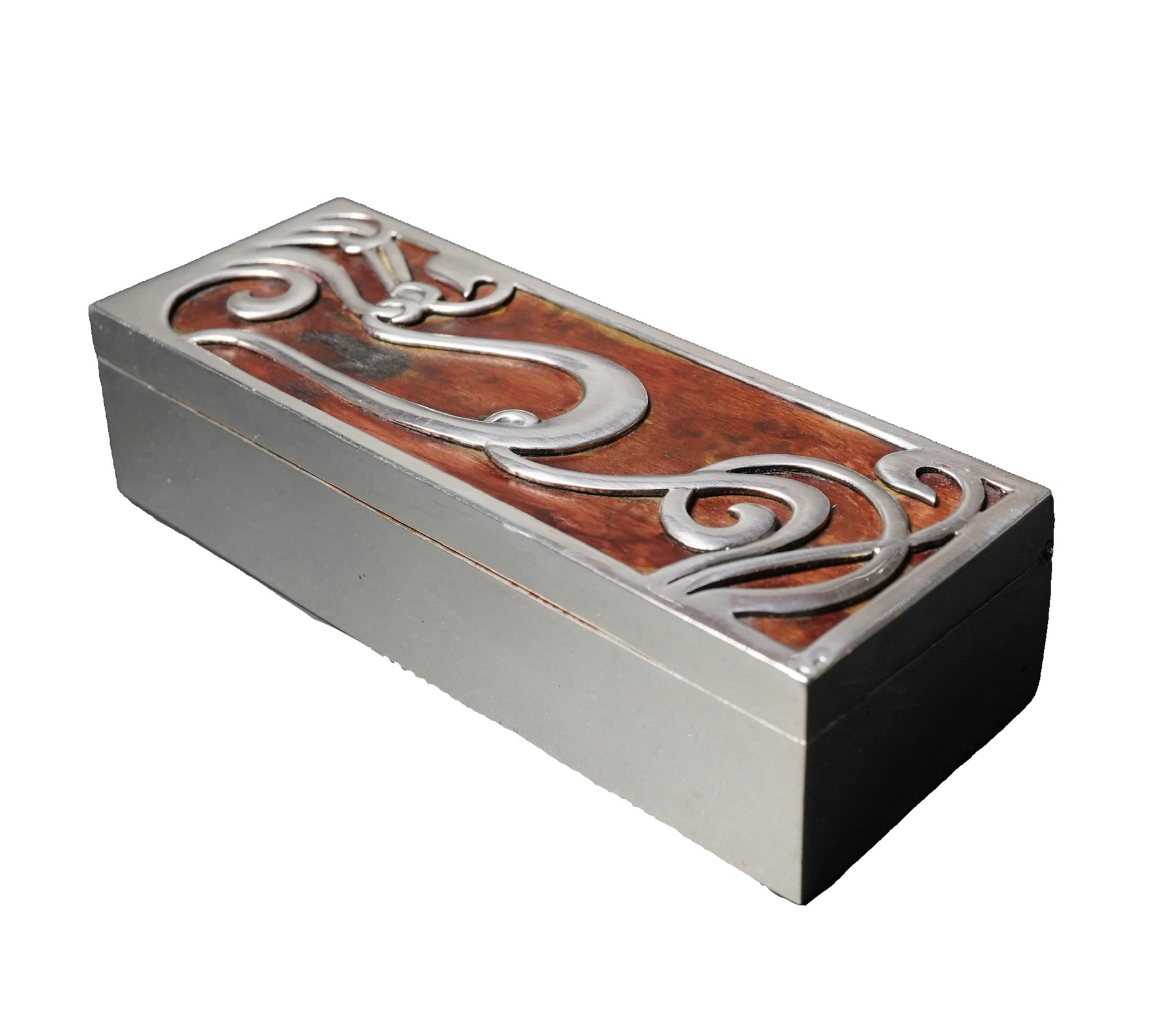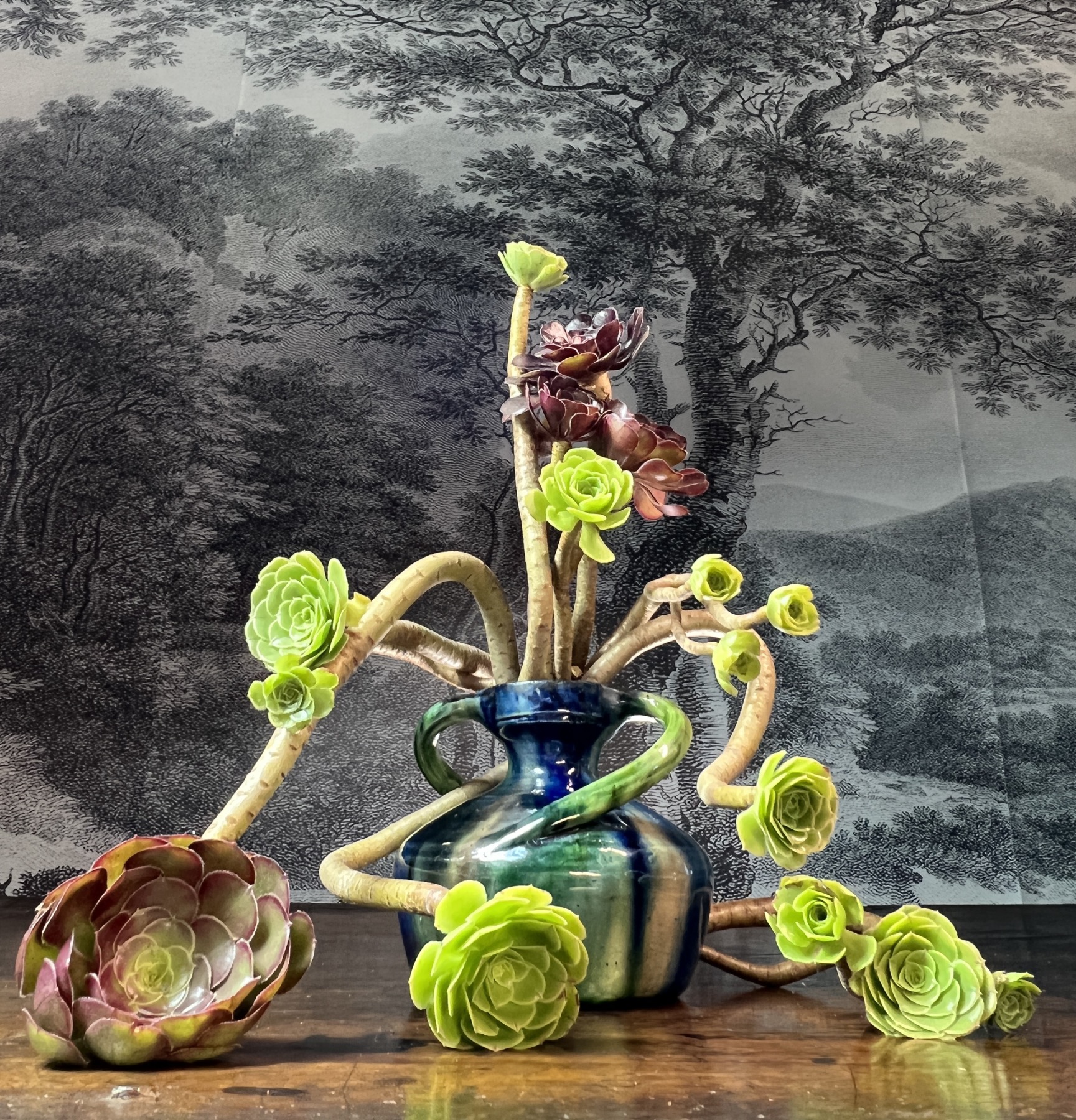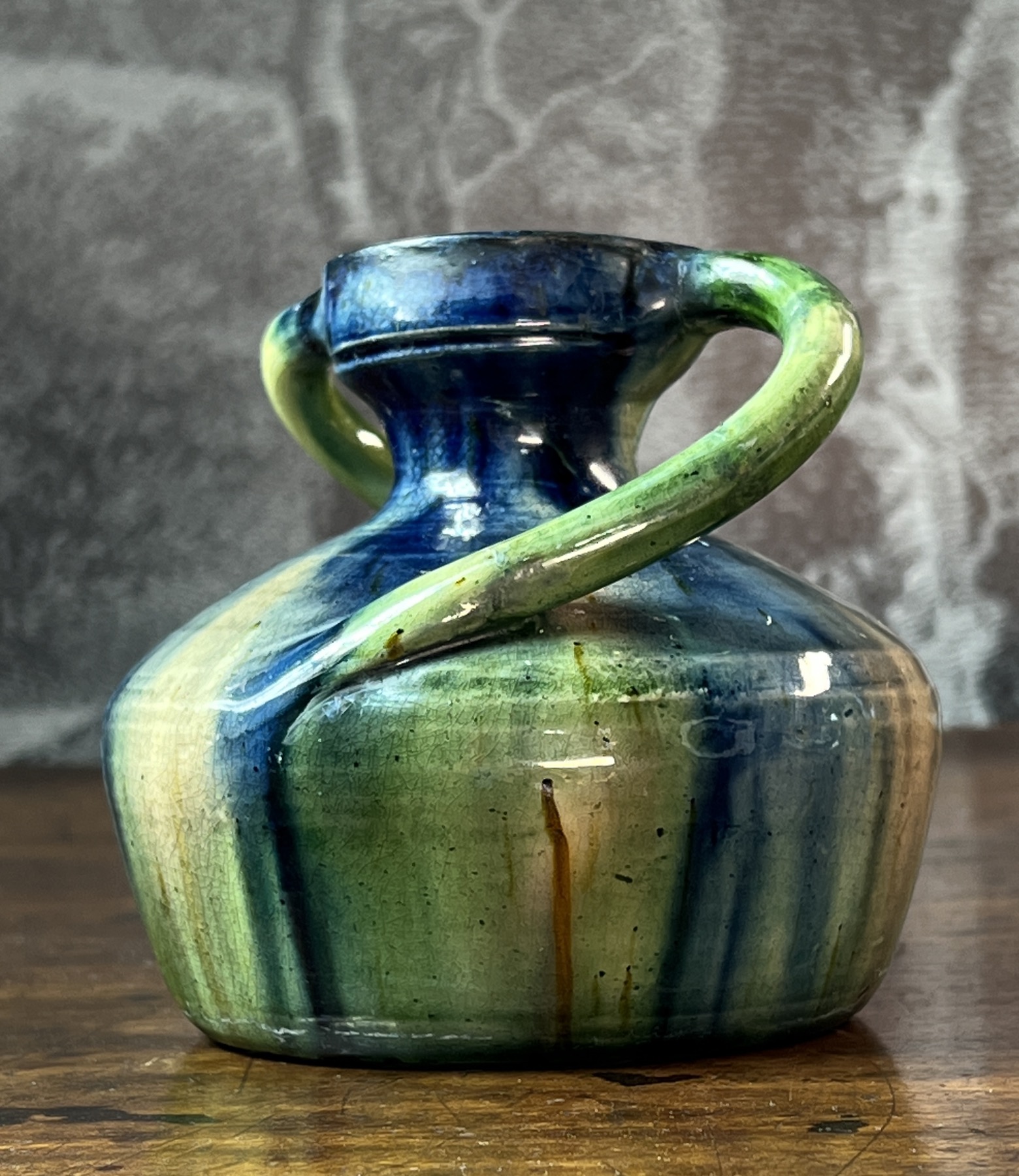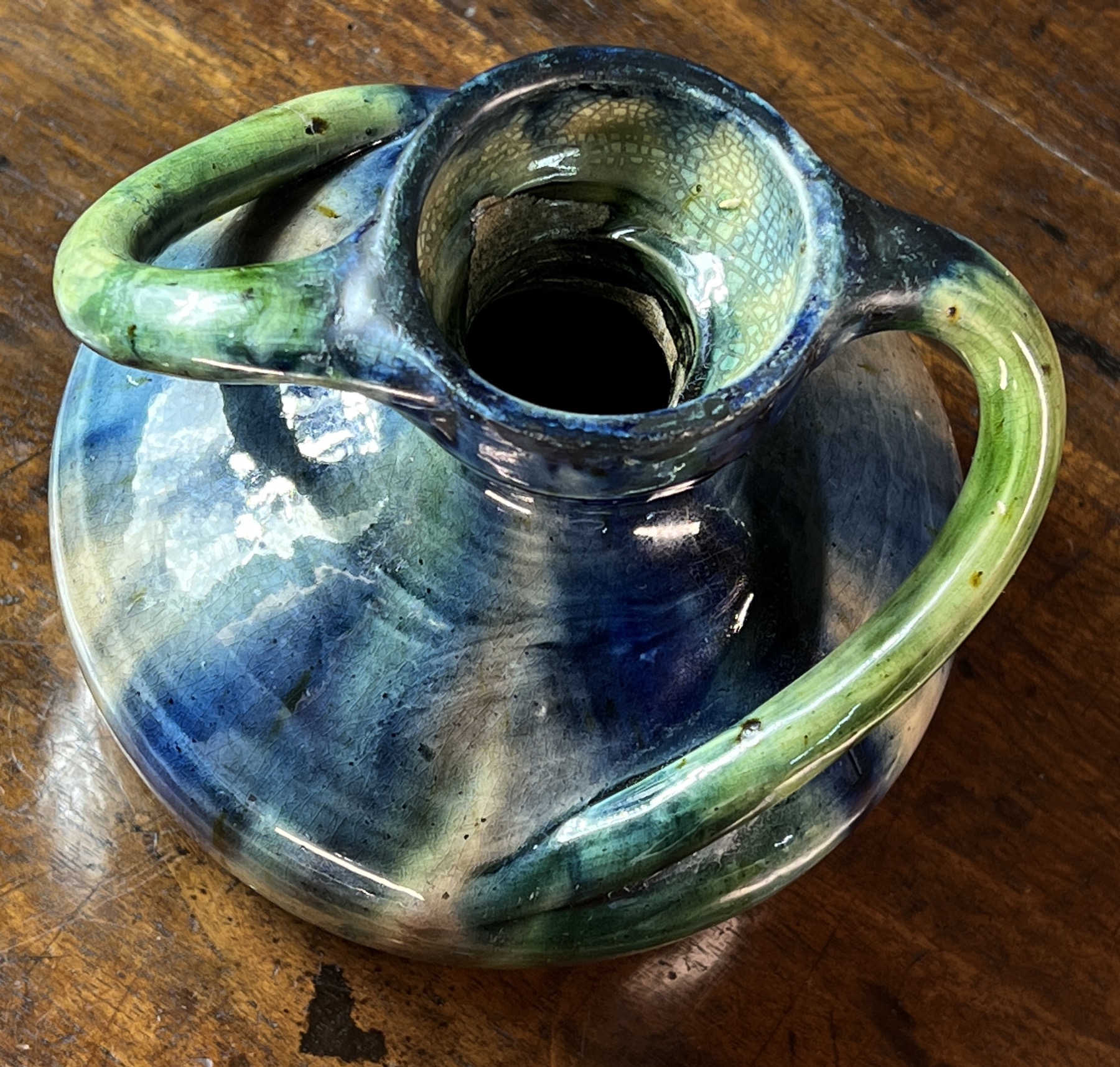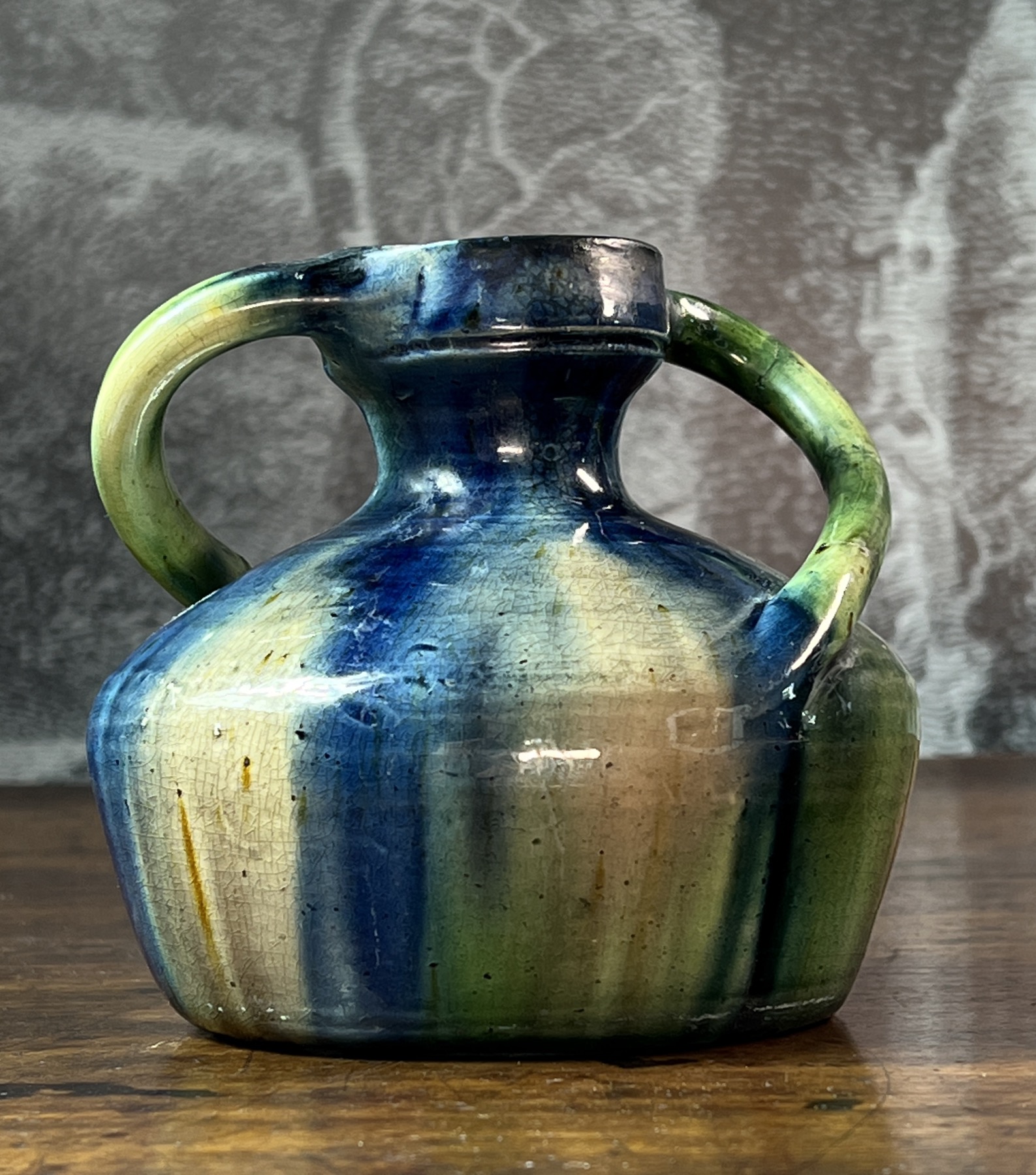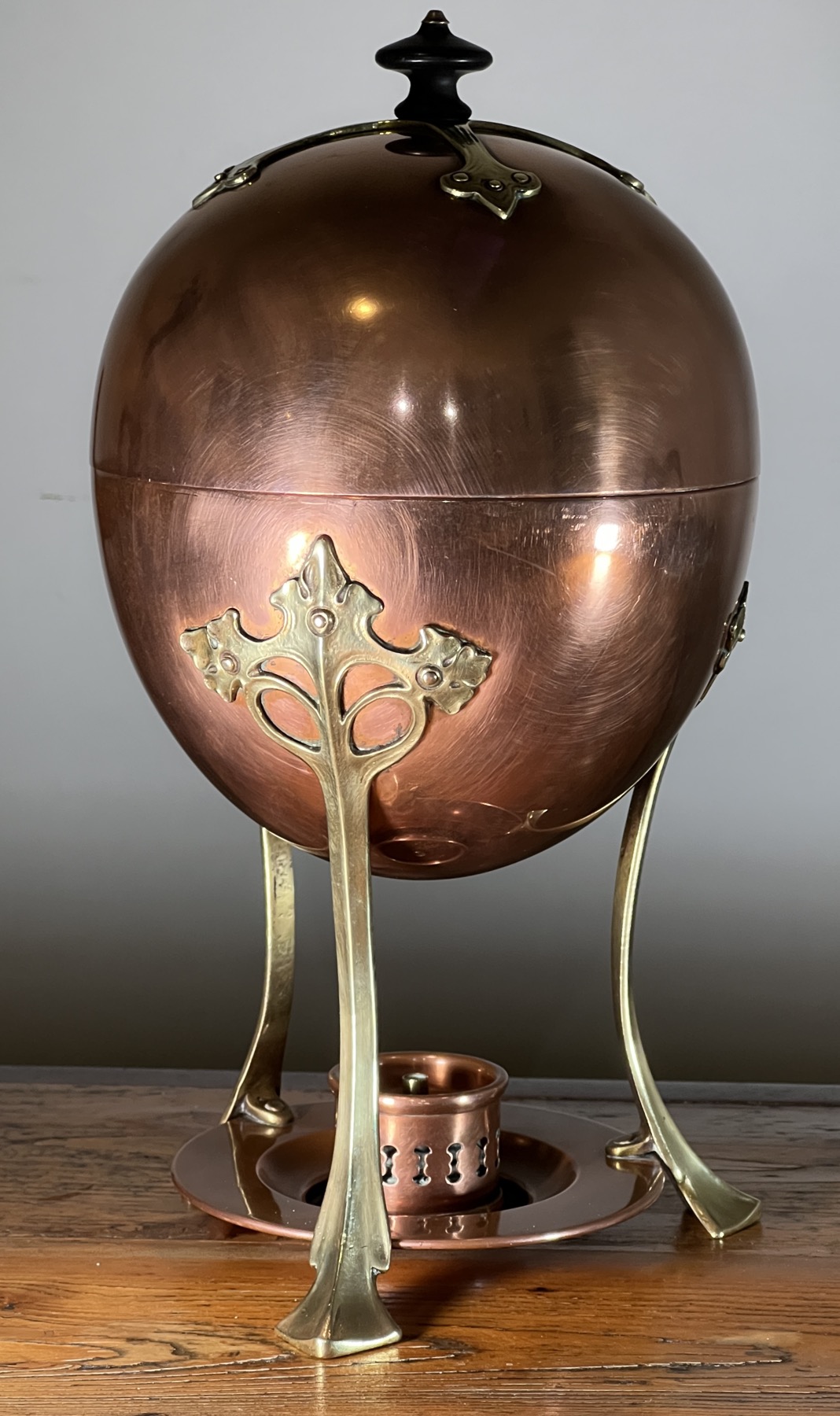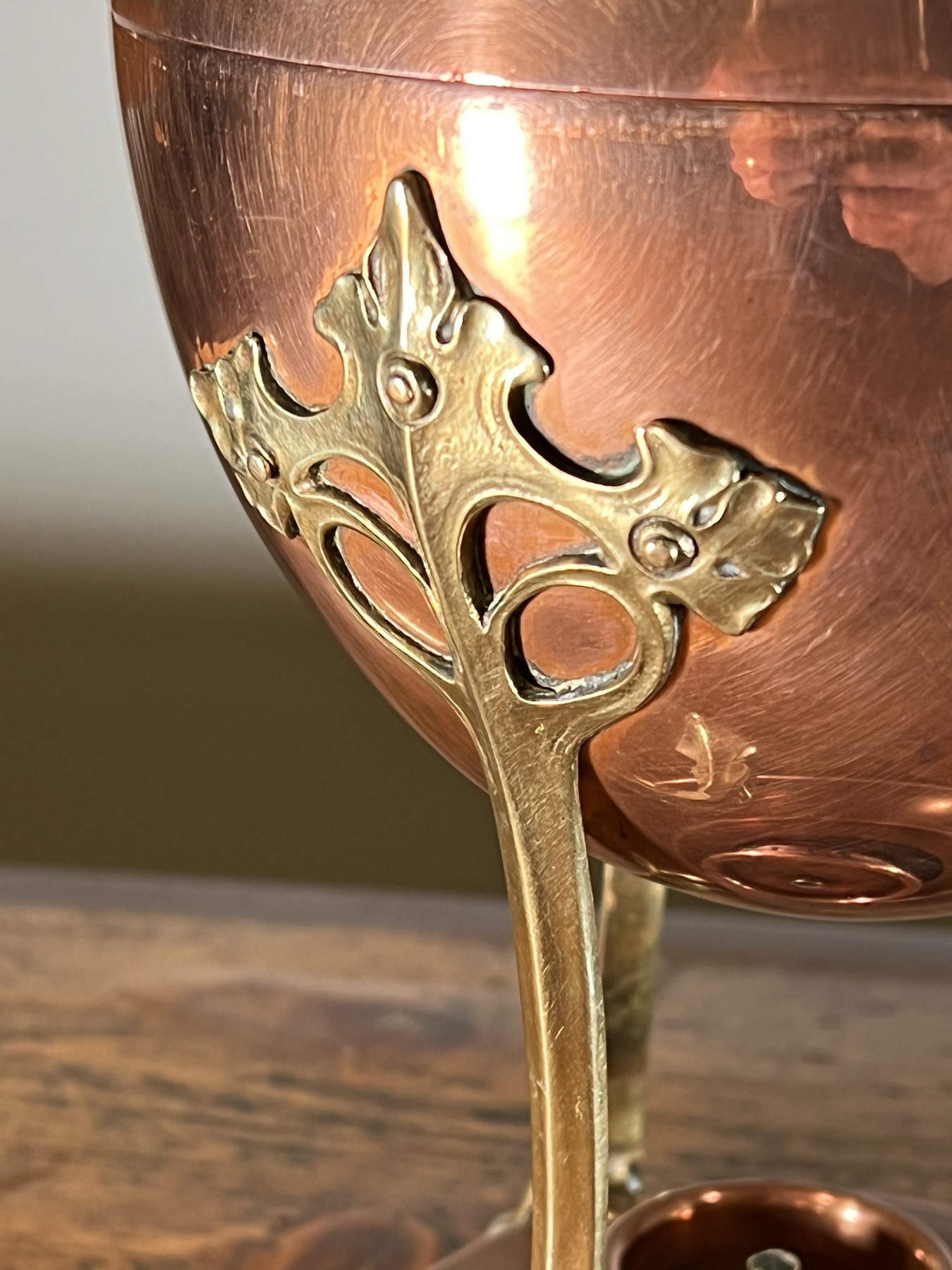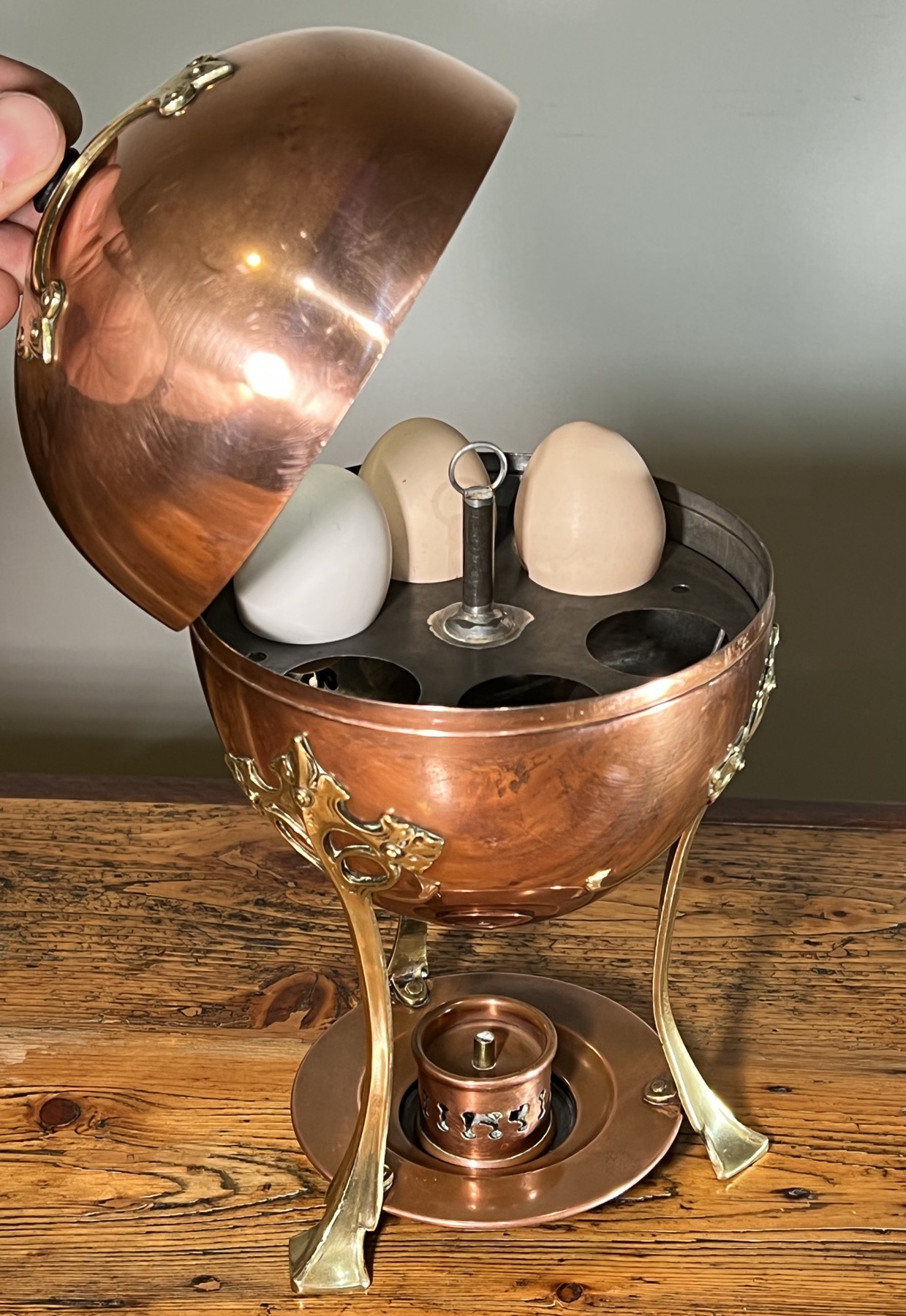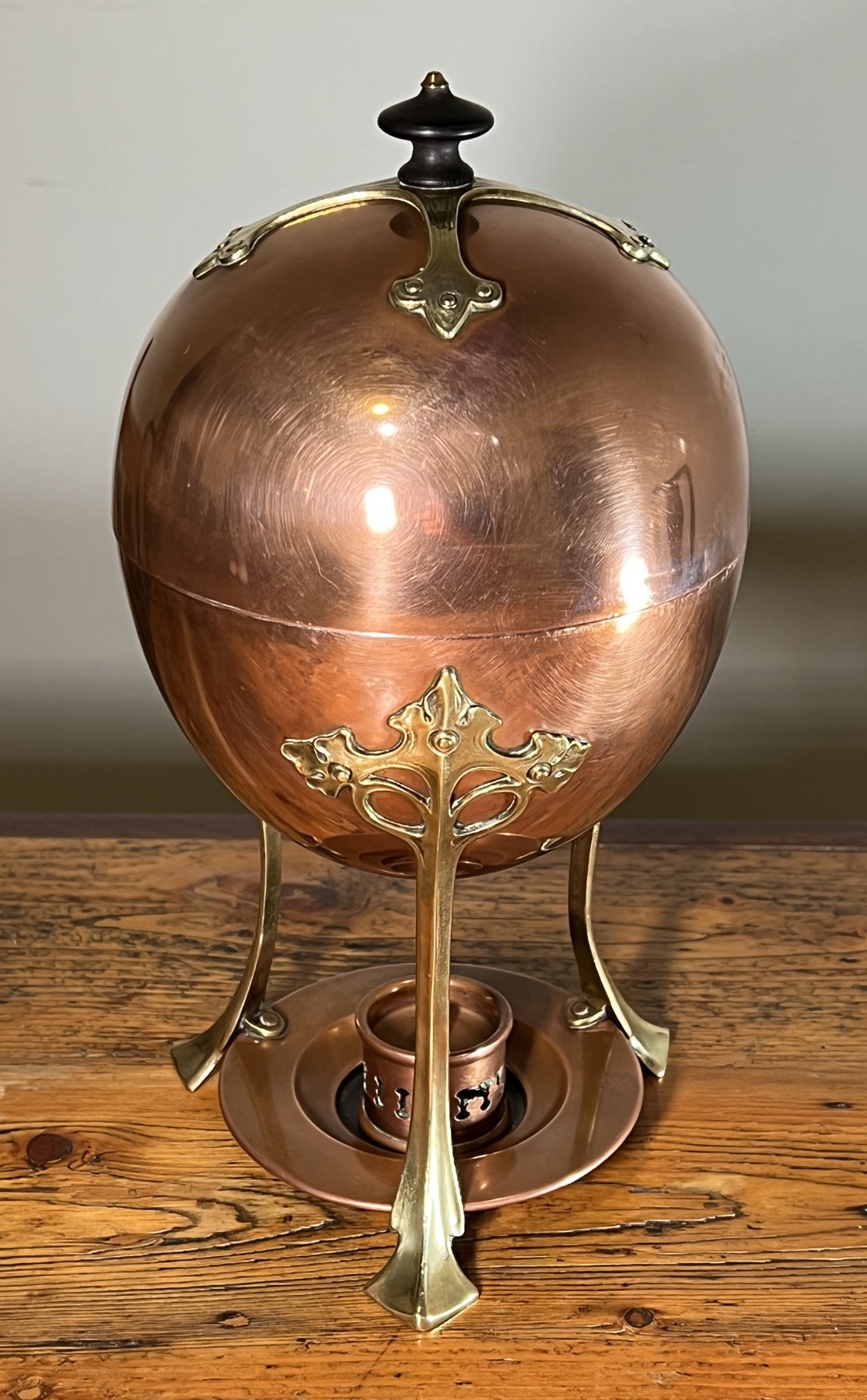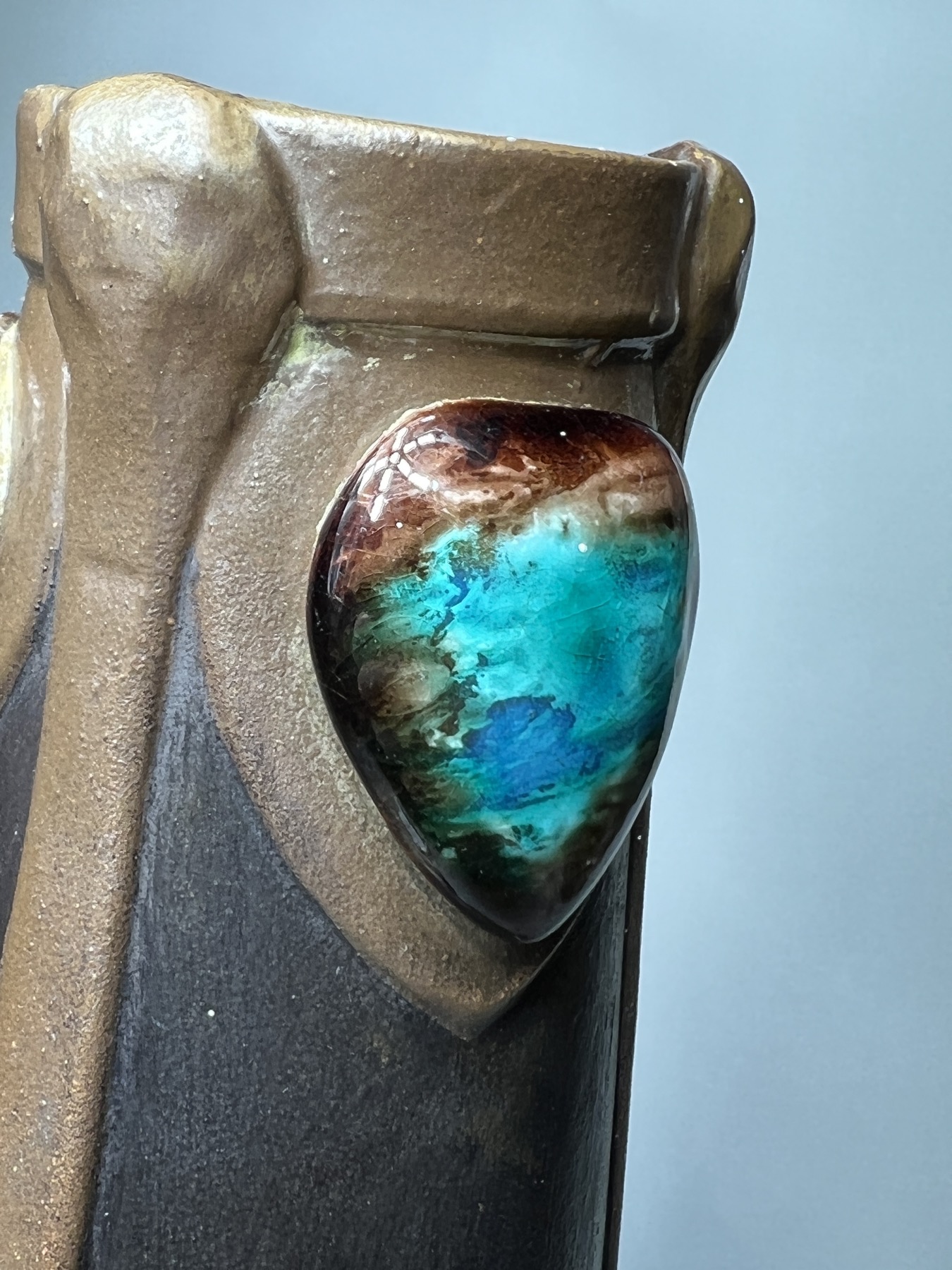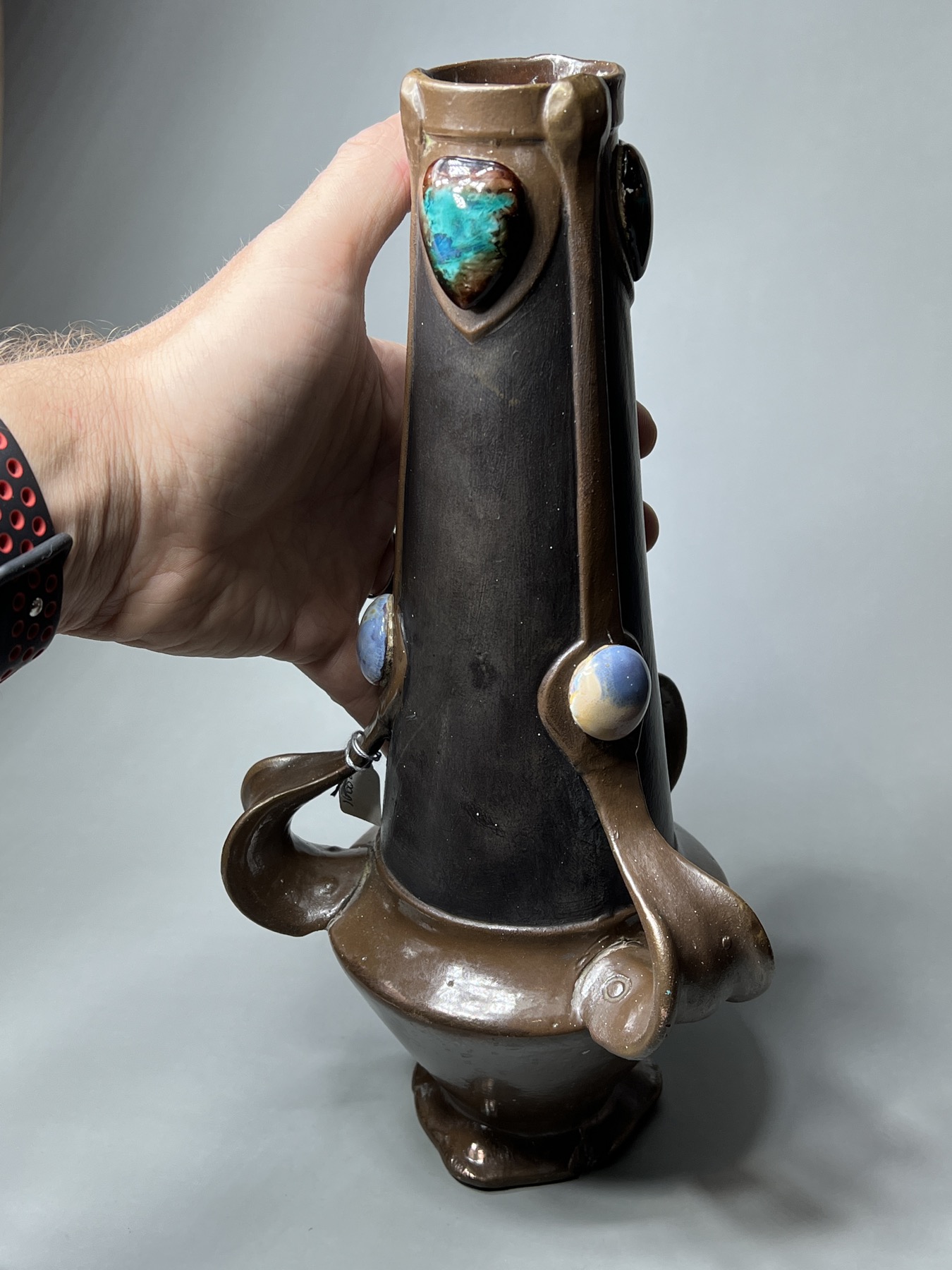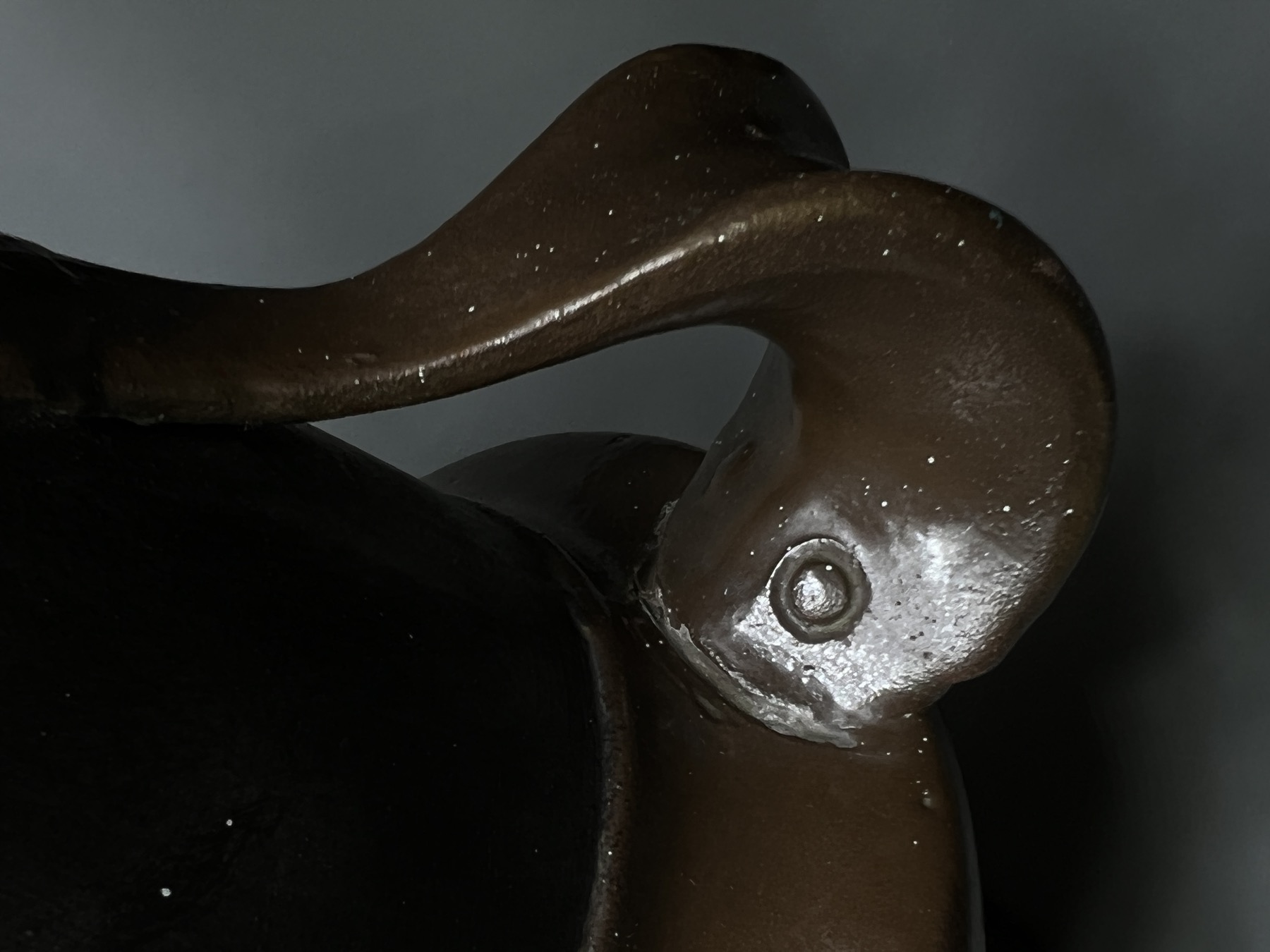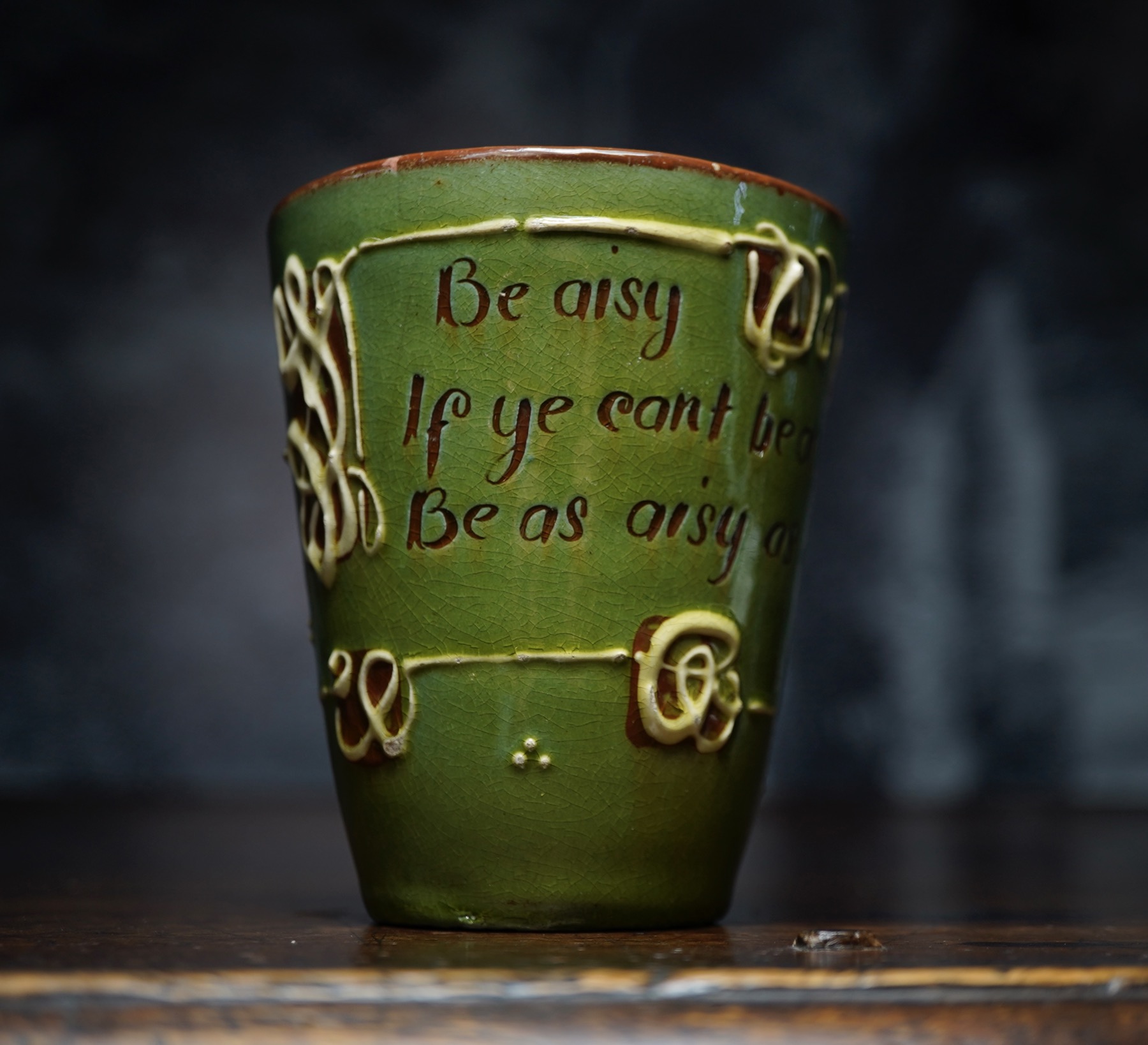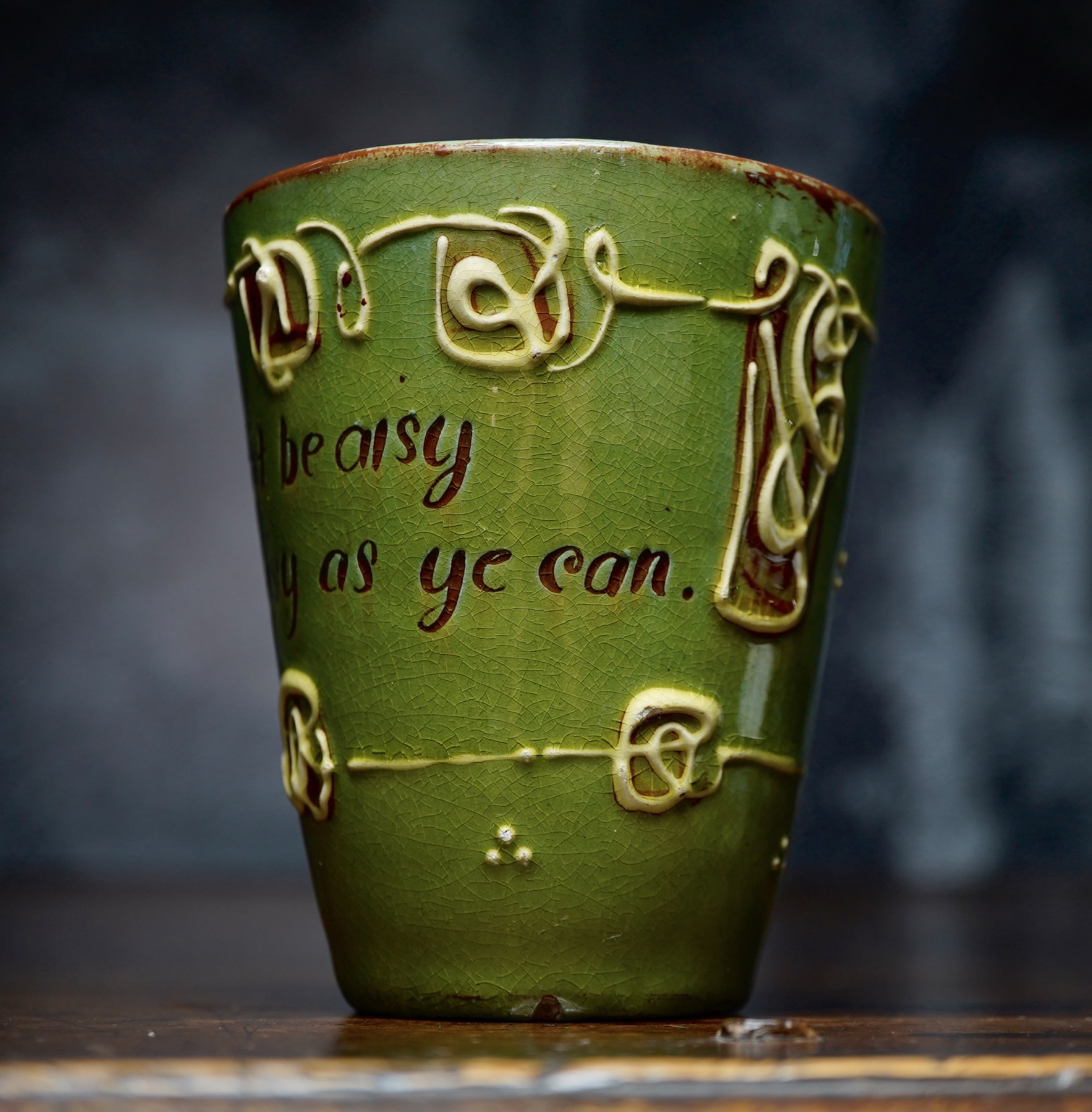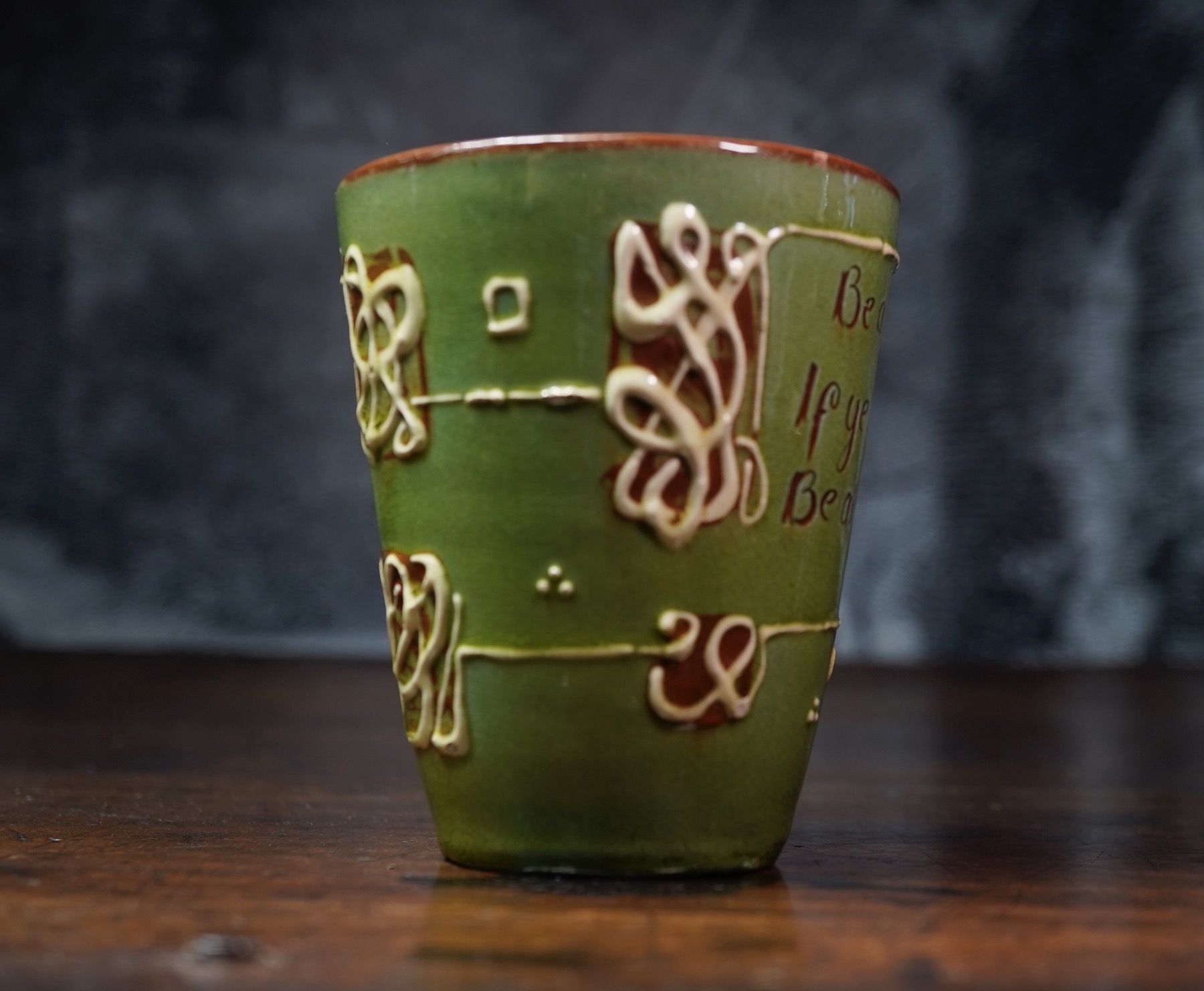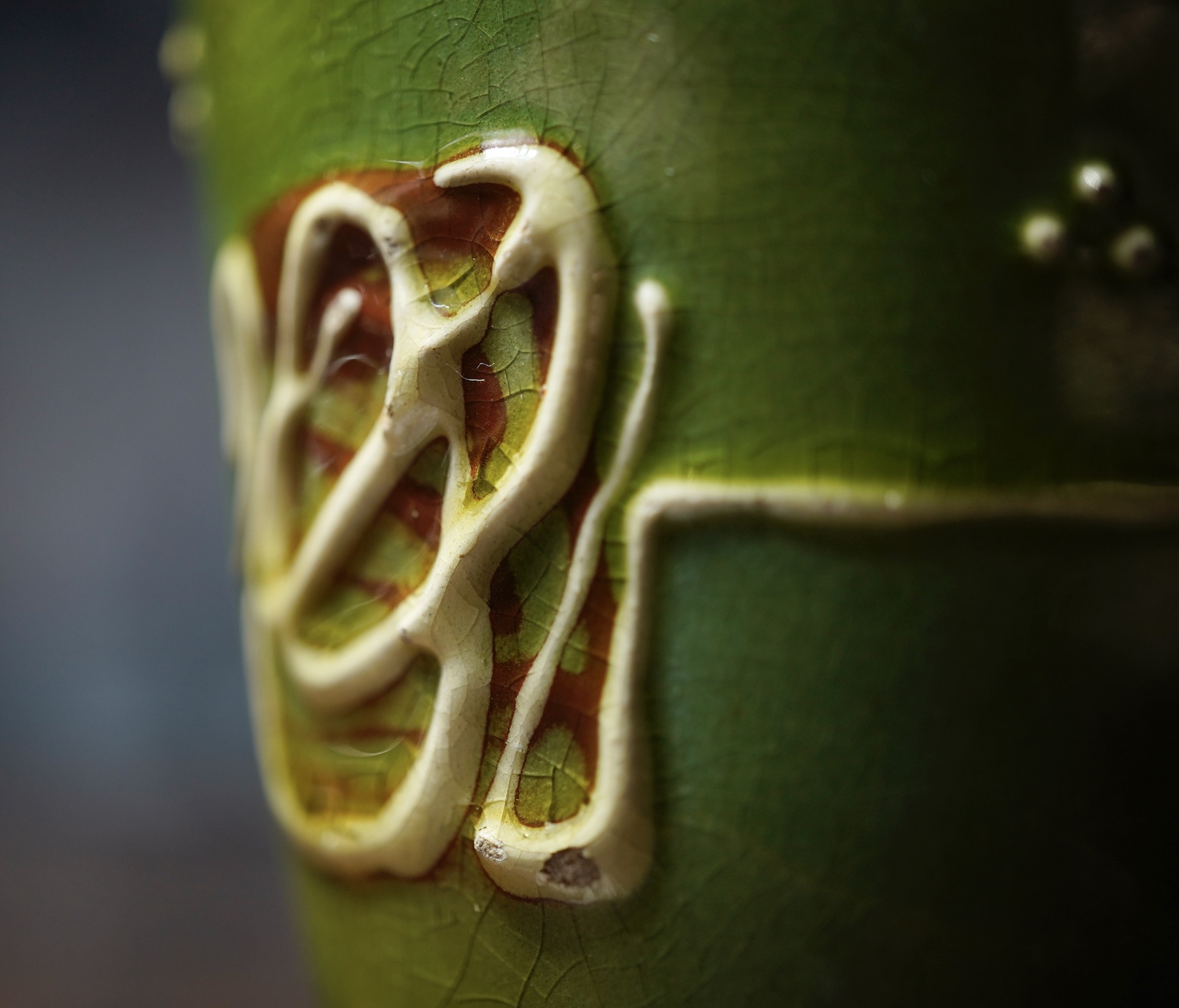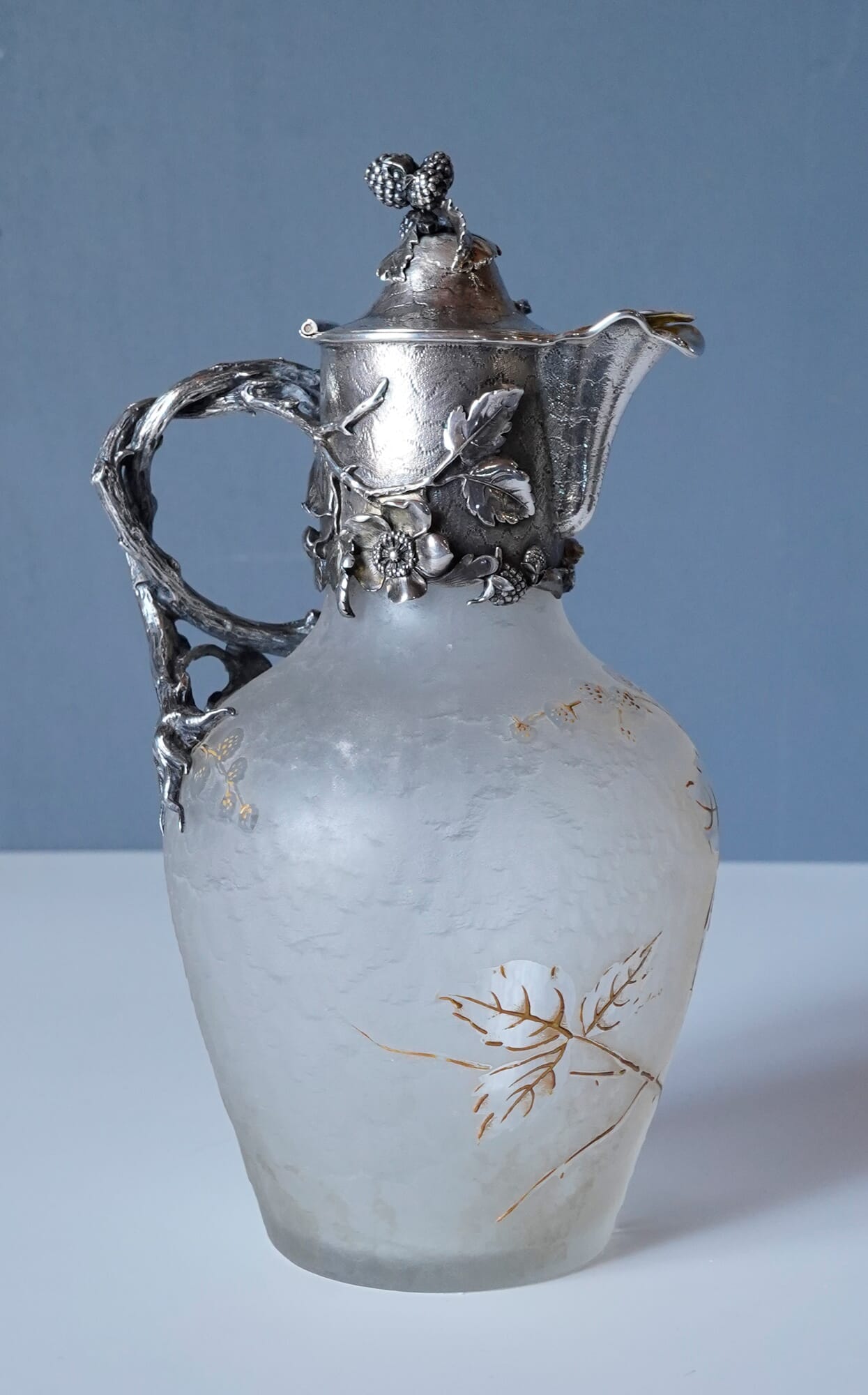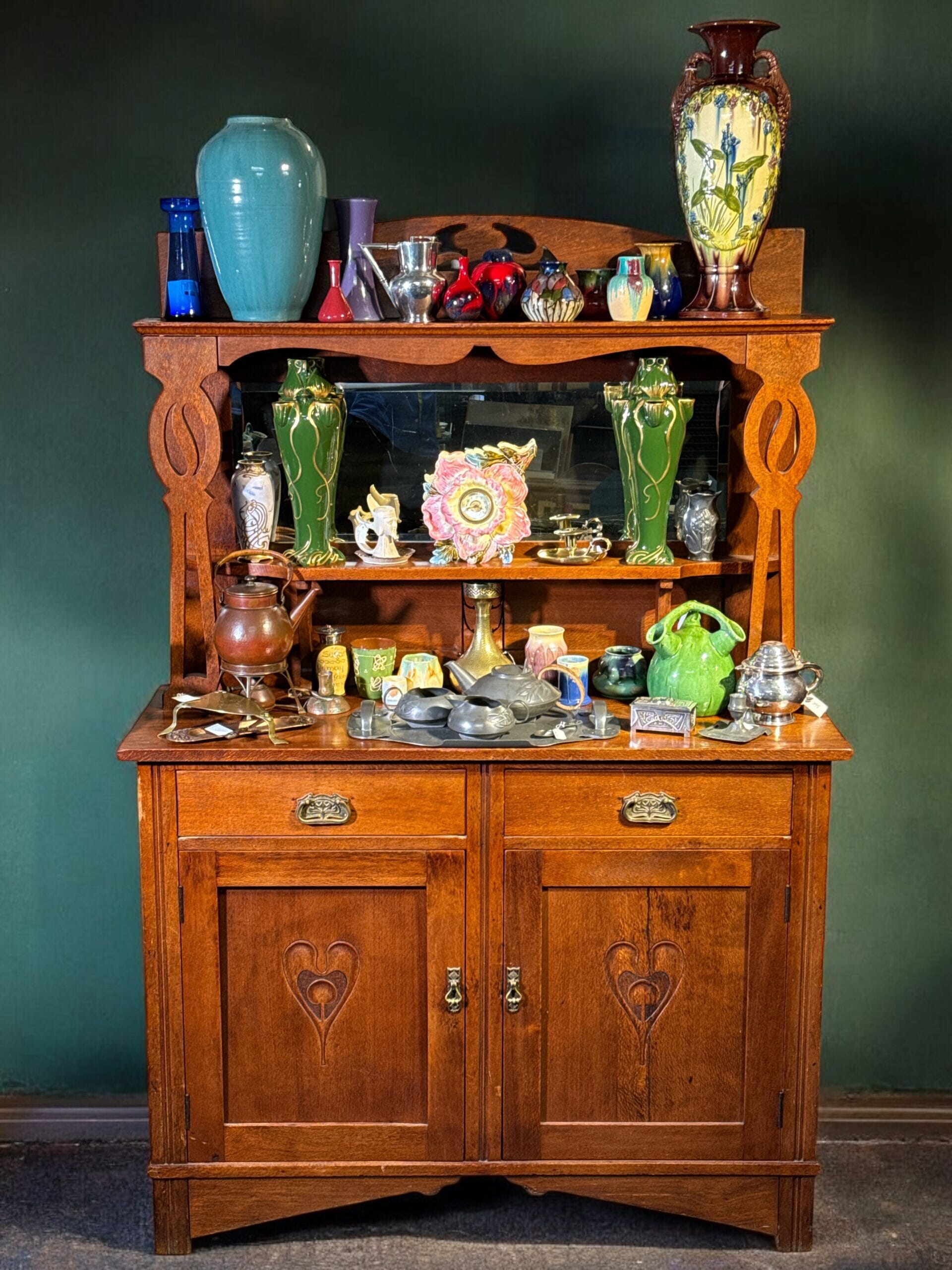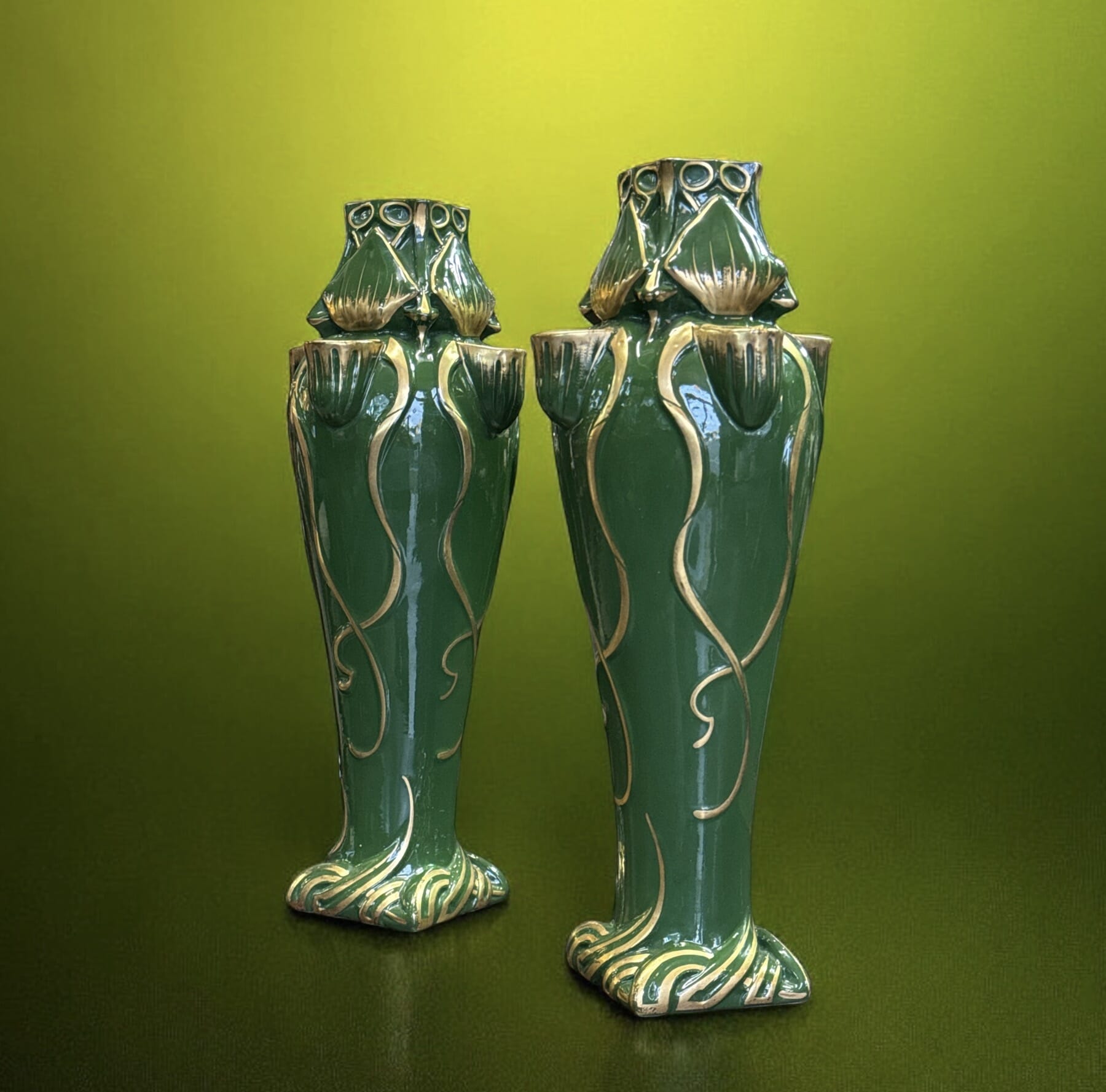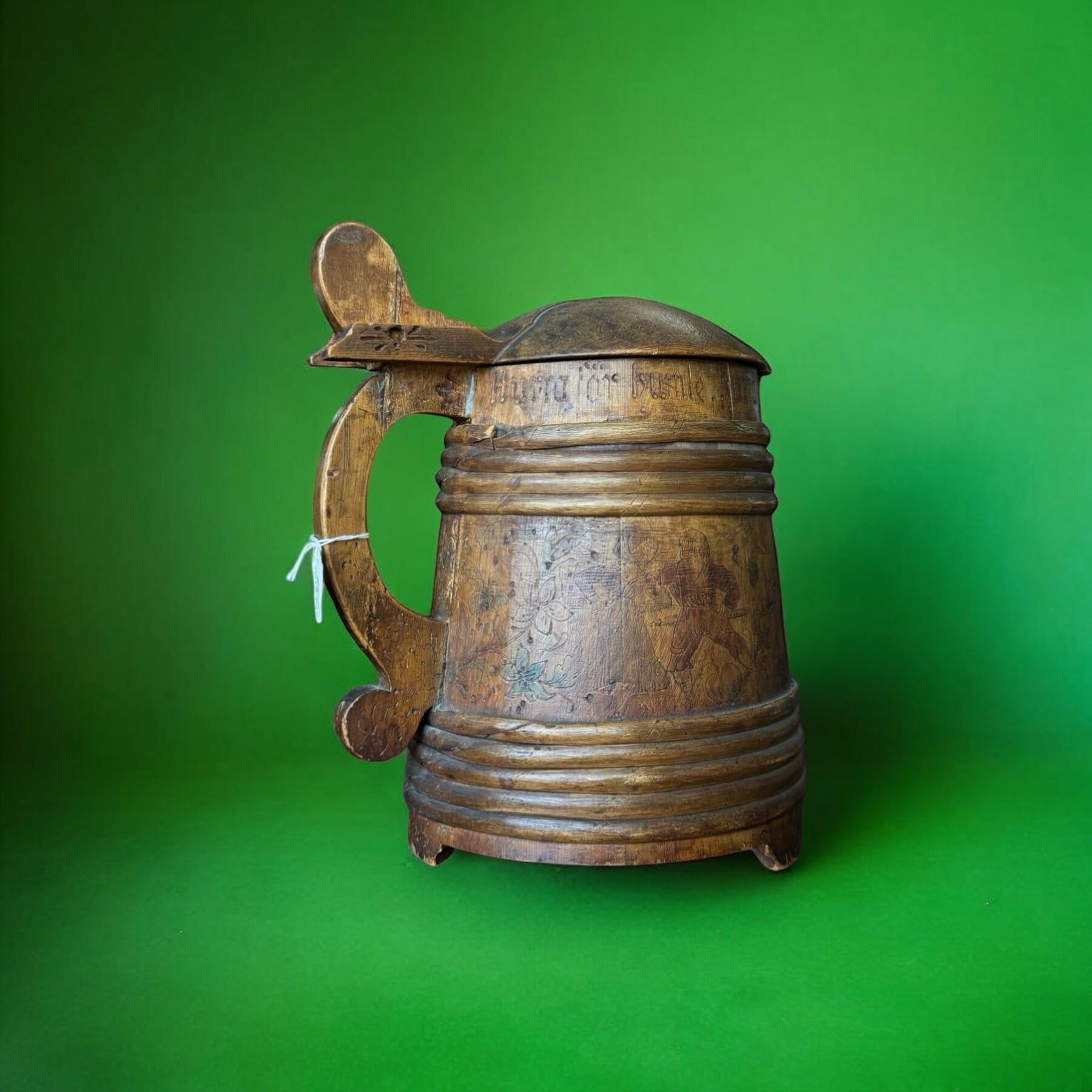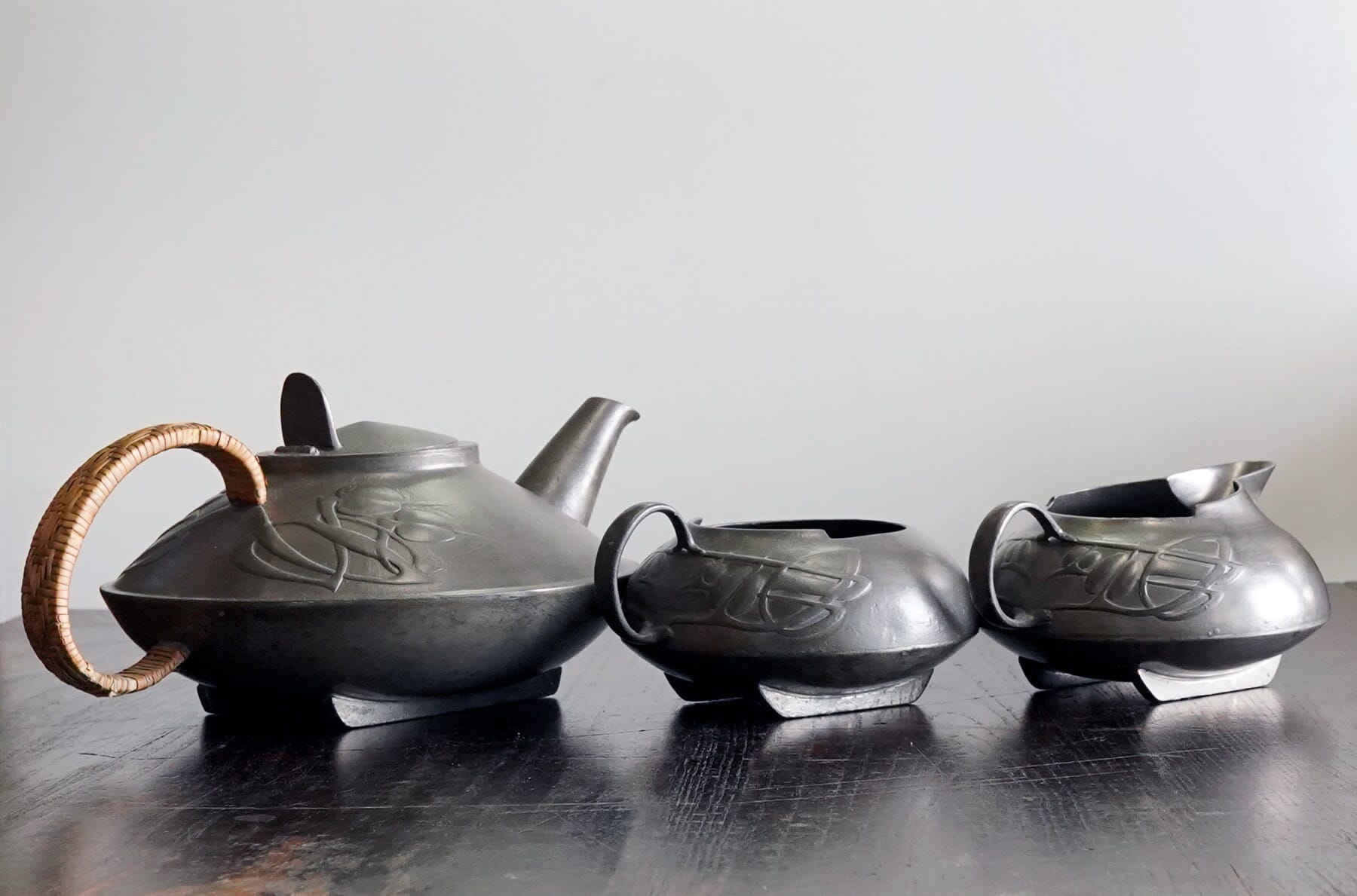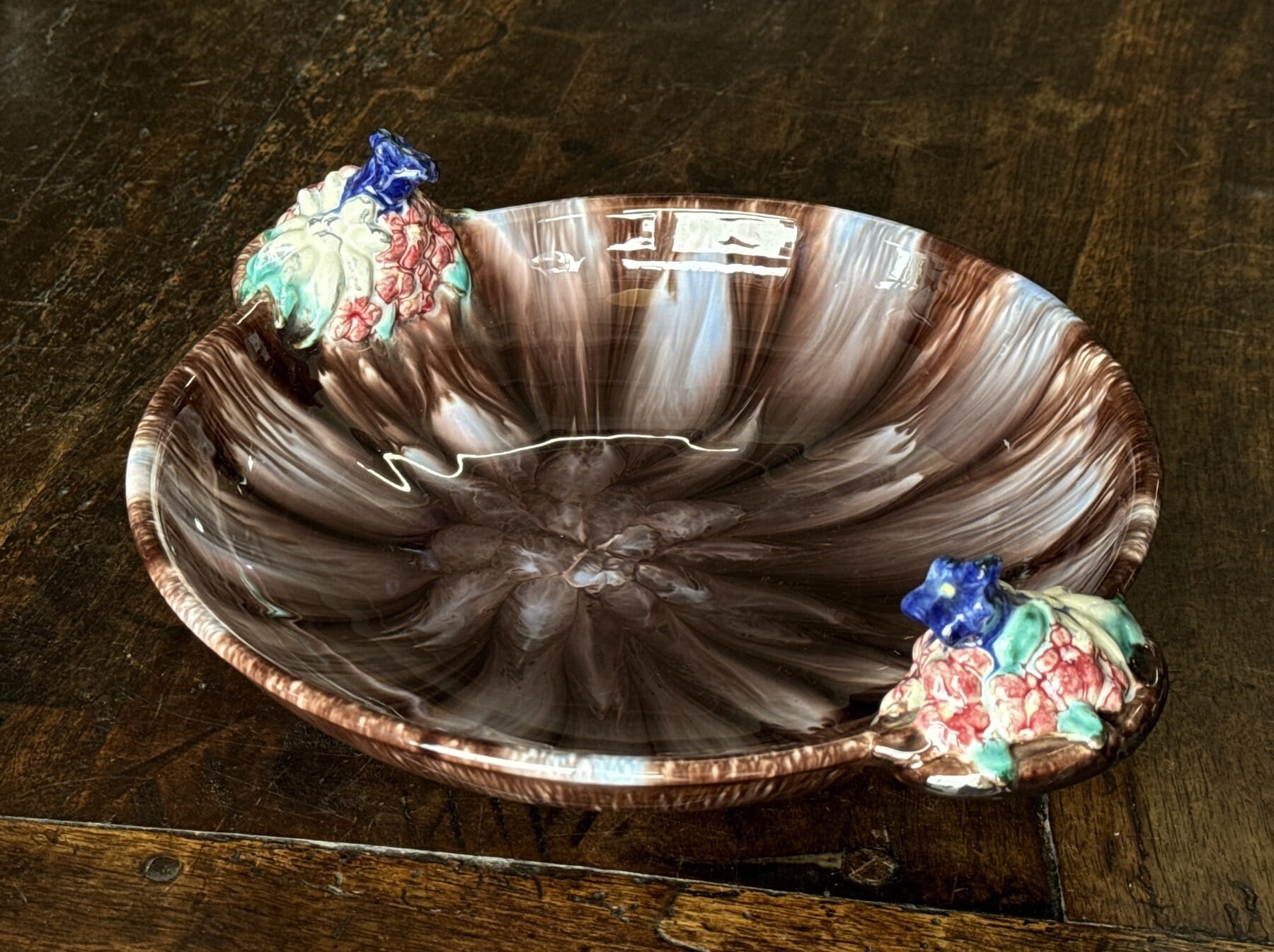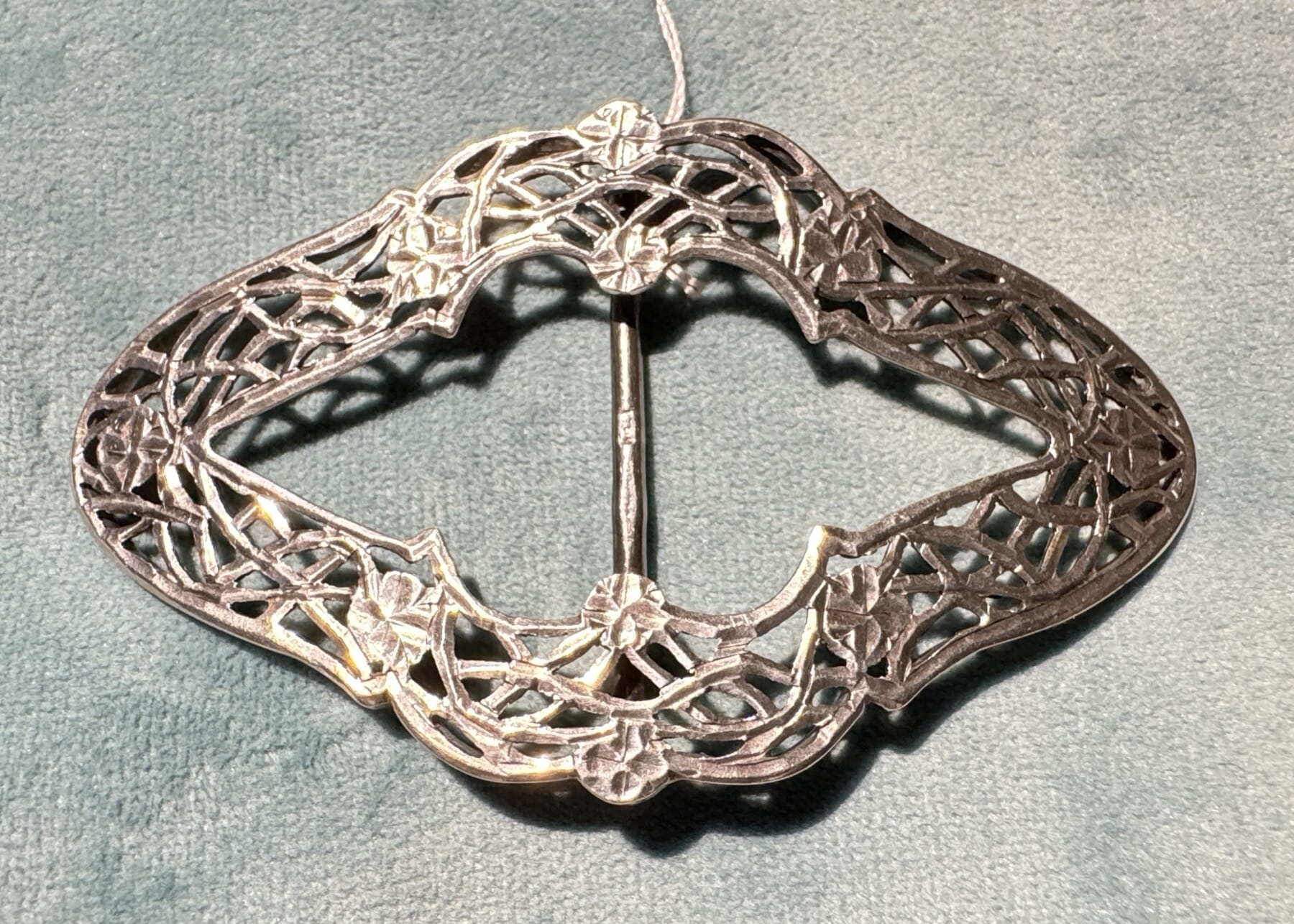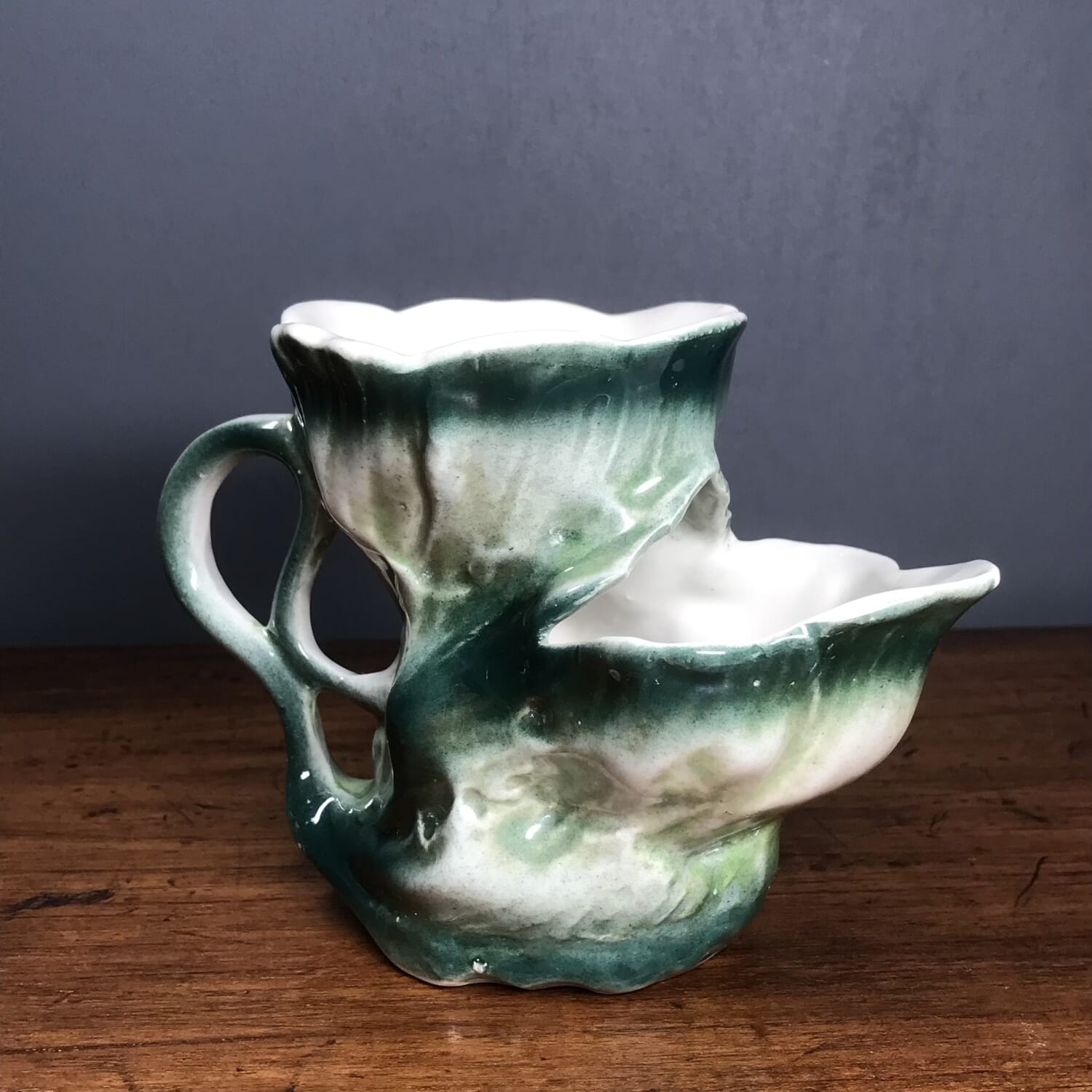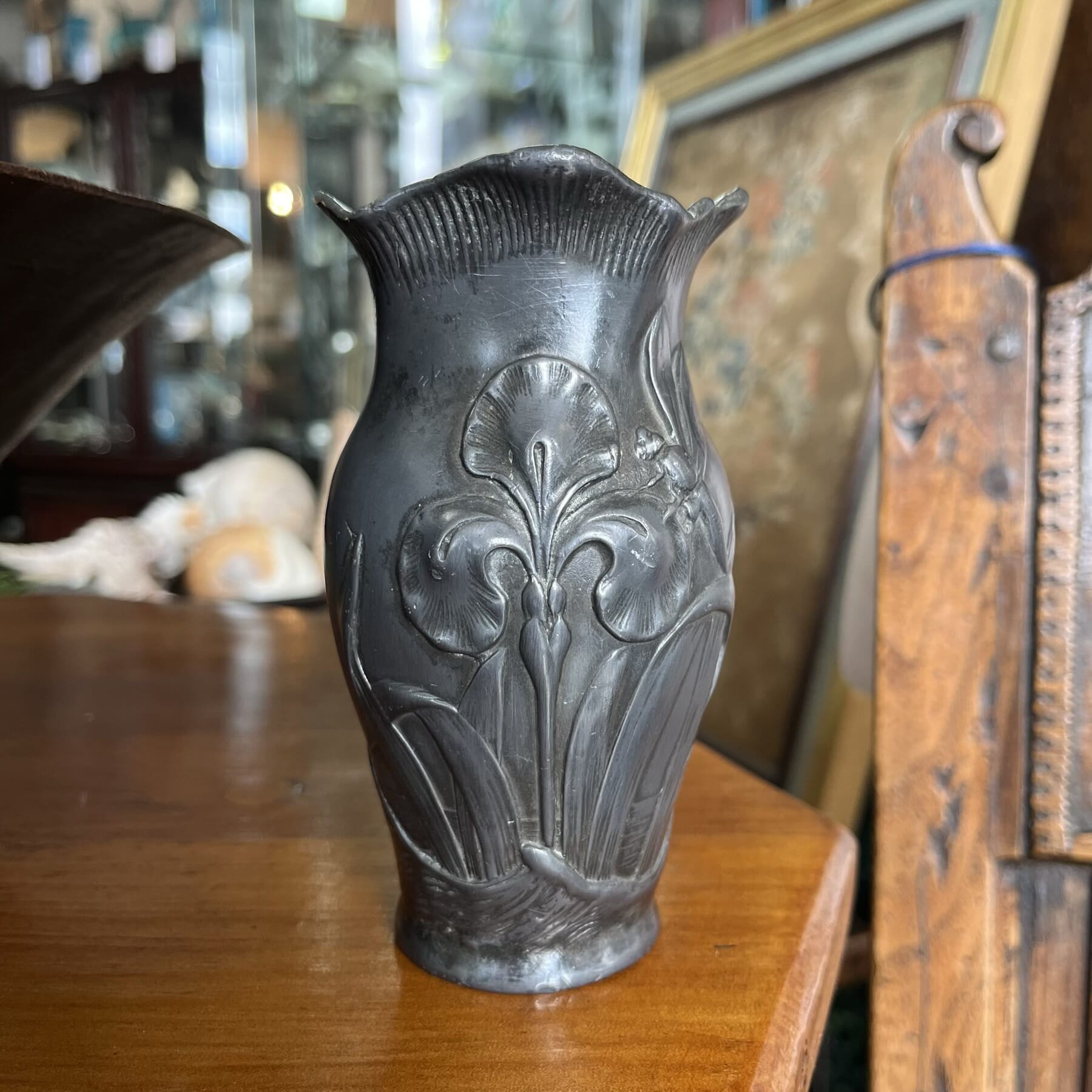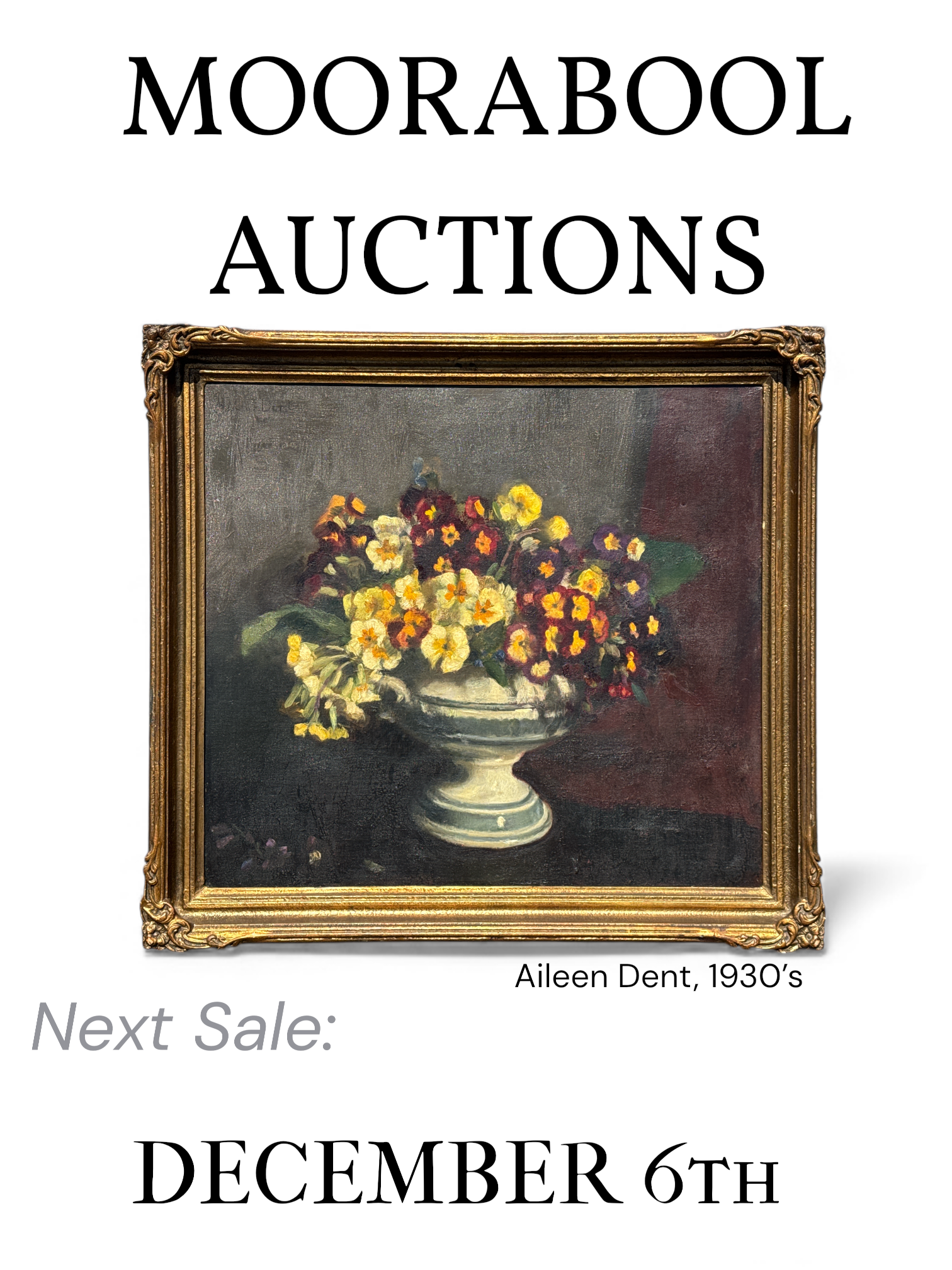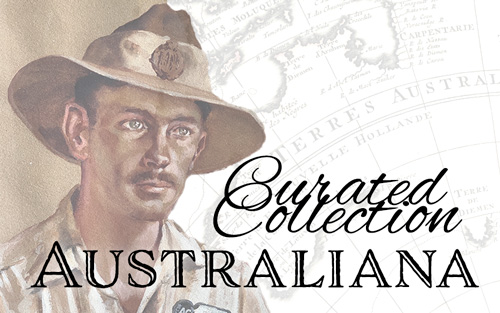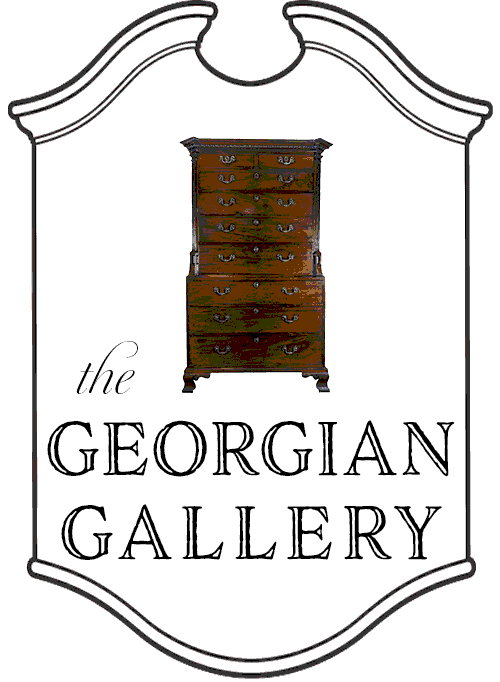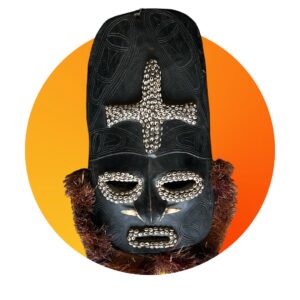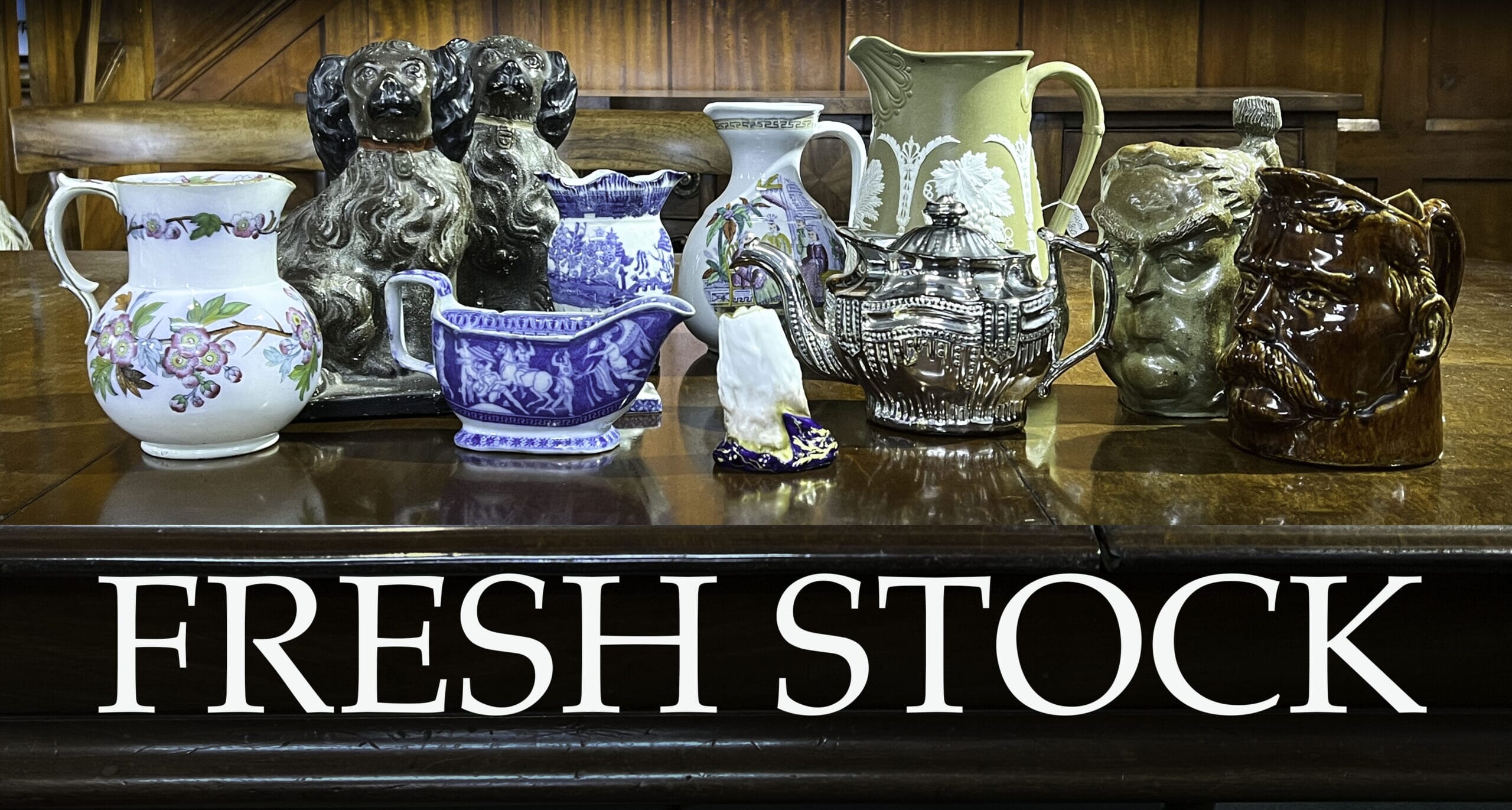
Welcome to our first Fresh Stock for October 2022.
Today, we have a great variety to offer, from Furniture to Children’s Plates, from the useful to the ‘whimsical’.
Over the next few weeks, there will be a large number of fresh items uploaded, so keep an eye on our ‘Latest’ gallery.
Enjoy!
-
 Pearlware spill vase on plinth base, printed Pagoda pattern, c. 1800Sold
Pearlware spill vase on plinth base, printed Pagoda pattern, c. 1800Sold -
 Chalkware pair of staffordshire style spaniels with red & beige collars, c.1880$240.00 AUD
Chalkware pair of staffordshire style spaniels with red & beige collars, c.1880$240.00 AUD -
 Staffordshire children’s plate, dated 1847$125.00 AUD
Staffordshire children’s plate, dated 1847$125.00 AUD -
 Staffordshire children’s plate, with two girls$120.00 AUD
Staffordshire children’s plate, with two girls$120.00 AUD -
 Staffordshire Child’s plate printed with a moralising verse on poverty. c. 1850$95.00 AUD
Staffordshire Child’s plate printed with a moralising verse on poverty. c. 1850$95.00 AUD -
 Staffordshire pottery children’s plate, “Twill save us from a thousand snares, To mind Religion young”$125.00 AUD
Staffordshire pottery children’s plate, “Twill save us from a thousand snares, To mind Religion young”$125.00 AUD -
 Child’s pottery plate titled ’Our early days – A HALF HOLIDAY’ c.1845$135.00 AUD
Child’s pottery plate titled ’Our early days – A HALF HOLIDAY’ c.1845$135.00 AUD -
 Staffordshire child’s plate, ‘Sacred History of Joseph and his Brethren’. c.1840$120.00 AUD
Staffordshire child’s plate, ‘Sacred History of Joseph and his Brethren’. c.1840$120.00 AUD -
 Staffordshire pottery children’s plate with a printed Temperance motto. c. 1840Sold
Staffordshire pottery children’s plate with a printed Temperance motto. c. 1840Sold -
 Staffordshire Child’s pottery plate with a moralising verse$85.00 AUD
Staffordshire Child’s pottery plate with a moralising verse$85.00 AUD -
 Victorian pottery jug, Chinoiserie scene, c. 1865$85.00 AUD
Victorian pottery jug, Chinoiserie scene, c. 1865$85.00 AUD -
 Swedish Pottery plate, Costume of Wingaker peasants, 1860$165.00 AUD
Swedish Pottery plate, Costume of Wingaker peasants, 1860$165.00 AUD -
 Hicks & Meigh famille rose style pattern plate C.1820$120.00 AUD
Hicks & Meigh famille rose style pattern plate C.1820$120.00 AUD -
 Hicks & Meigh famille rose style pattern plate, C. 1820$120.00 AUD
Hicks & Meigh famille rose style pattern plate, C. 1820$120.00 AUD -
 Hicks & Meigh famille rose style pattern plate, C.1820$120.00 AUD
Hicks & Meigh famille rose style pattern plate, C.1820$120.00 AUD
-
 Regency mahogany extension table, bellflower carving, c.1820$2,400.00 AUD
Regency mahogany extension table, bellflower carving, c.1820$2,400.00 AUD -
 Victorian pressed glass dish with red riding hood & wolf, C.1890$45.00 AUD
Victorian pressed glass dish with red riding hood & wolf, C.1890$45.00 AUD -
 Victorian Kero lamp, blue vaseline font & gilt classical column stand, c. 1890$680.00 AUD
Victorian Kero lamp, blue vaseline font & gilt classical column stand, c. 1890$680.00 AUD -
 Australian Cedar chaise longue with pale green velvet upholstery, c.1860Sold
Australian Cedar chaise longue with pale green velvet upholstery, c.1860Sold -
 European Baltic pine chest with drawer to base, mid 19th centurySold
European Baltic pine chest with drawer to base, mid 19th centurySold -
 William IV rosewood tilt-top round table with lions paw feet, c.1825Sold
William IV rosewood tilt-top round table with lions paw feet, c.1825Sold -
 Victorian mahogany dressing table mirror, circa 1870Sold
Victorian mahogany dressing table mirror, circa 1870Sold -
 Victorian Magogany ladies chair with cream upholstery, c.1865$280.00 AUD
Victorian Magogany ladies chair with cream upholstery, c.1865$280.00 AUD -
 Victorian ebonised spindle chair with rush seat, c.1860Sold
Victorian ebonised spindle chair with rush seat, c.1860Sold -
 Victorian dark stained kauri pine oval table with porcelain castors, c.1860$245.00 AUD
Victorian dark stained kauri pine oval table with porcelain castors, c.1860$245.00 AUD -
Product on sale
 Victorian ladies chair with turquoise floral upholstery, c.1860Sold
Victorian ladies chair with turquoise floral upholstery, c.1860Sold -
 George III mahogany and elm Chippendale commode chair, c.1780$440.00 AUD
George III mahogany and elm Chippendale commode chair, c.1780$440.00 AUD -
 English toleware tray, 19thc$680.00 AUD
English toleware tray, 19thc$680.00 AUD
Natural History
There’s a number of fresh pieces of ‘Natural History’ – including dinosaur parts under $50 (terrific gifts!) , minerals, and the amazing ‘Zebra Stone’, unique to a small area in the Northern Territory.
-
 Fossil nautiloid from Morocco, polished into a egg shape, 450 million years old$15.00 AUD
Fossil nautiloid from Morocco, polished into a egg shape, 450 million years old$15.00 AUD -
 Fossil nautiloid from Morocco, polished into a egg shape, 450 million years old$15.00 AUD
Fossil nautiloid from Morocco, polished into a egg shape, 450 million years old$15.00 AUD -
 Quartz crystals$48.00 AUD
Quartz crystals$48.00 AUD -
 Fossil crayfish- yabbie claw, unknown species, 5 million years$35.00 AUD
Fossil crayfish- yabbie claw, unknown species, 5 million years$35.00 AUD -
 Large fossil Rudist bivalve shell- Coralliochama sp., 70 million years old$345.00 AUD
Large fossil Rudist bivalve shell- Coralliochama sp., 70 million years old$345.00 AUD -
 Fossil Dinosaur large Tooth – Spinosaurus, Morocco, 99 million years$45.00 AUD
Fossil Dinosaur large Tooth – Spinosaurus, Morocco, 99 million years$45.00 AUD -
 Fossil Dinosaur Tooth – Mosasaur, Morocco 100 million yearsSold
Fossil Dinosaur Tooth – Mosasaur, Morocco 100 million yearsSold -
 Fossil Dino bone, species uncertain, Alberta – Cretaceous, 75 million years old$45.00 AUD
Fossil Dino bone, species uncertain, Alberta – Cretaceous, 75 million years old$45.00 AUD -
 Fossil Dinosaur Tooth, Spinosaurus, Morocco 99 million years oldSold
Fossil Dinosaur Tooth, Spinosaurus, Morocco 99 million years oldSold -
 Fossil ‘herring’ fish, Diplomystus dentatu. , USA$38.00 AUD
Fossil ‘herring’ fish, Diplomystus dentatu. , USA$38.00 AUD
Furniture Wax
We stock ‘Gilly’s’ furniture polish.
This is an Australian made wax, produced in Western Australia, and offers a number of different products for different situations.
‘Cream’ is the product that gives a fine finish to Antique timber. It is a whitish paste, and our stock has a lemon scent, nice & fresh. After application with a rag, it can be buffed after a few minutes, resulting in a layer of wax with a remarkable lustre: it really brings a piece to life.


‘Restoring Polish’ is the most-used in our business, being the best for antique pieces that have a few scuffs & scratches.
It fills any scratches and makes them disappear, giving a uniform appearance.
The ‘Dark’ option is perfect for any dark finishes, the ‘Clear’ for everything else.
‘Cabinet Maker’s Wax’ is the product that gives a finish to raw wood.
We use it on pieces that have been very neglected, and need a serious refresh to their surface. The ‘Dark’ option is terrific on early dark oak pieces, making any raw or faded patches merge with original patination. The ‘Clear’ will not alter the colour, but will provide a good ‘feed’ to any raw wood.
-
 Gilly’s Lemon Cream 100ml – Clear Final Polish$20.00 AUD
Gilly’s Lemon Cream 100ml – Clear Final Polish$20.00 AUD -
 Gilly’s Restoring Polish 200ml – Dark$26.00 AUD
Gilly’s Restoring Polish 200ml – Dark$26.00 AUD -
 Gilly’s Restoring Polish 200ml – Clear$26.00 AUD
Gilly’s Restoring Polish 200ml – Clear$26.00 AUD -
 Gilly’s Cabinet Makers Wax 200ml – Clear$26.00 AUD
Gilly’s Cabinet Makers Wax 200ml – Clear$26.00 AUD -
 Gilly’s Cabinet Makers Wax 200ml – Dark$26.00 AUD
Gilly’s Cabinet Makers Wax 200ml – Dark$26.00 AUD
Did you know….. the finishing wax also works on lacquer & tolewares? We used it on the black toleware tray in today’s ‘Fresh Stock’, which started out quite dull & streaky – and came up beautifully.
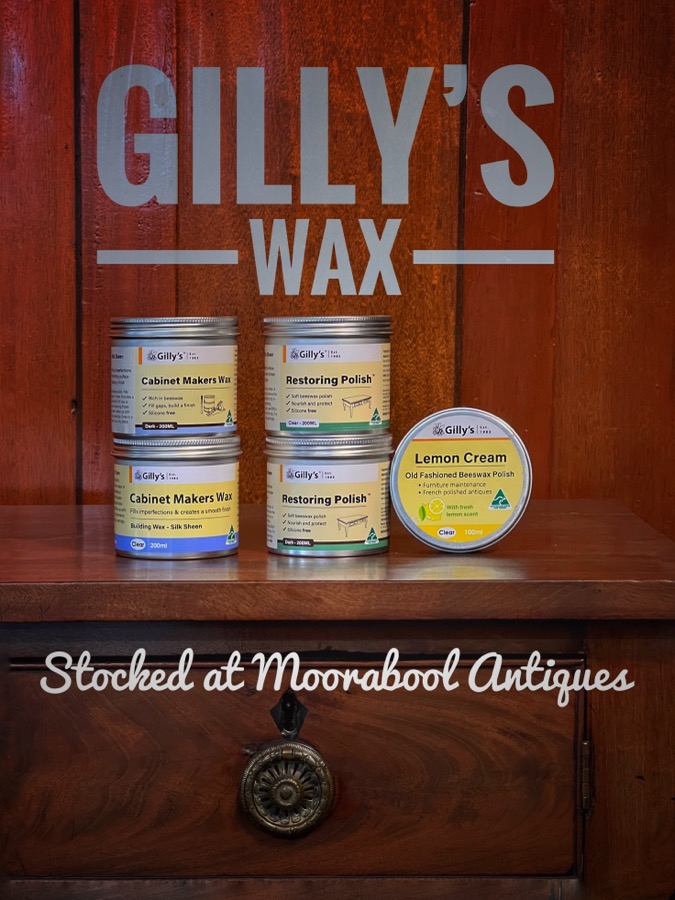
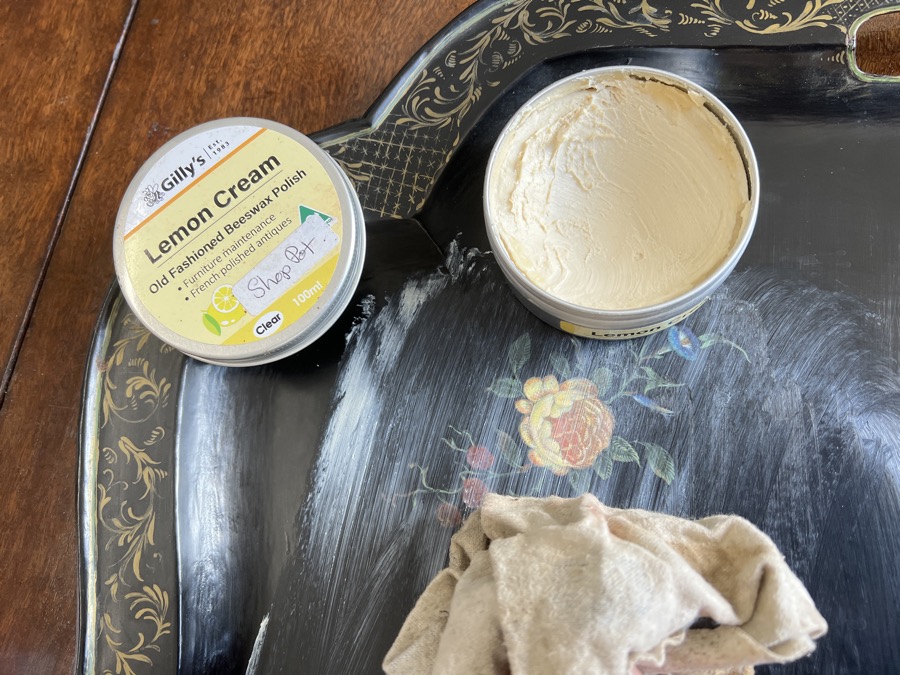
apply & let sit…..
